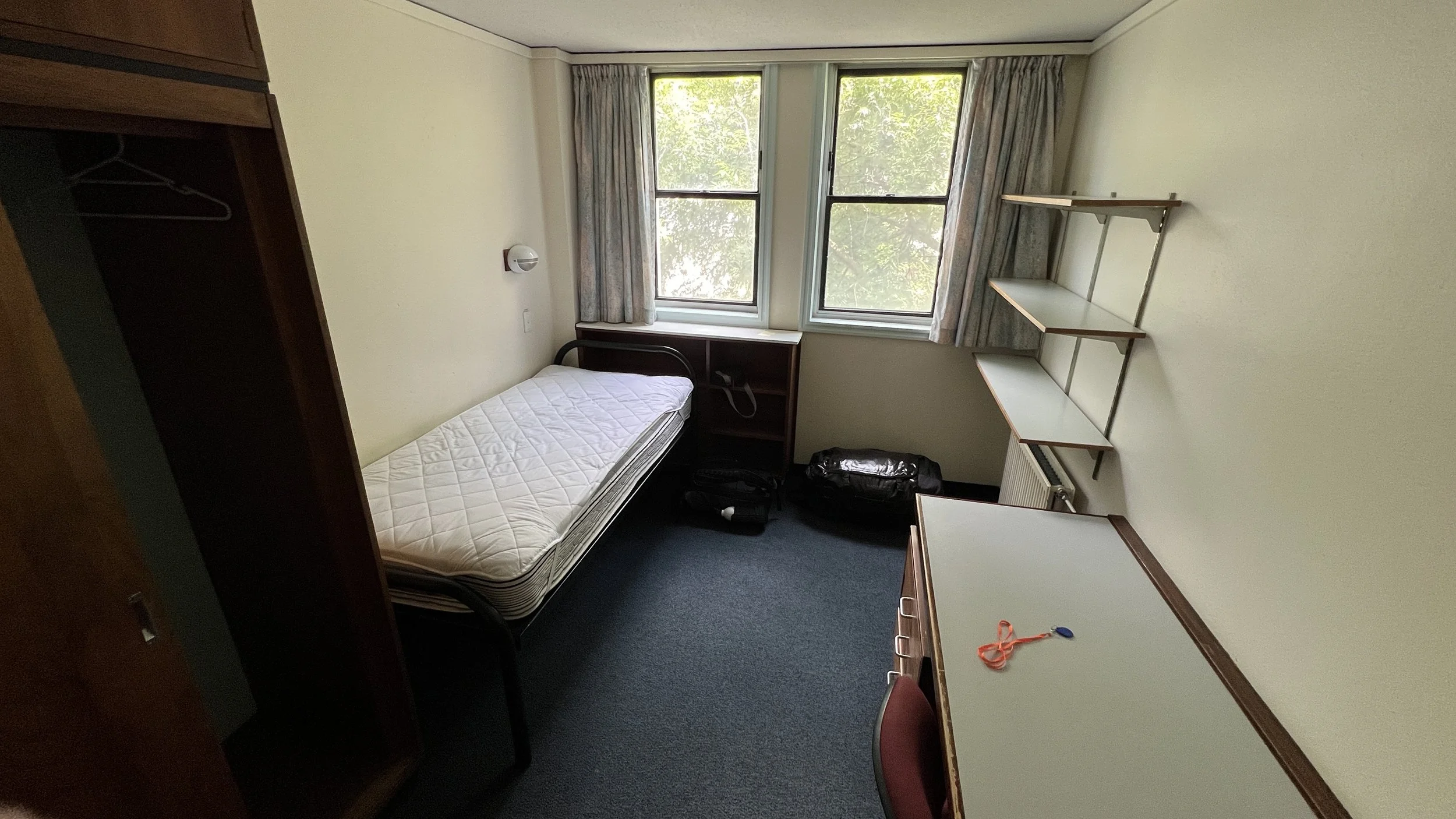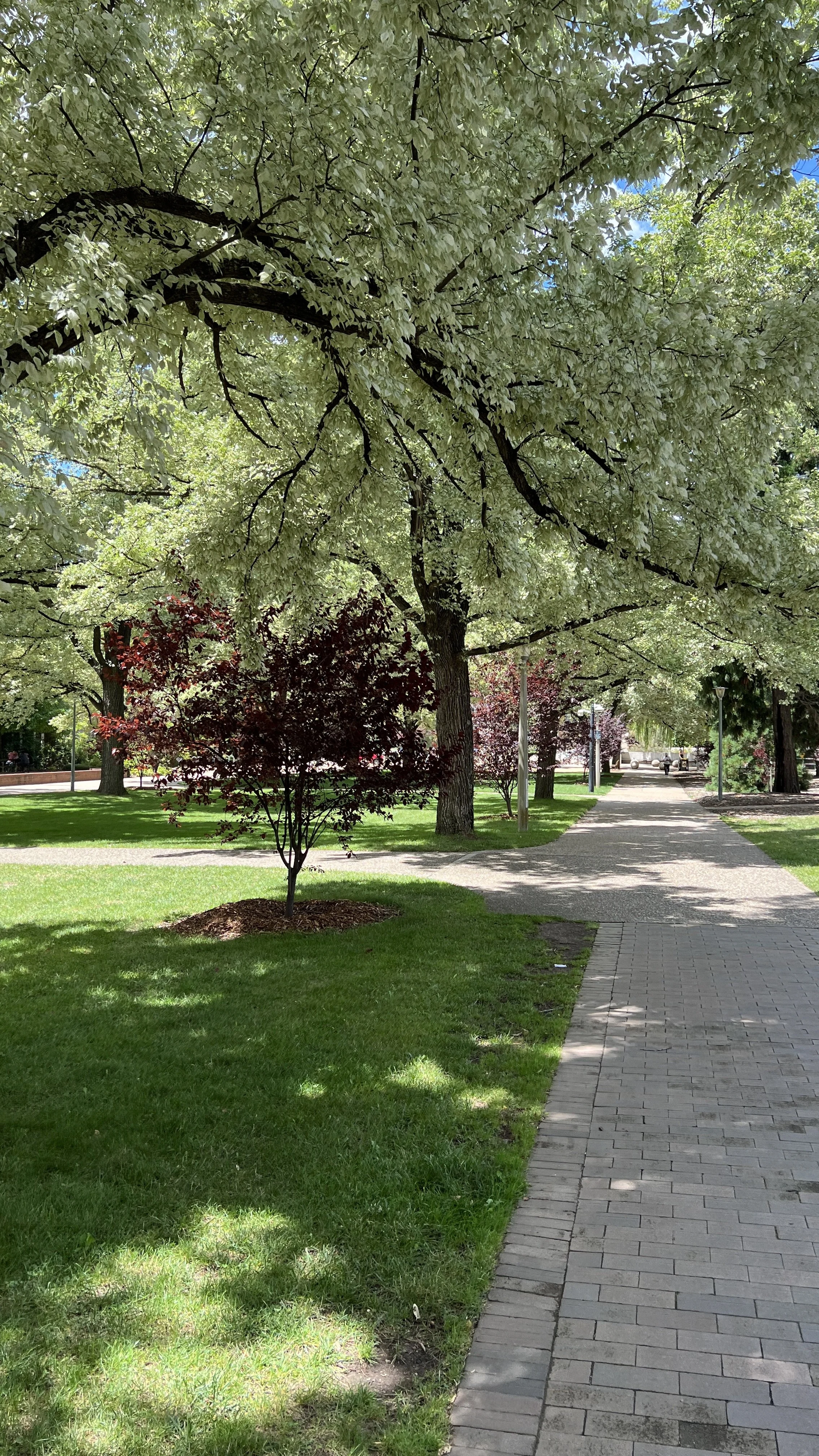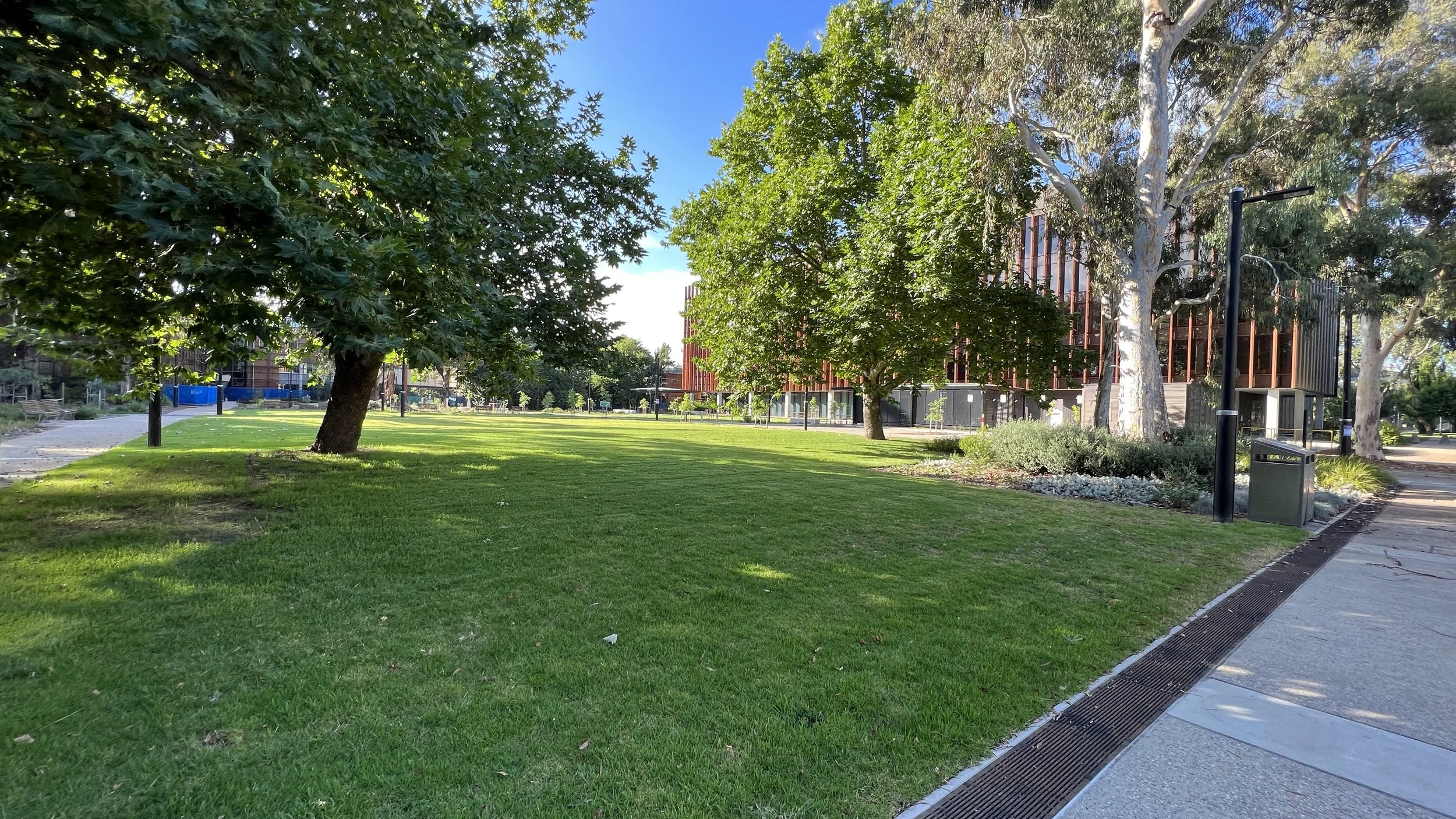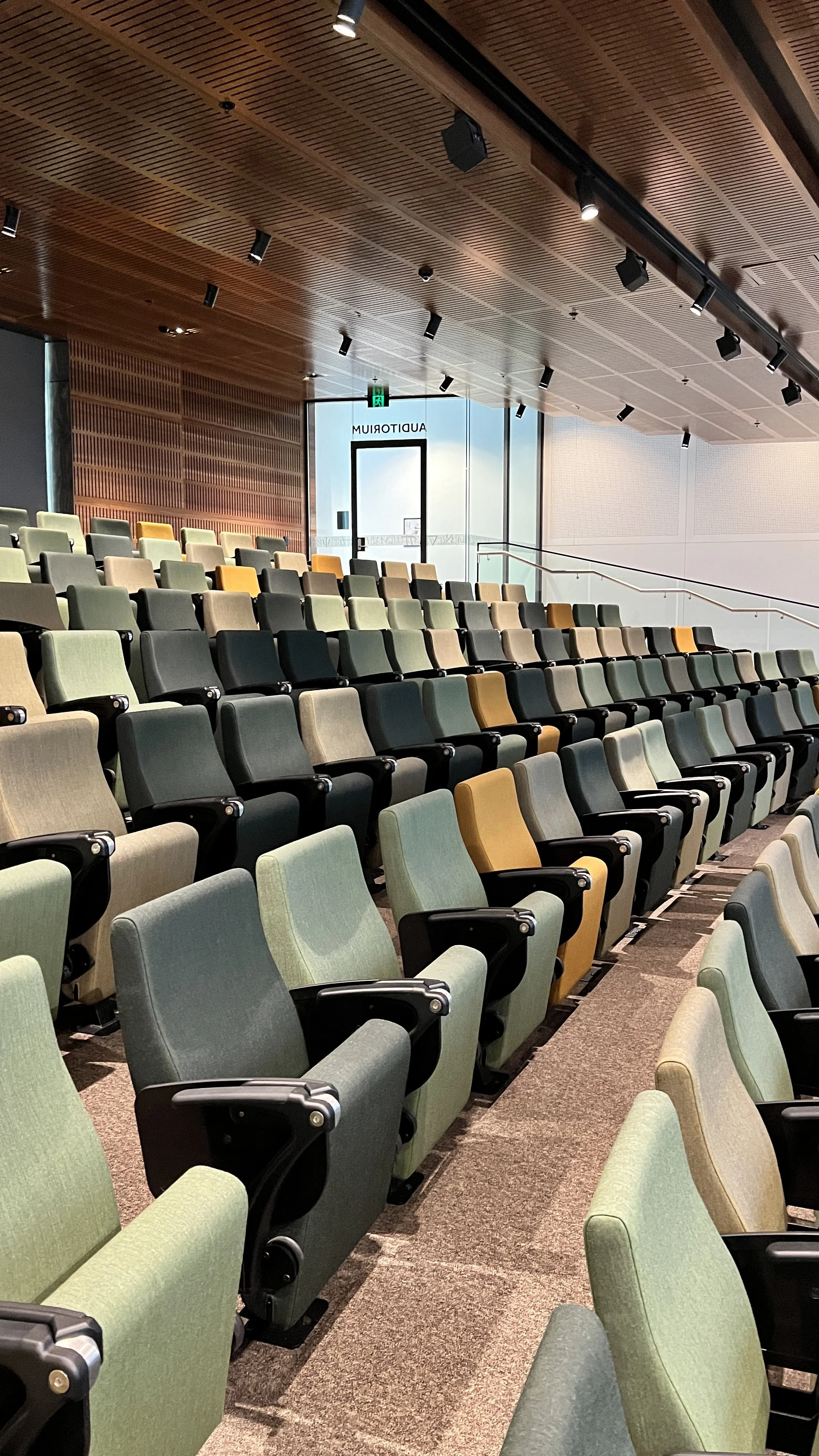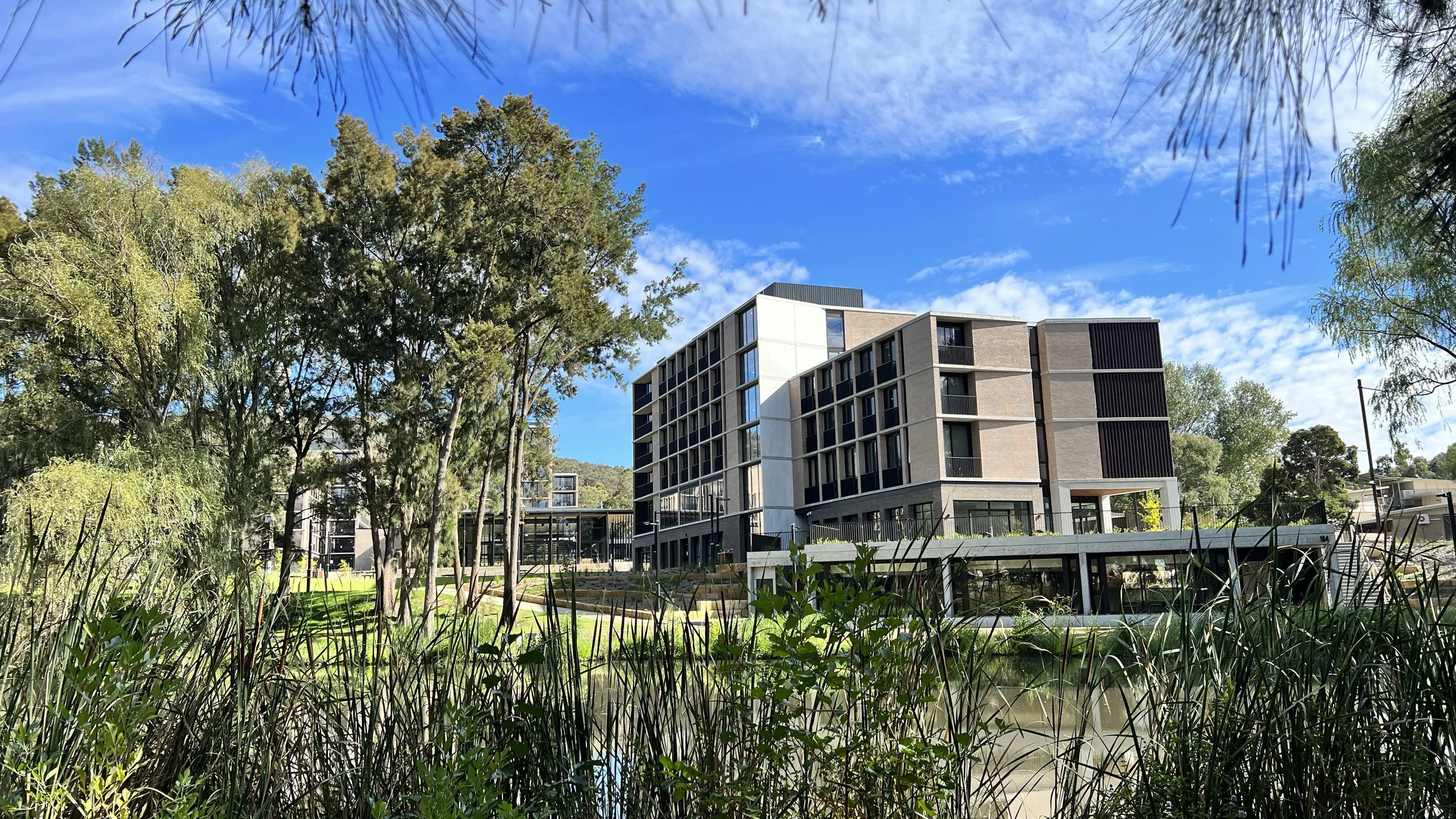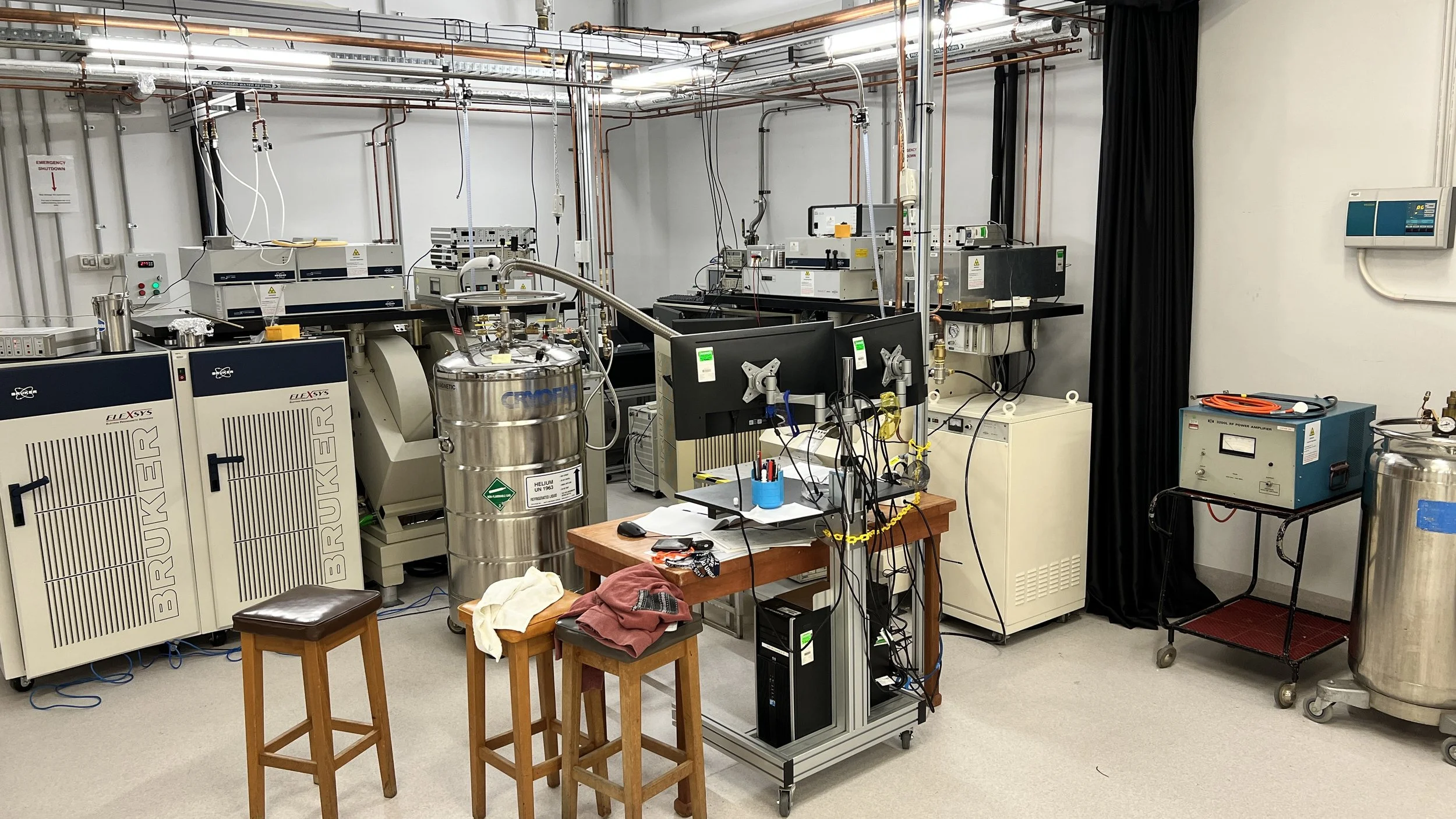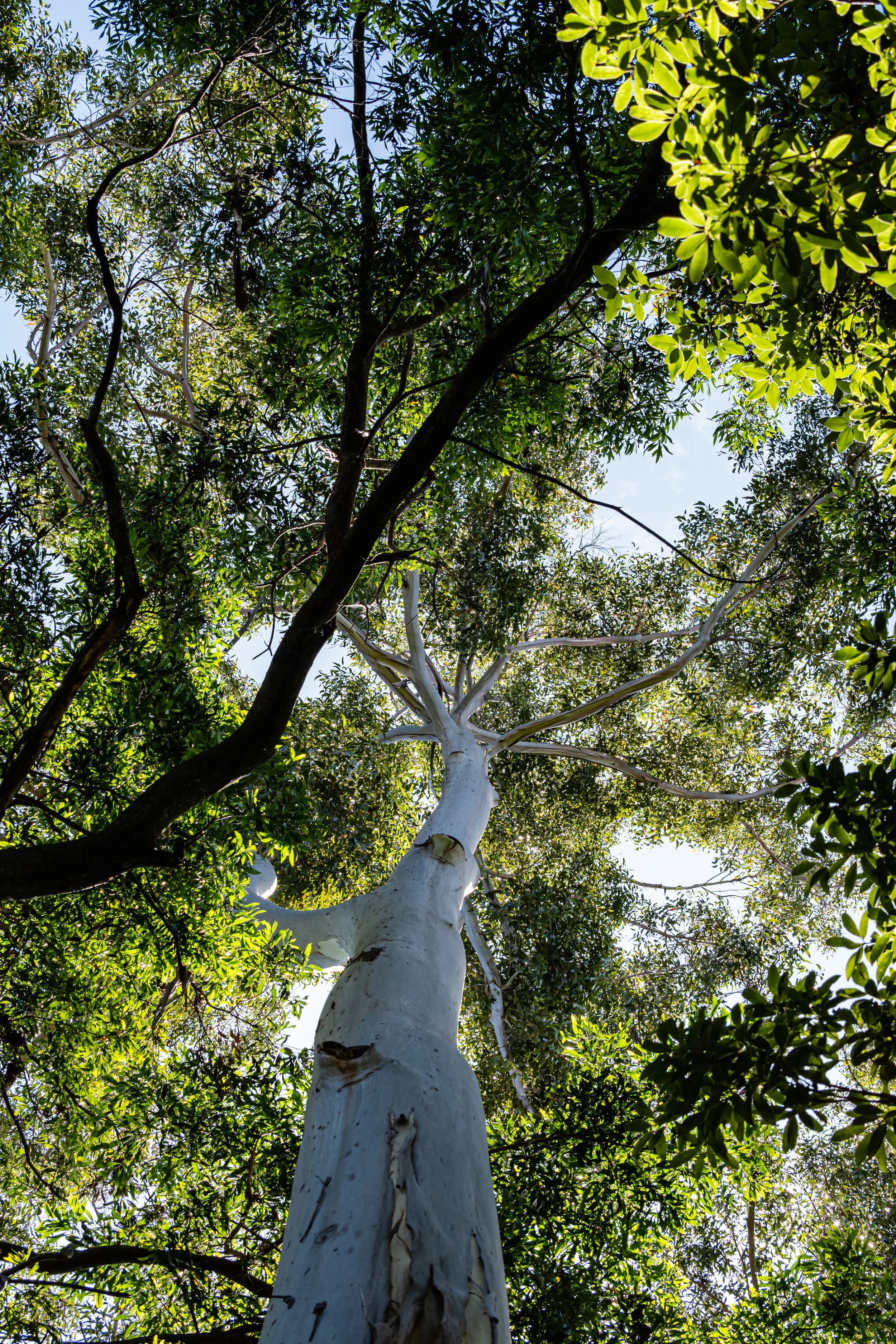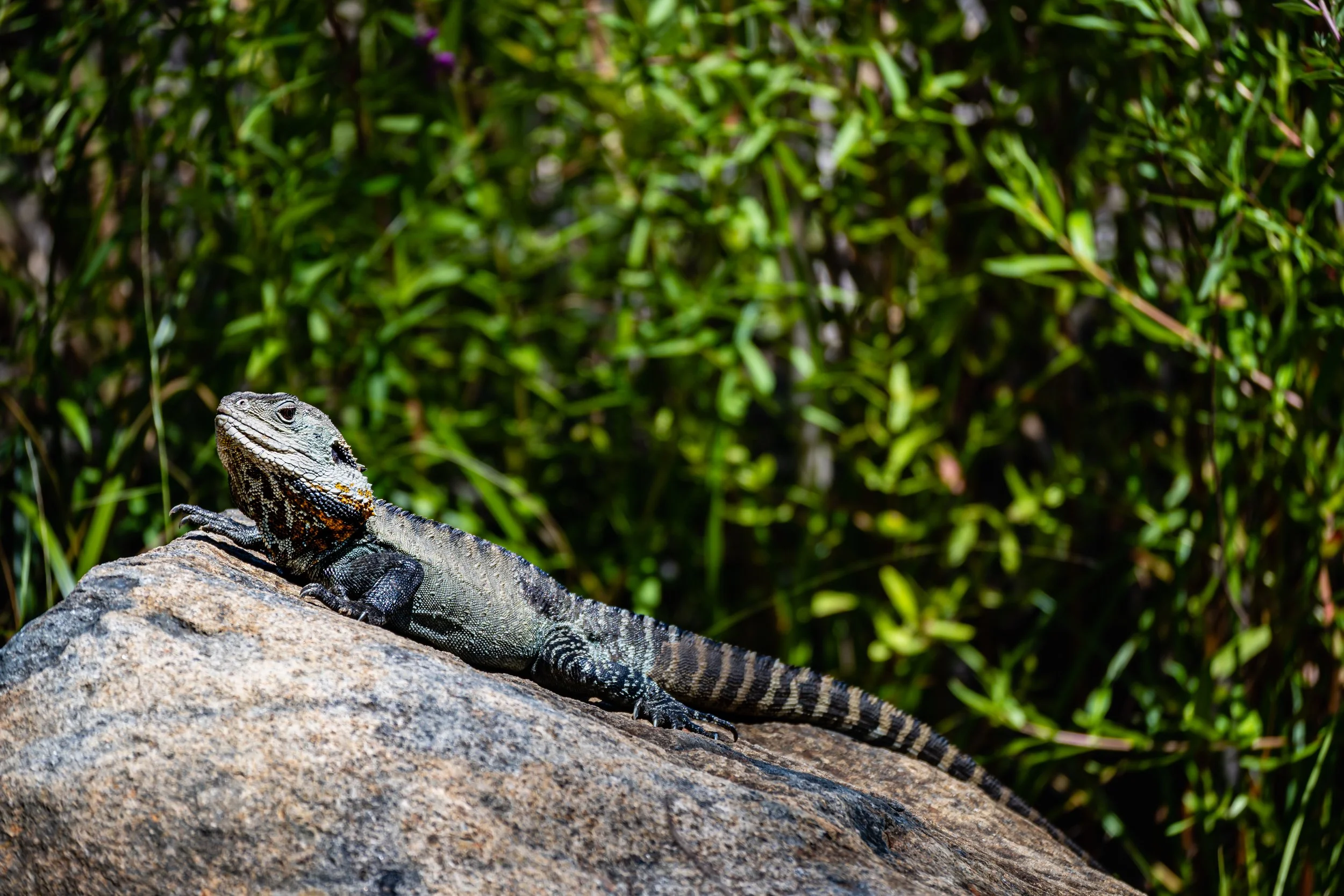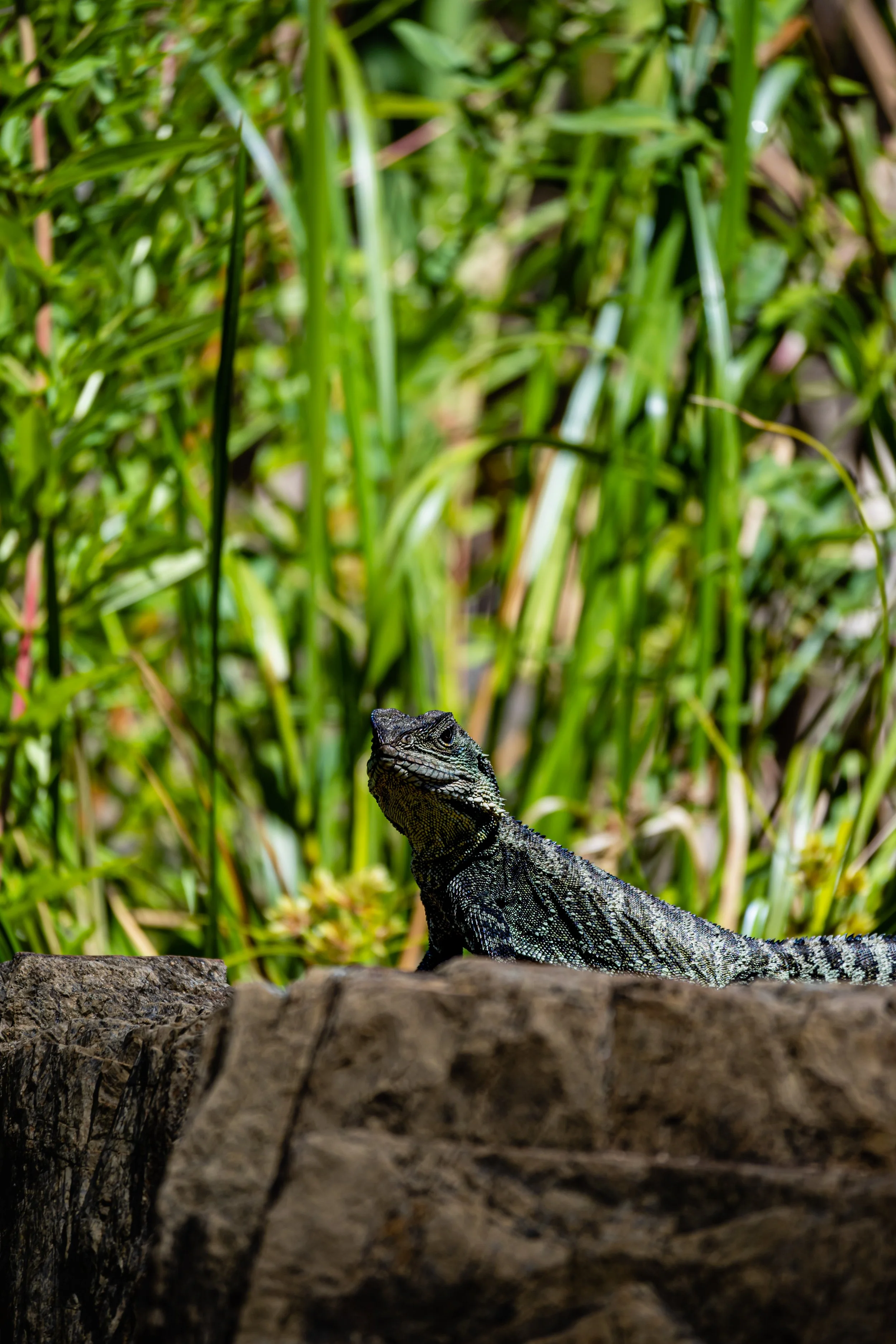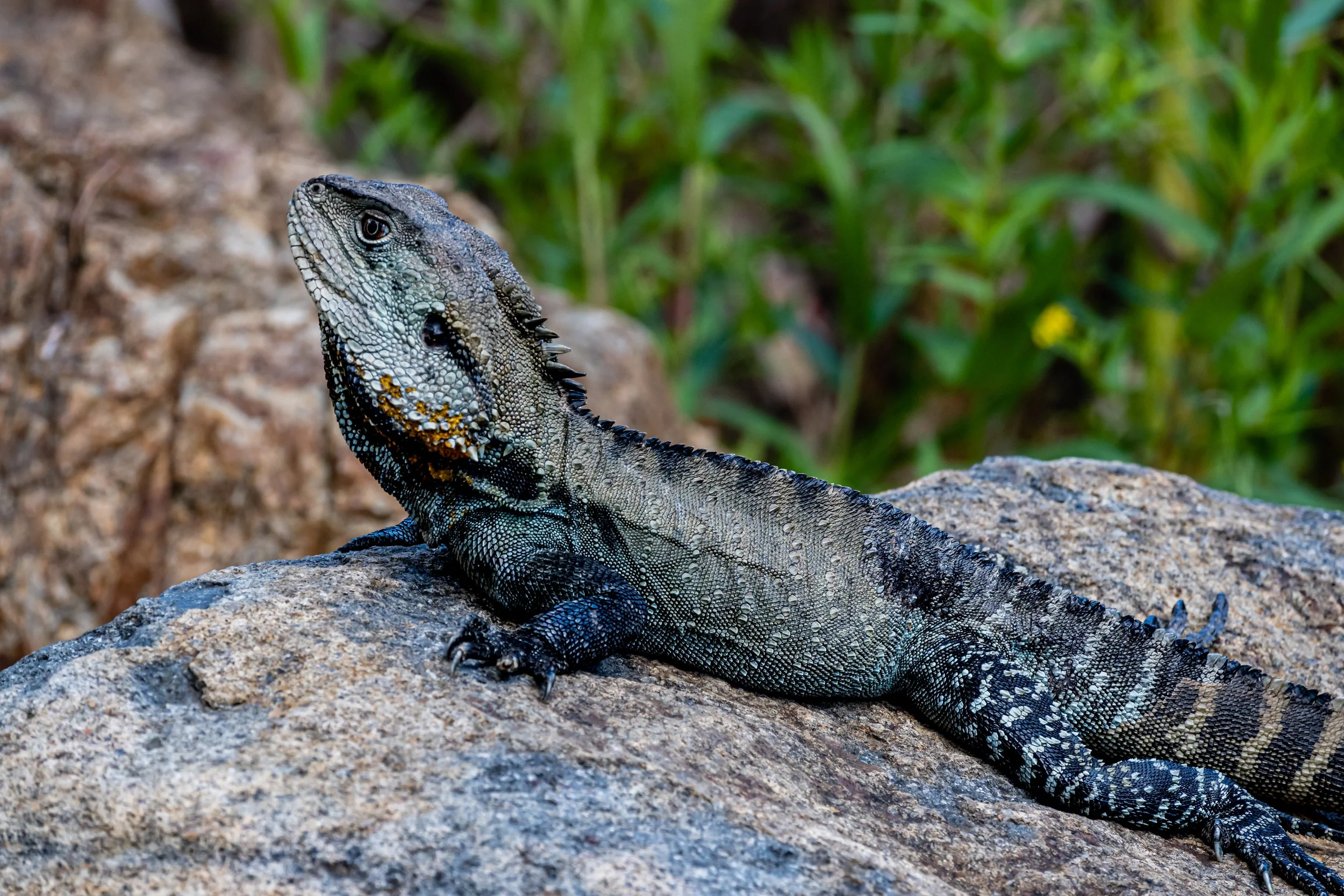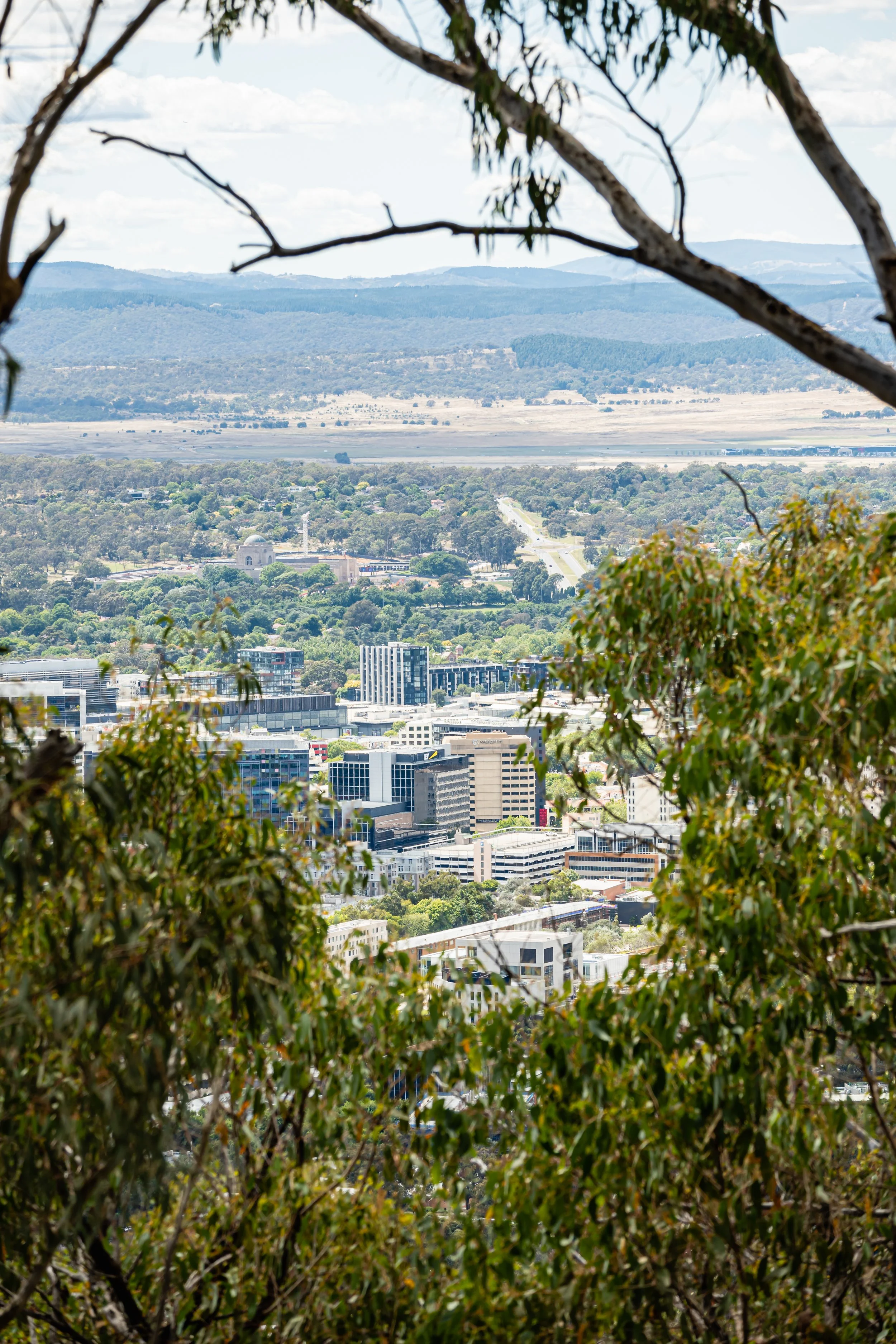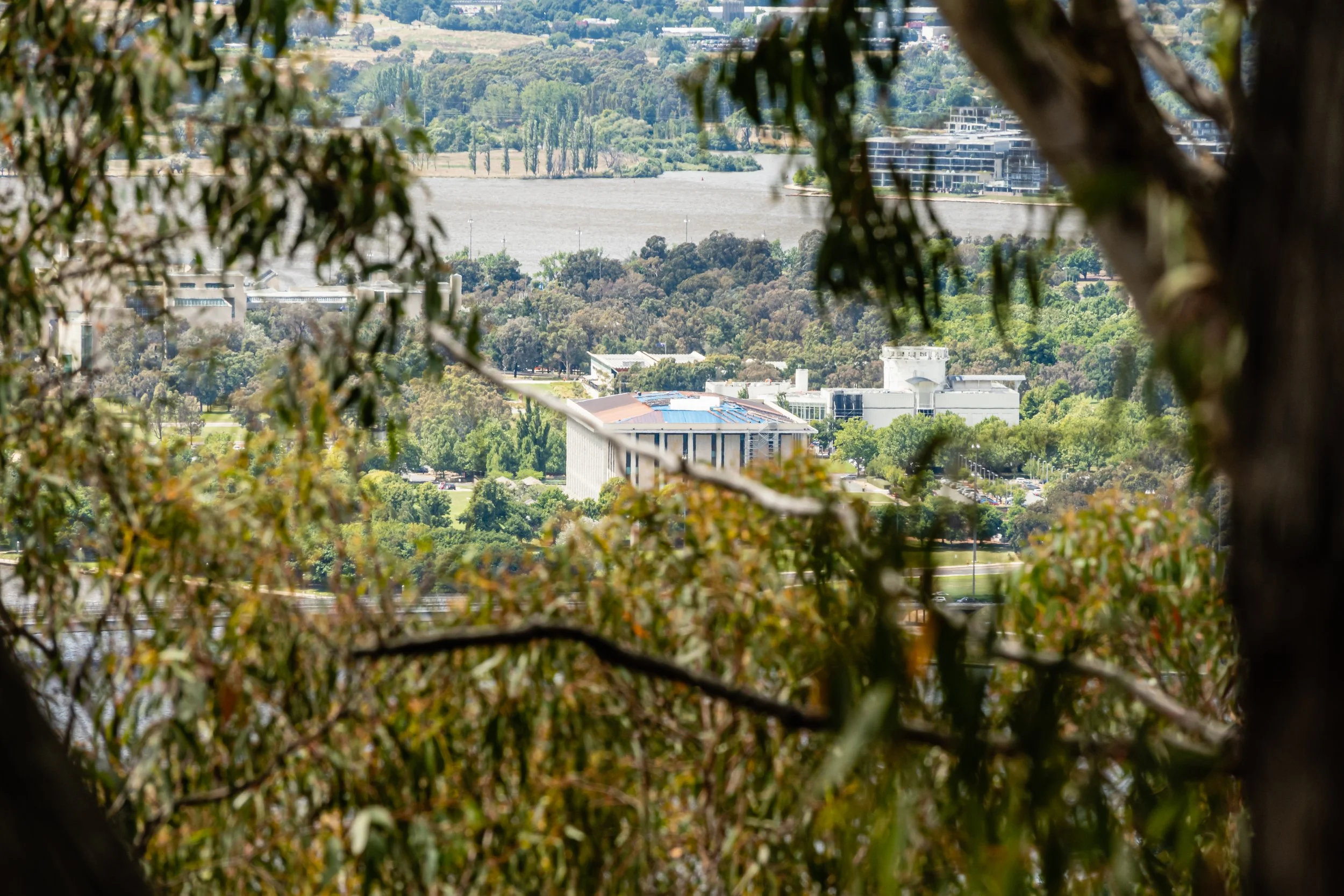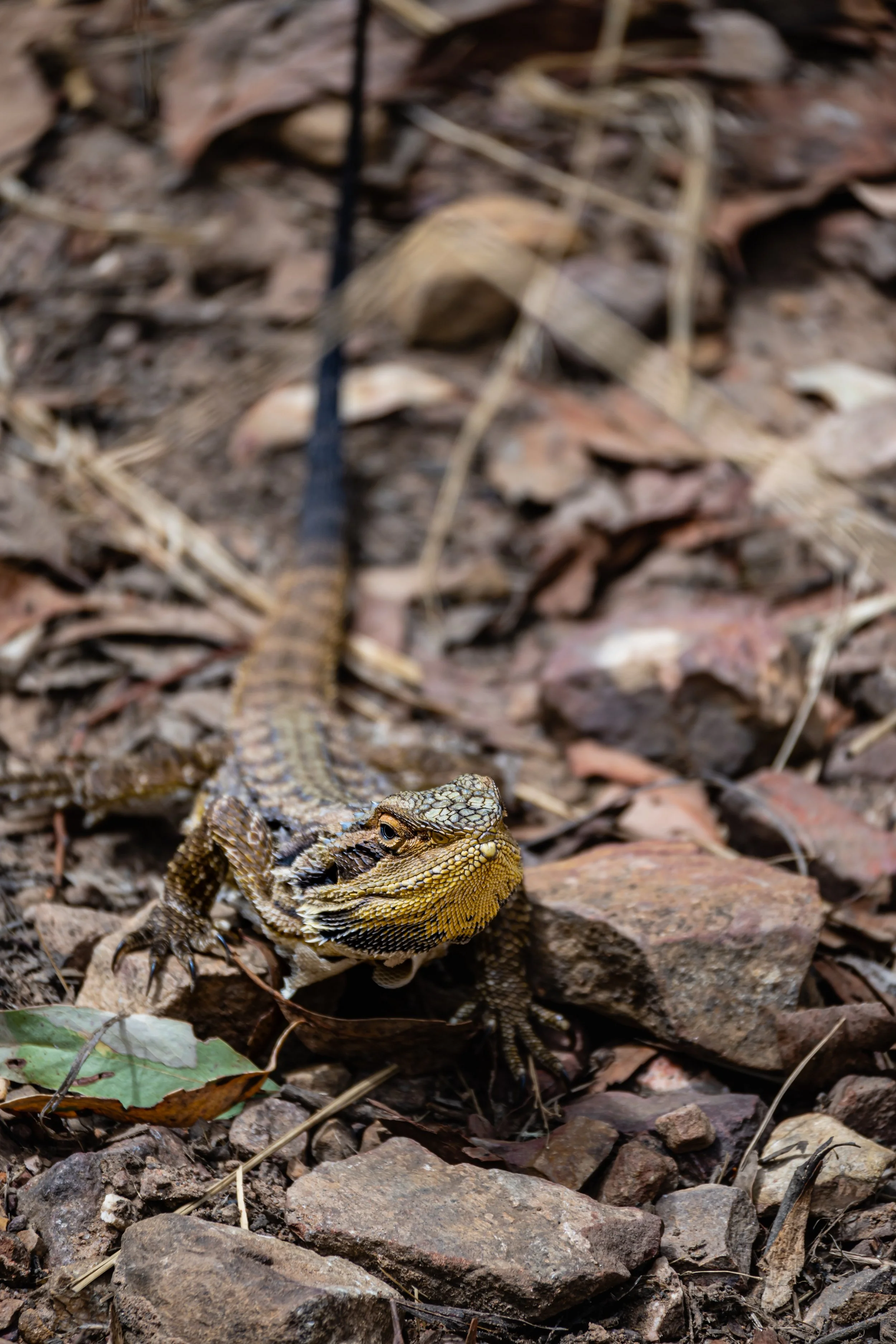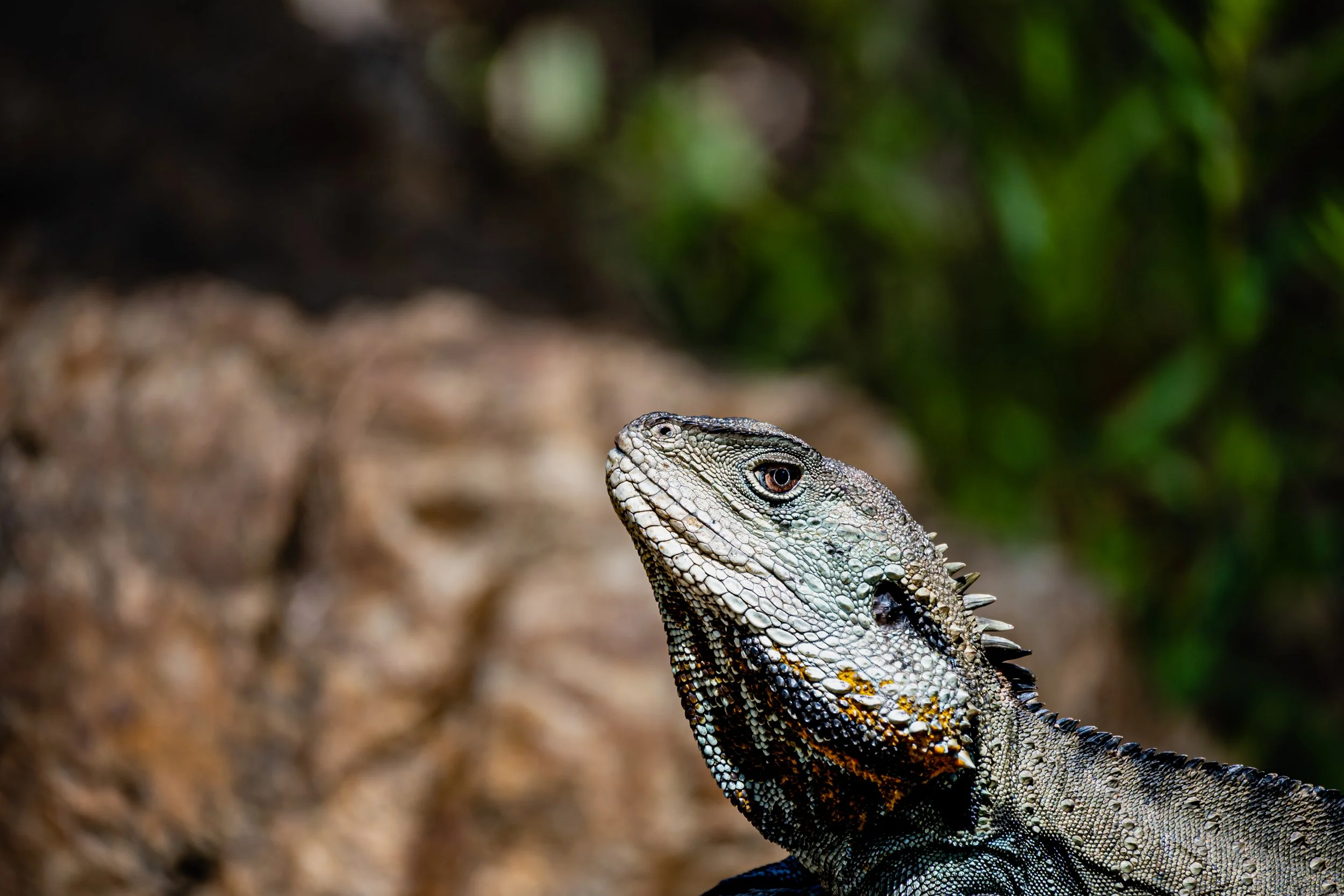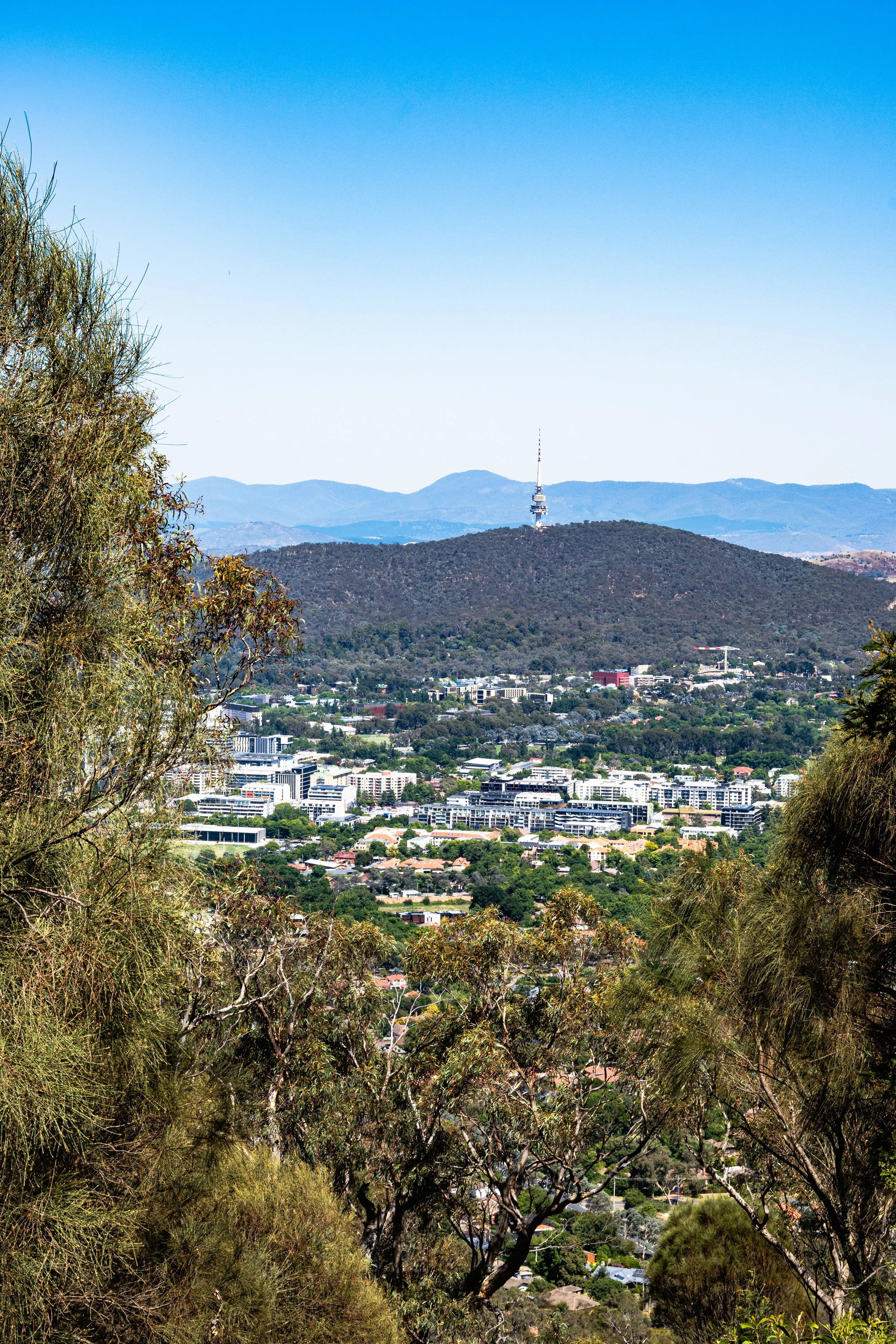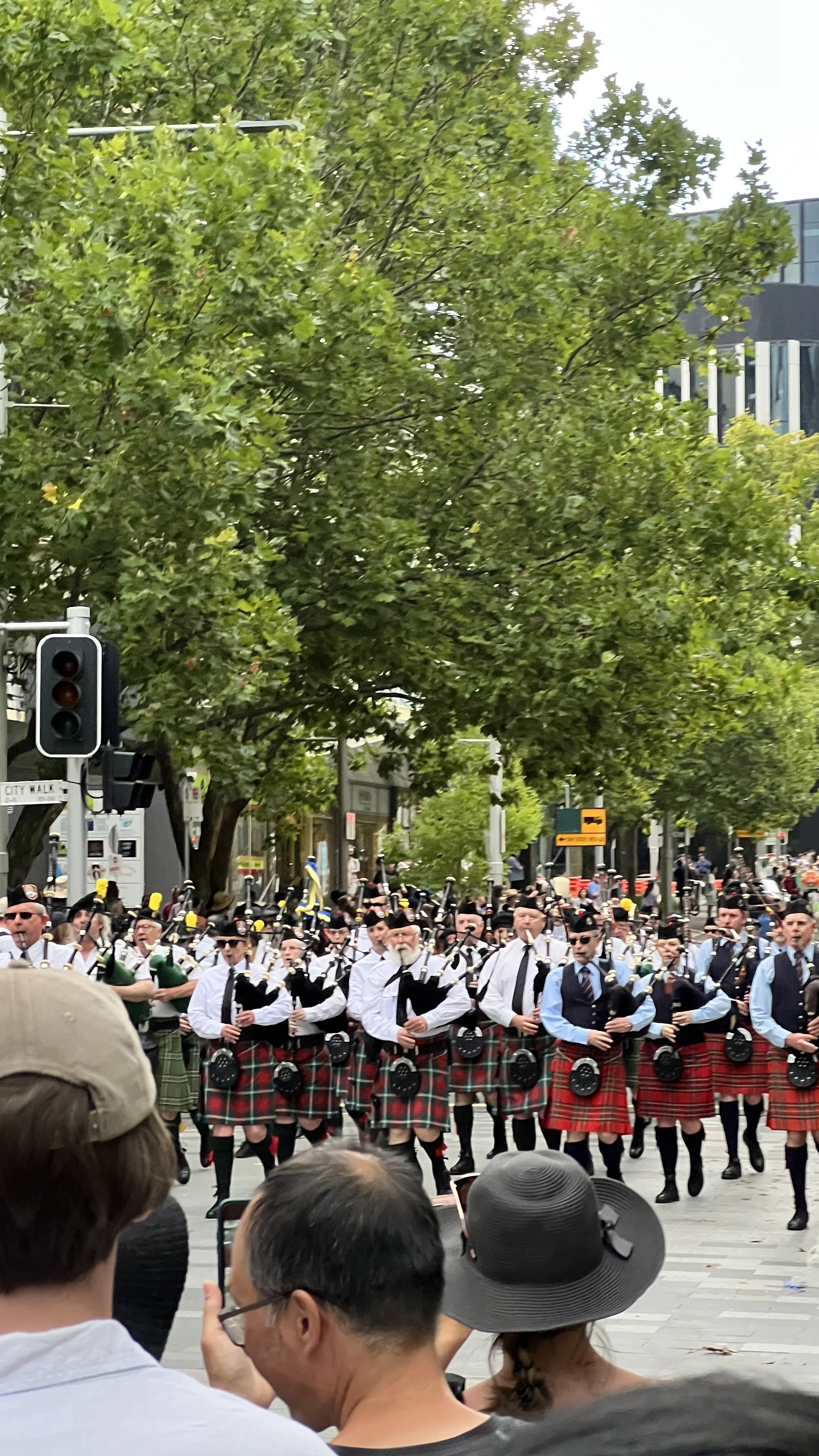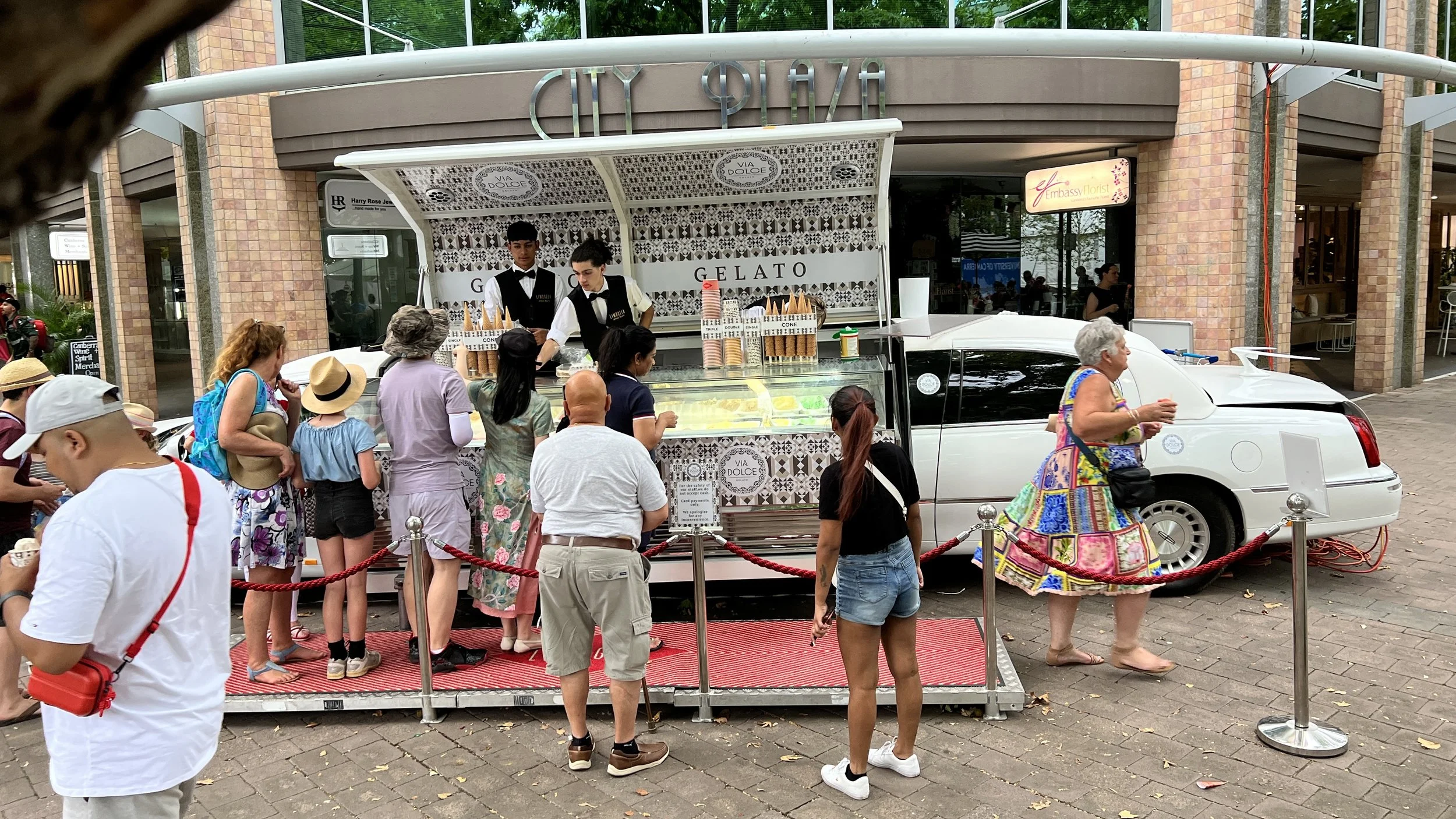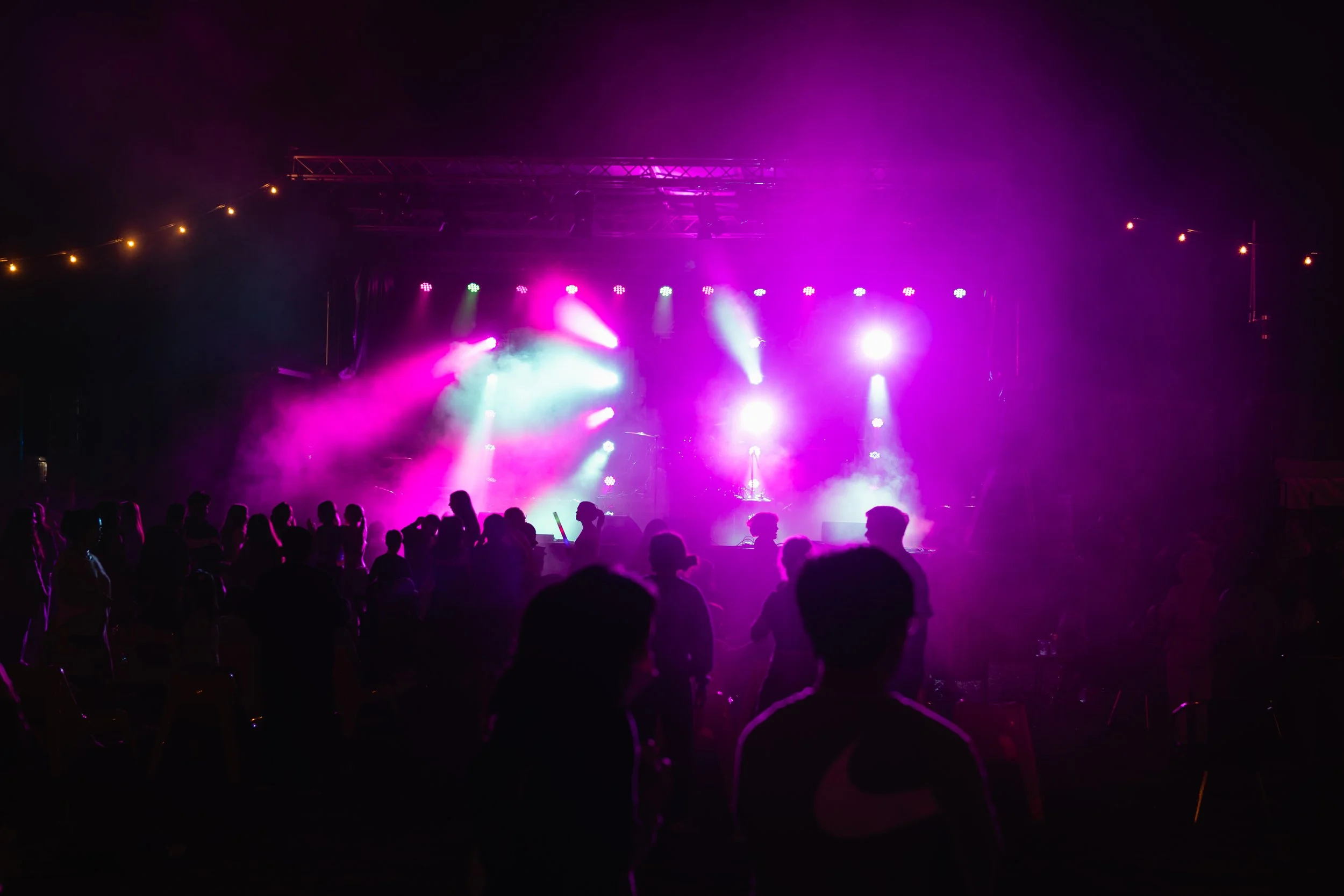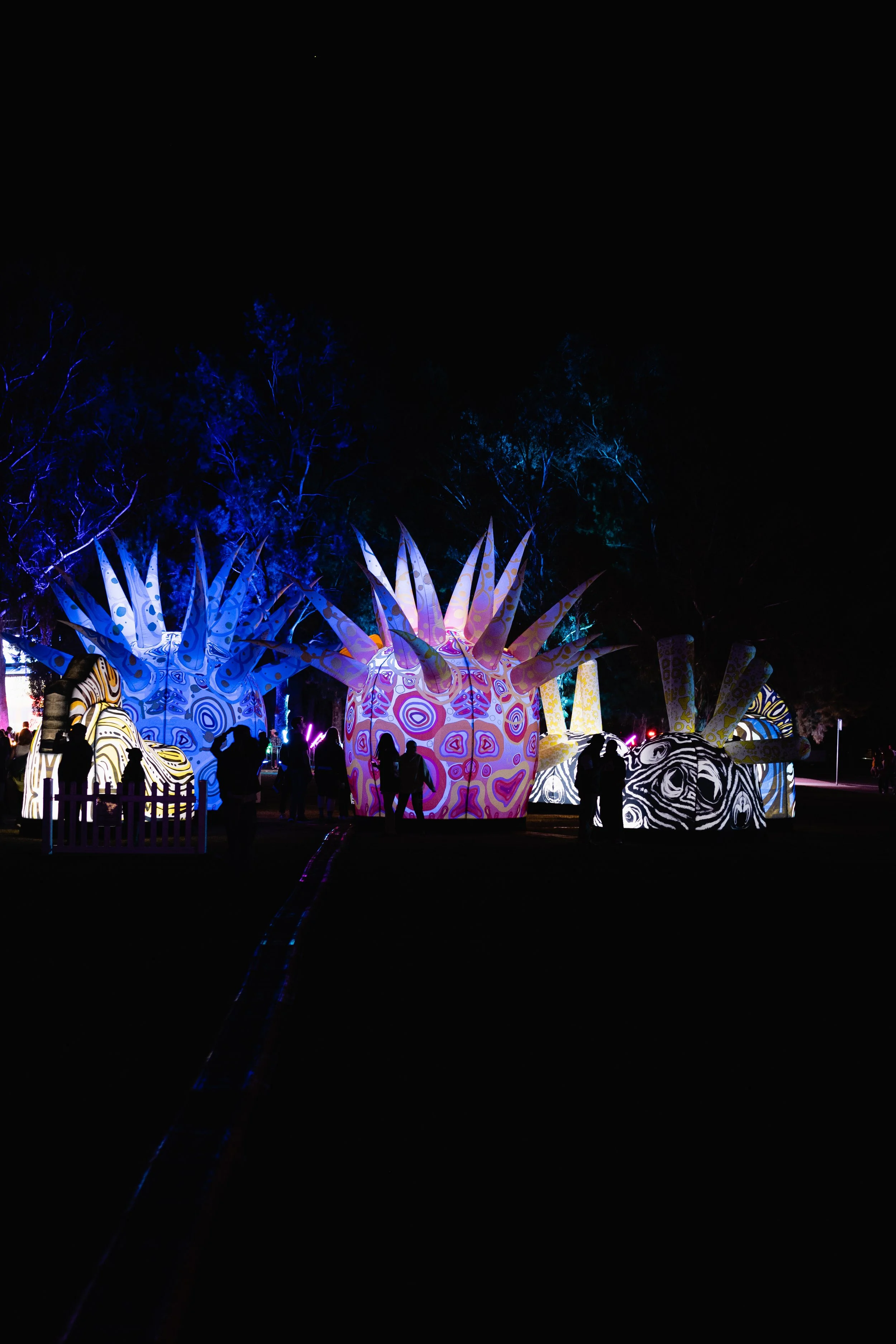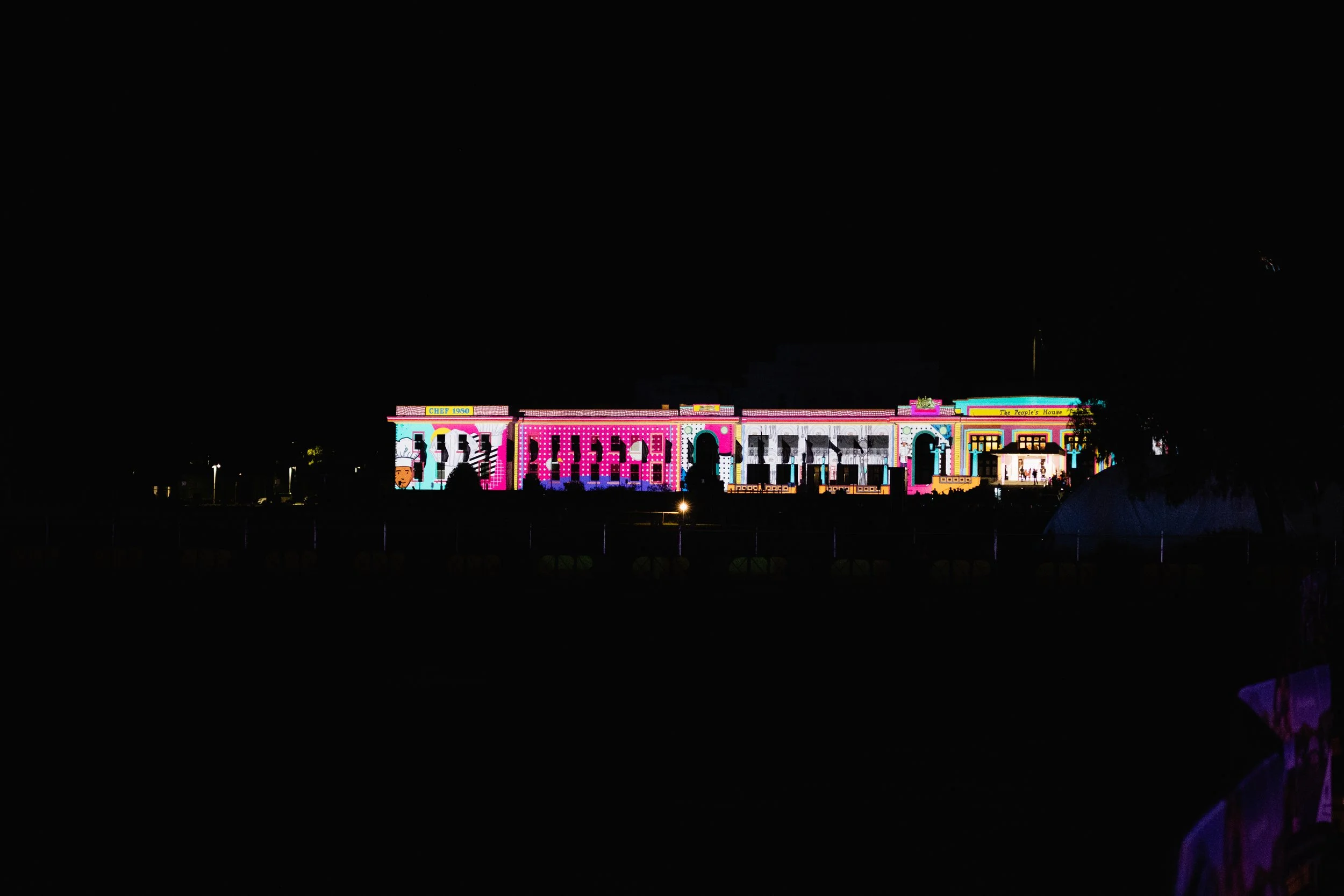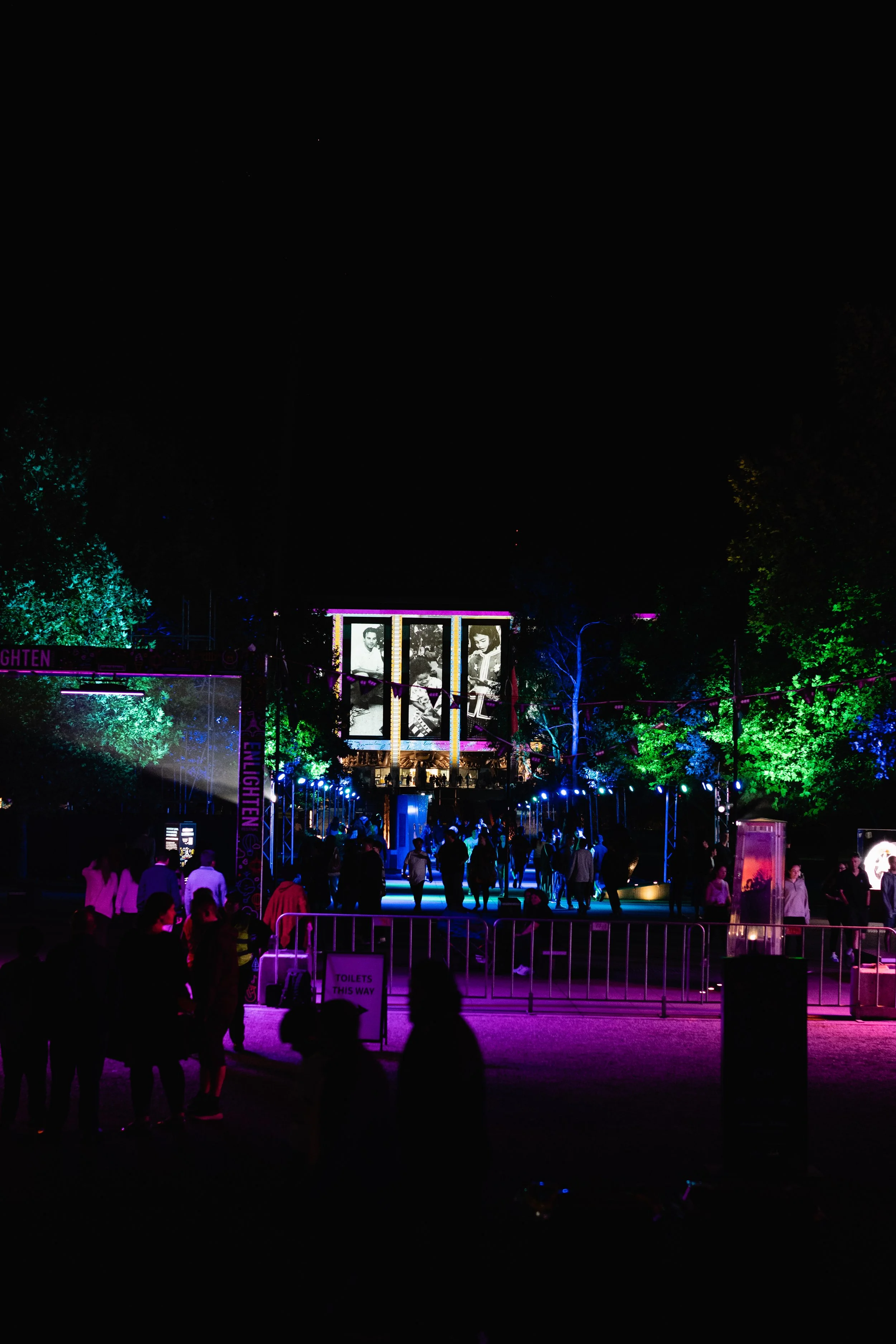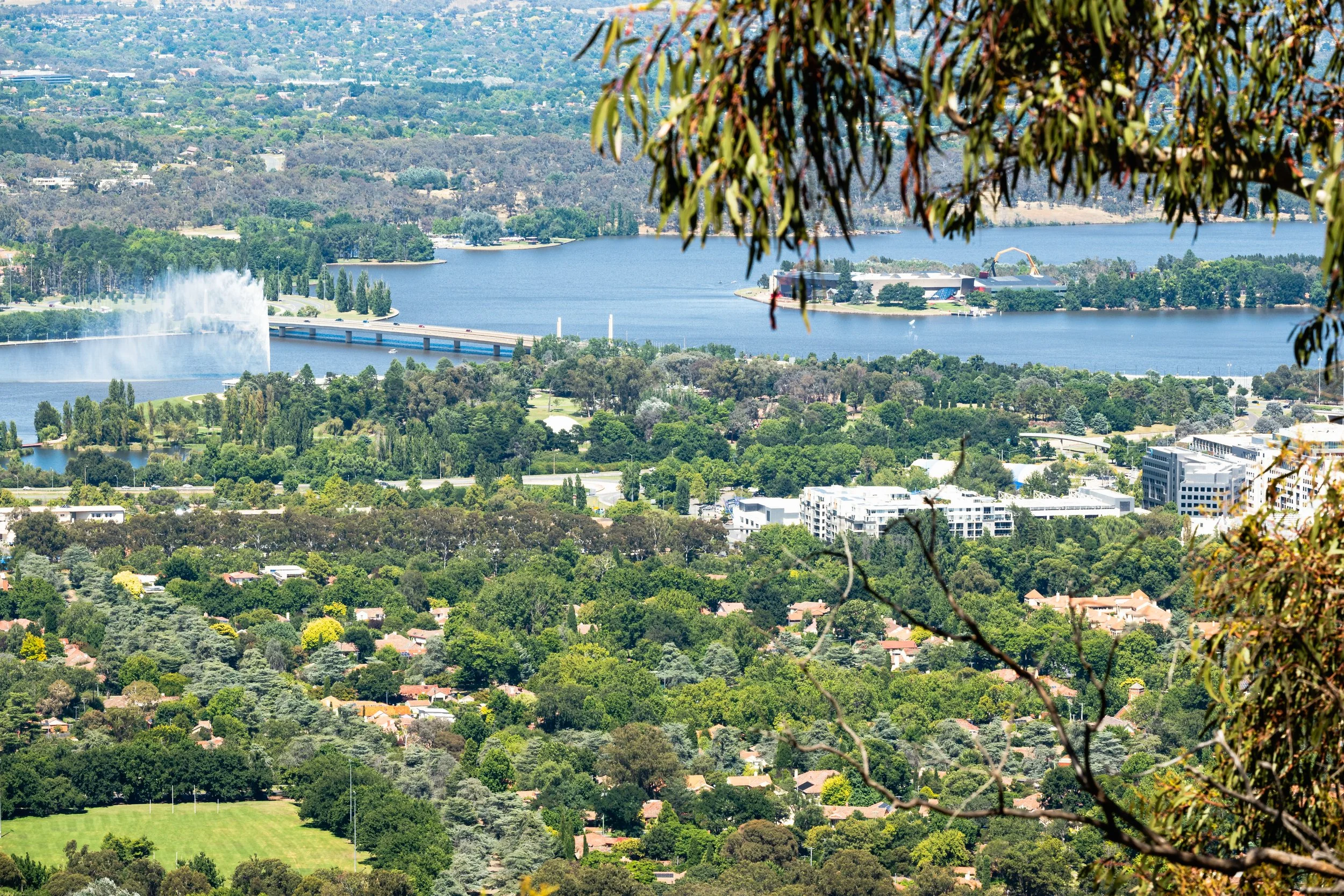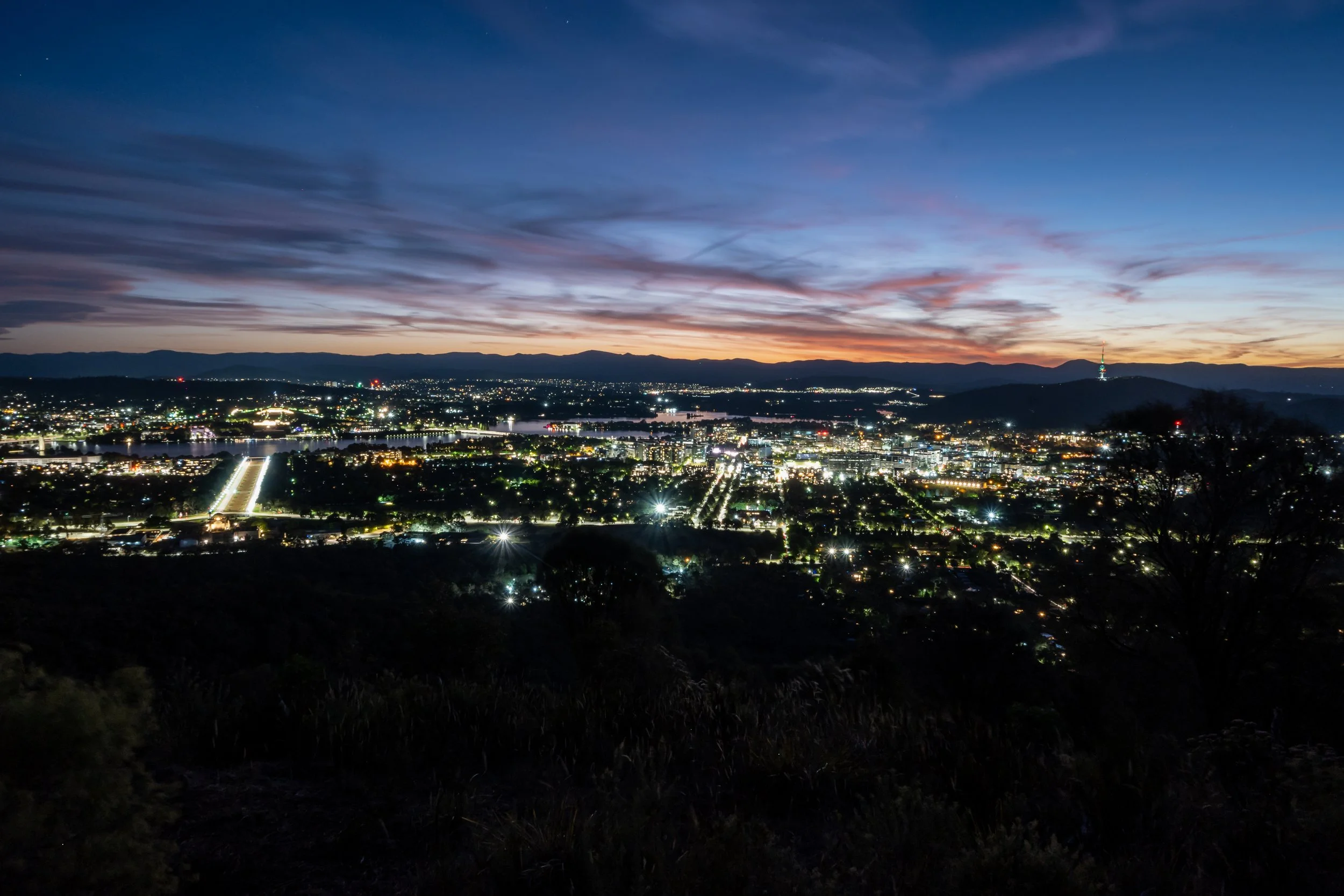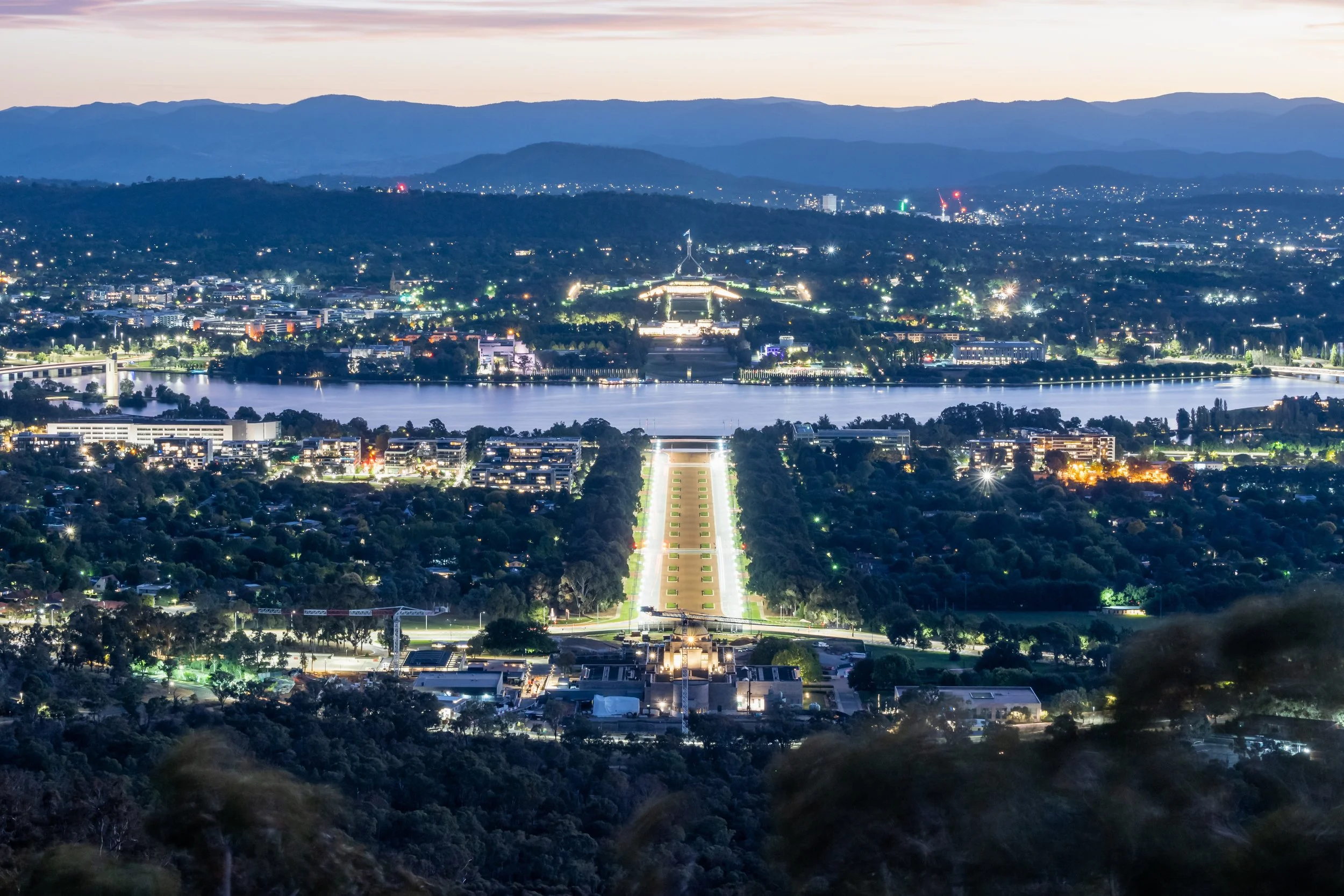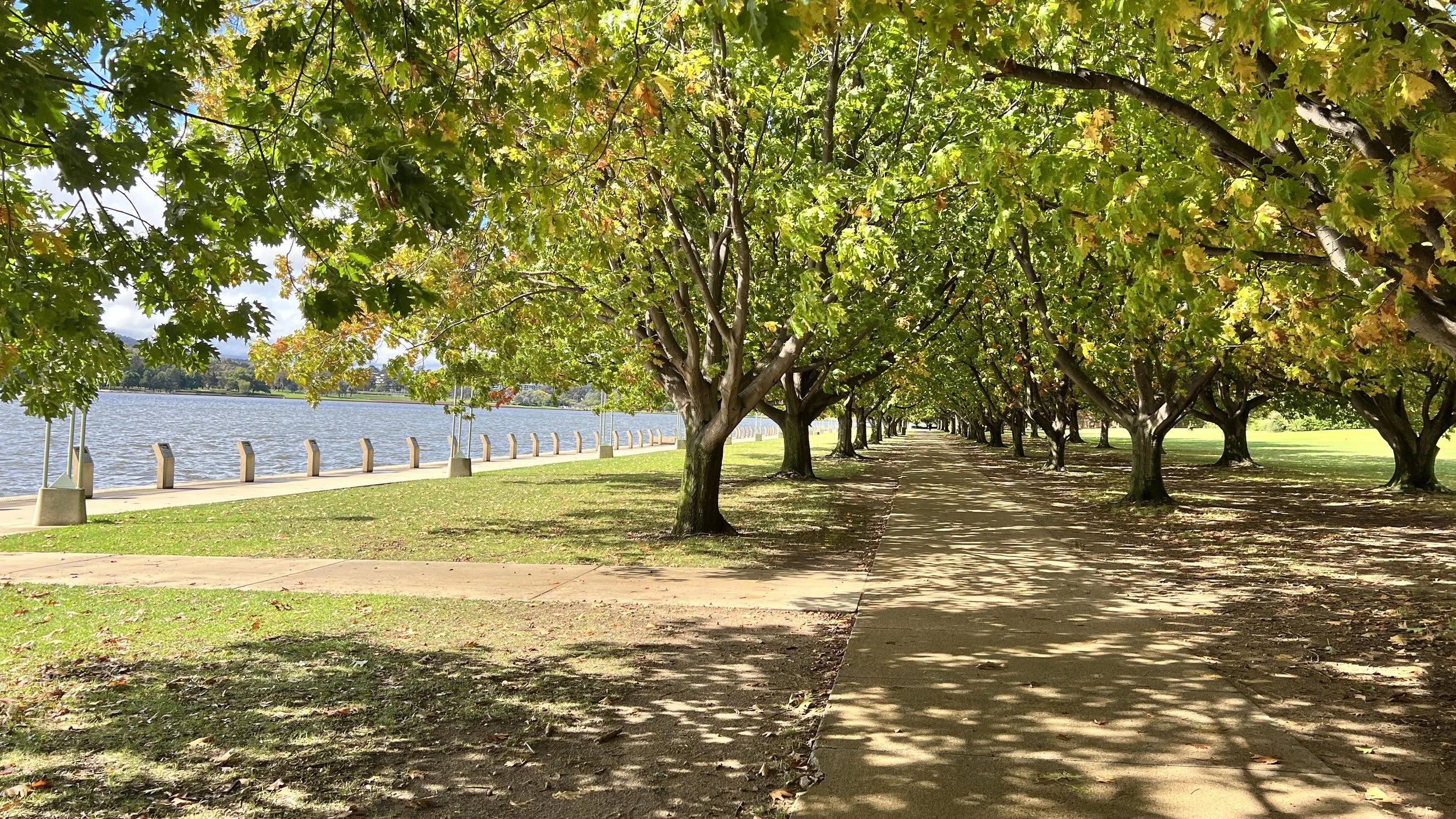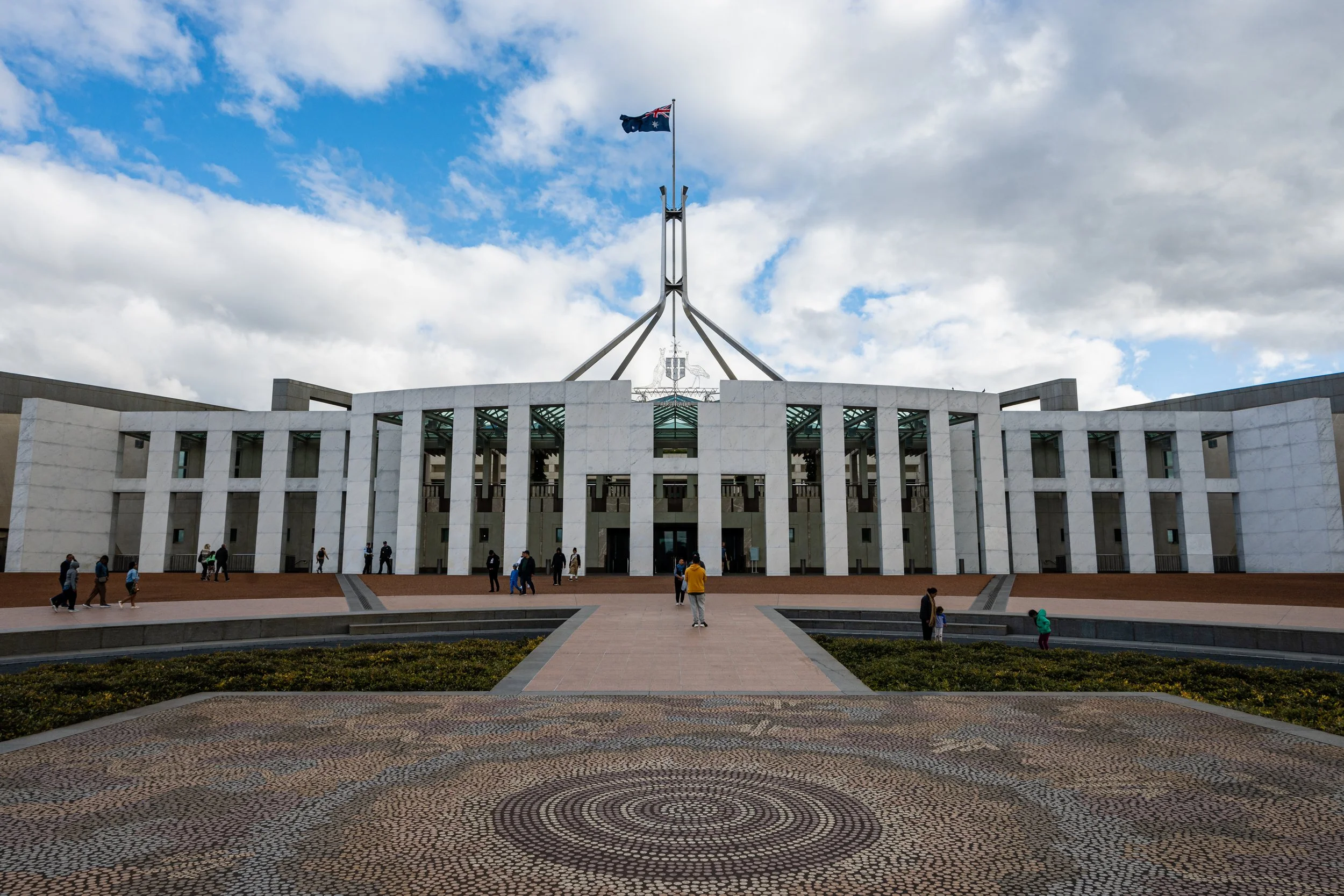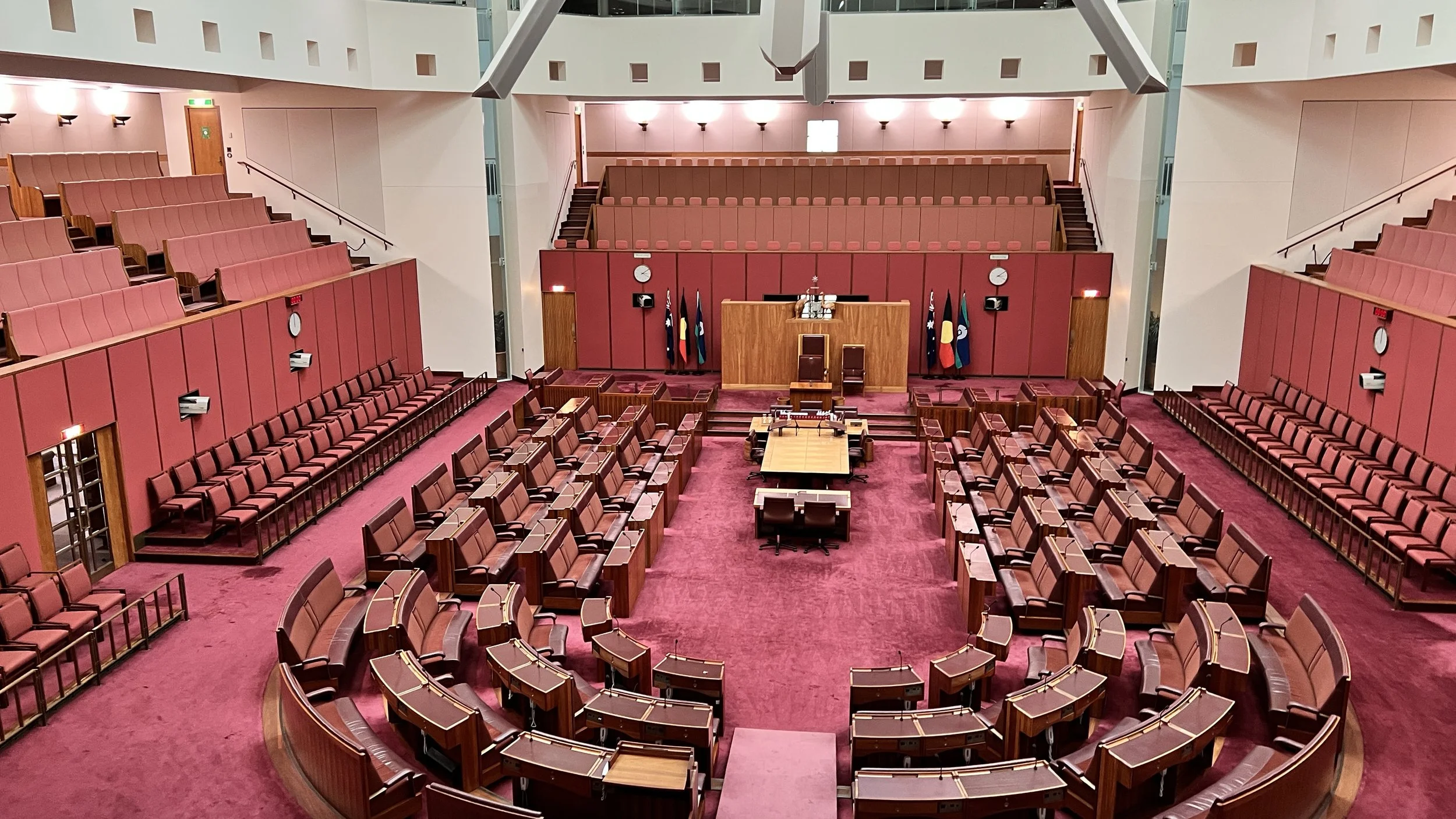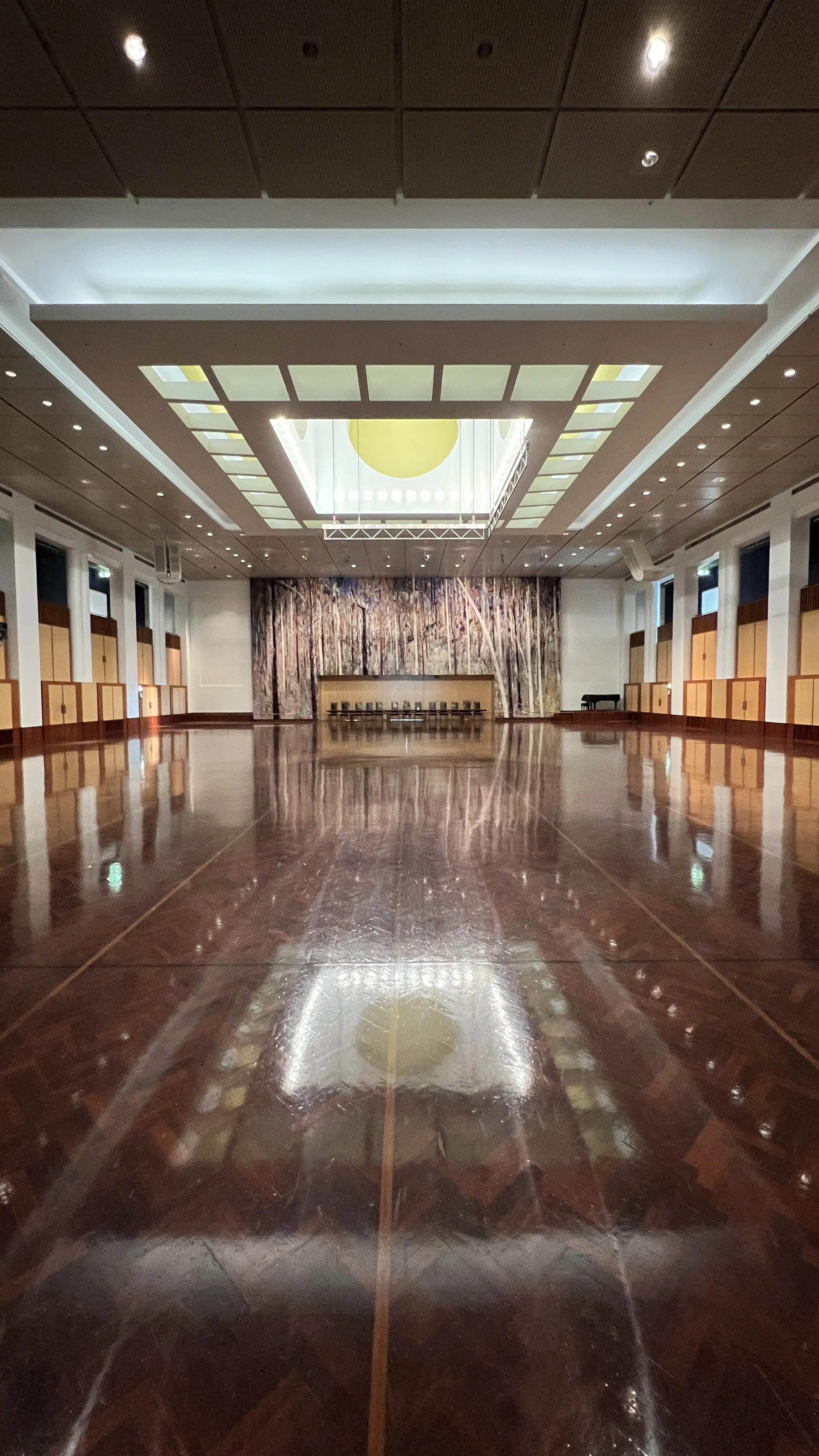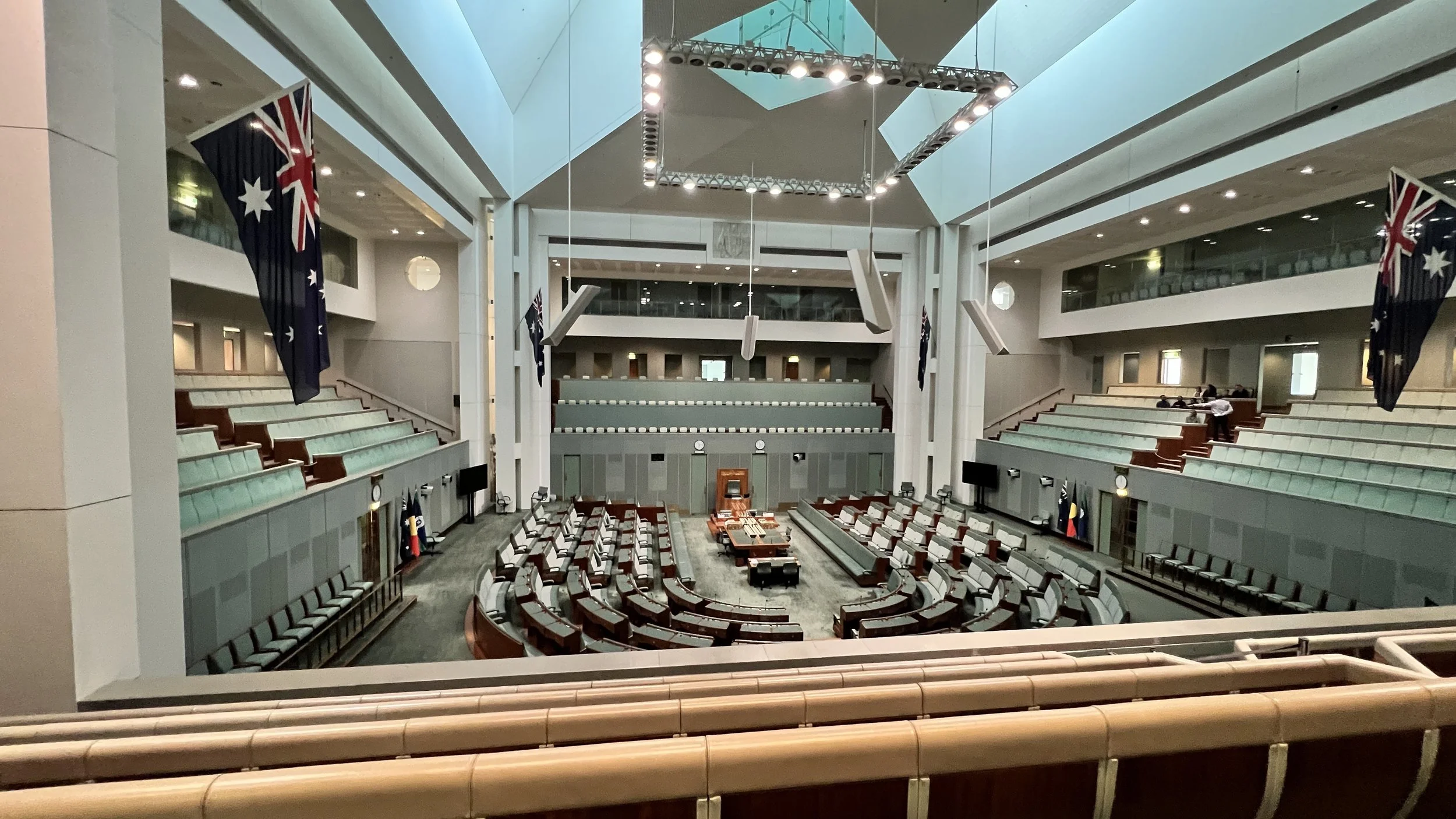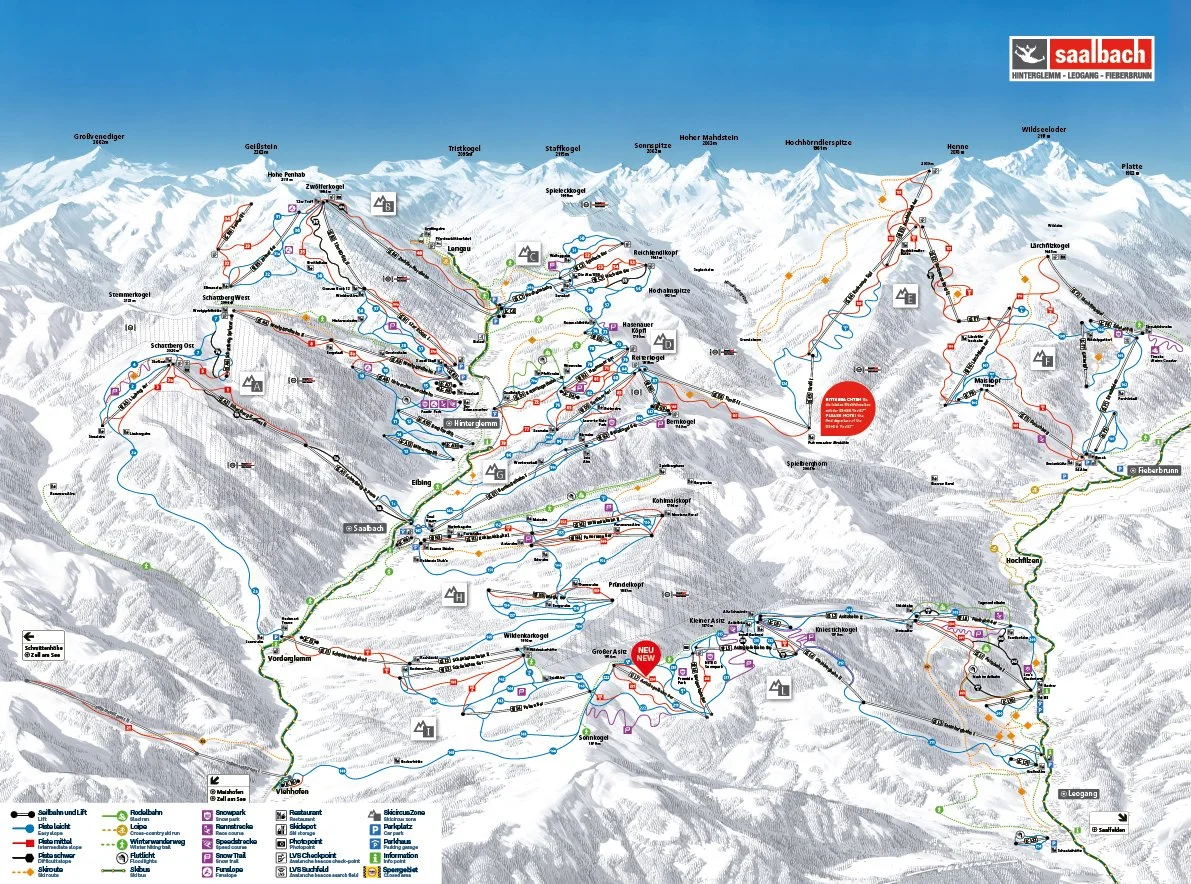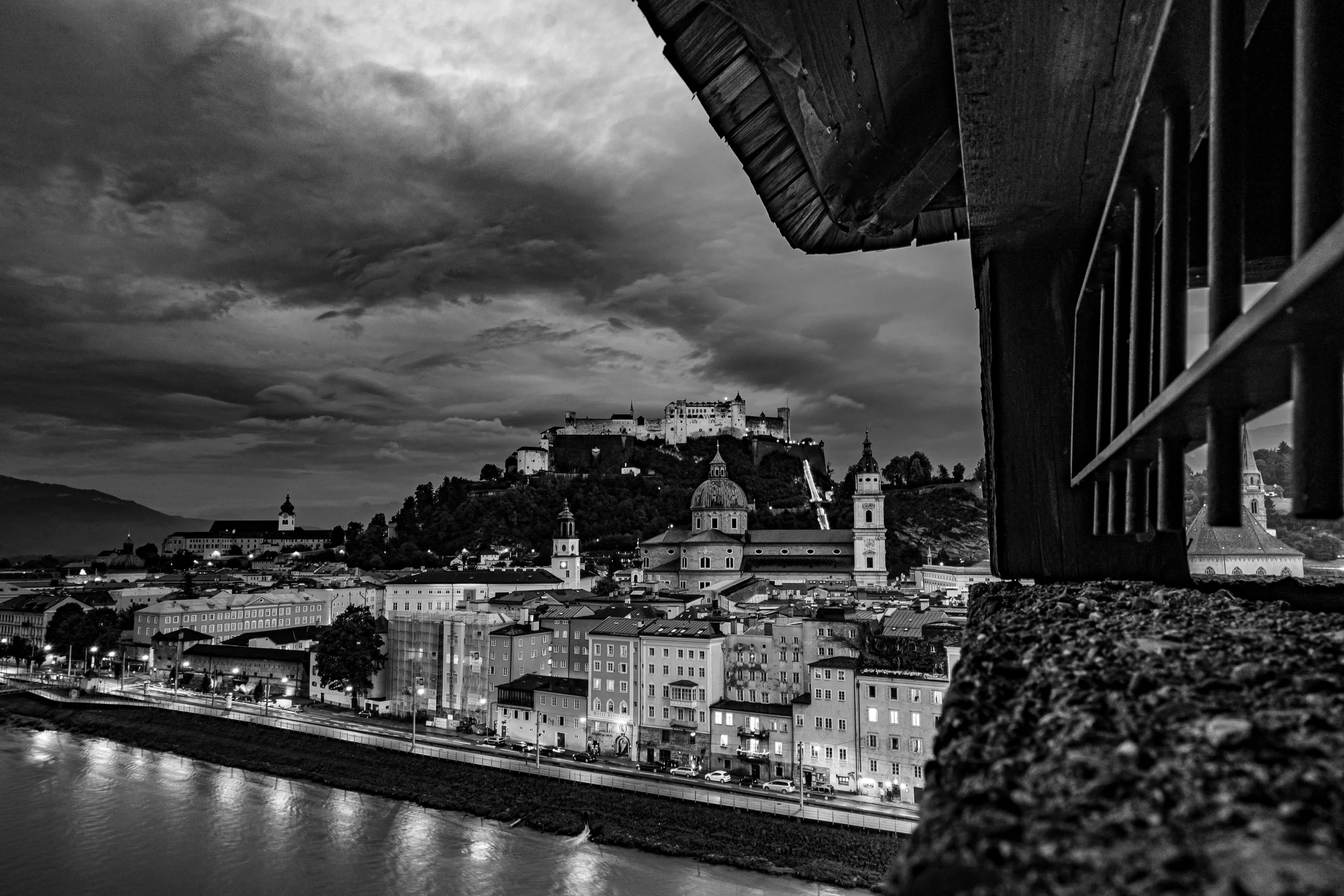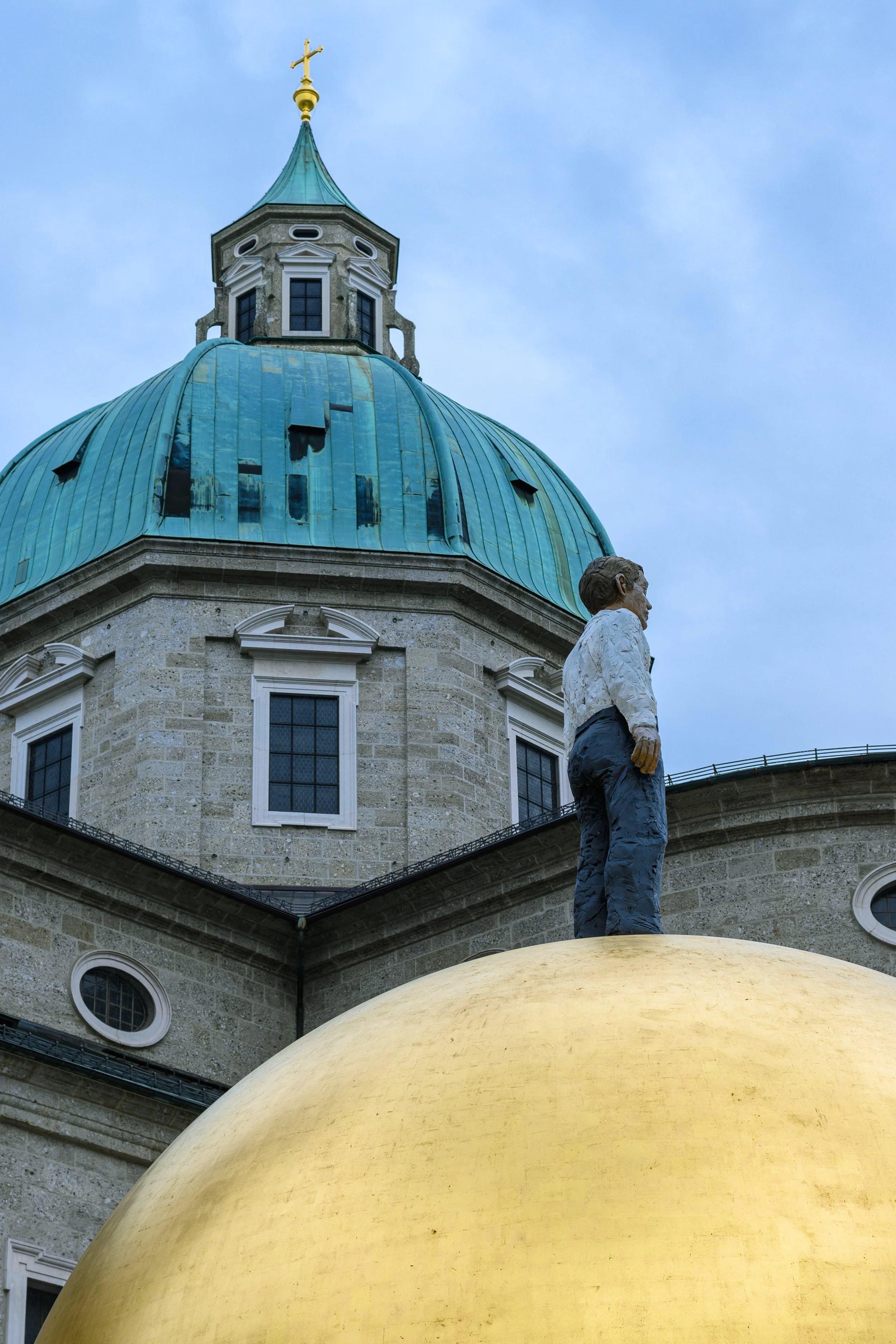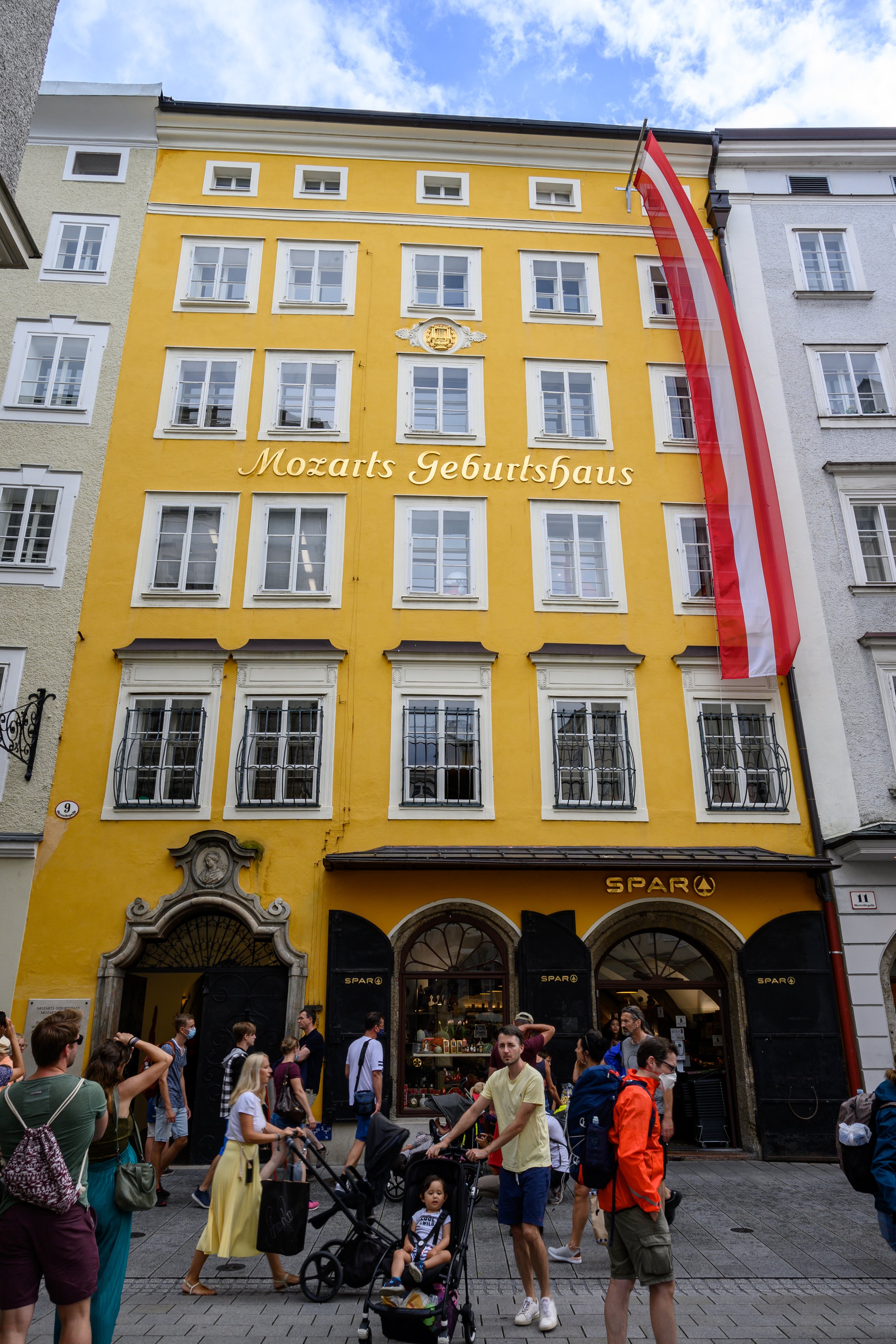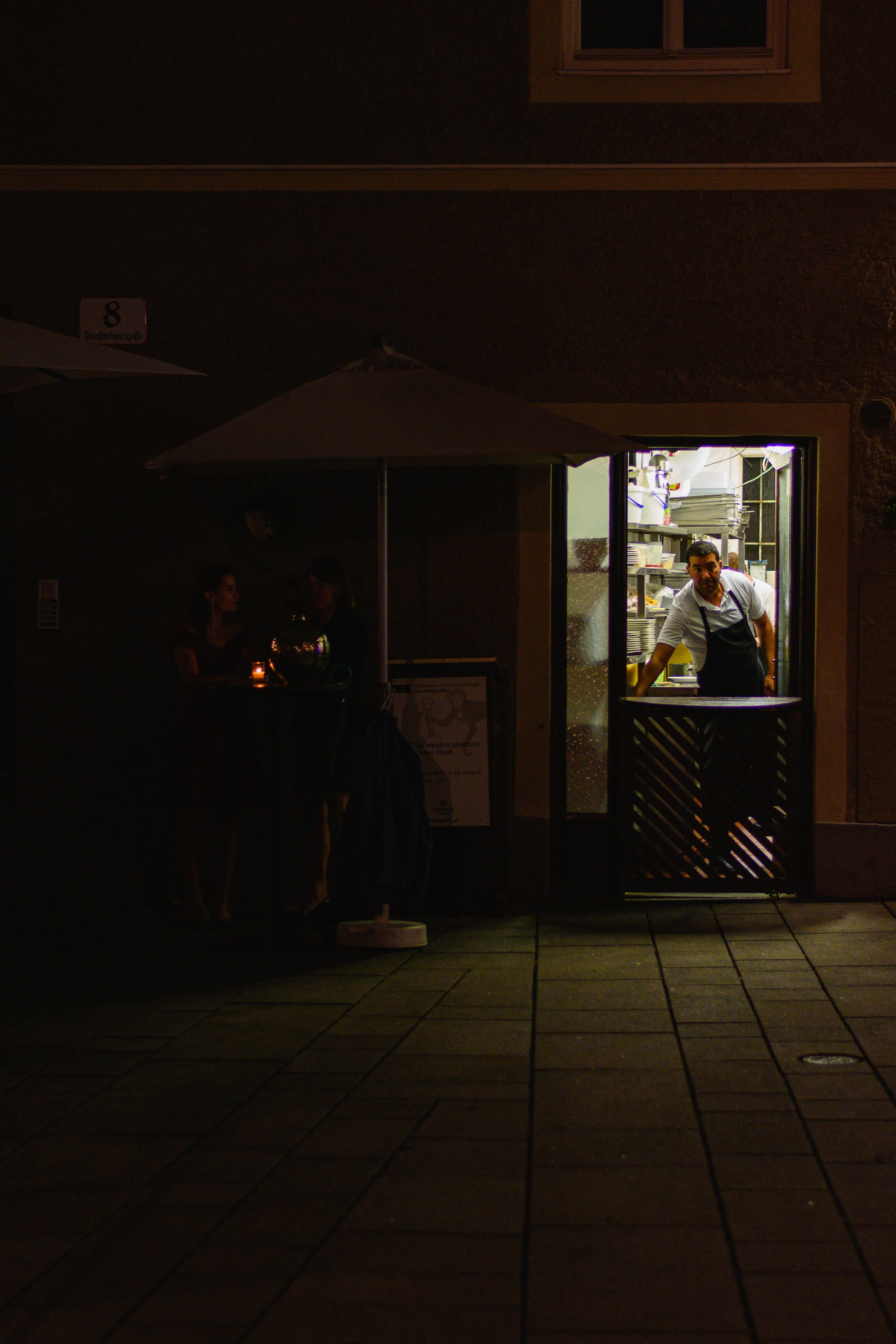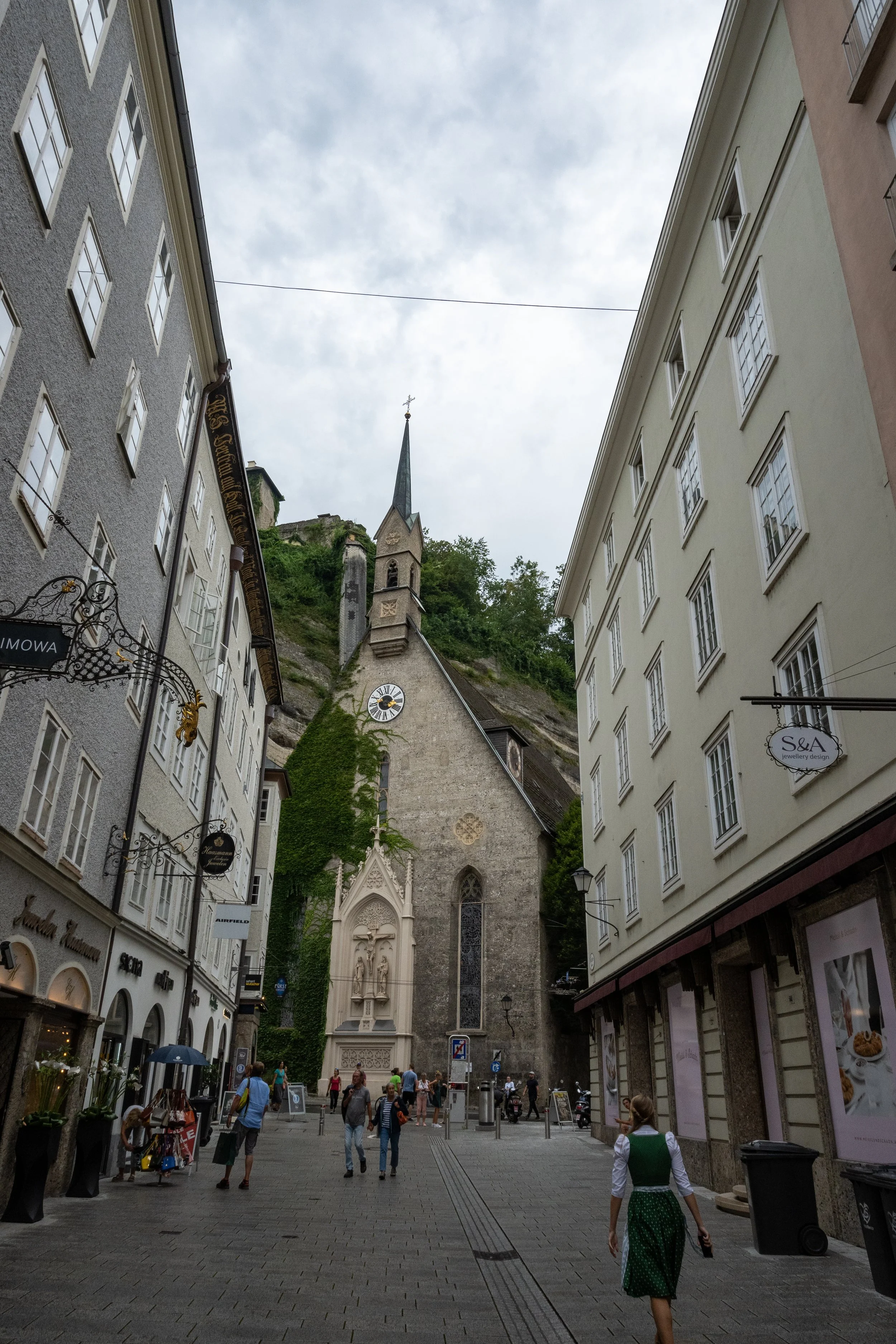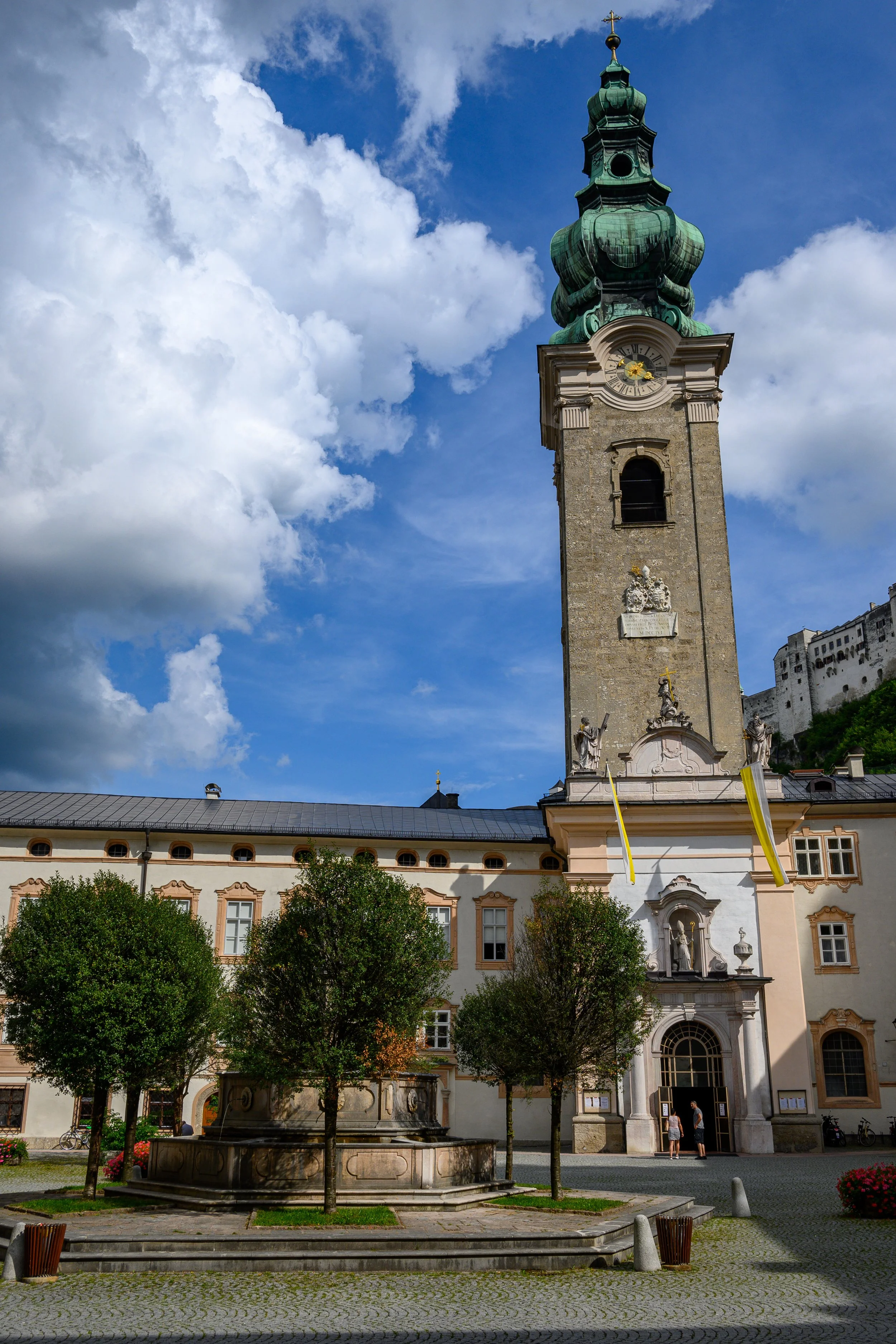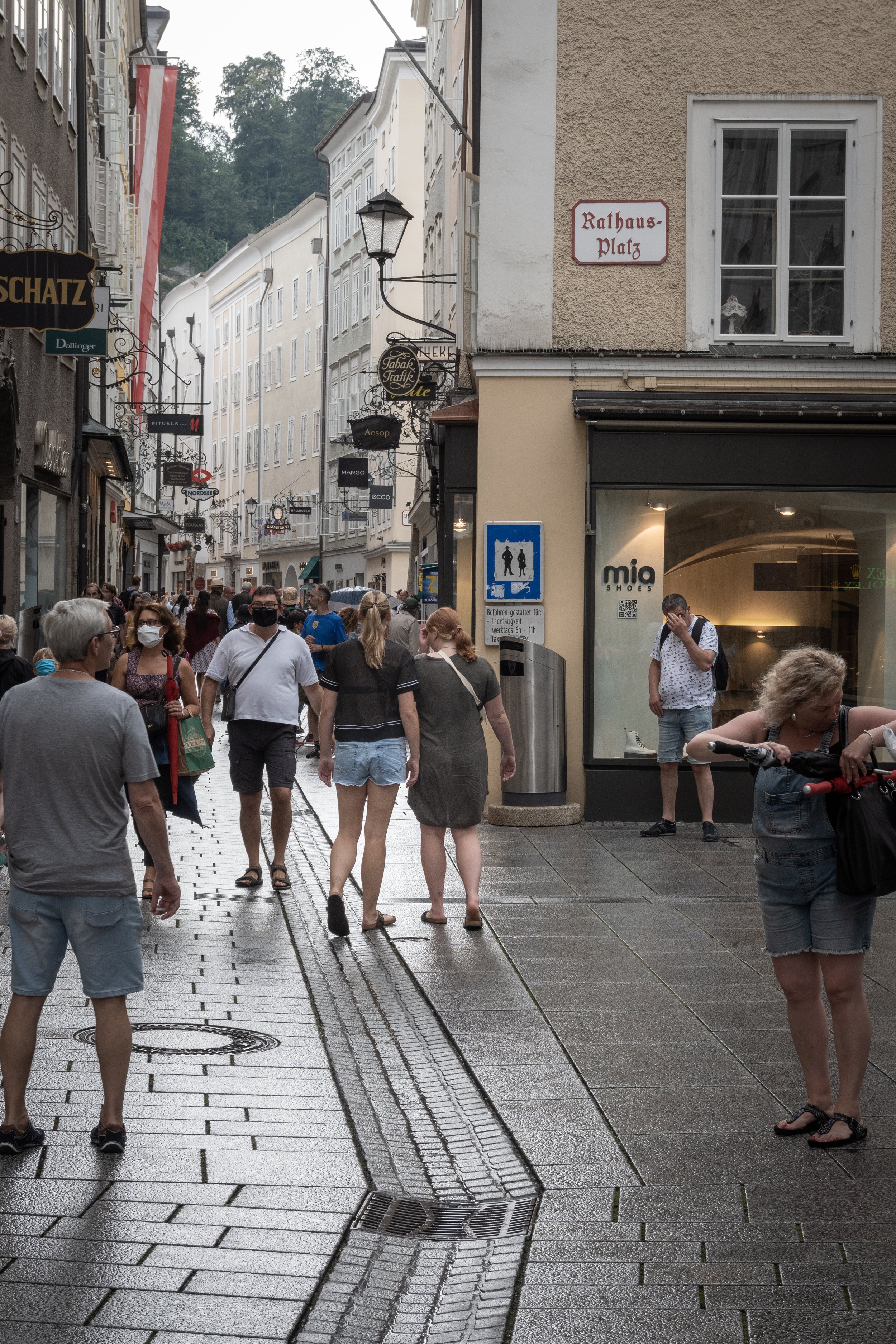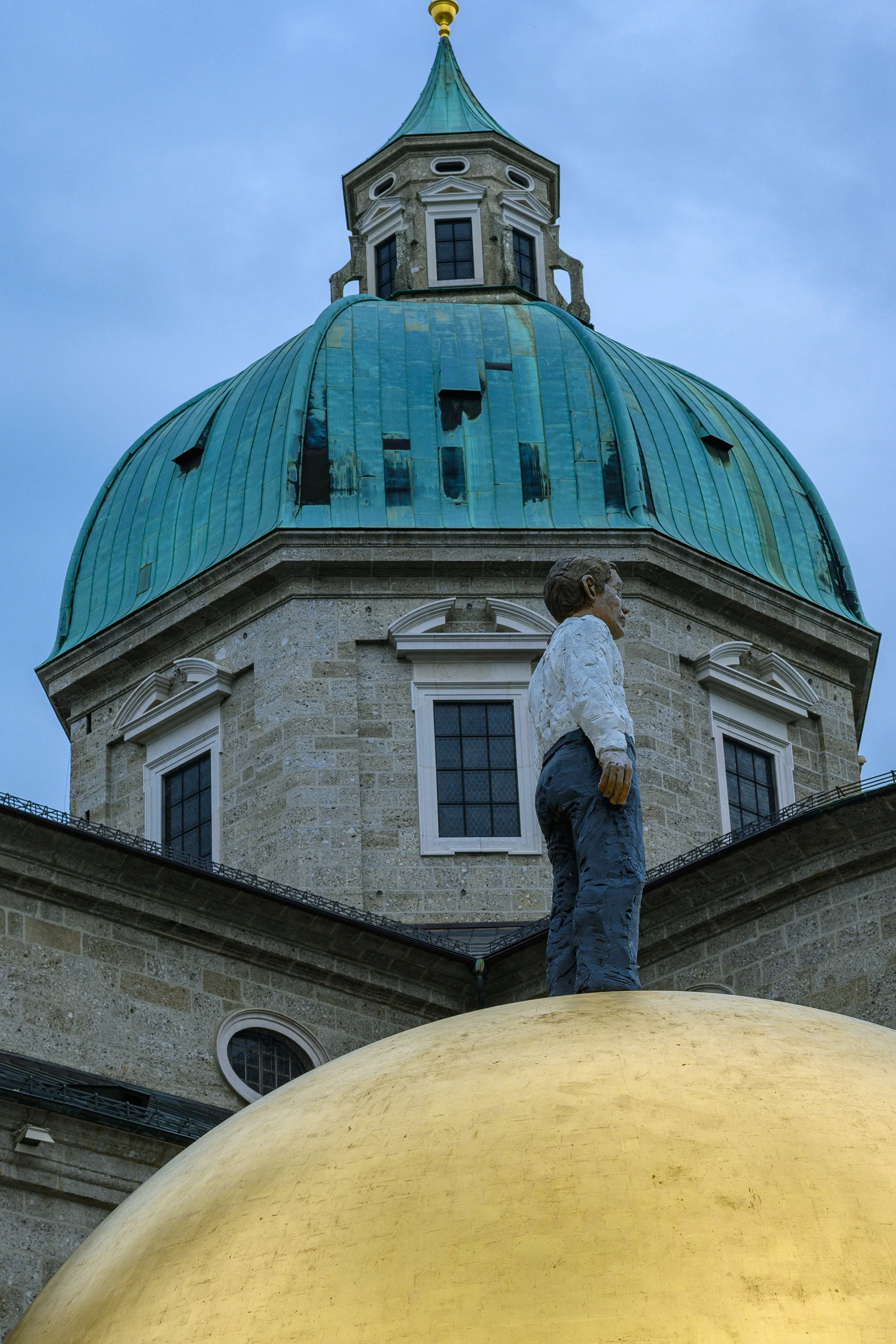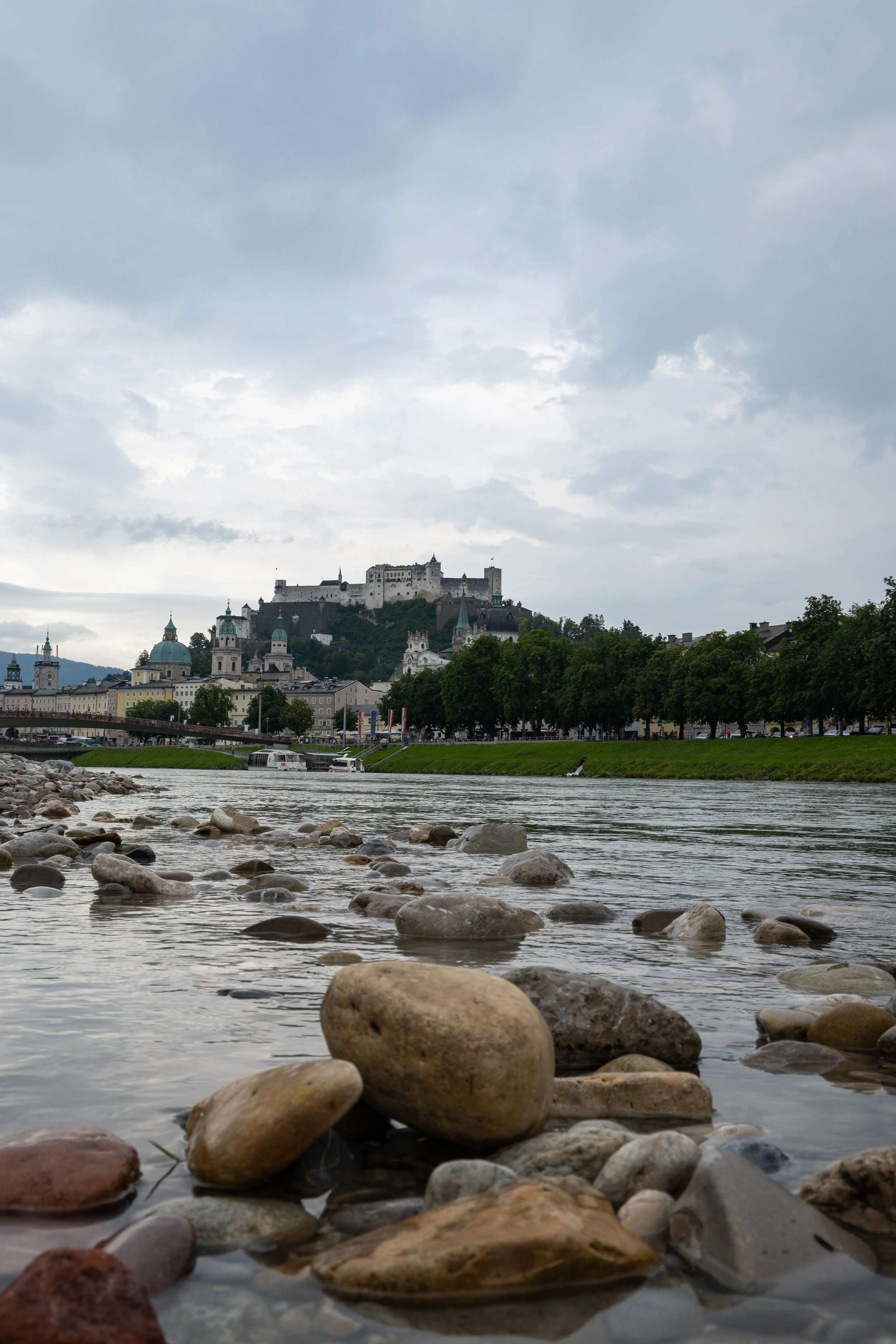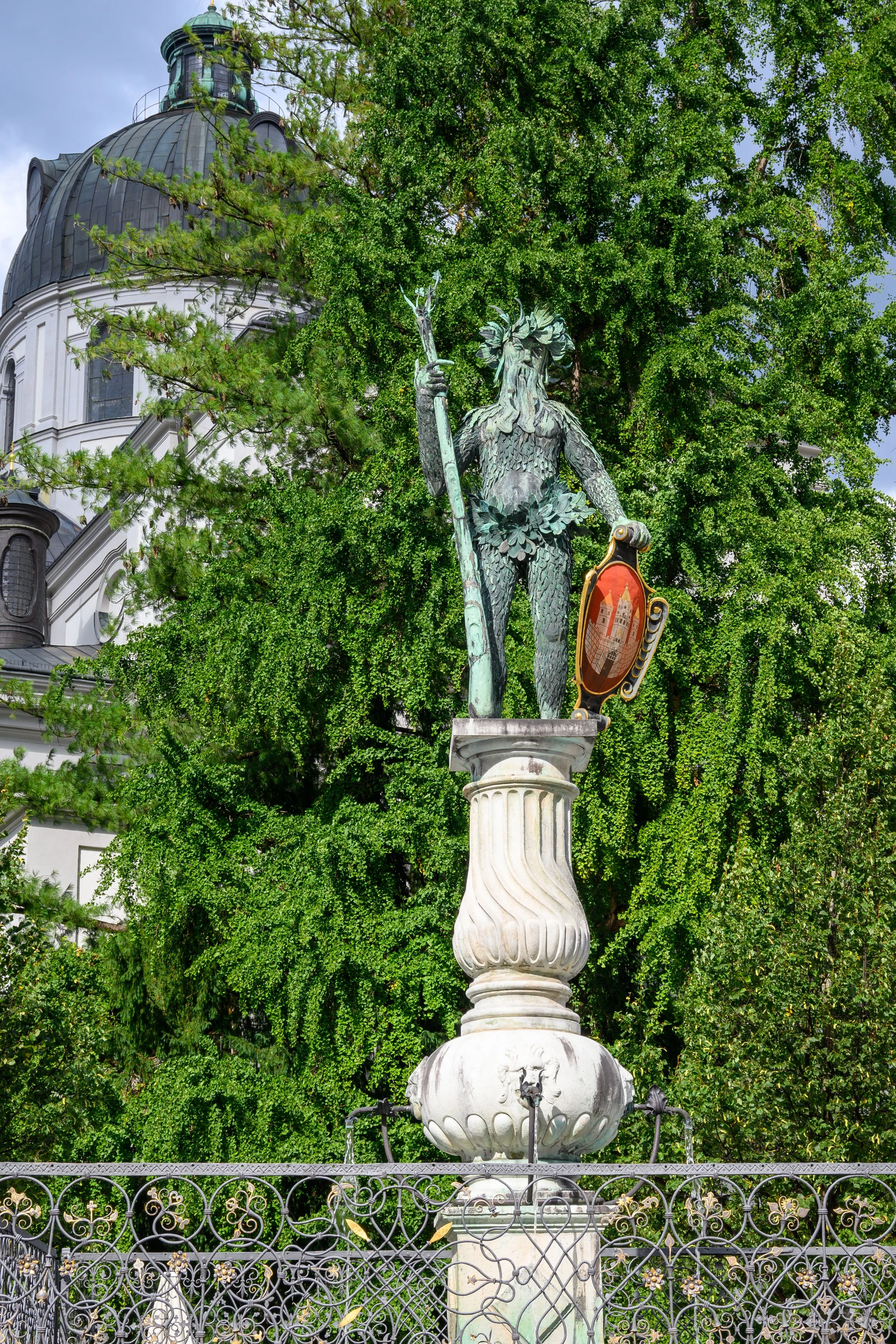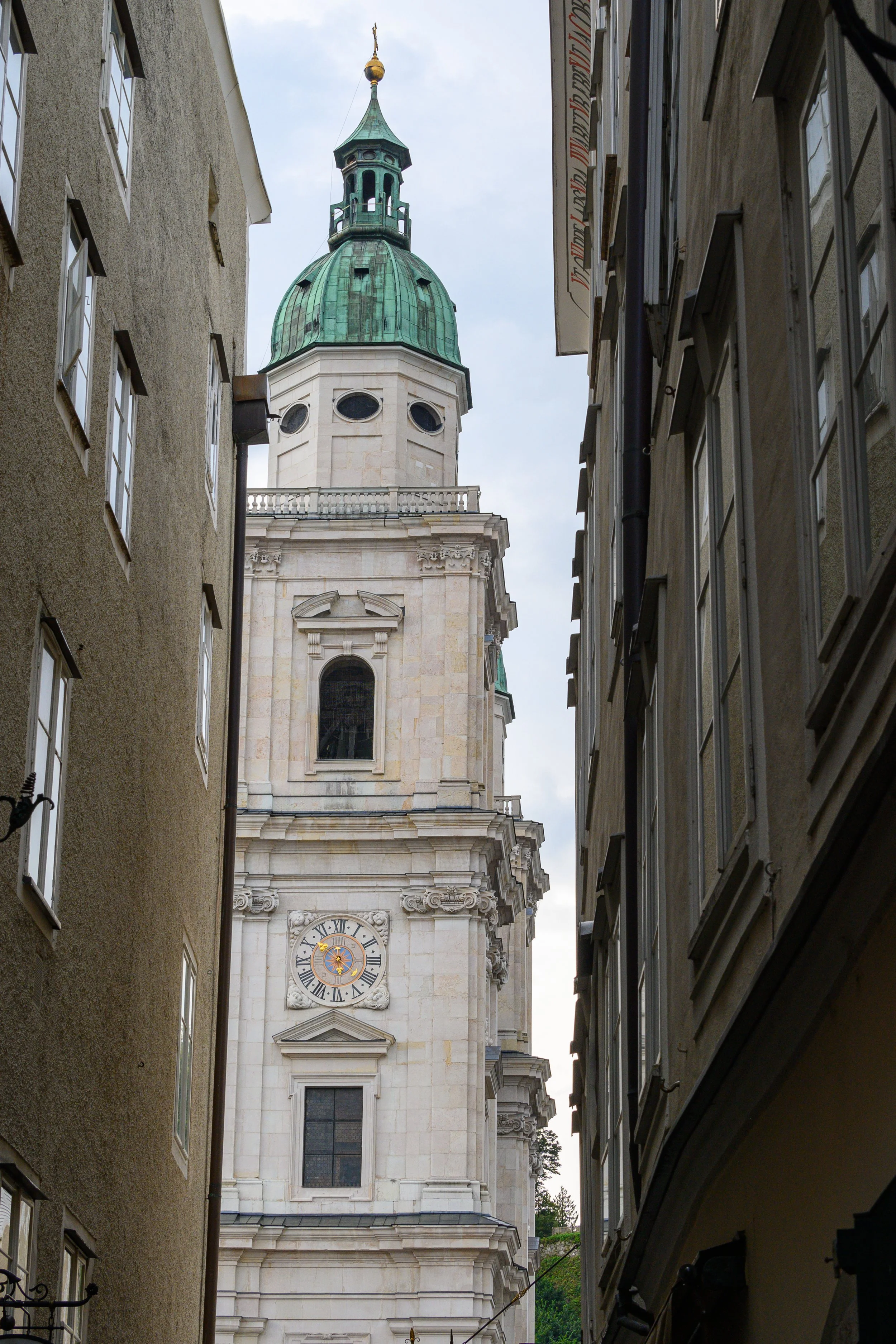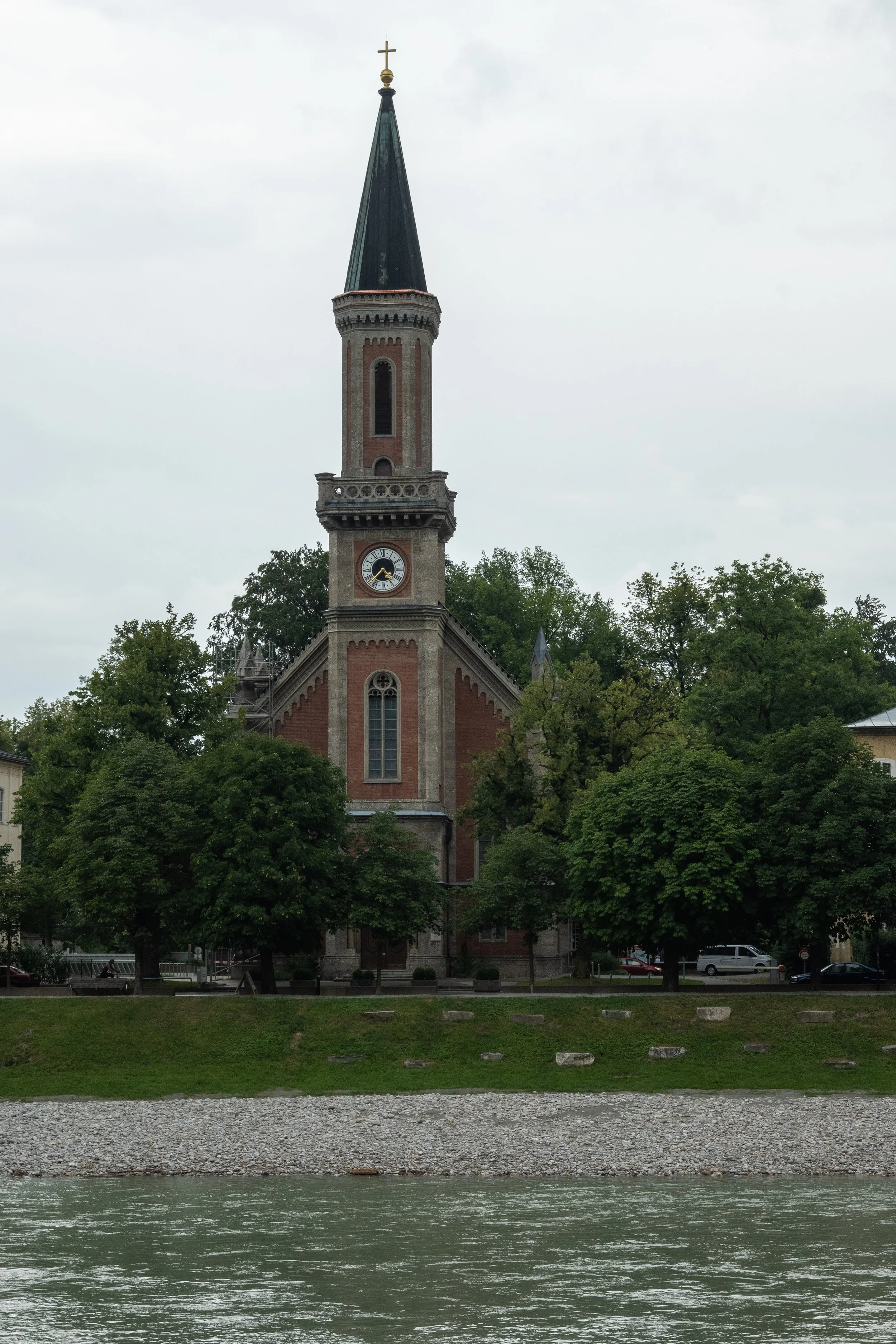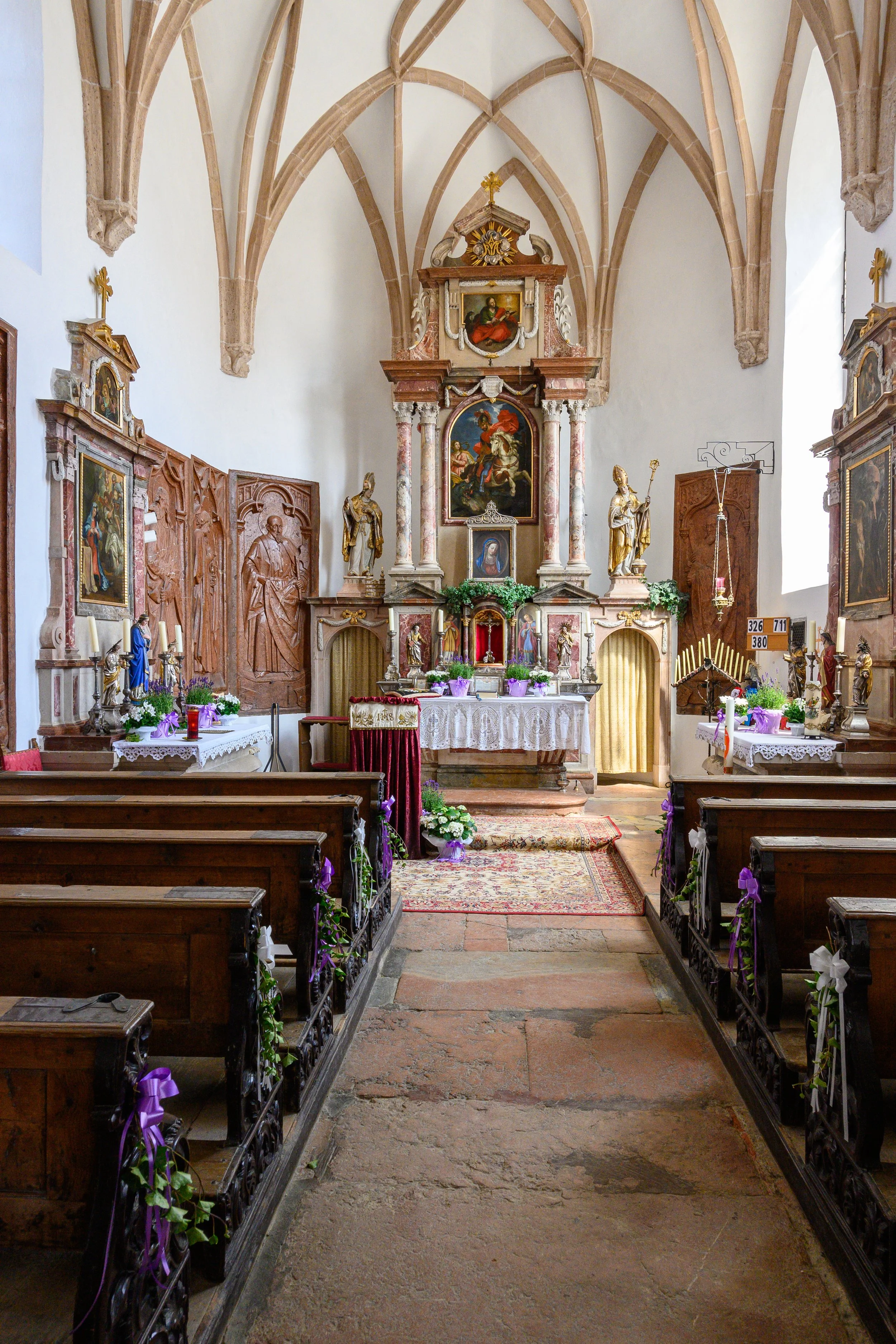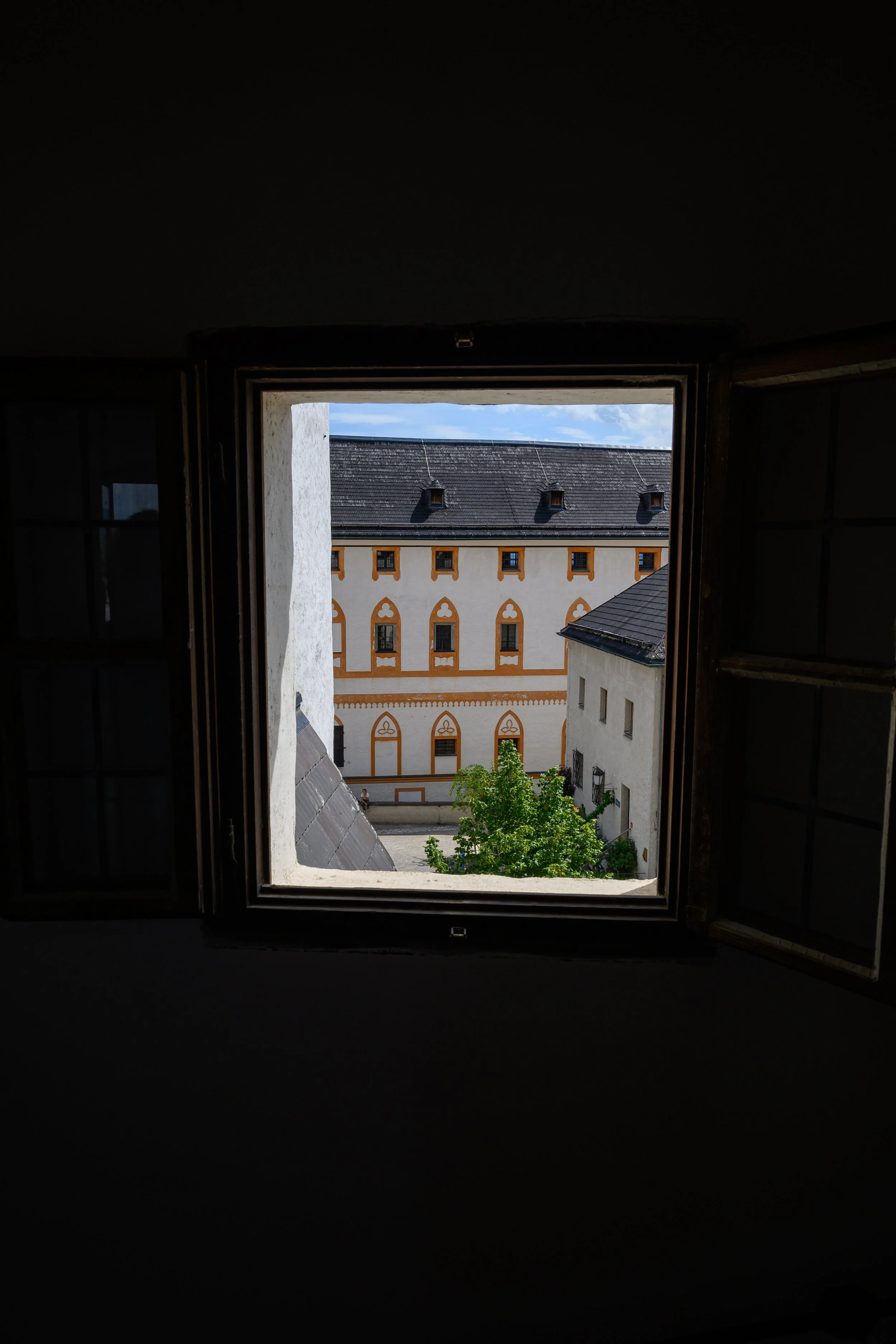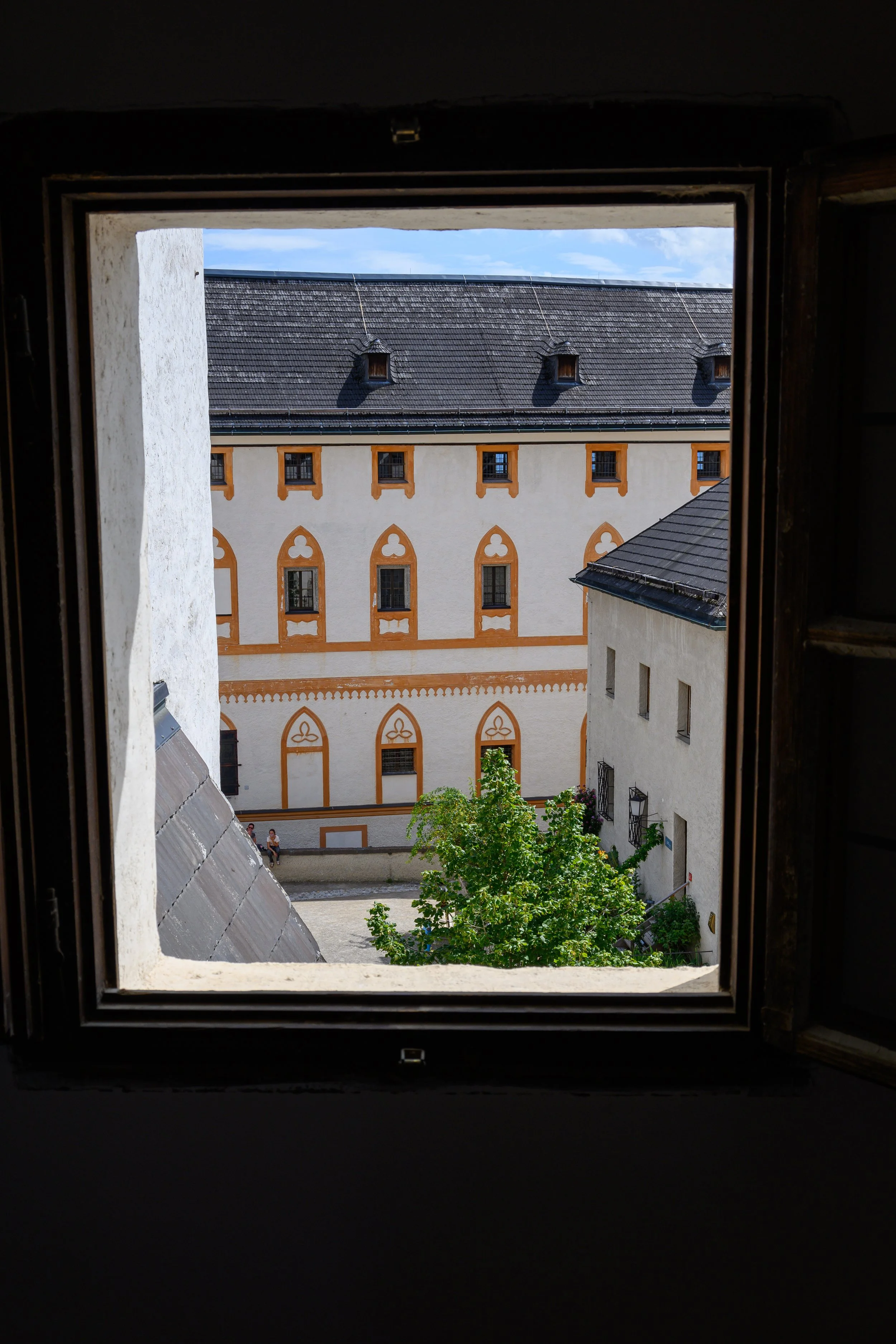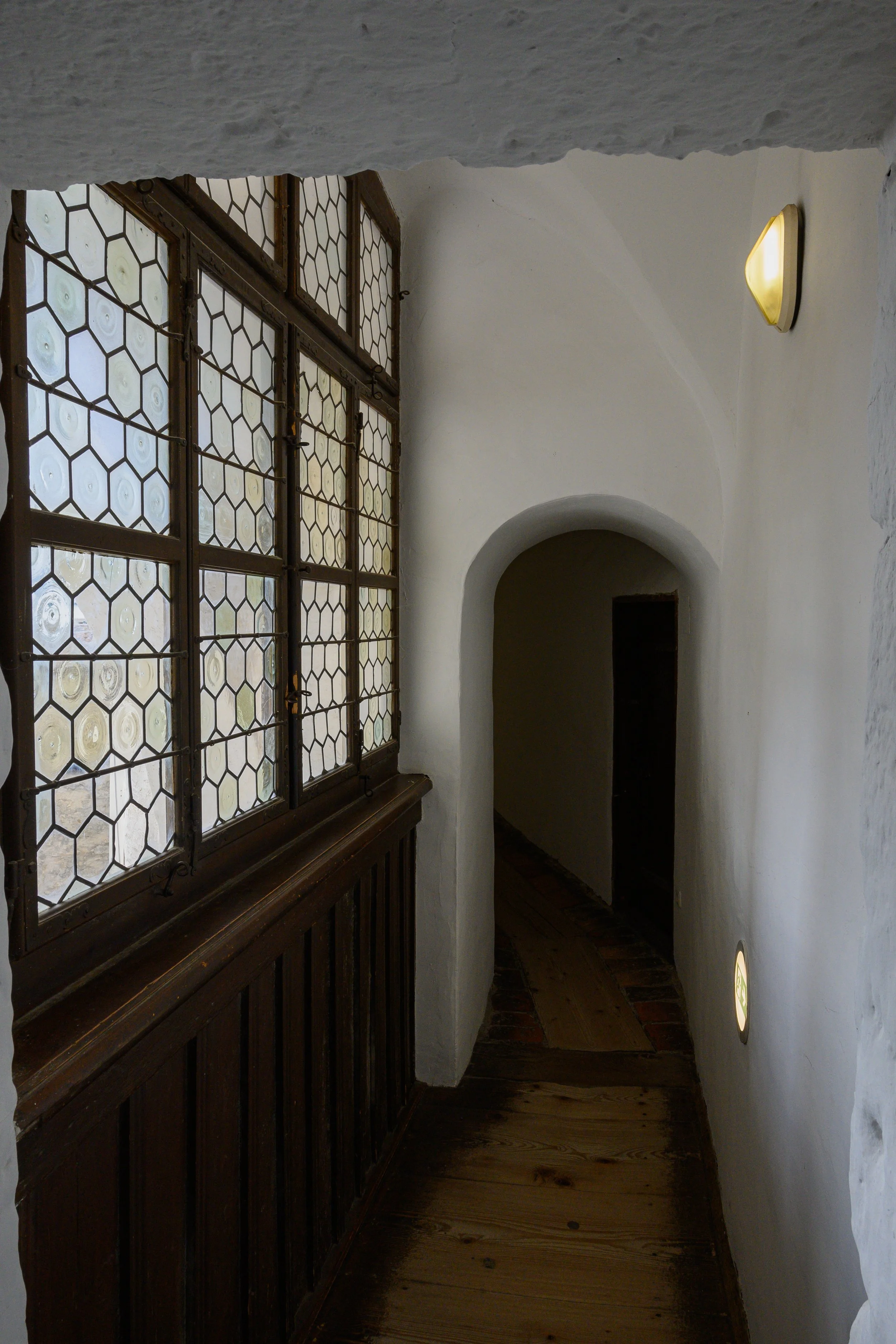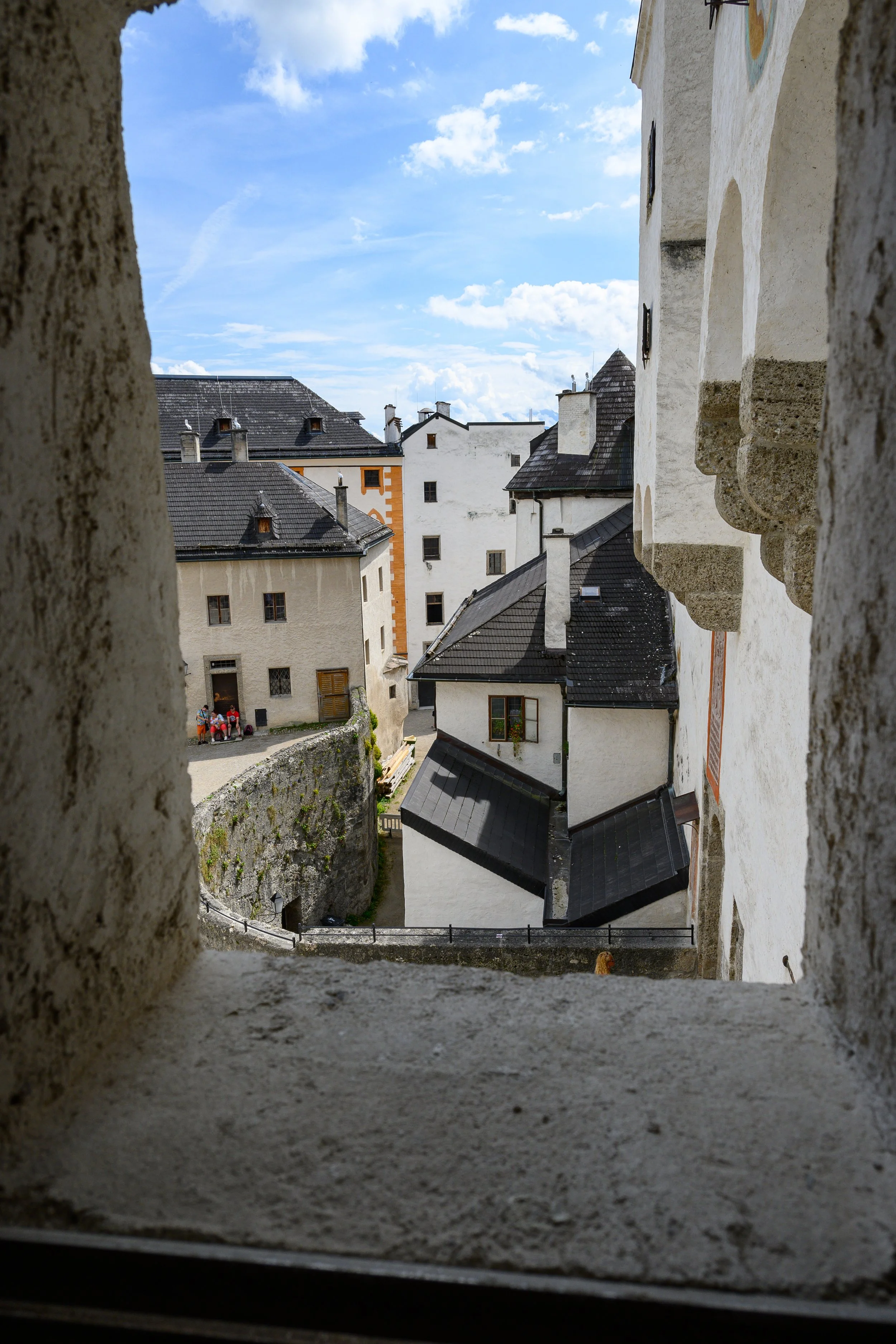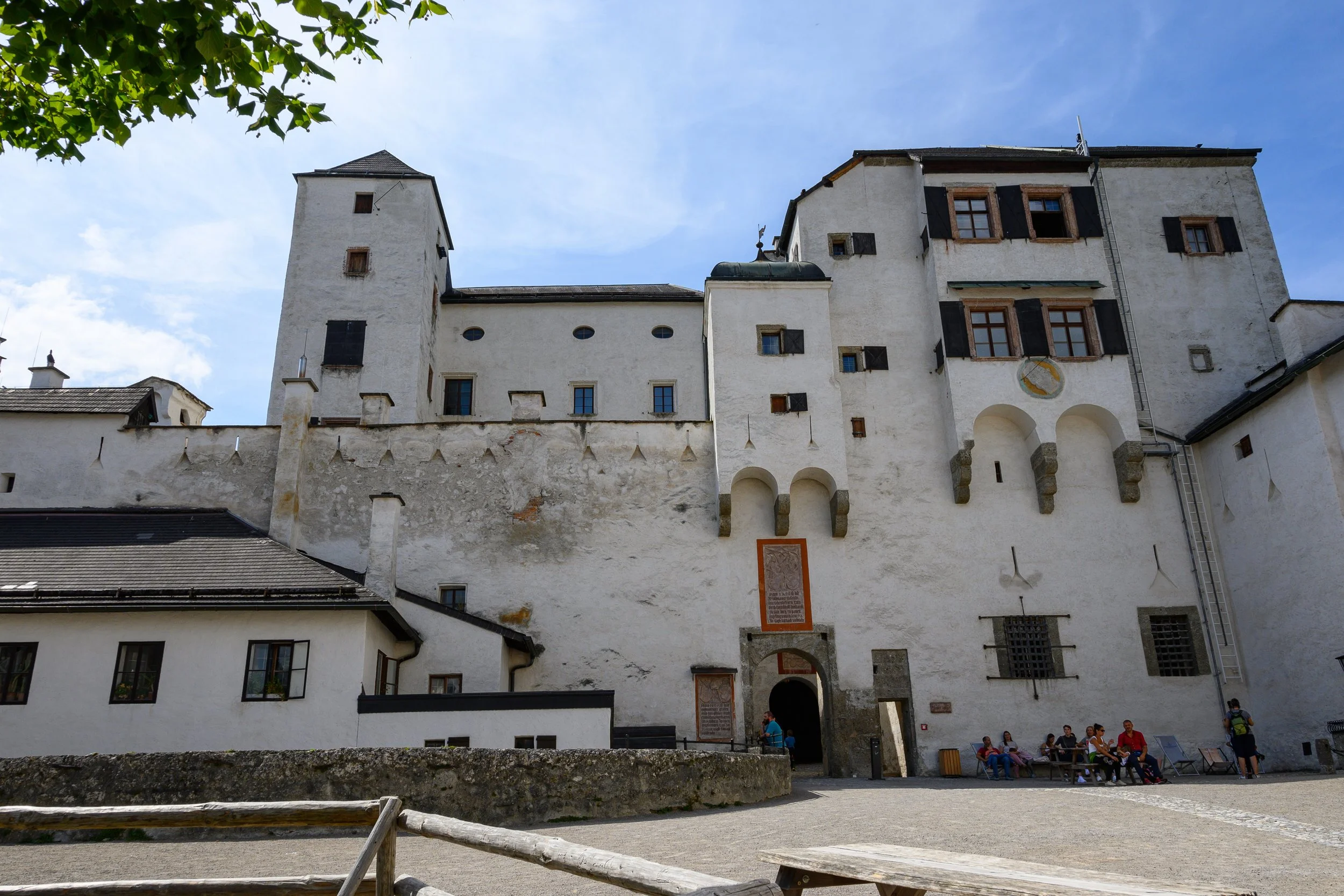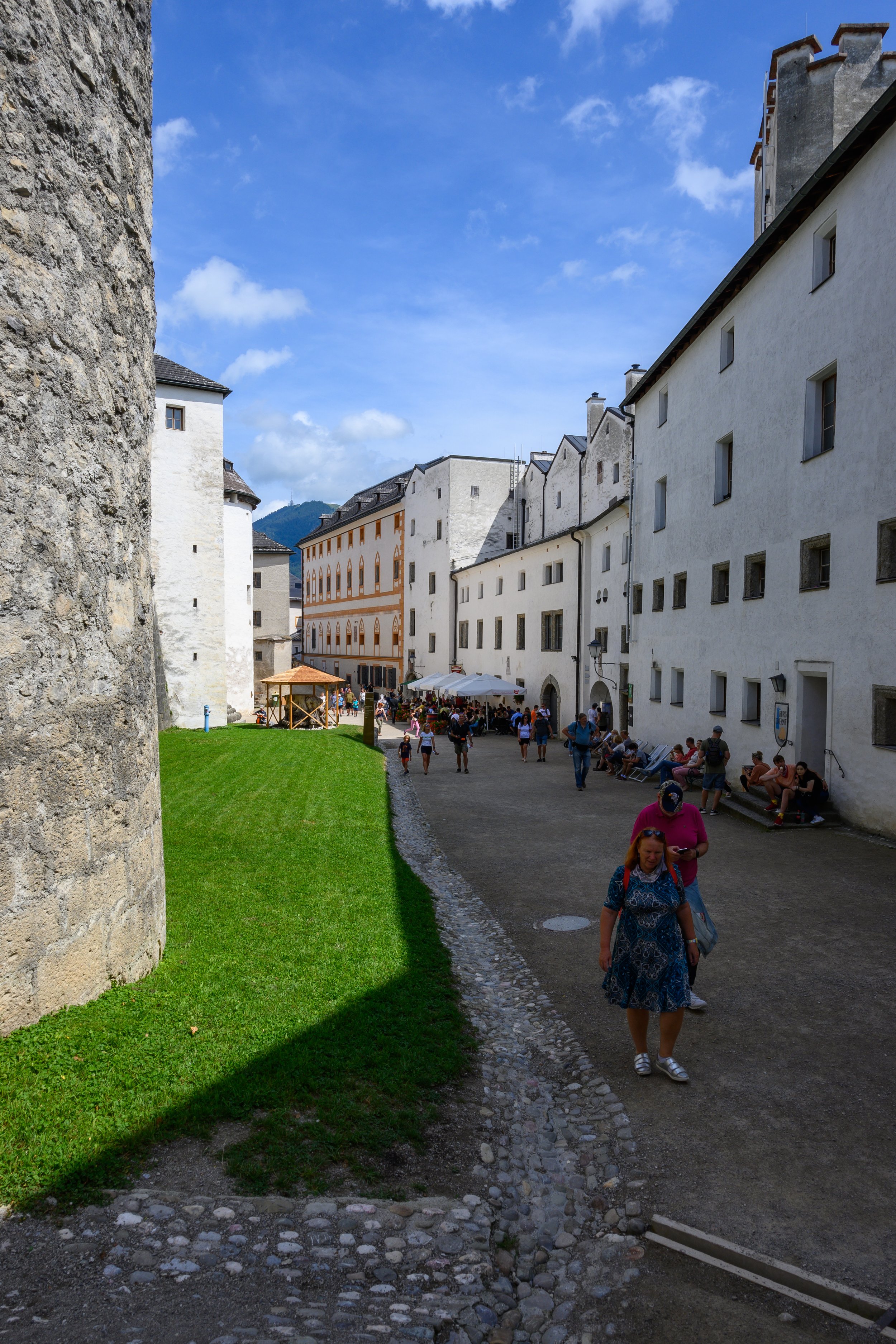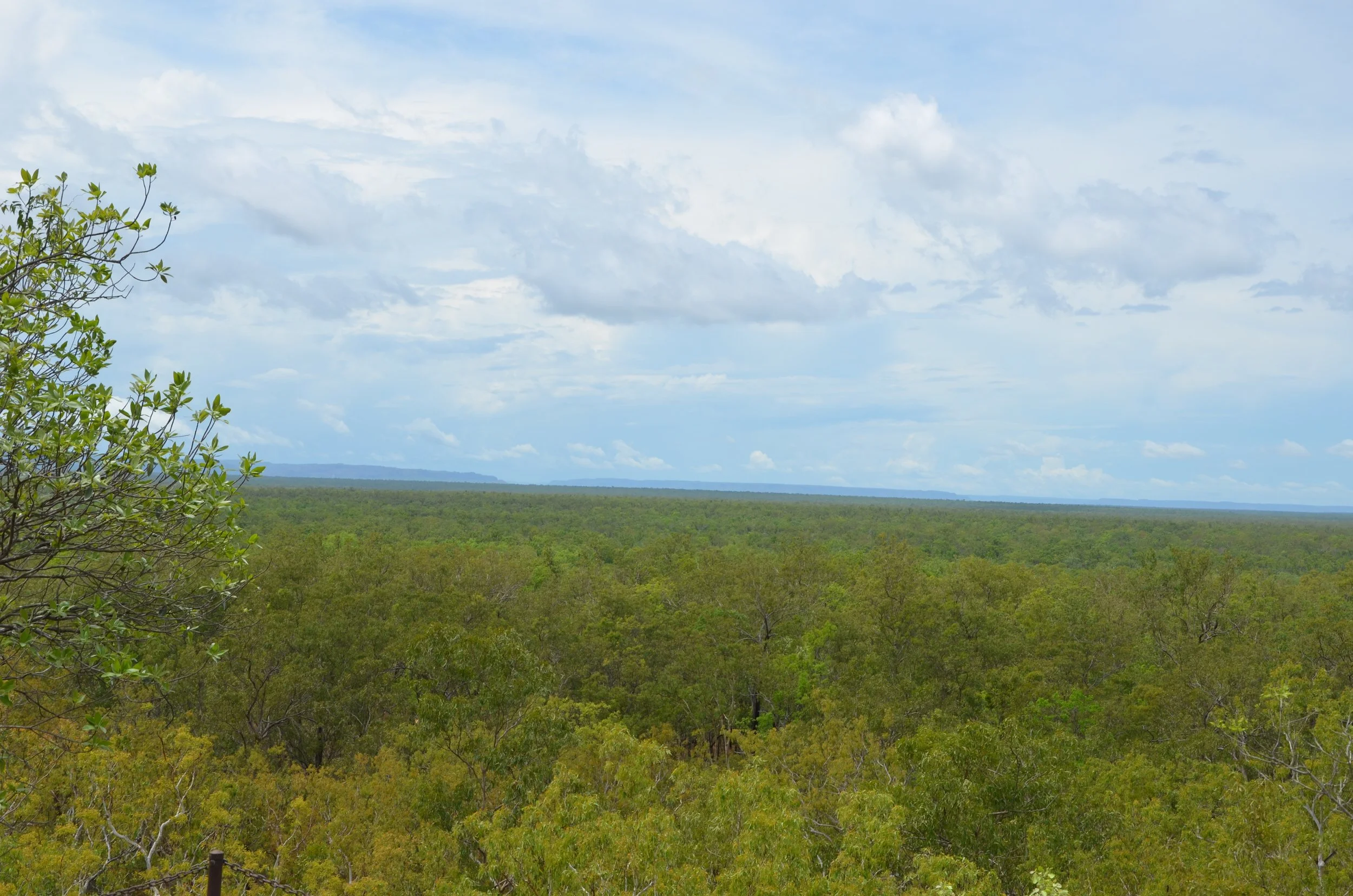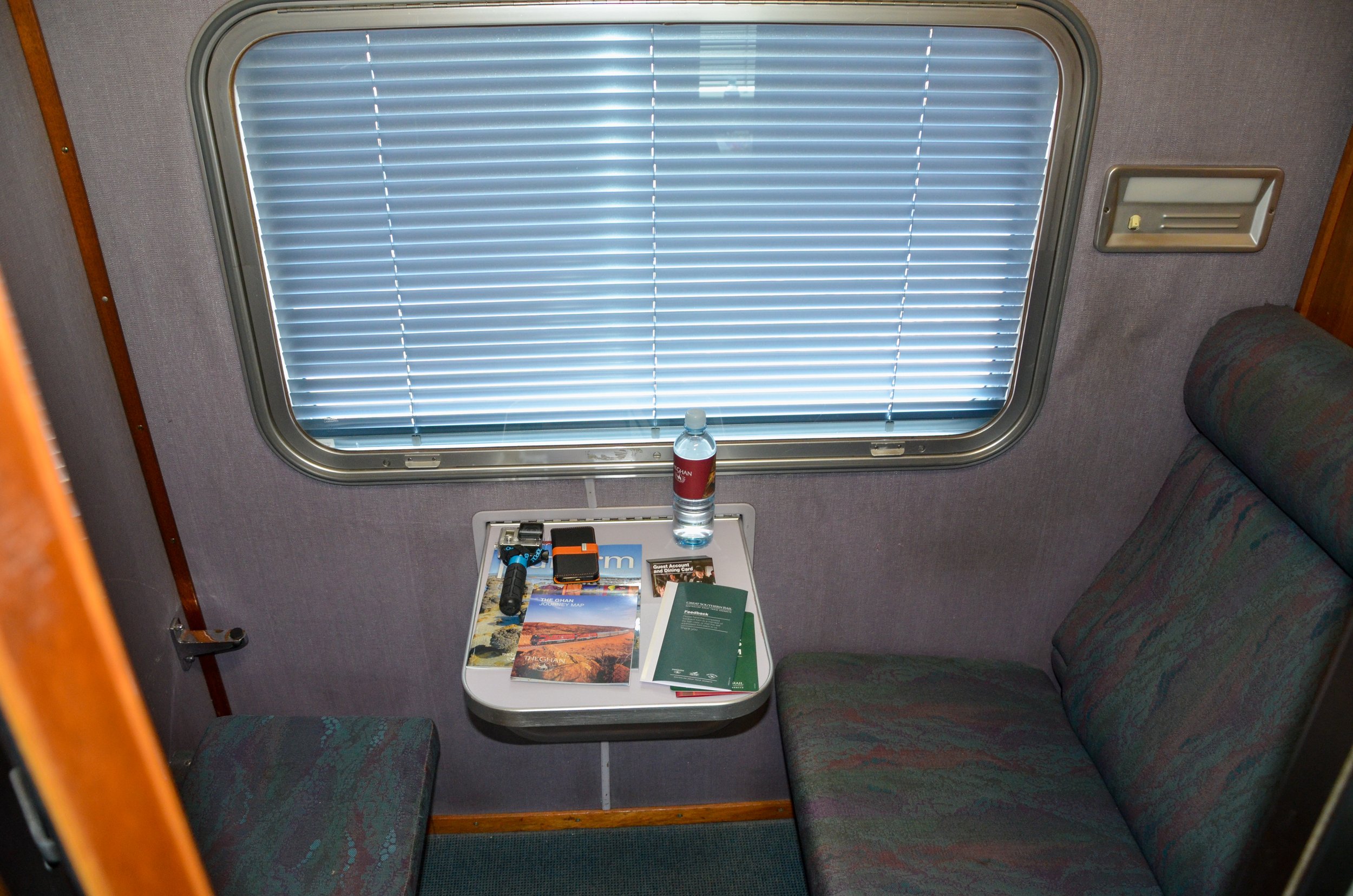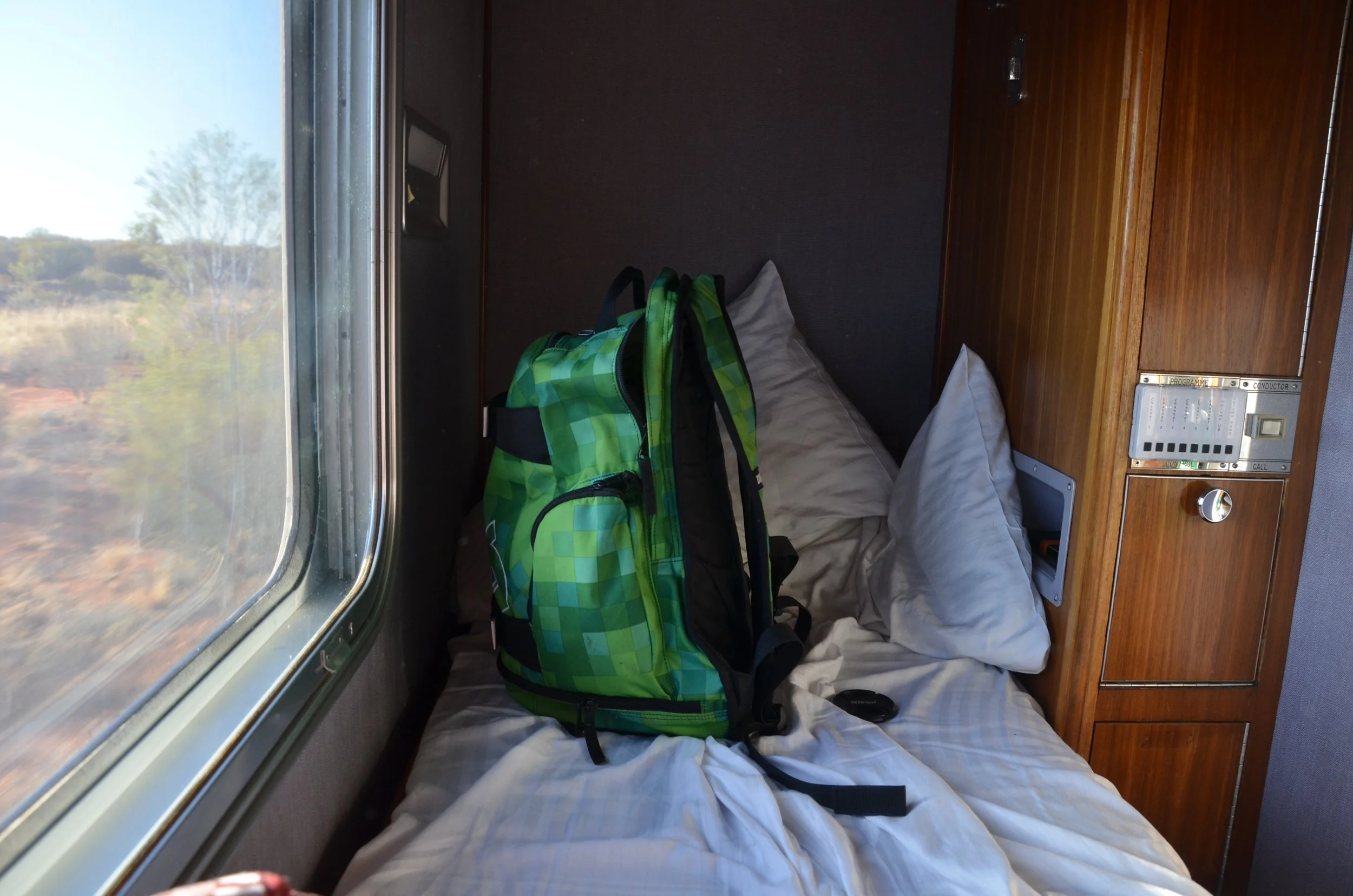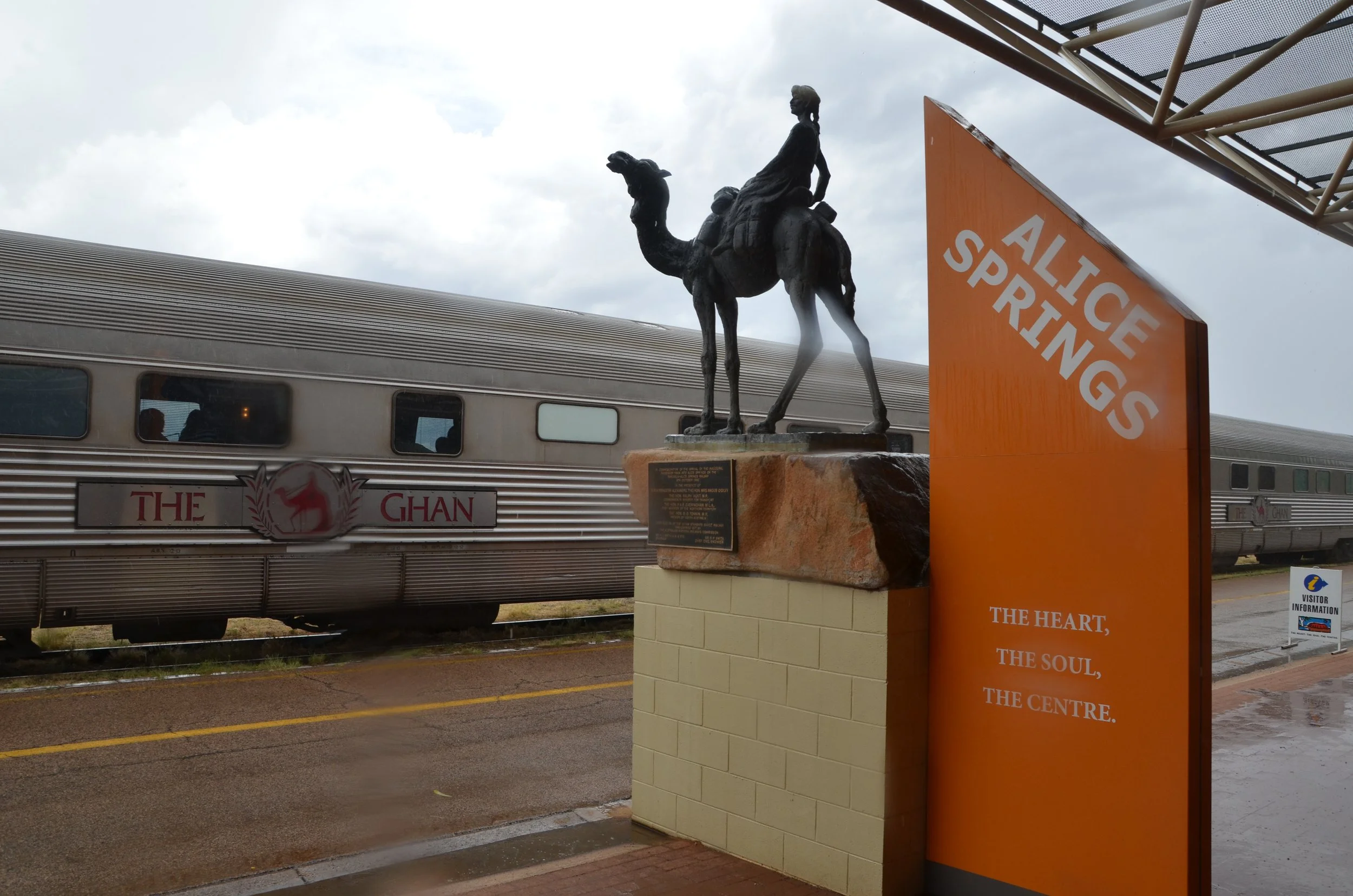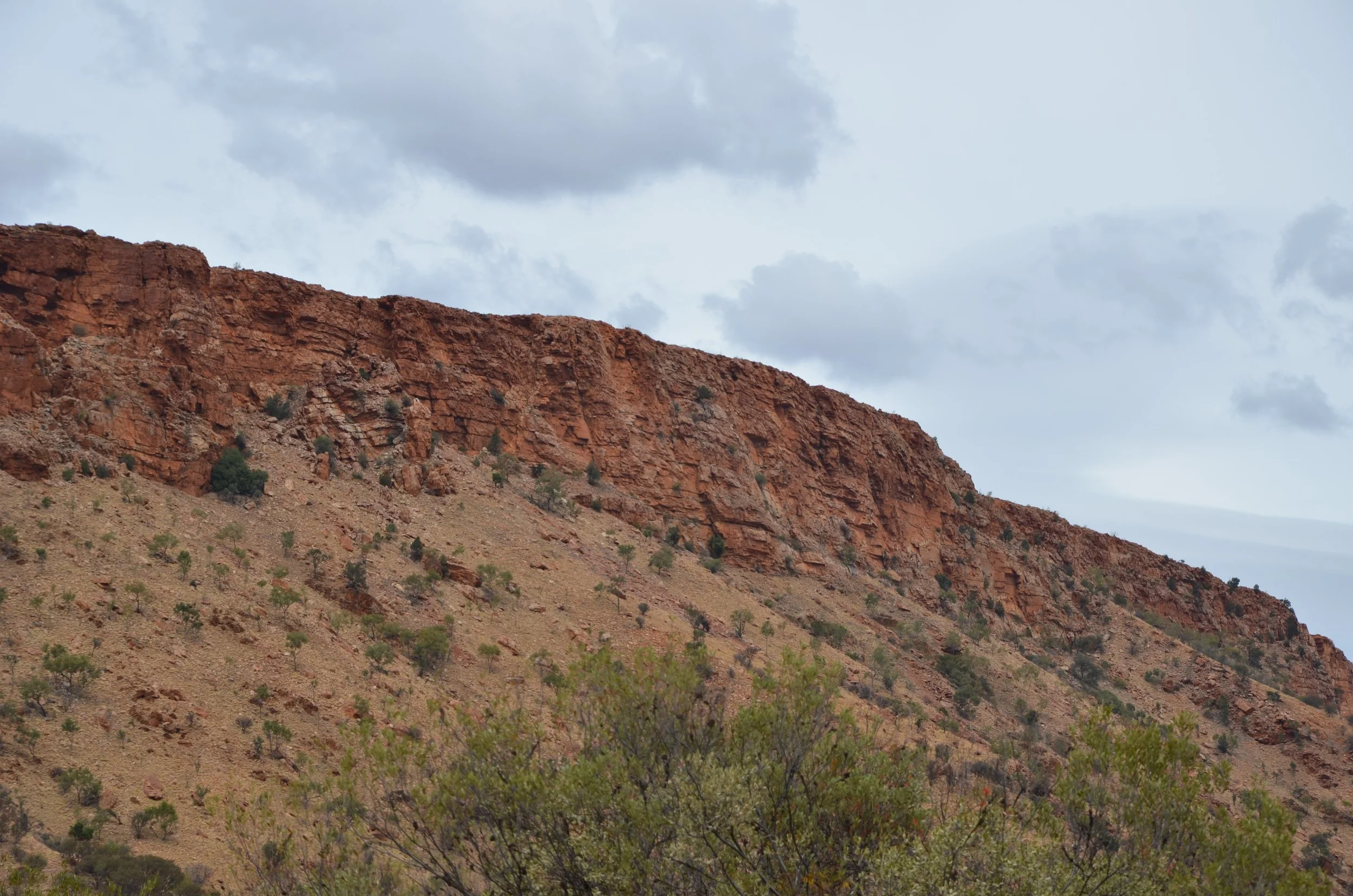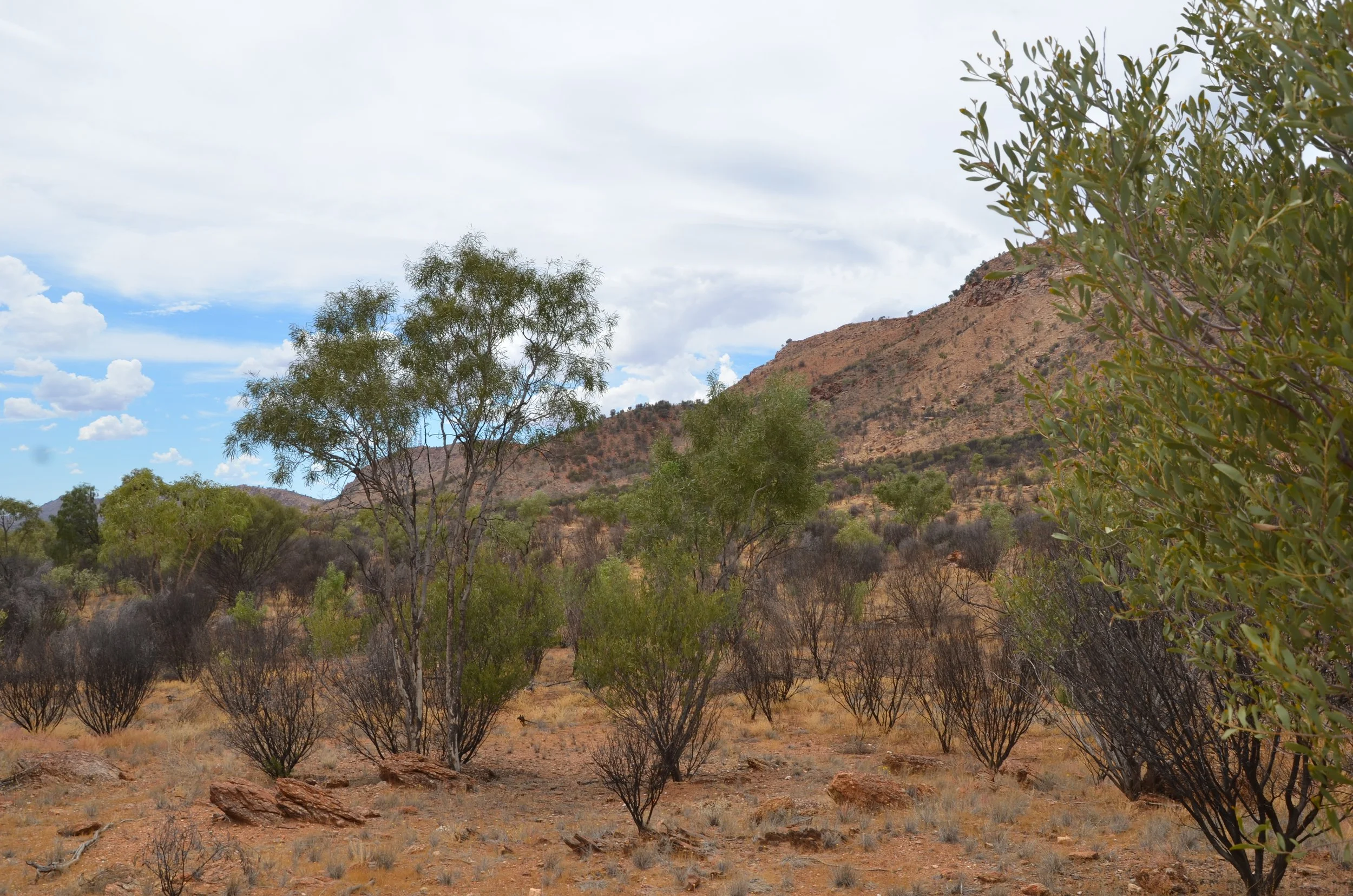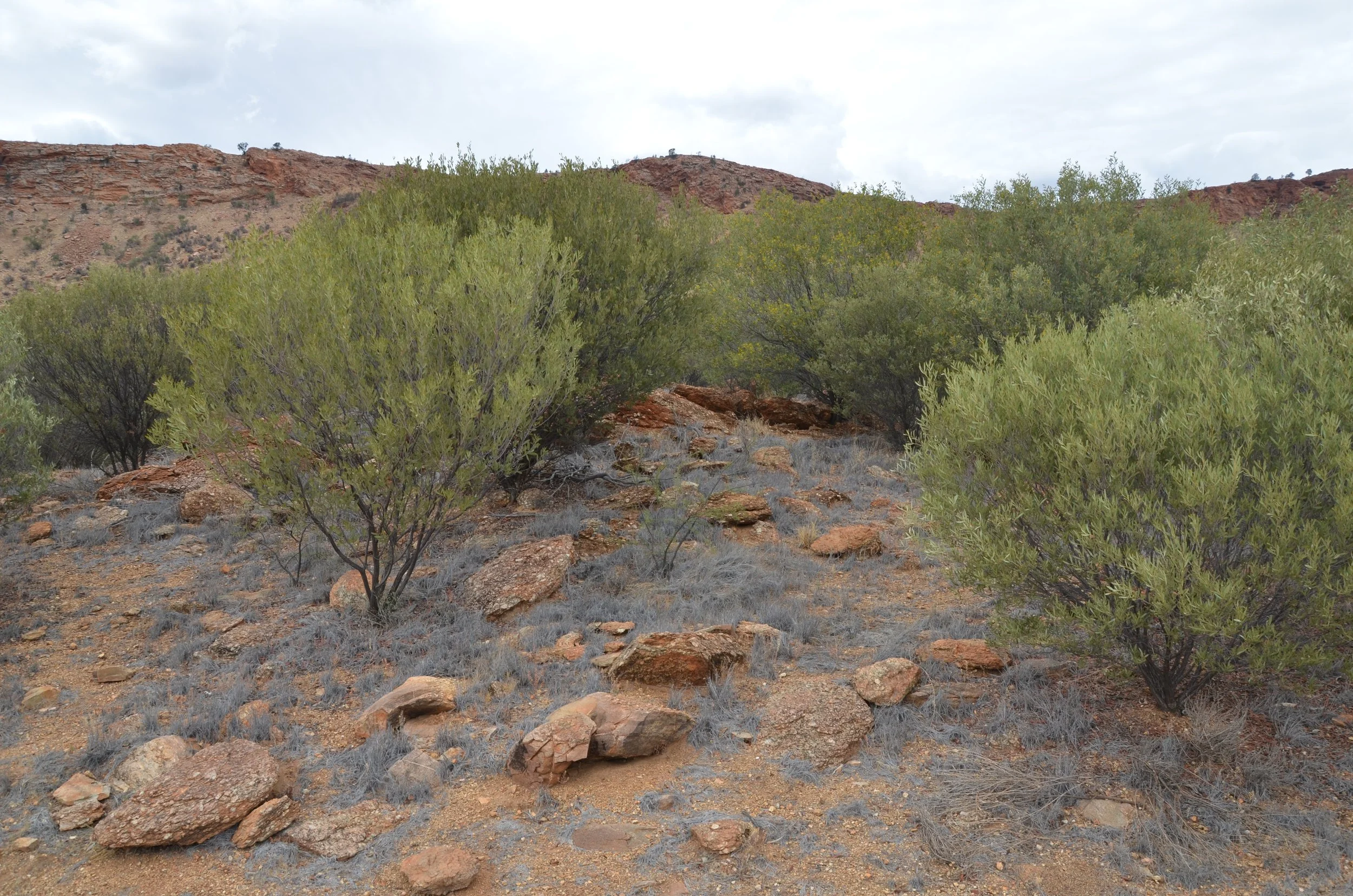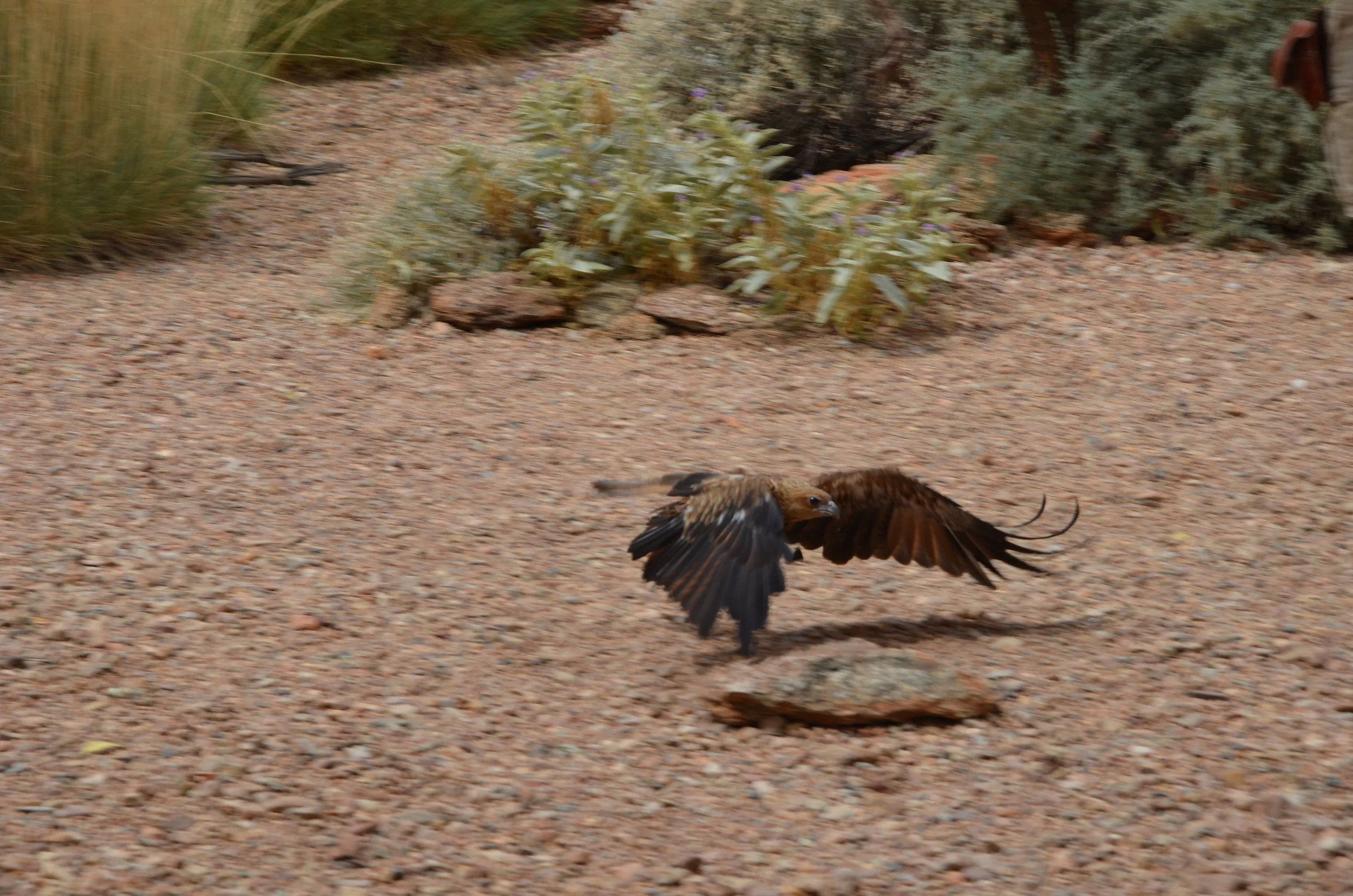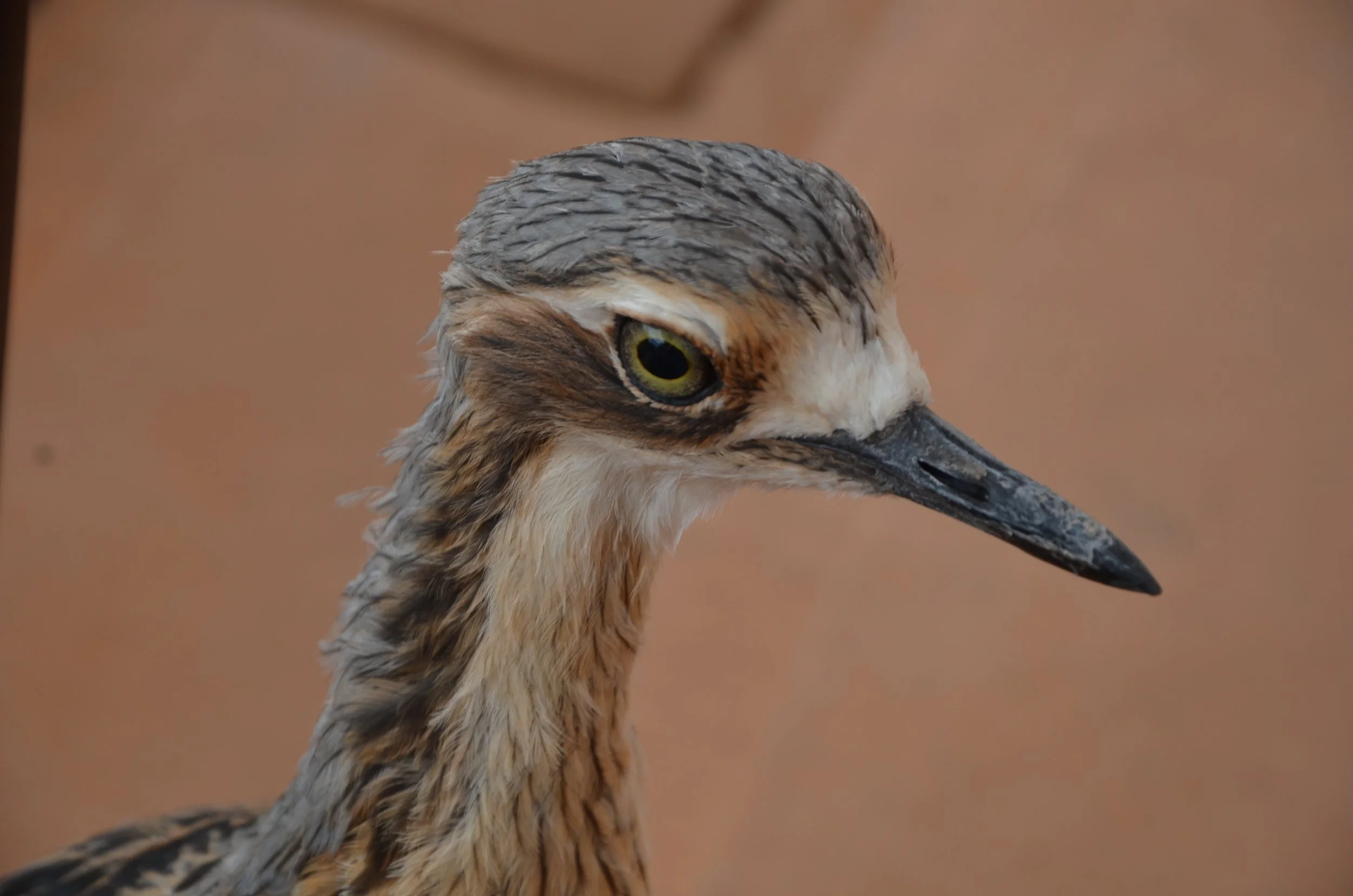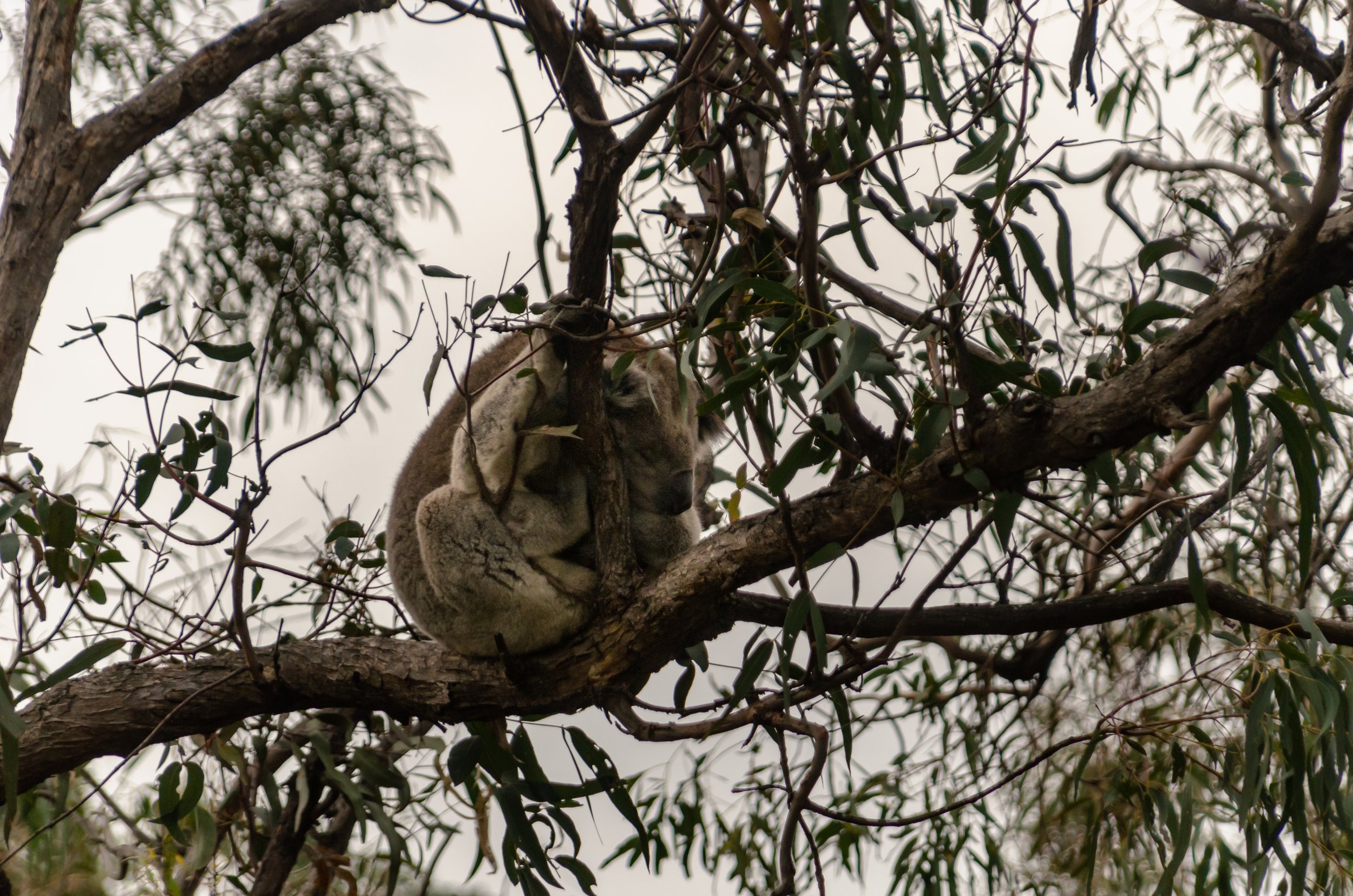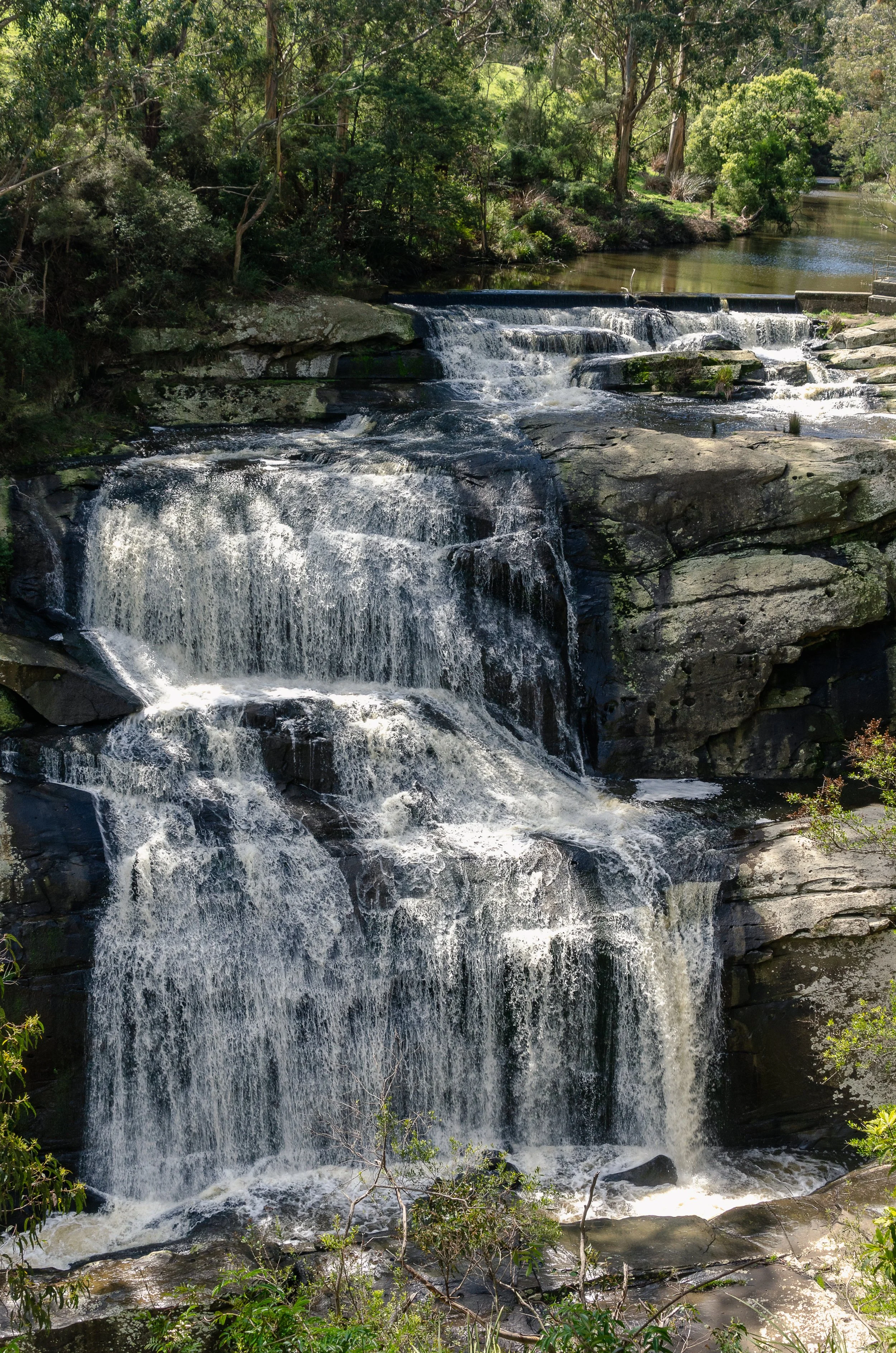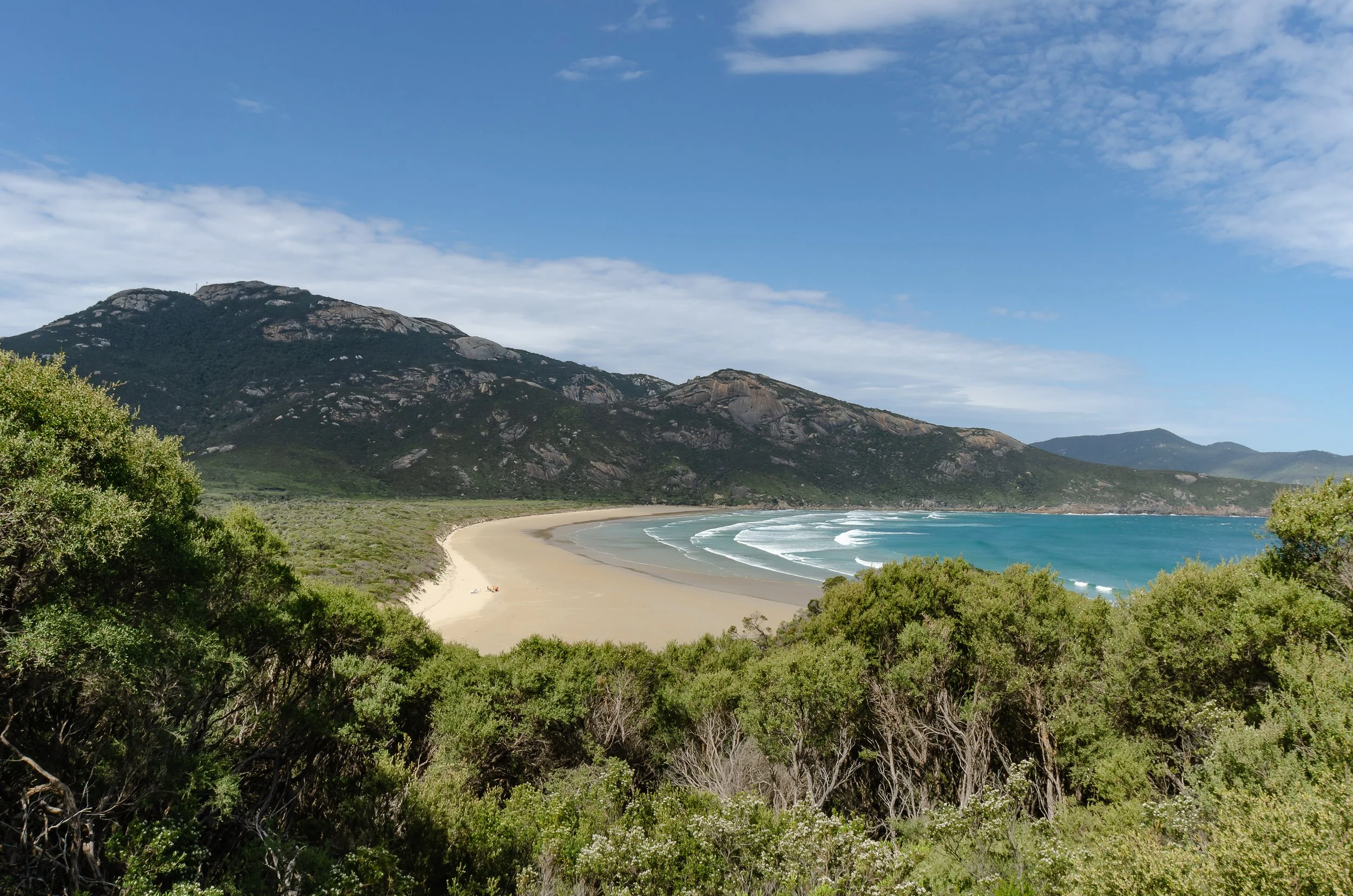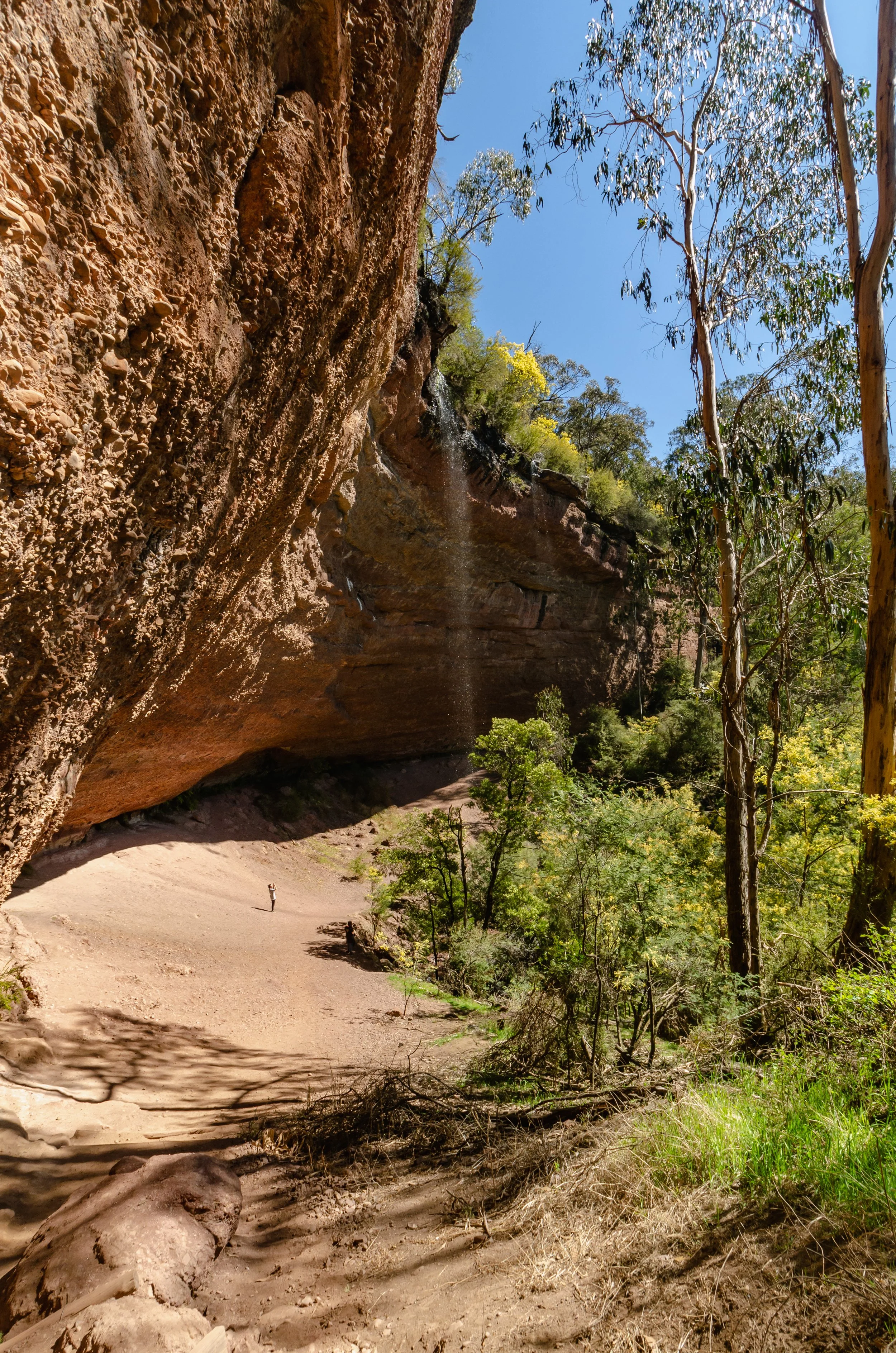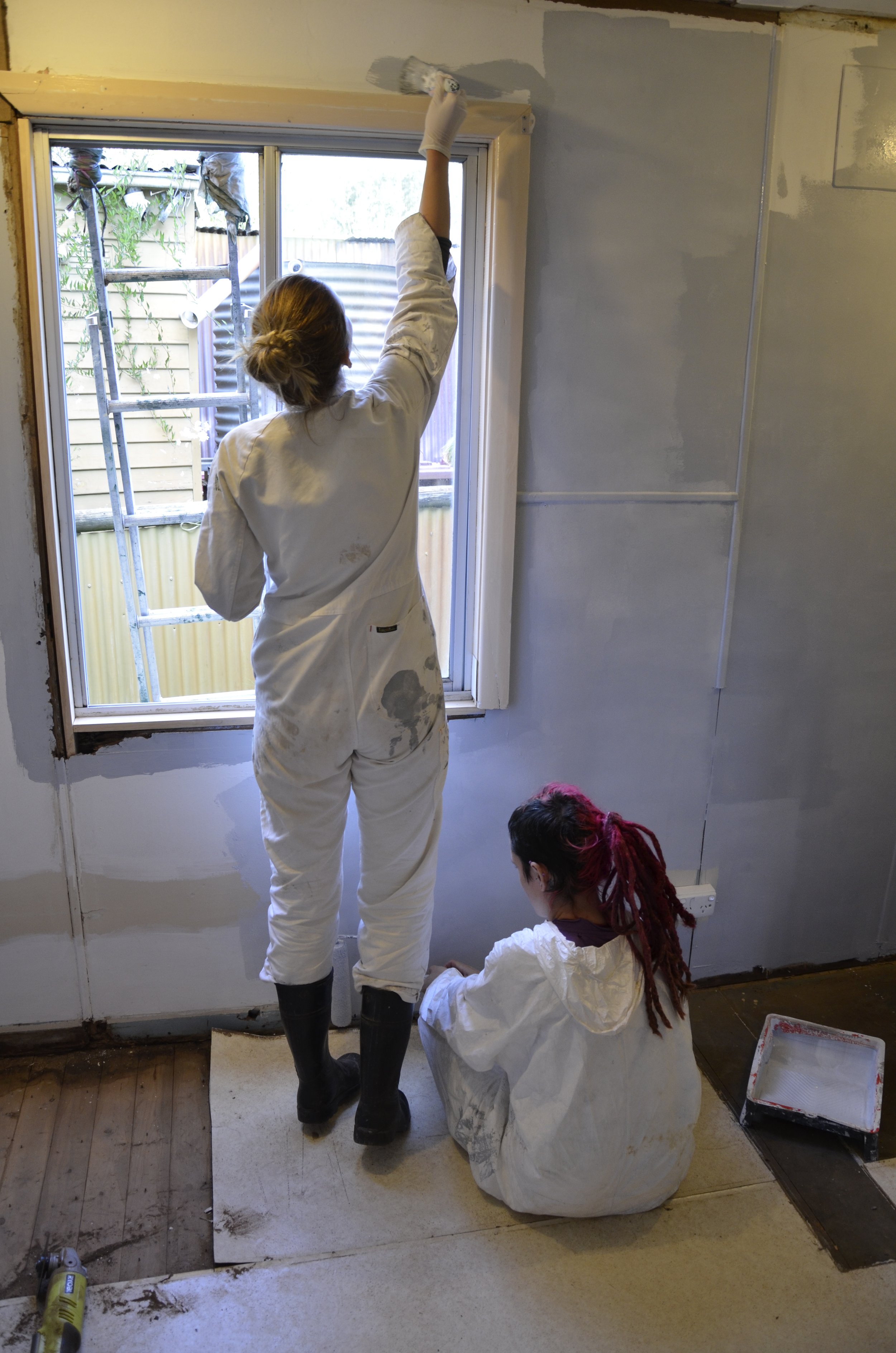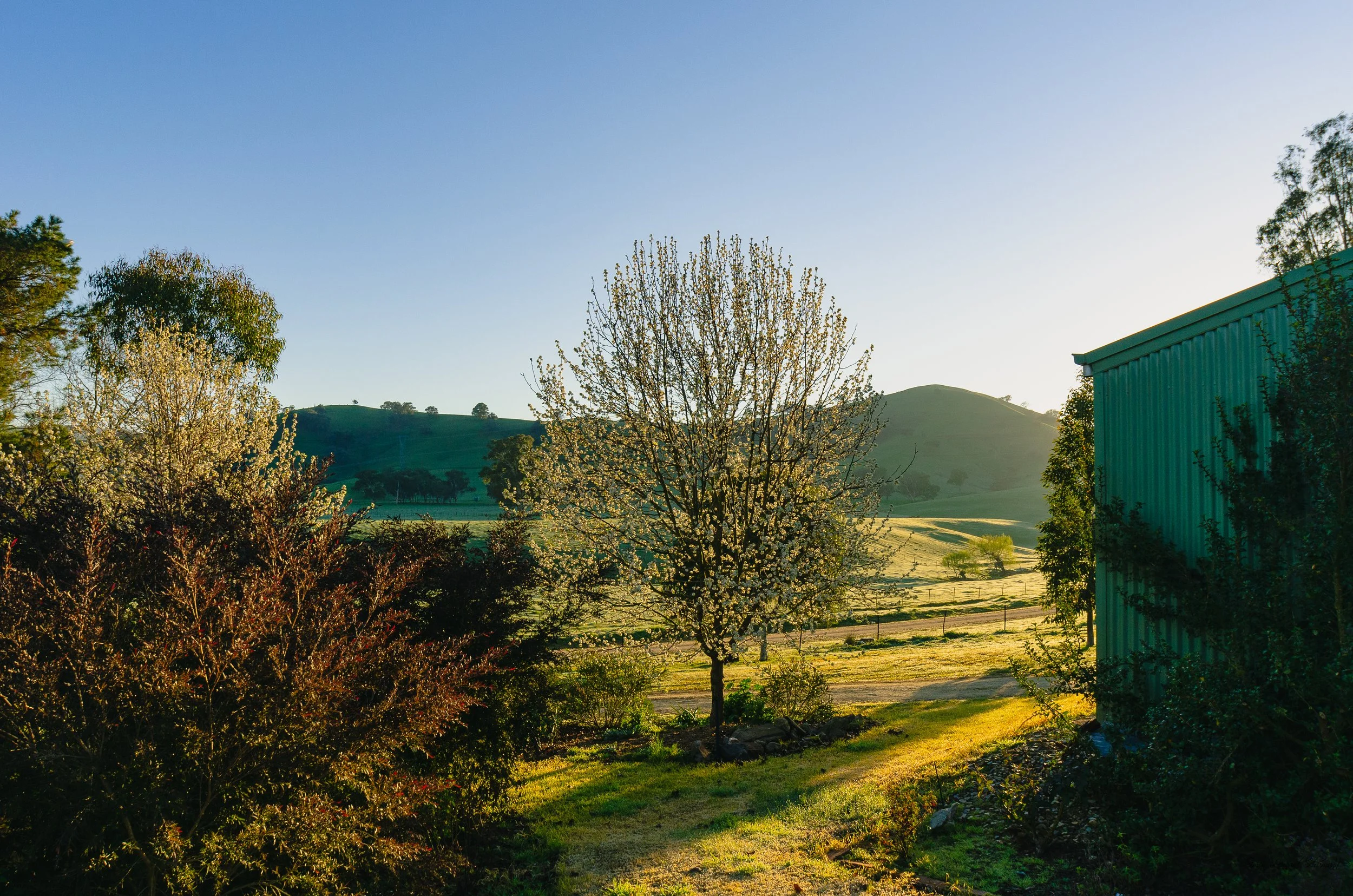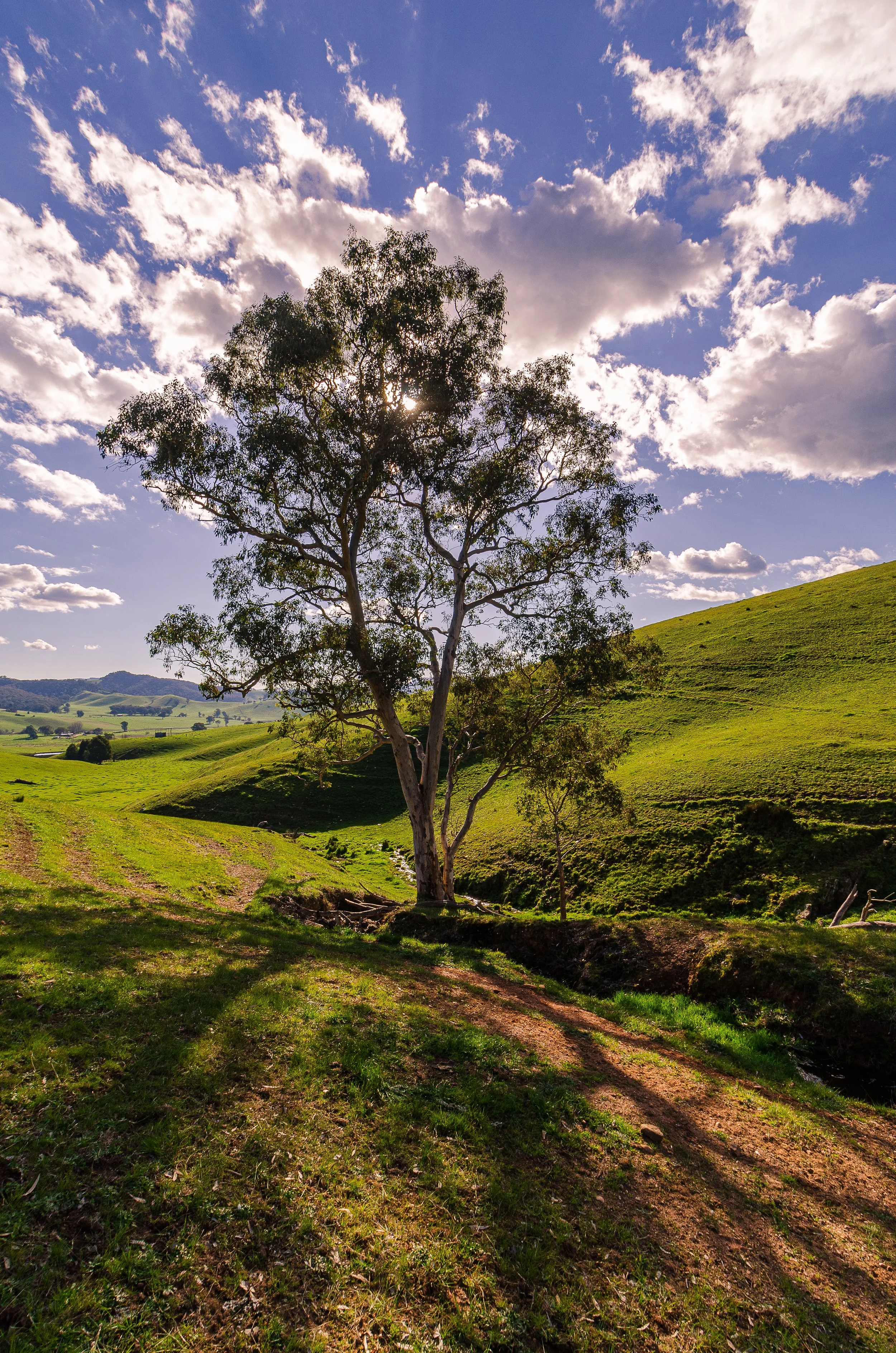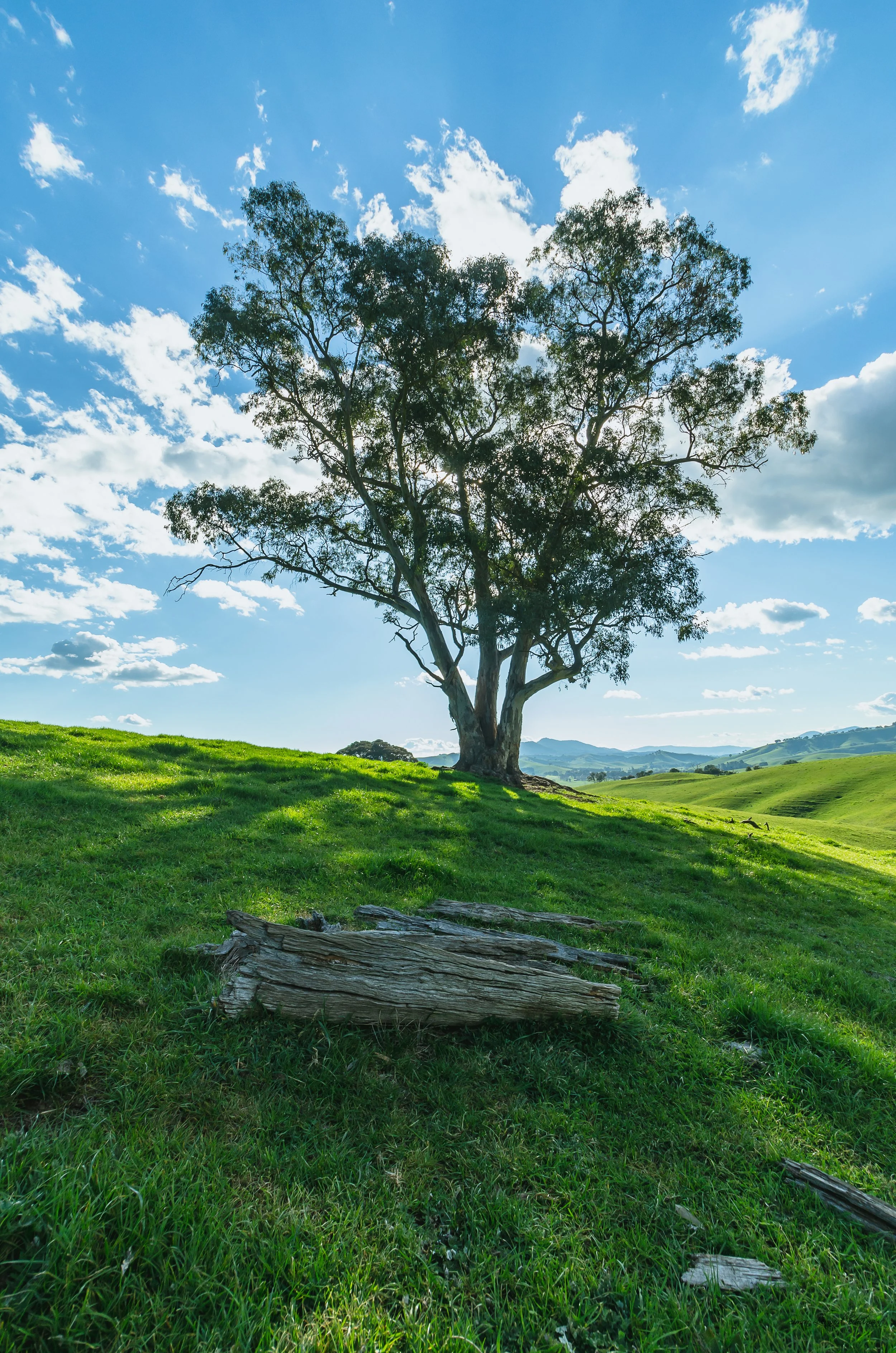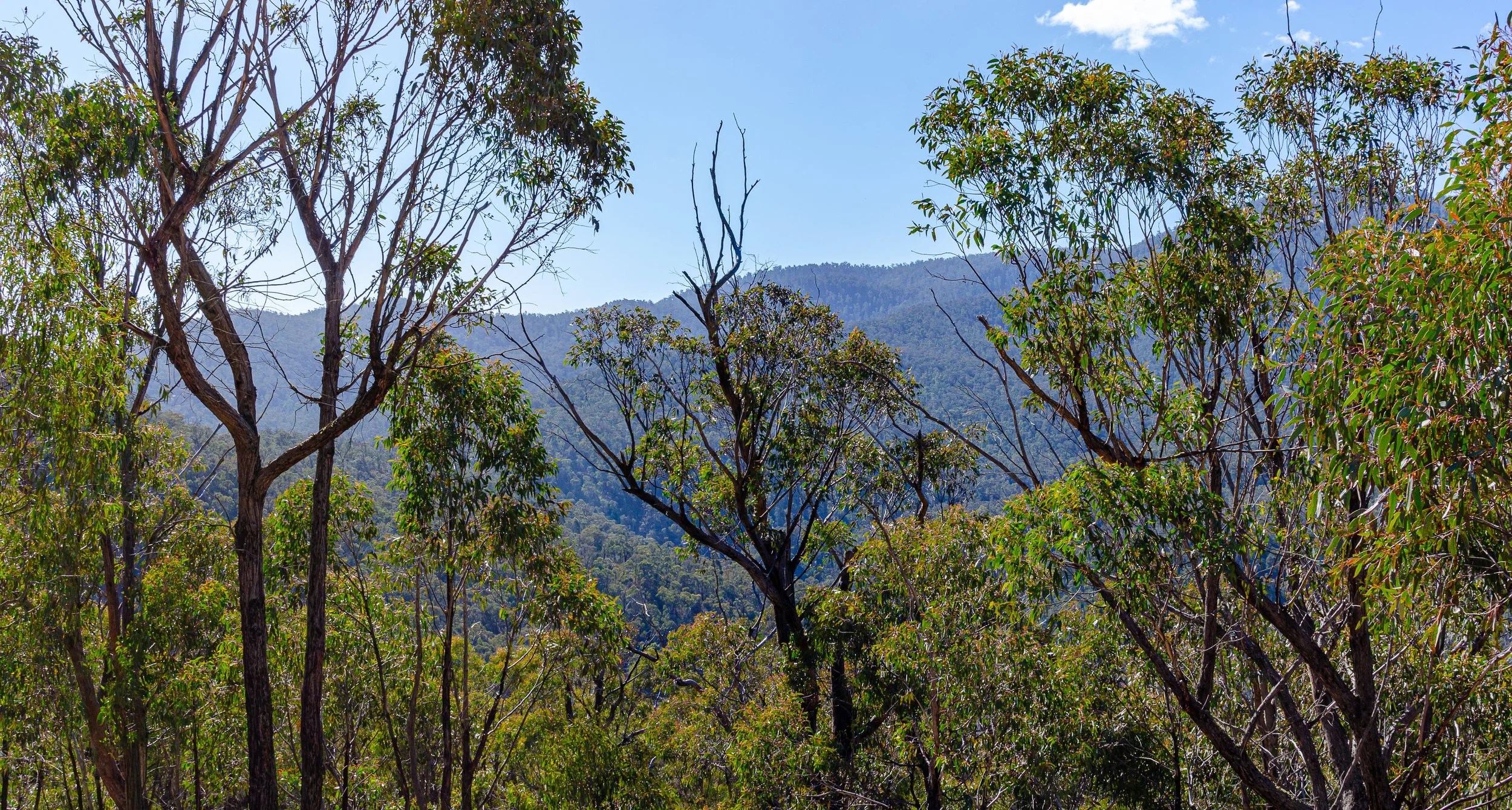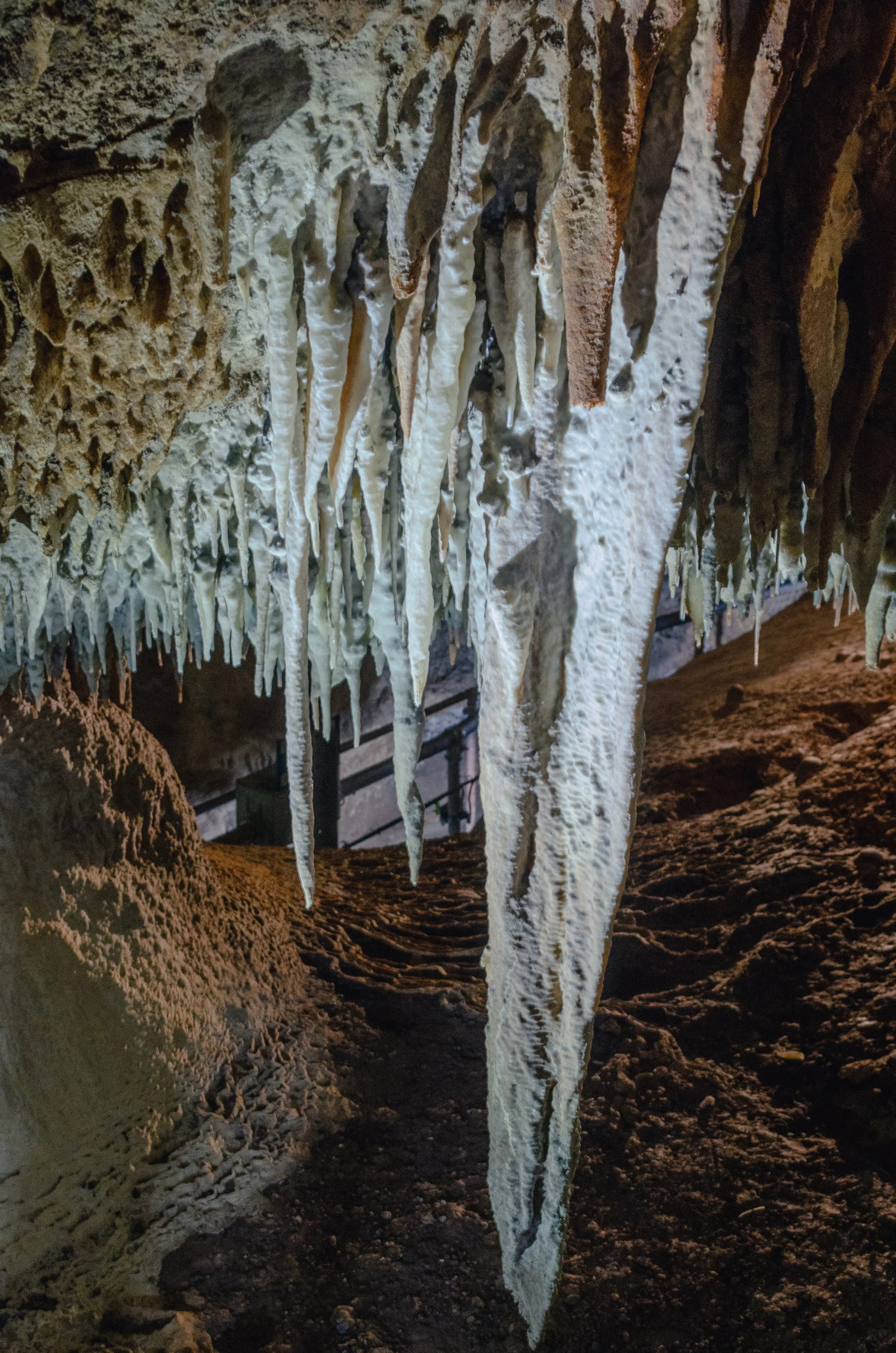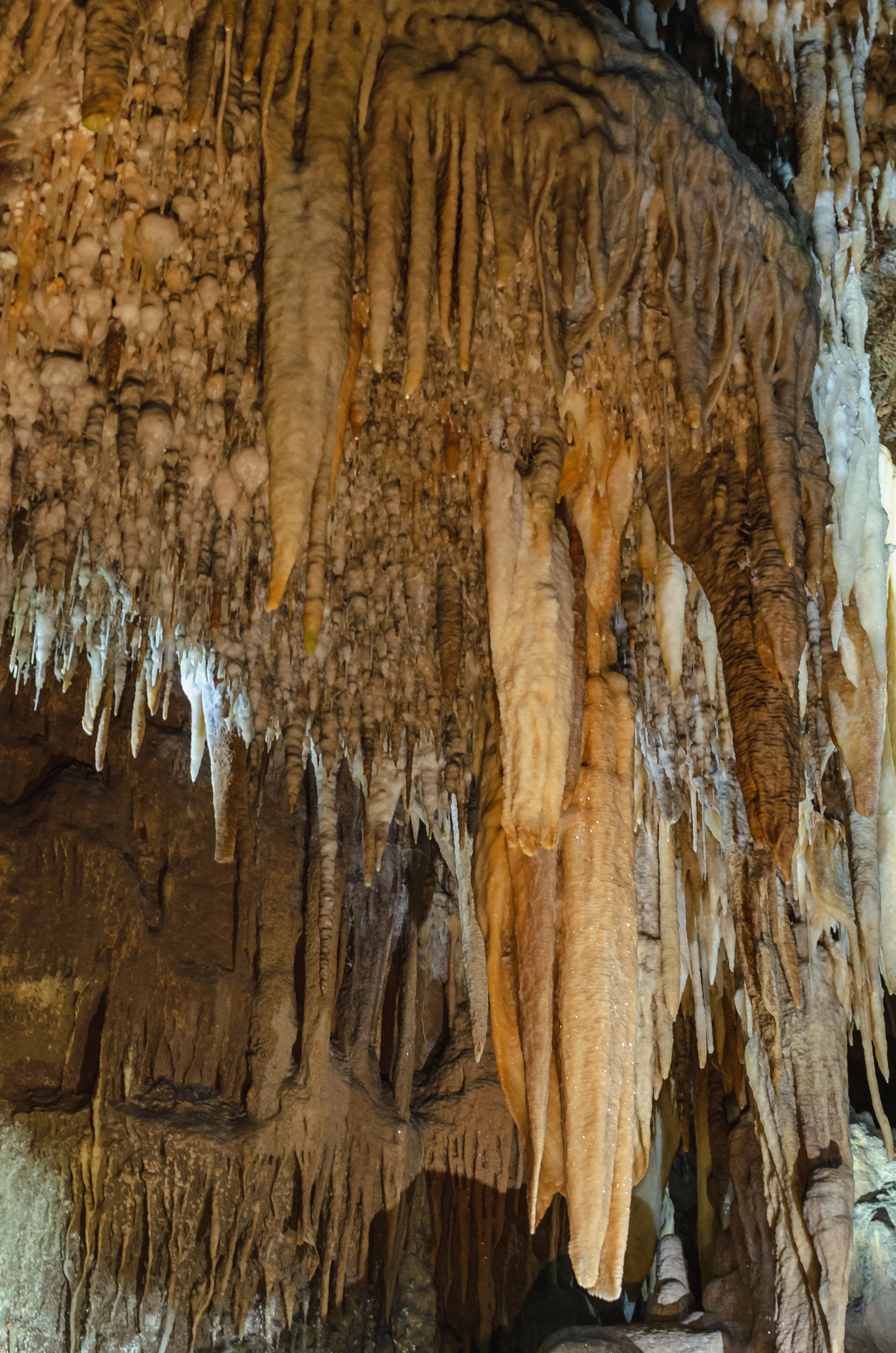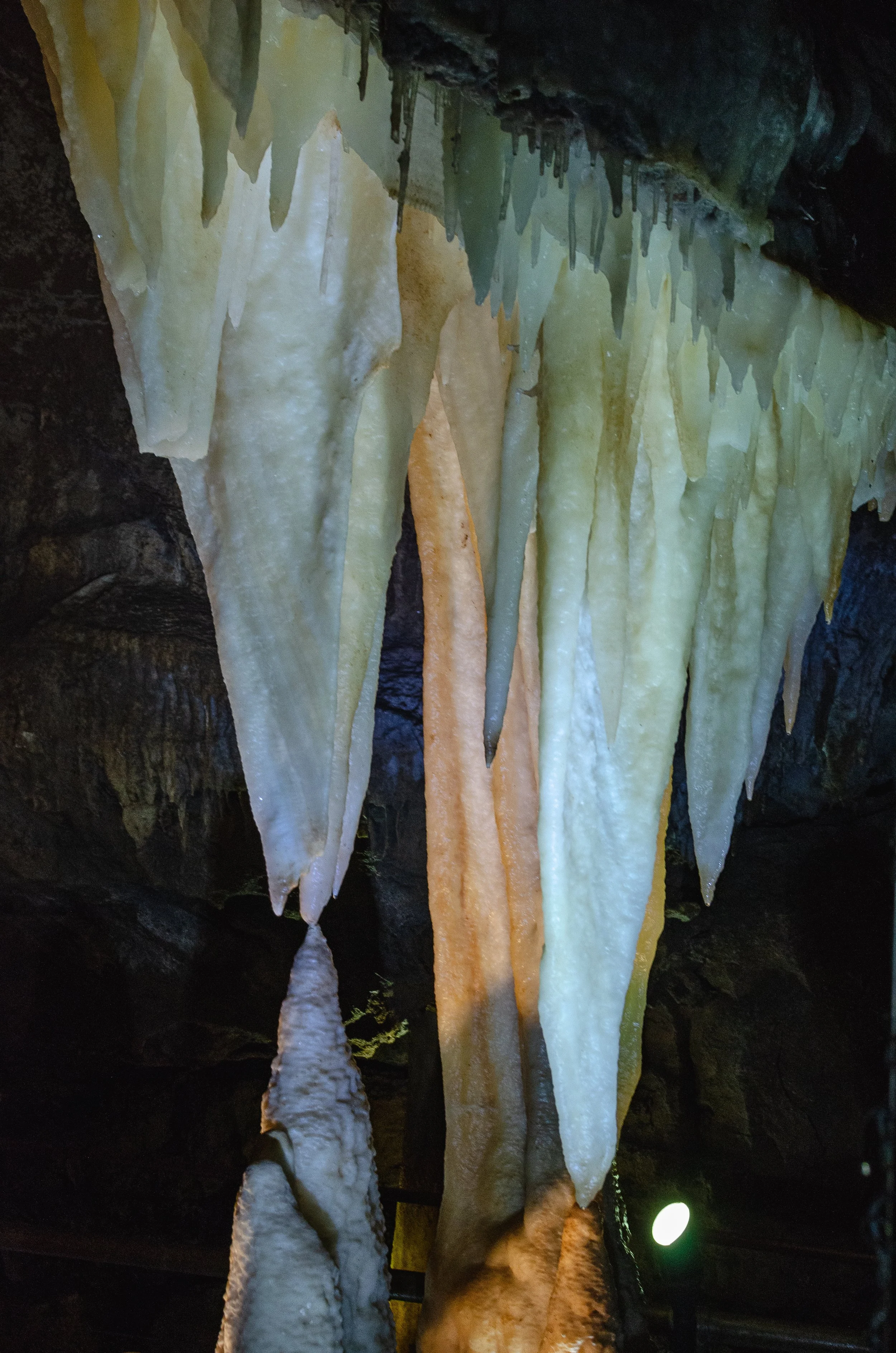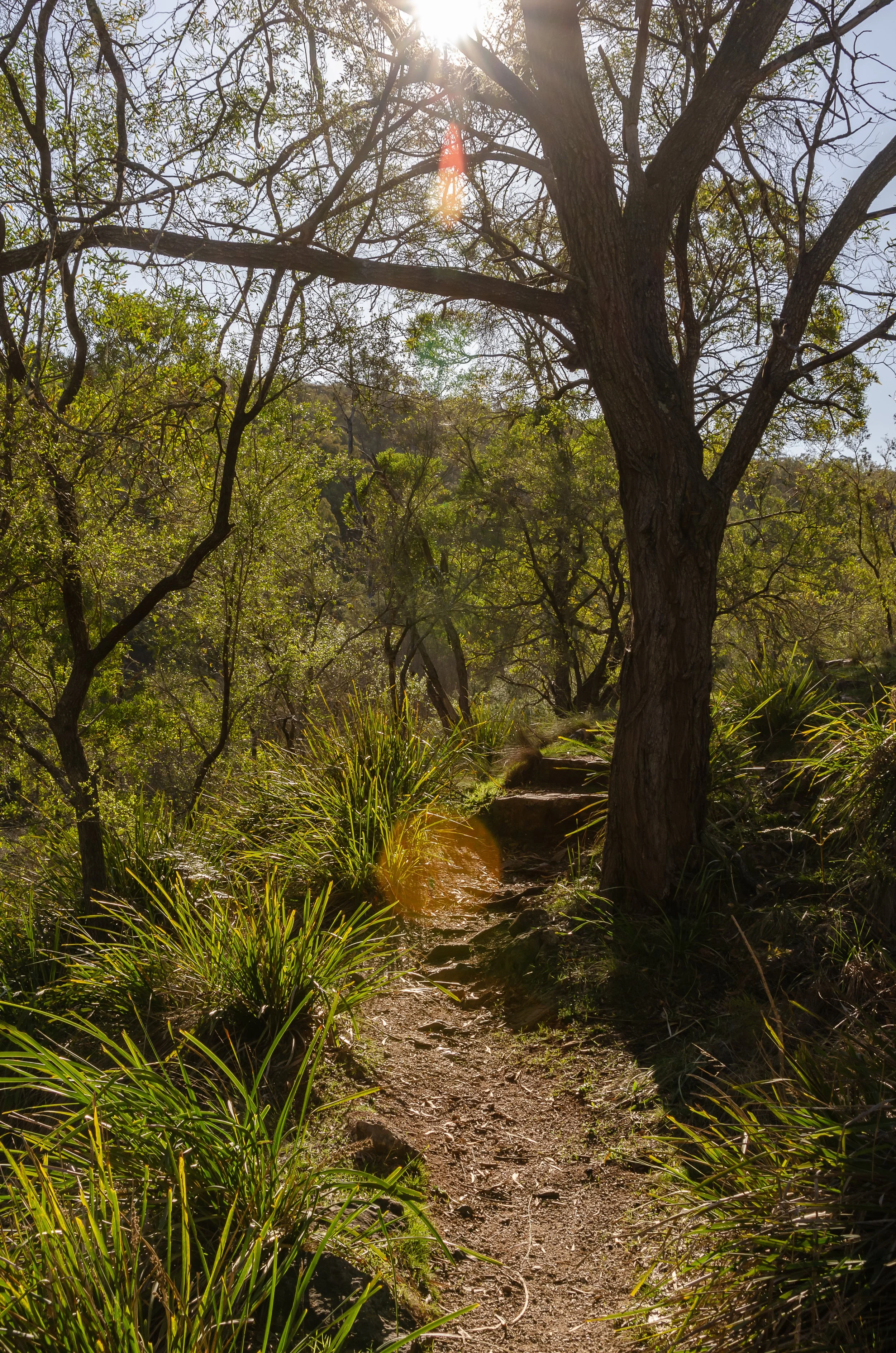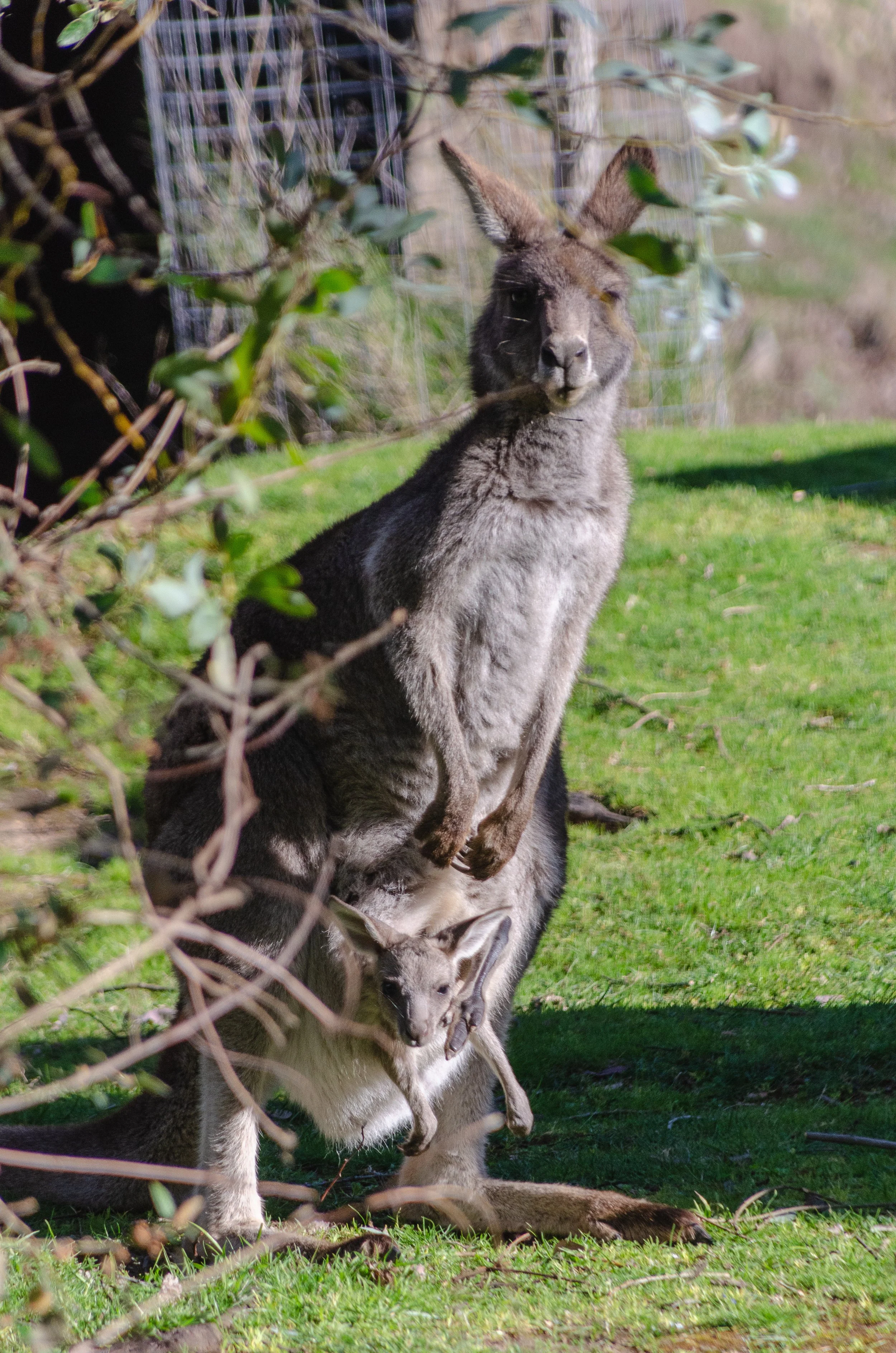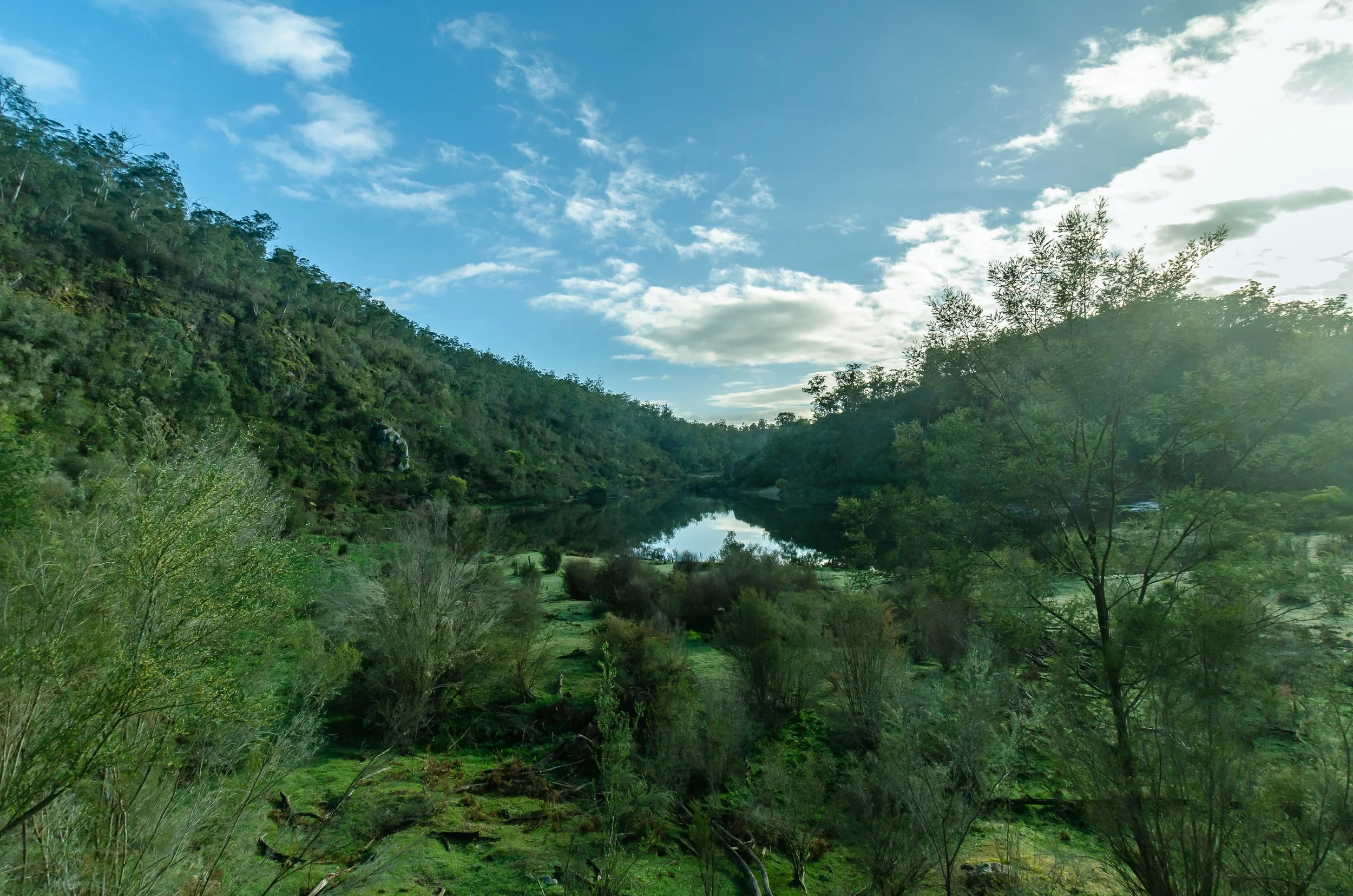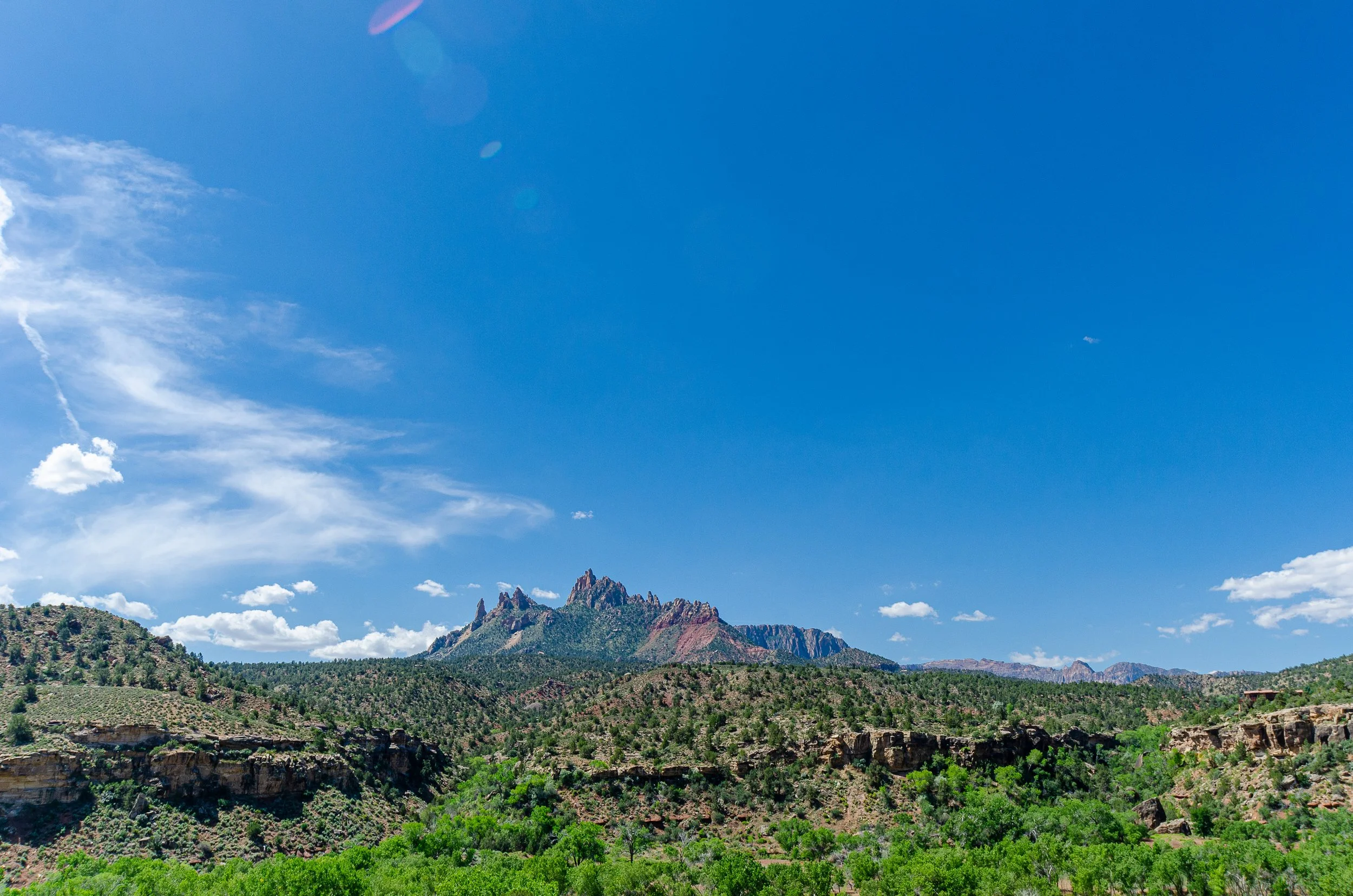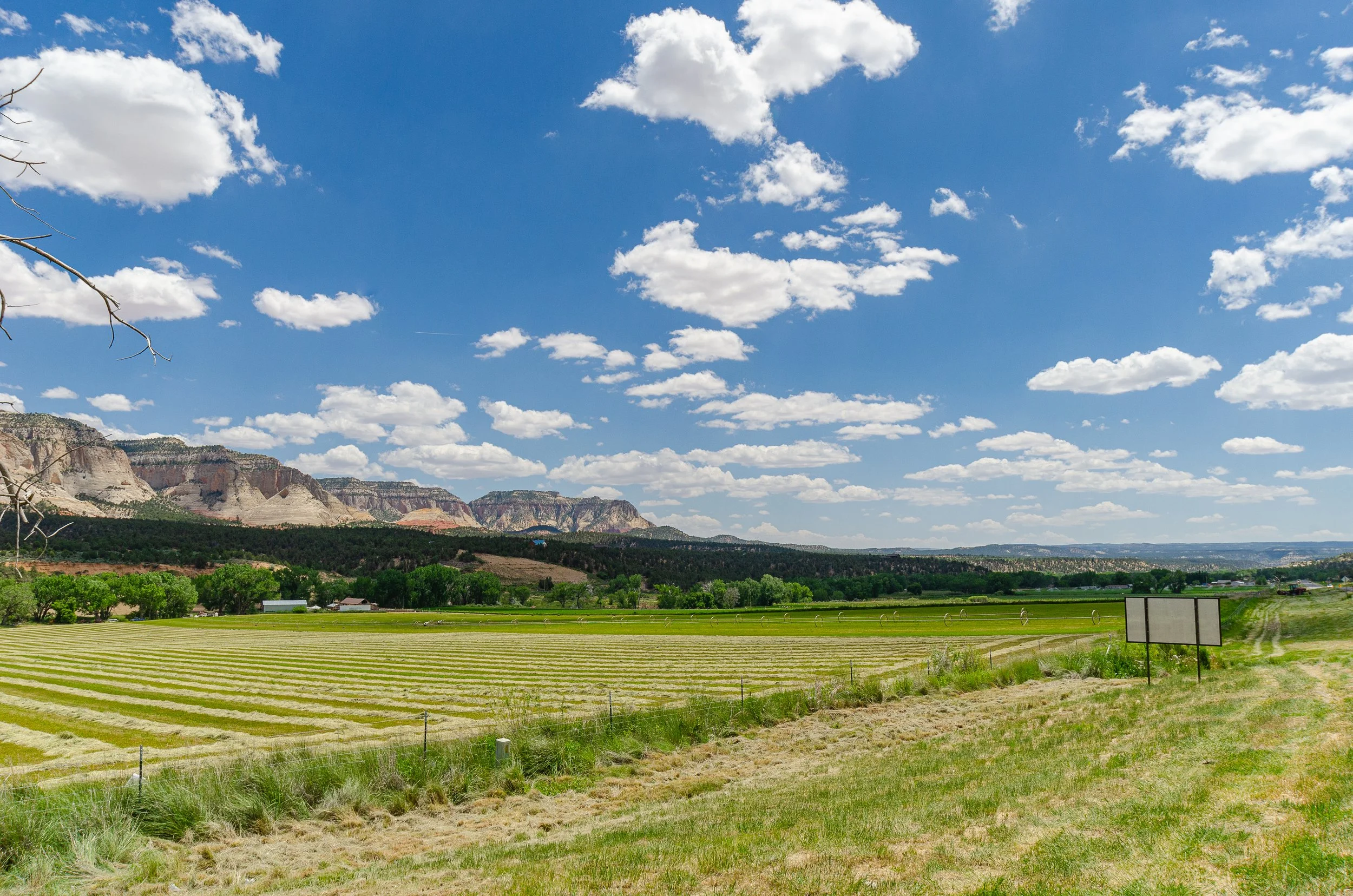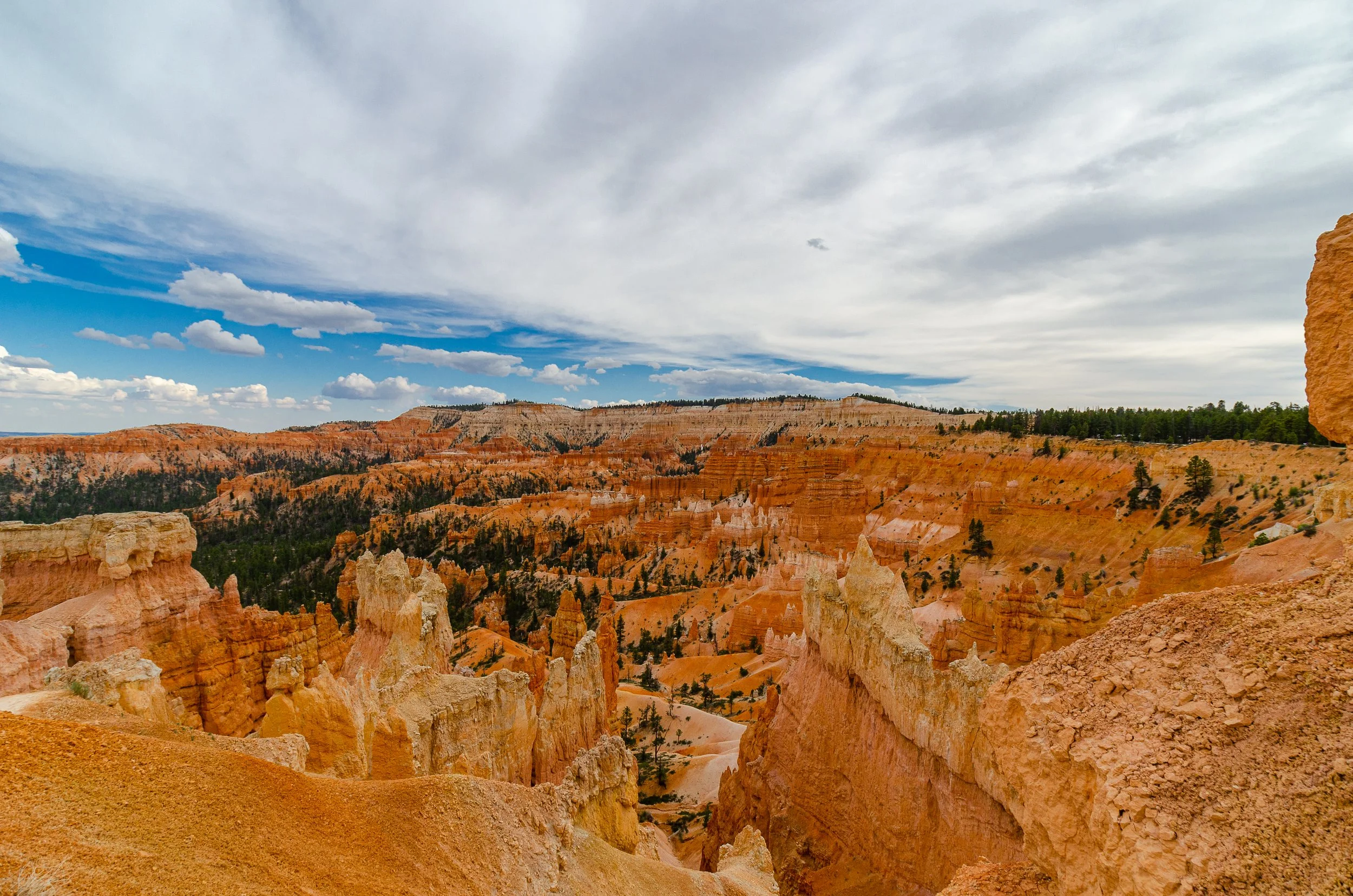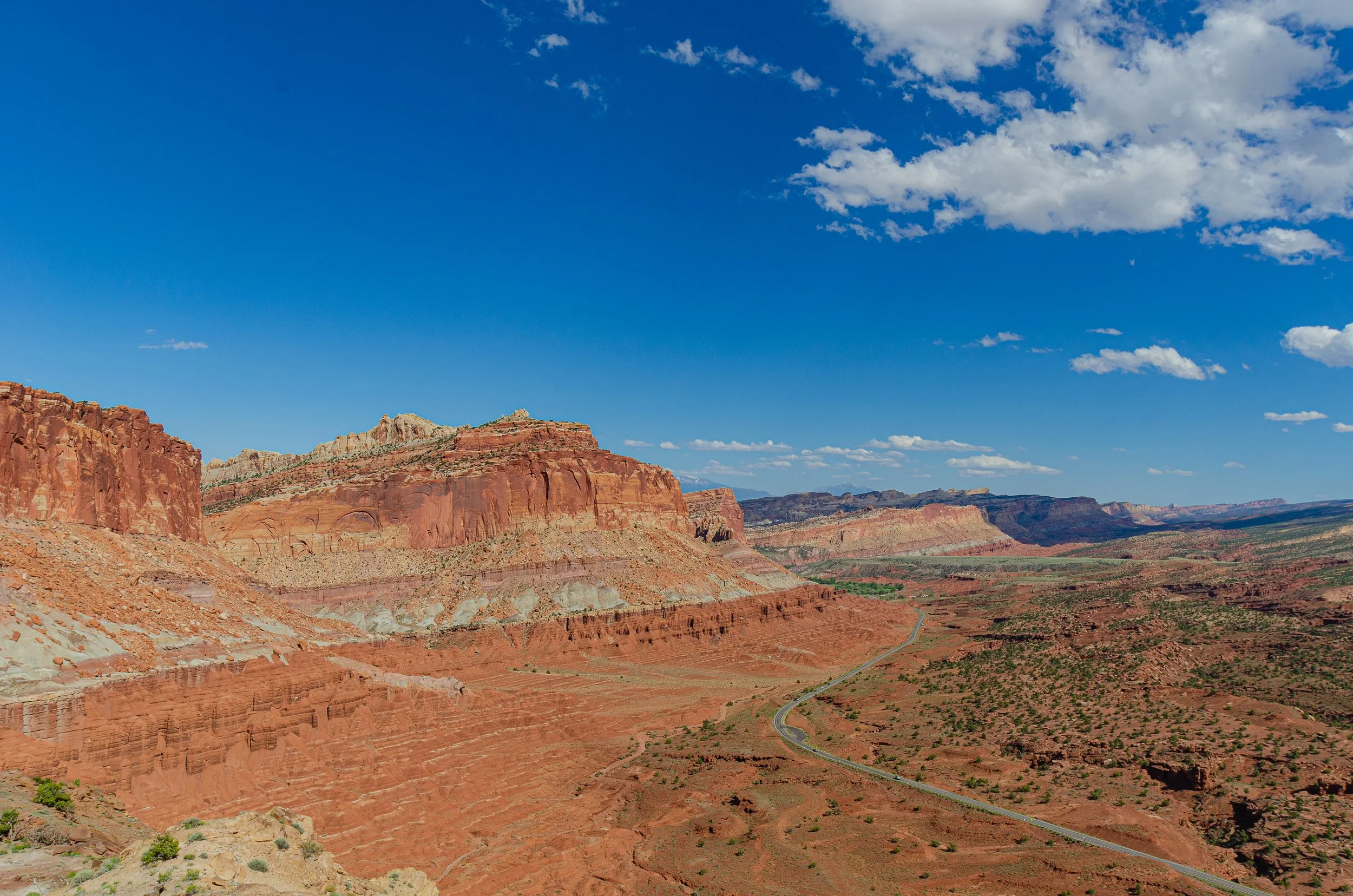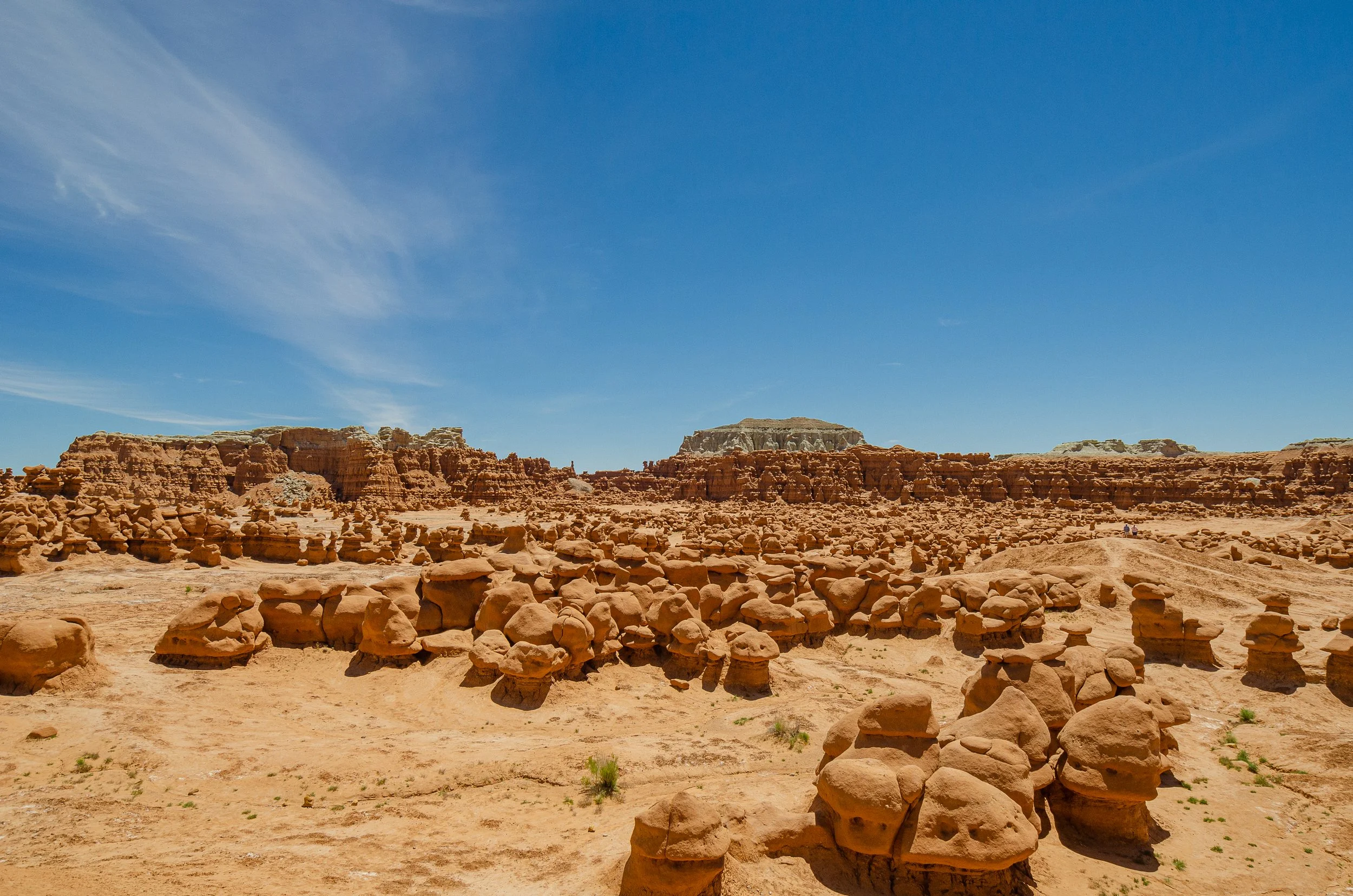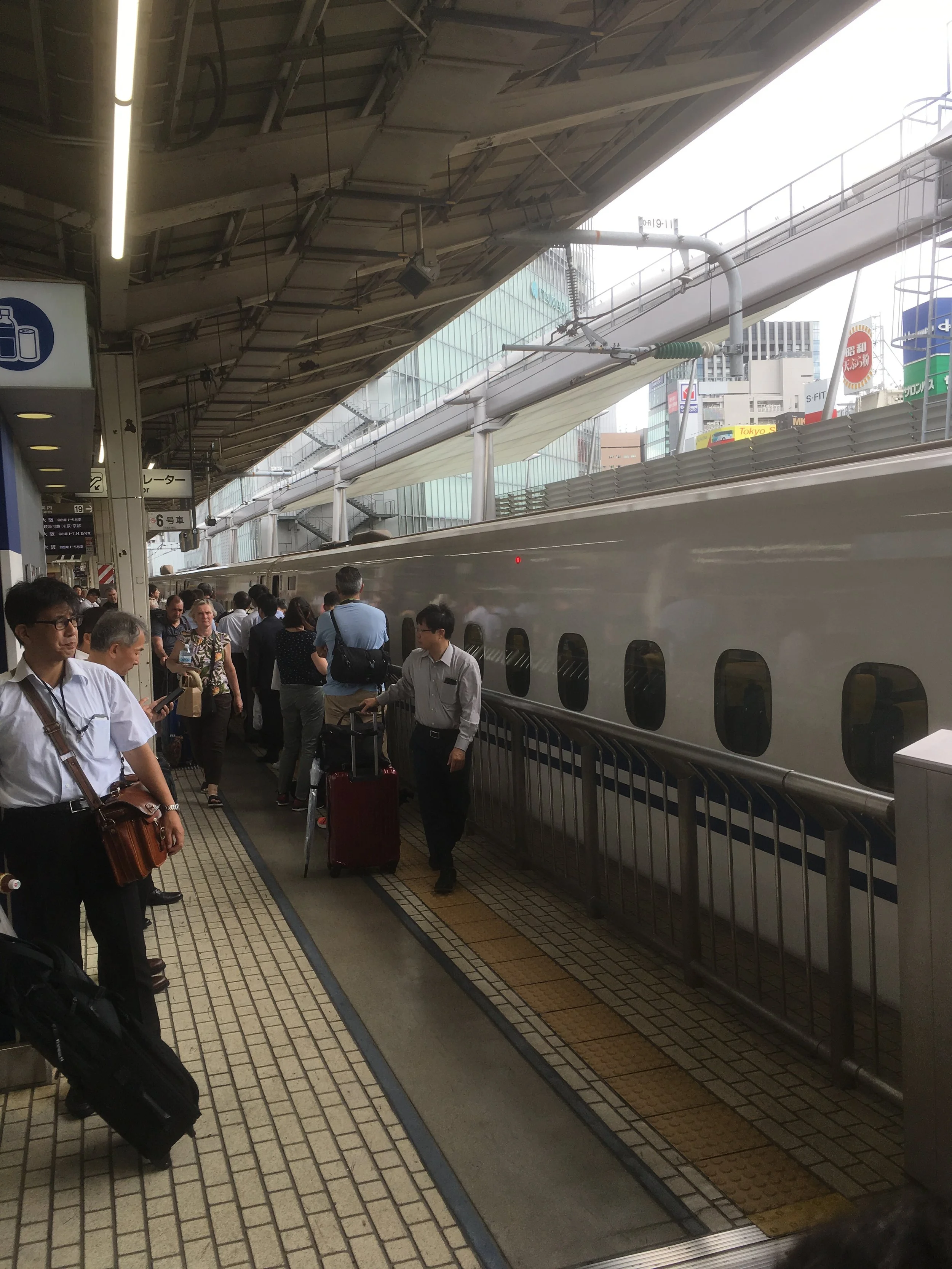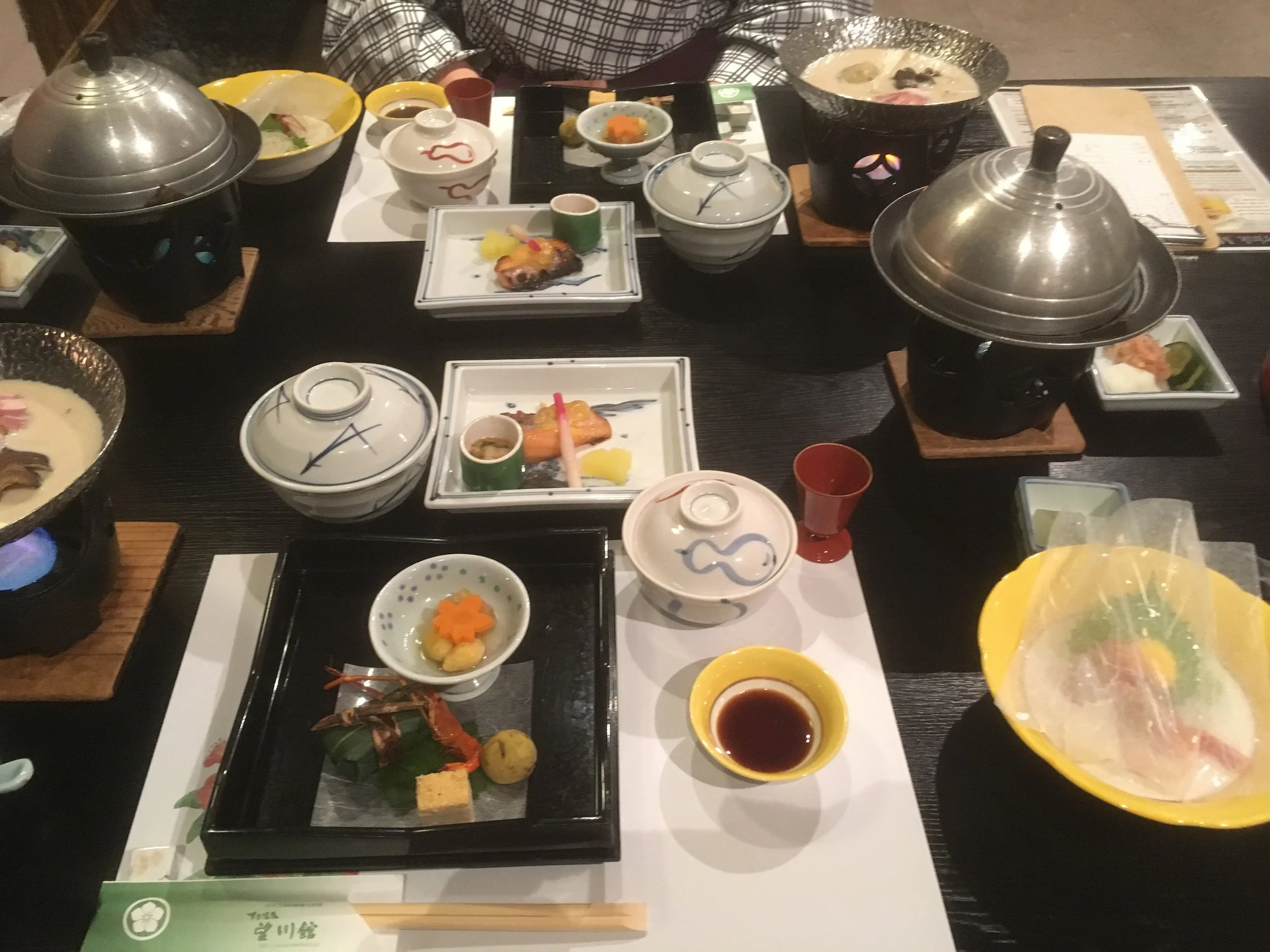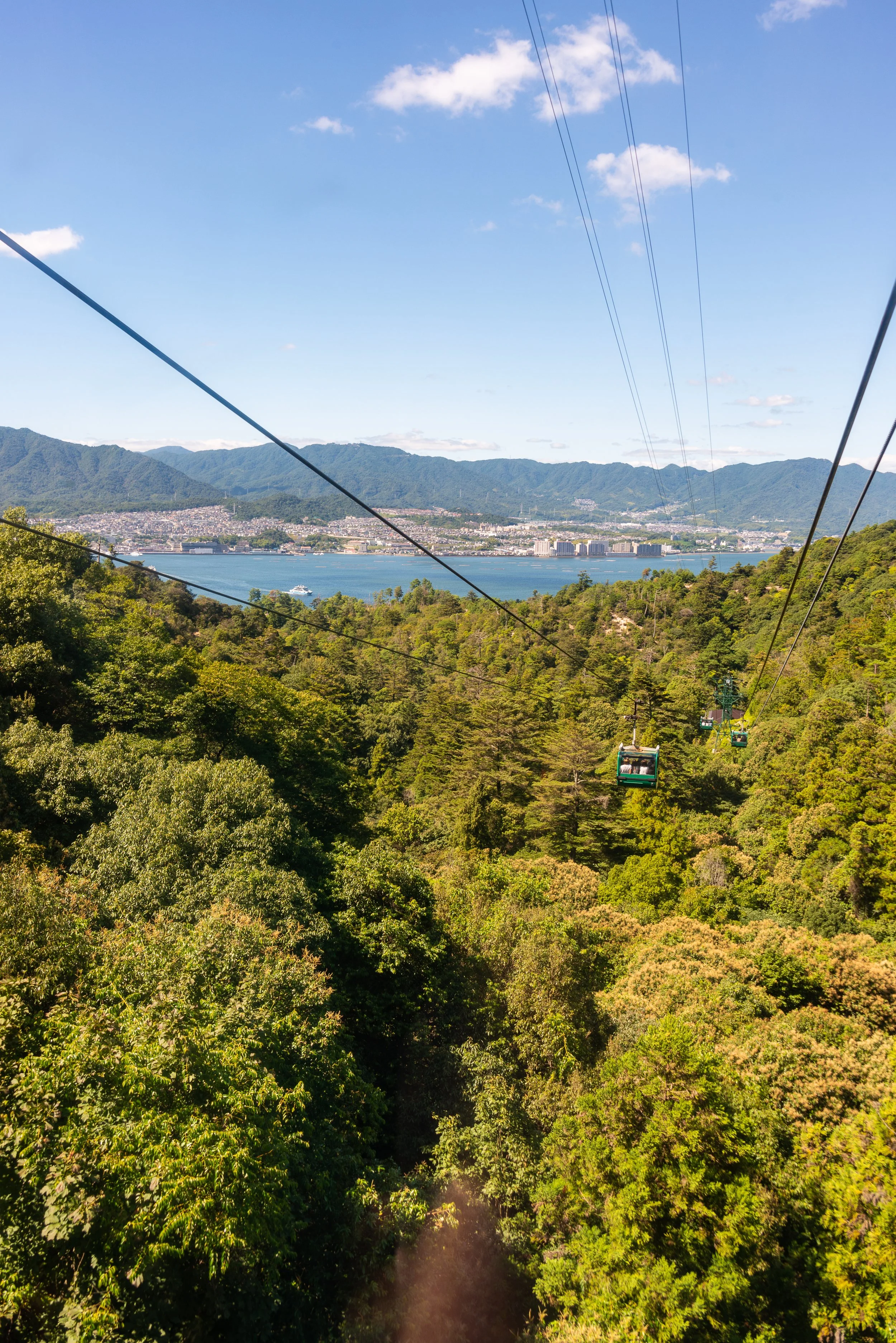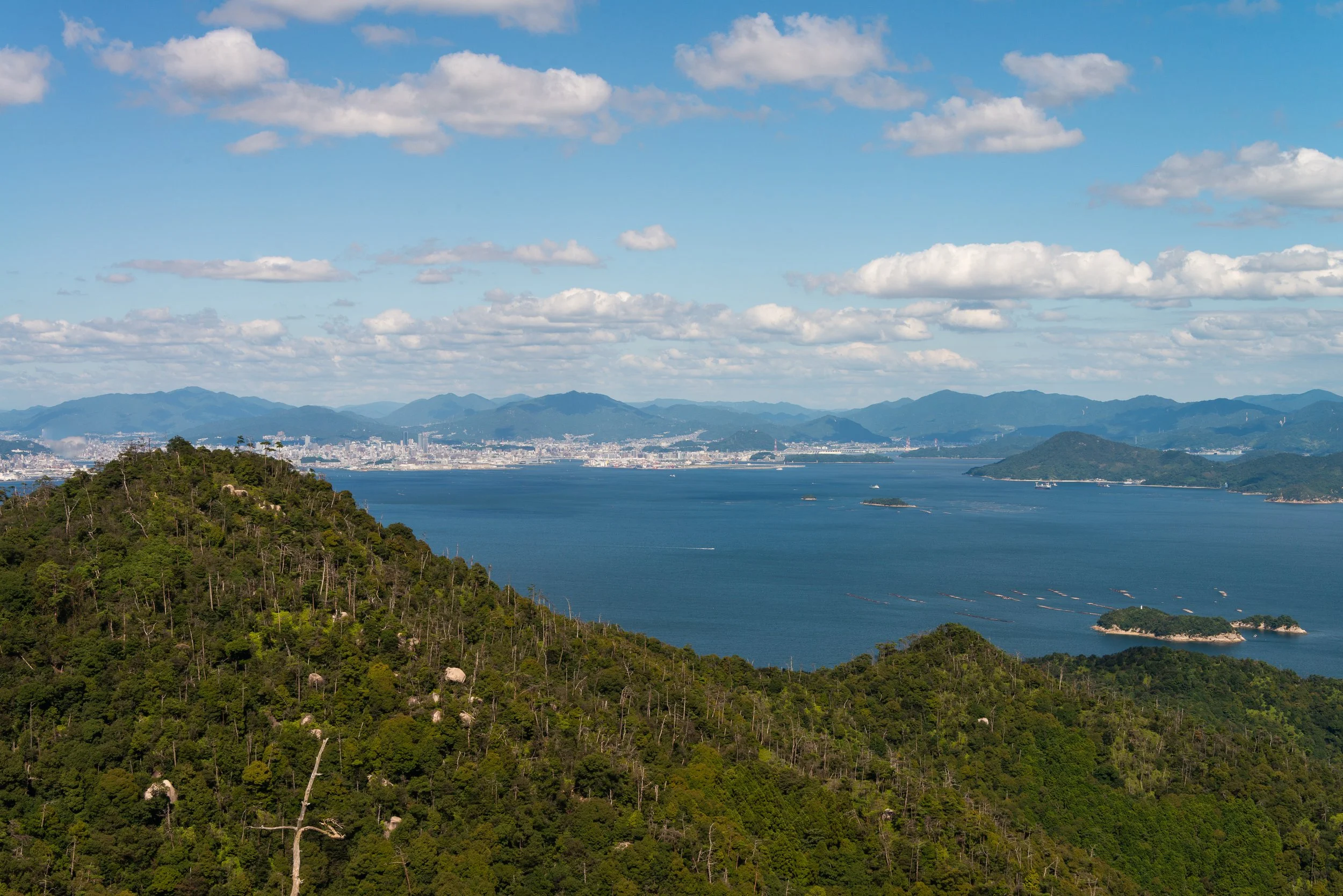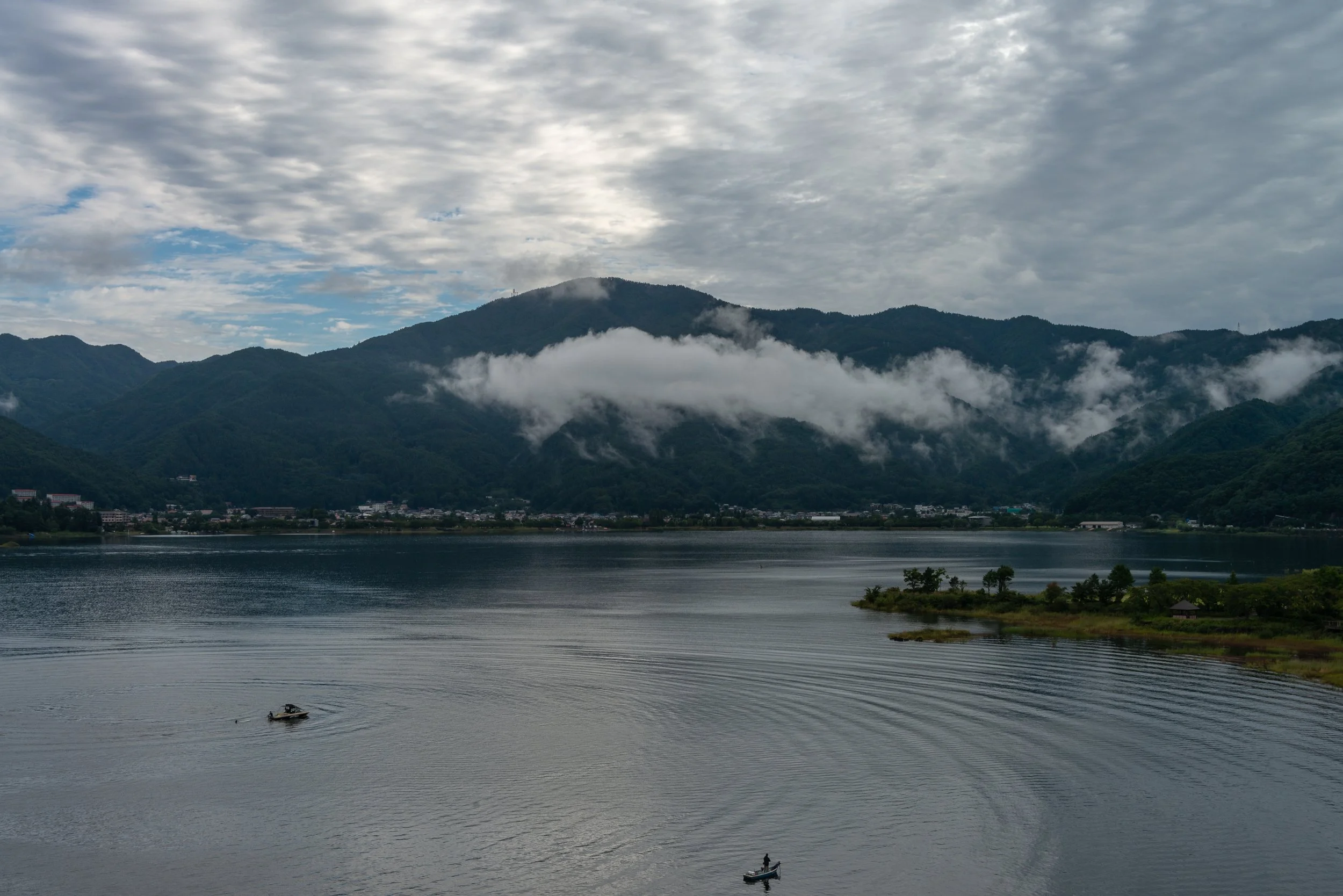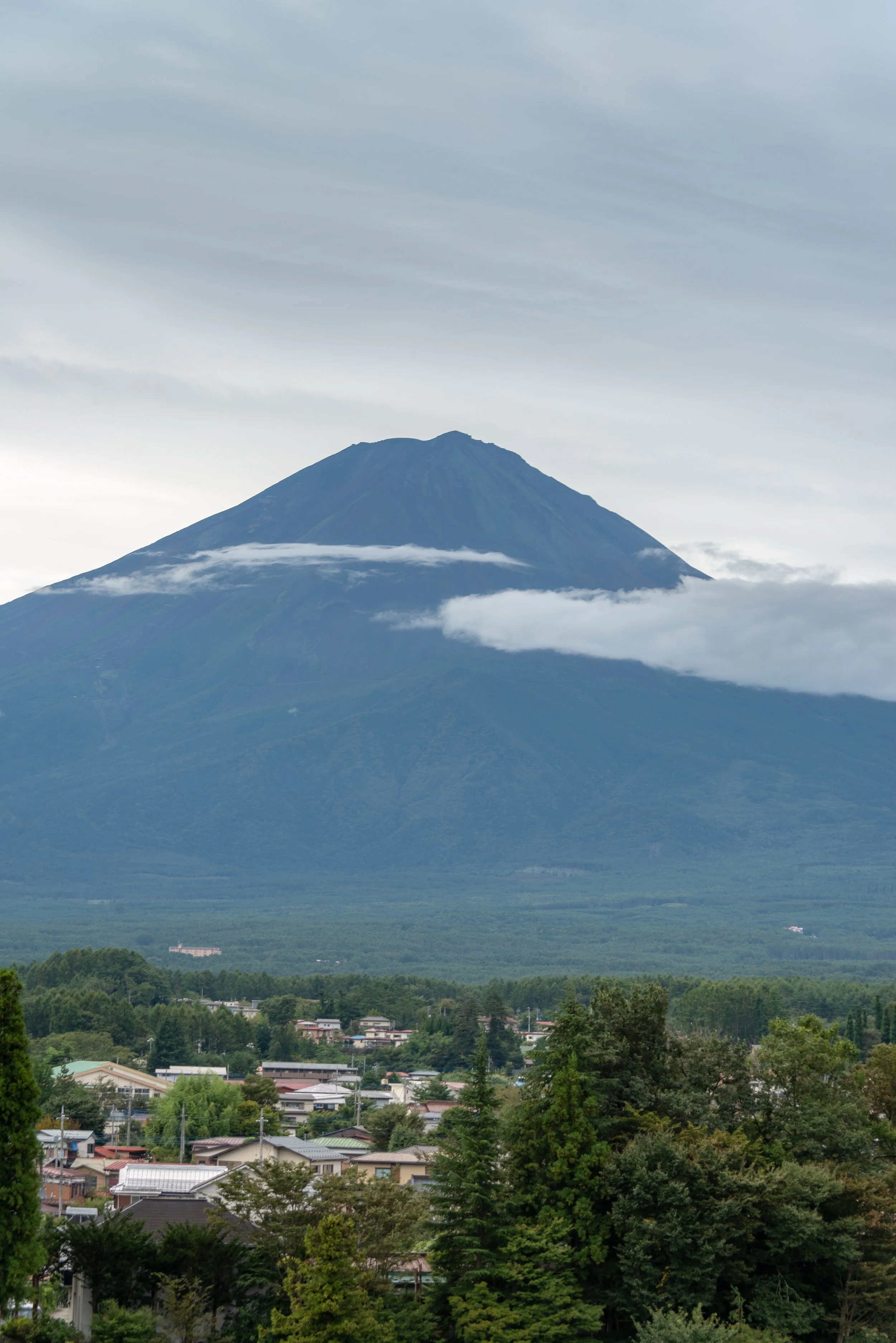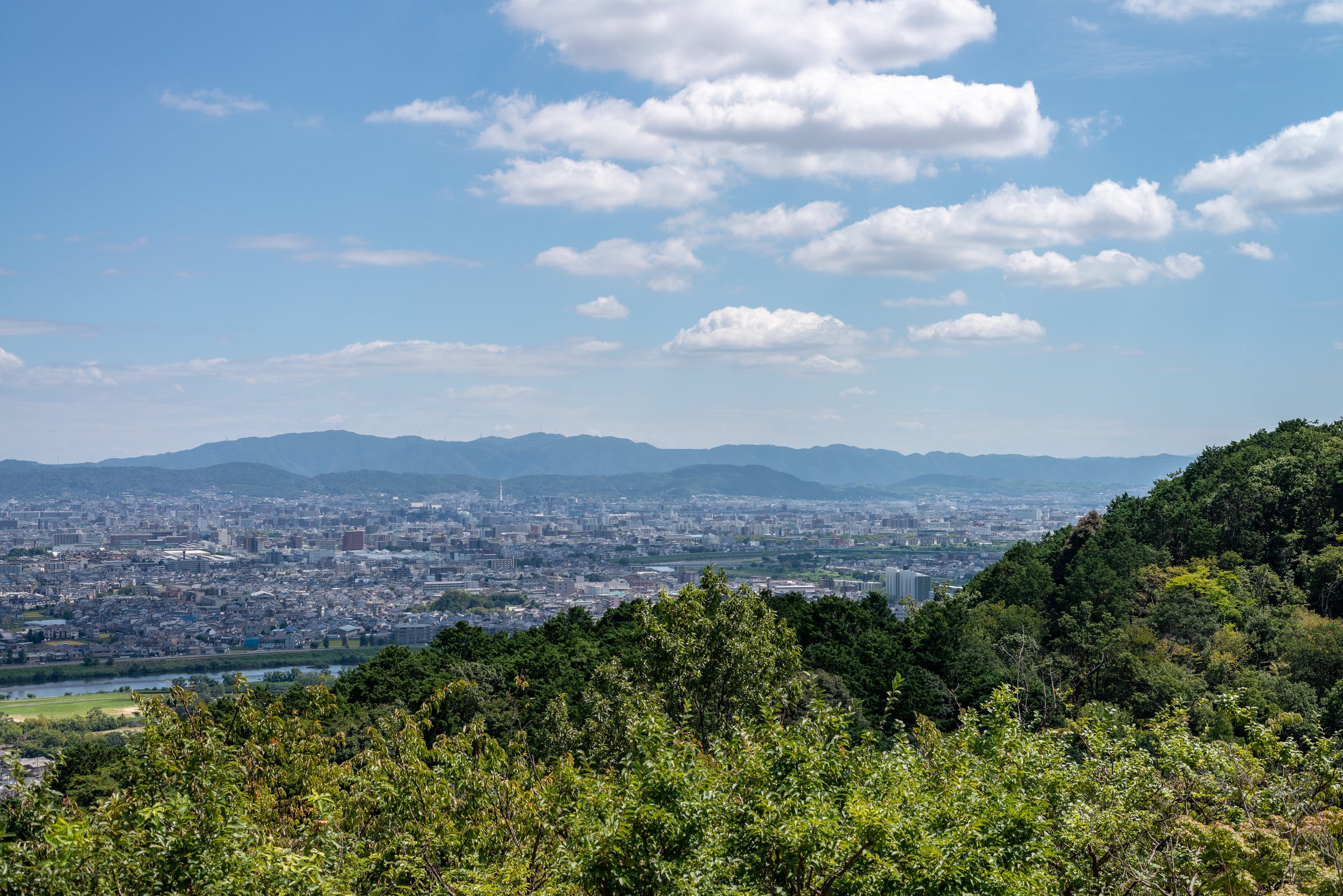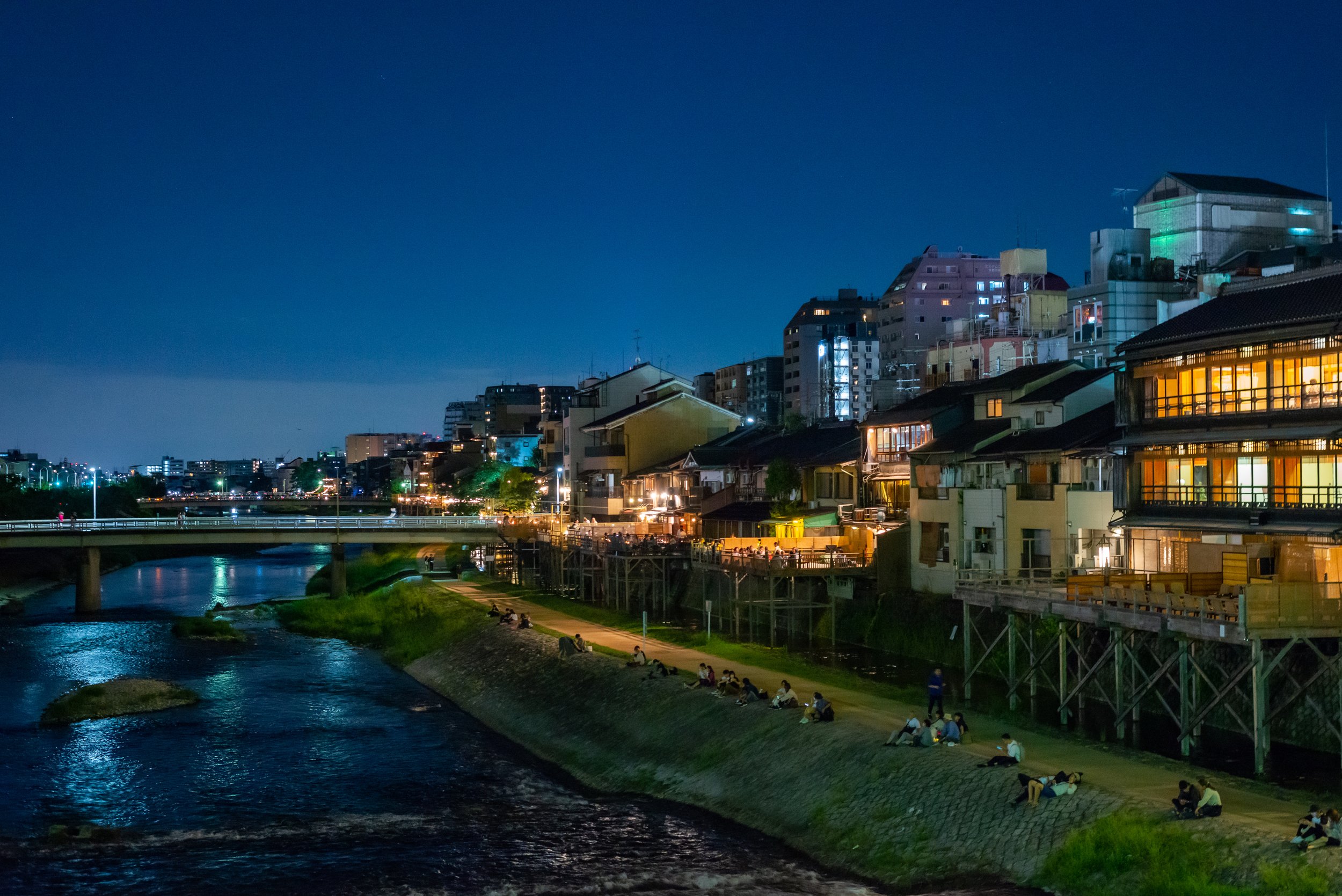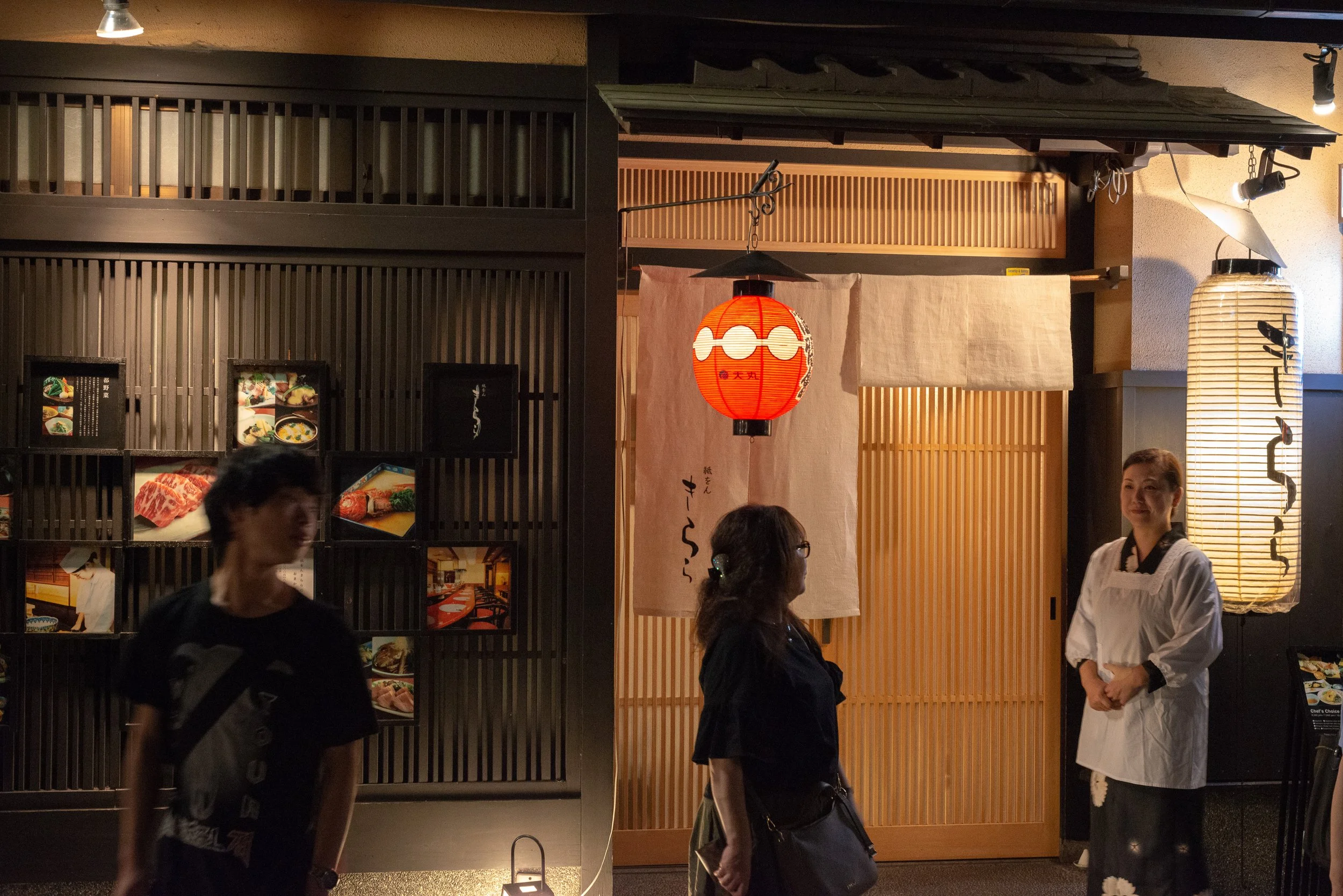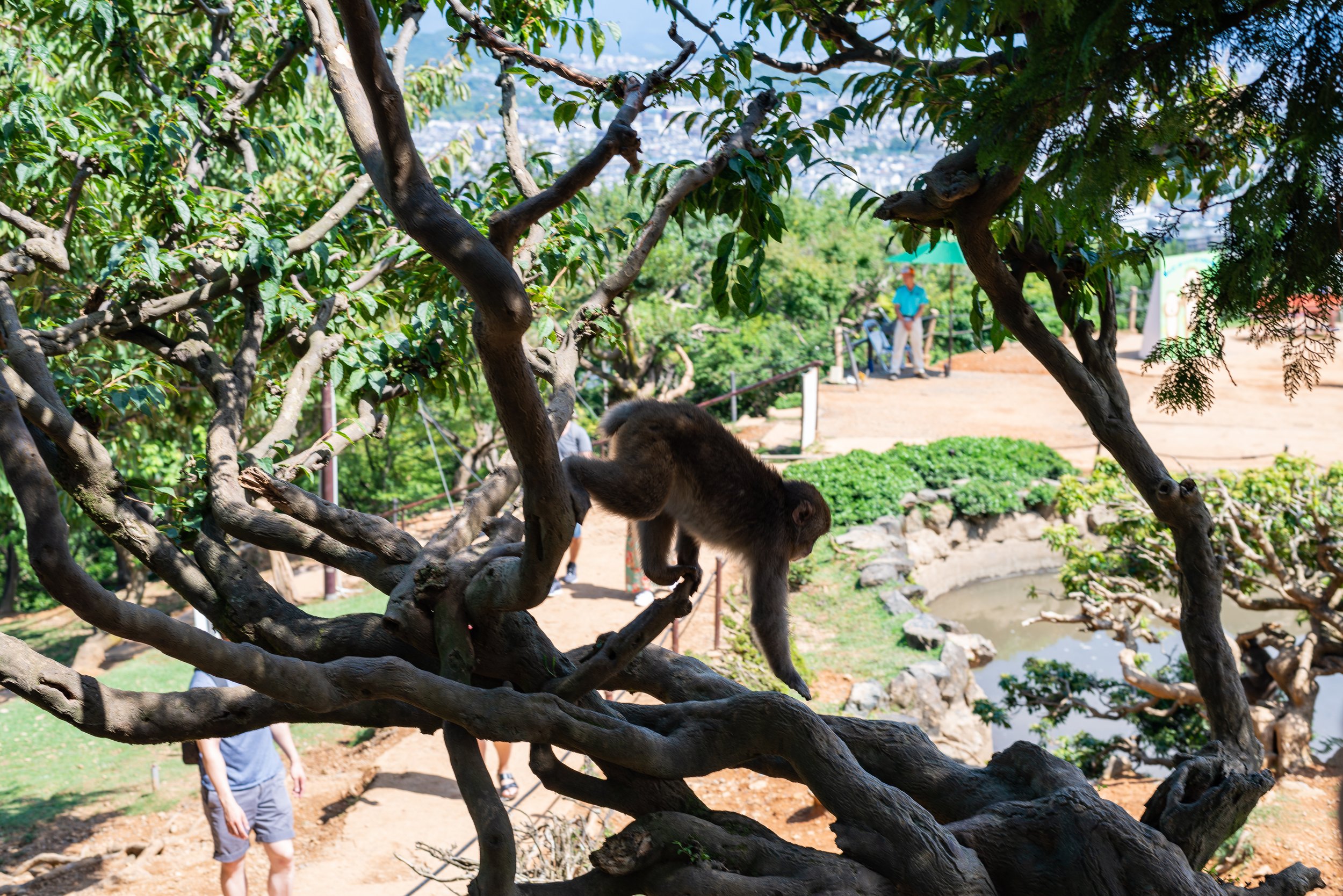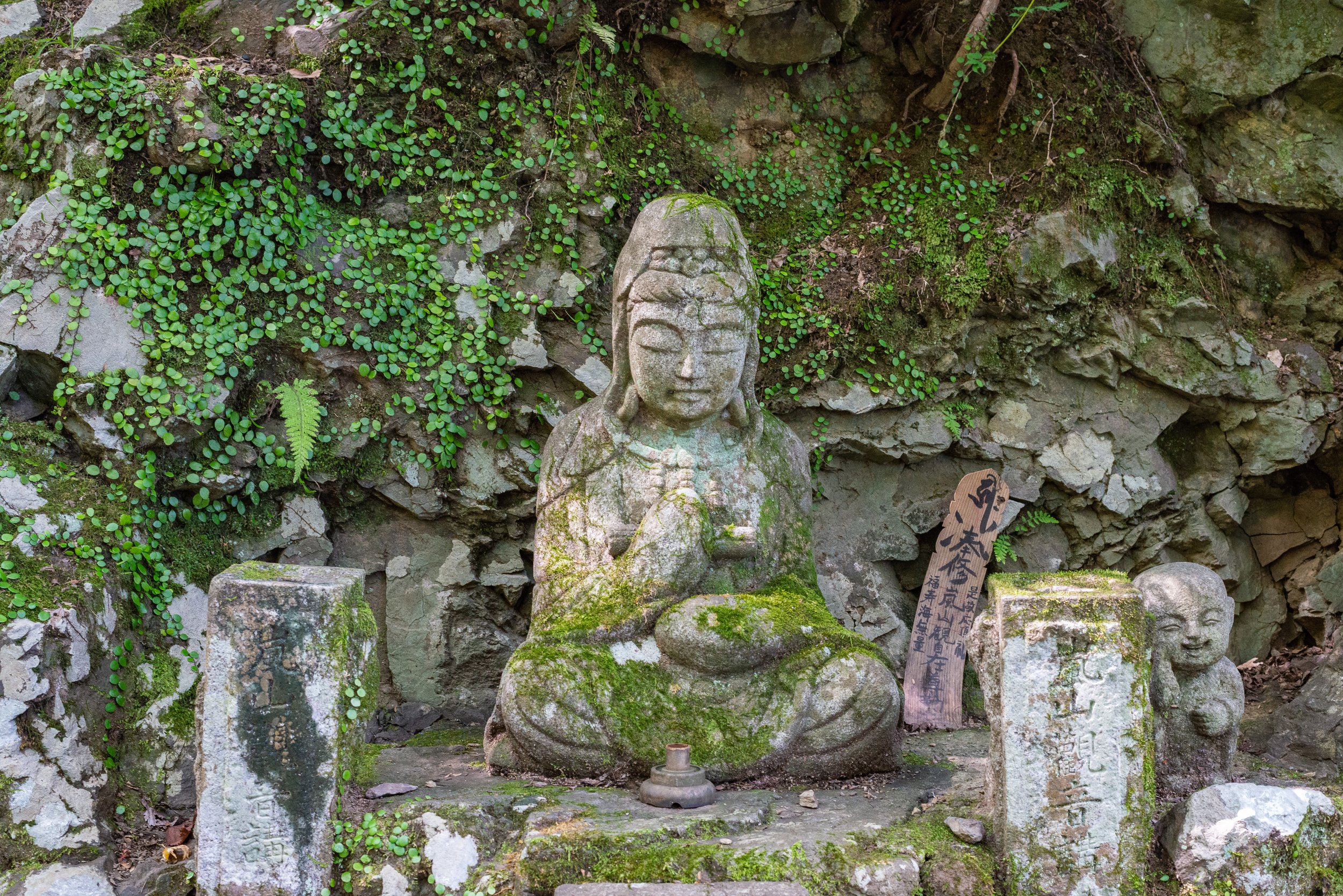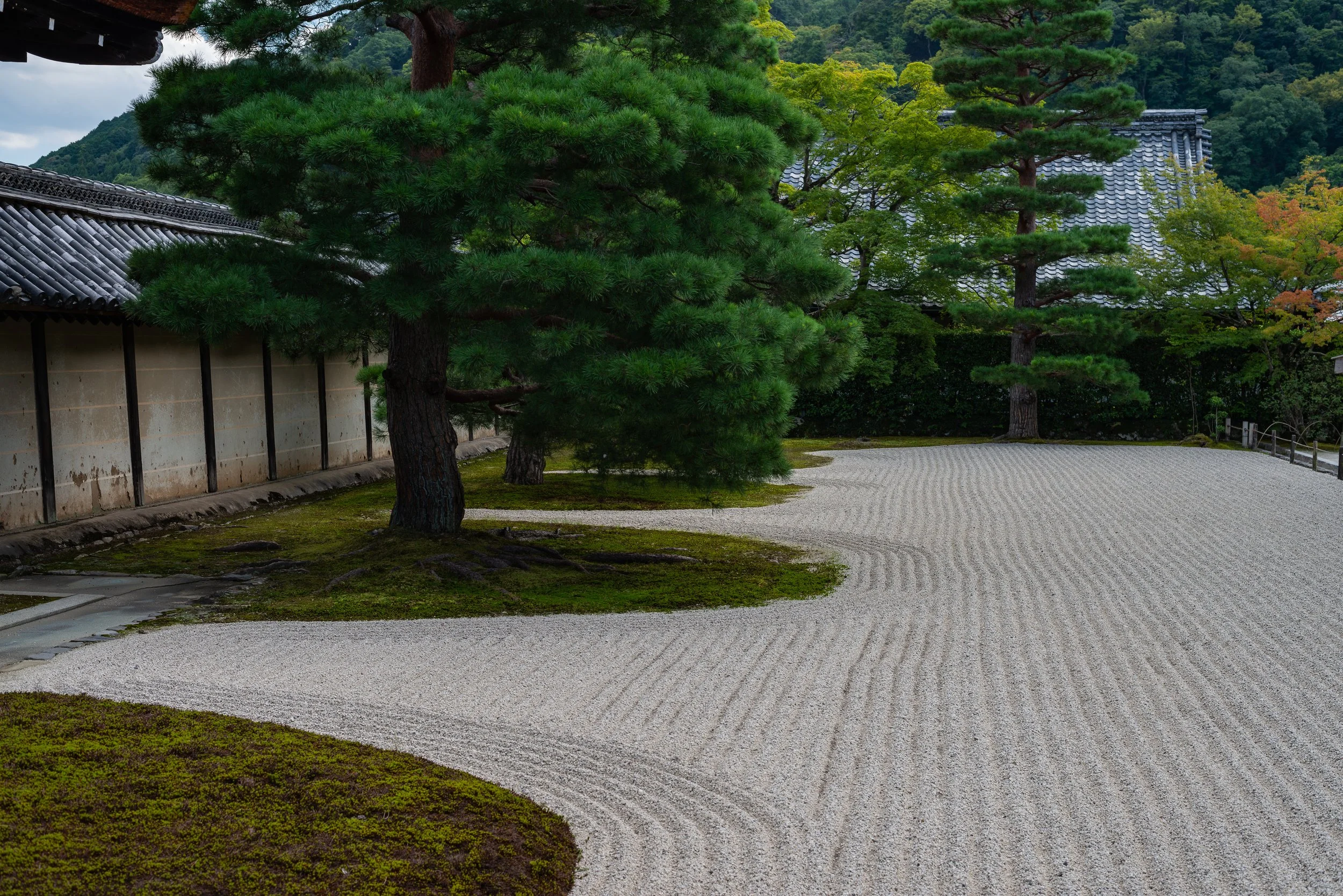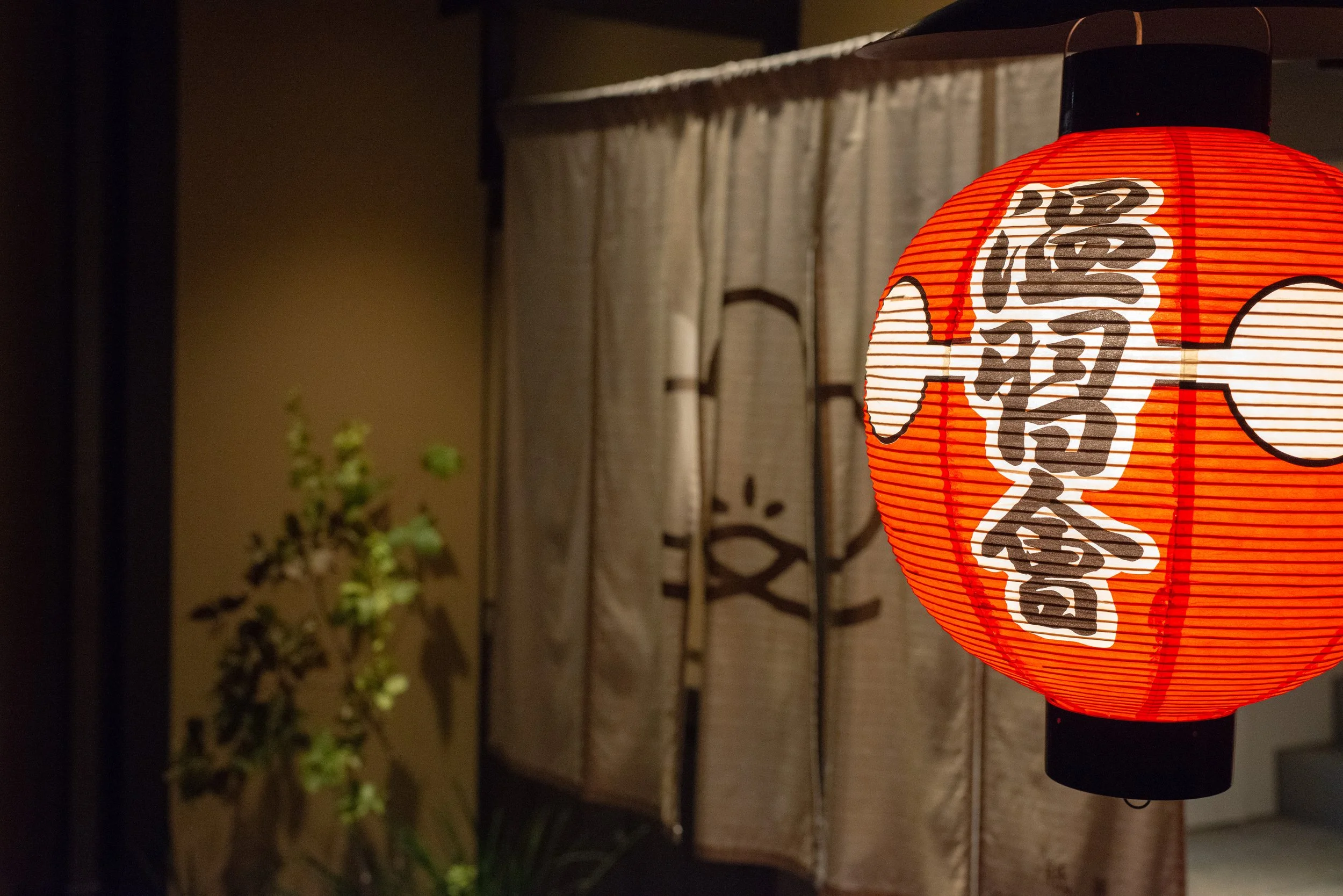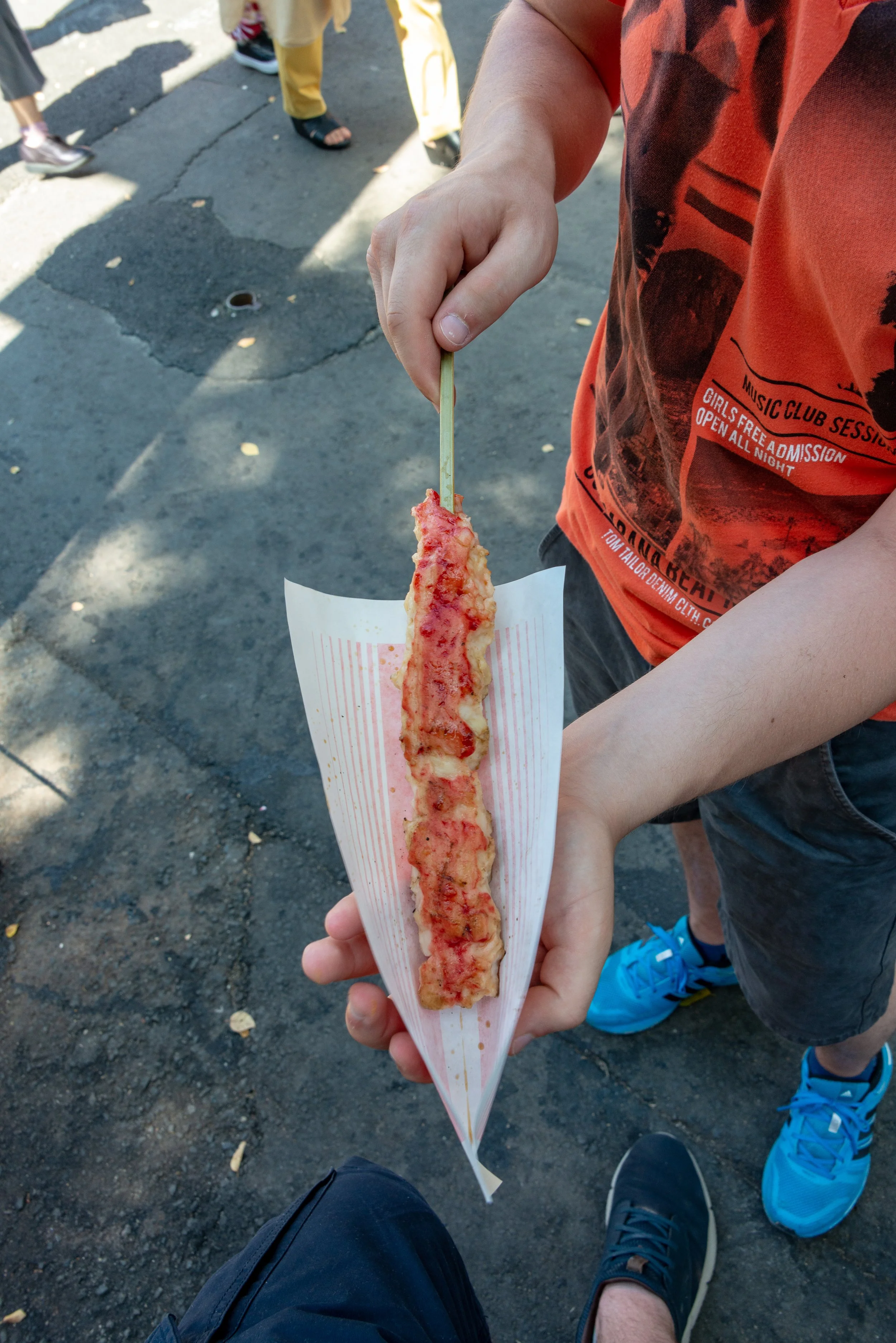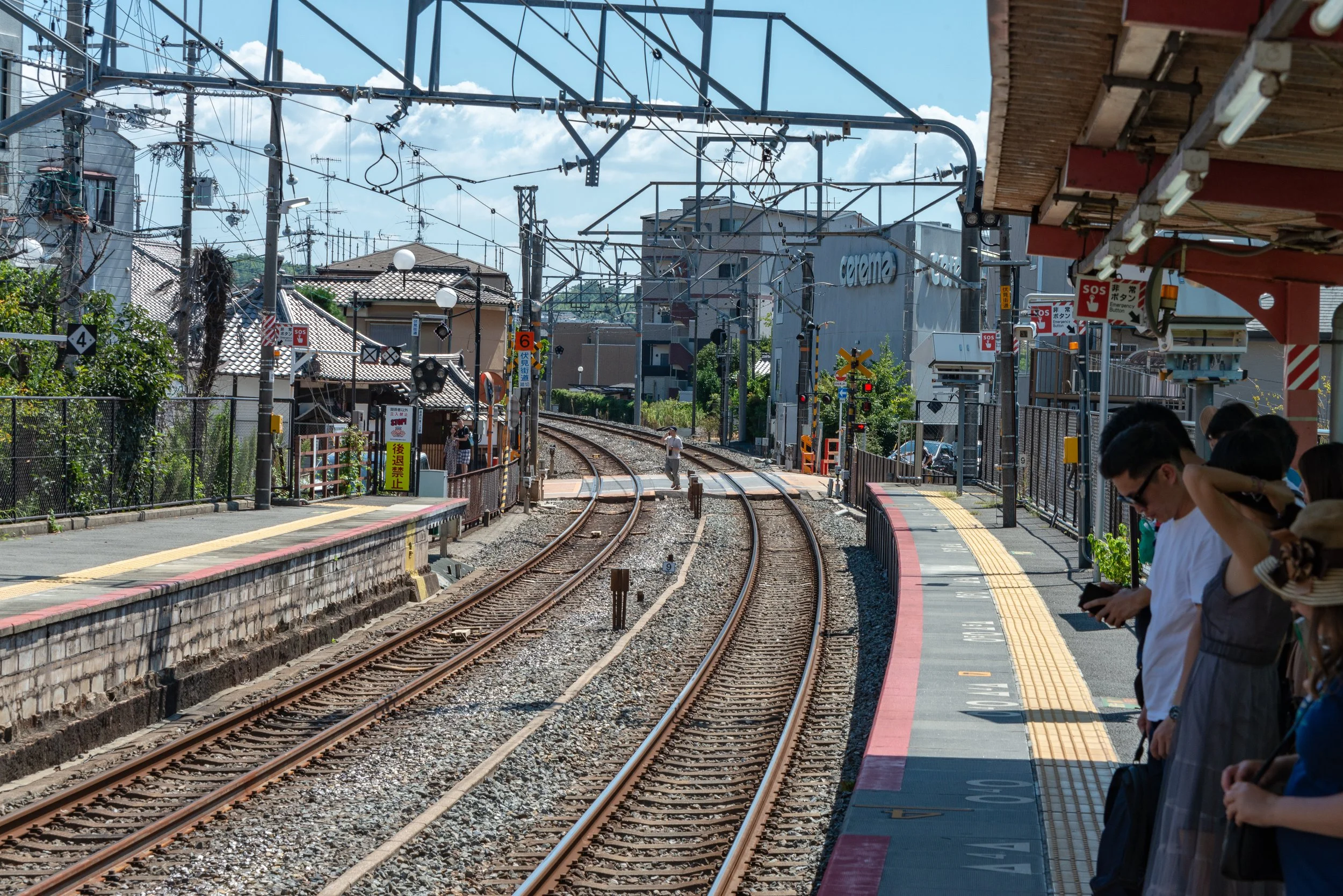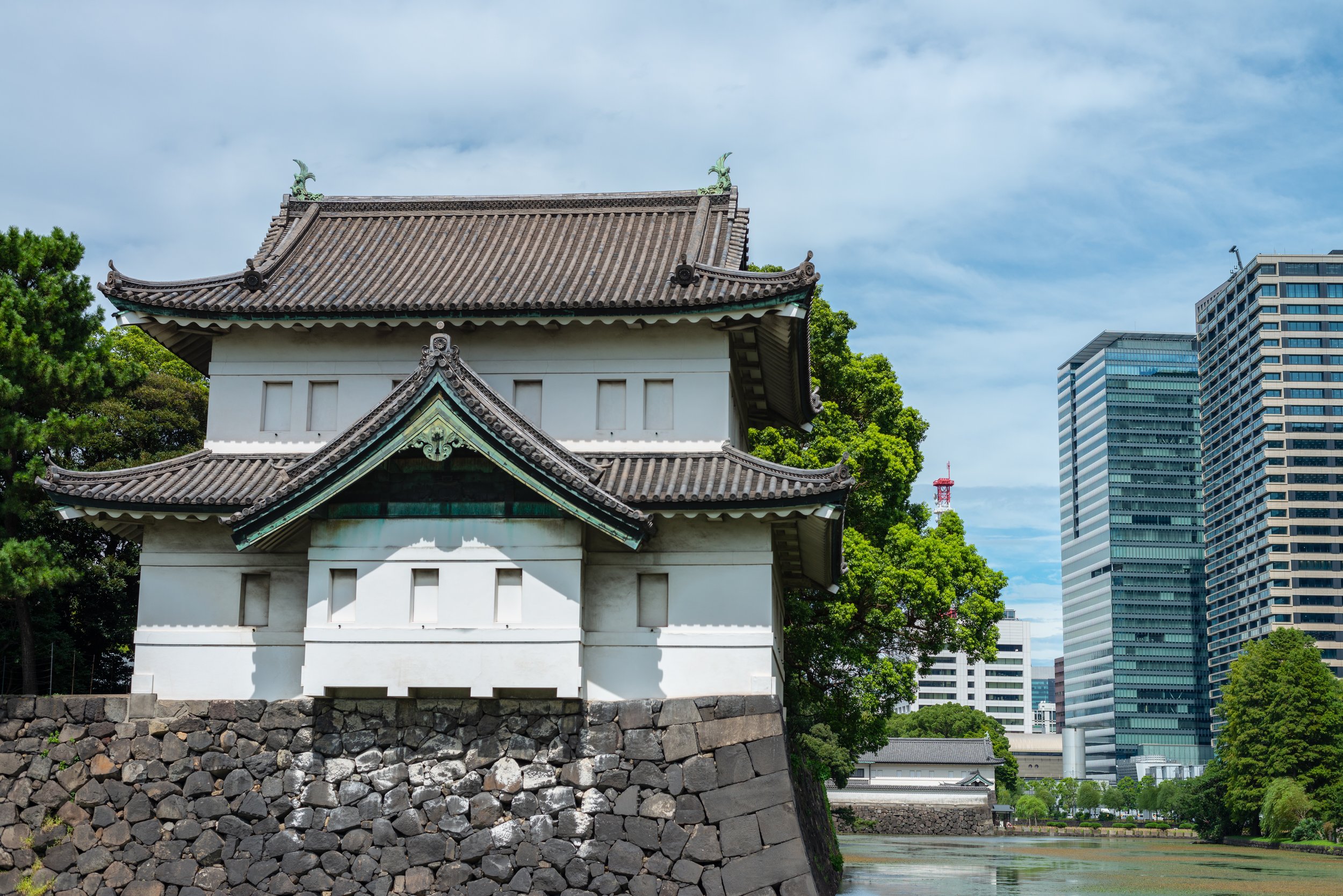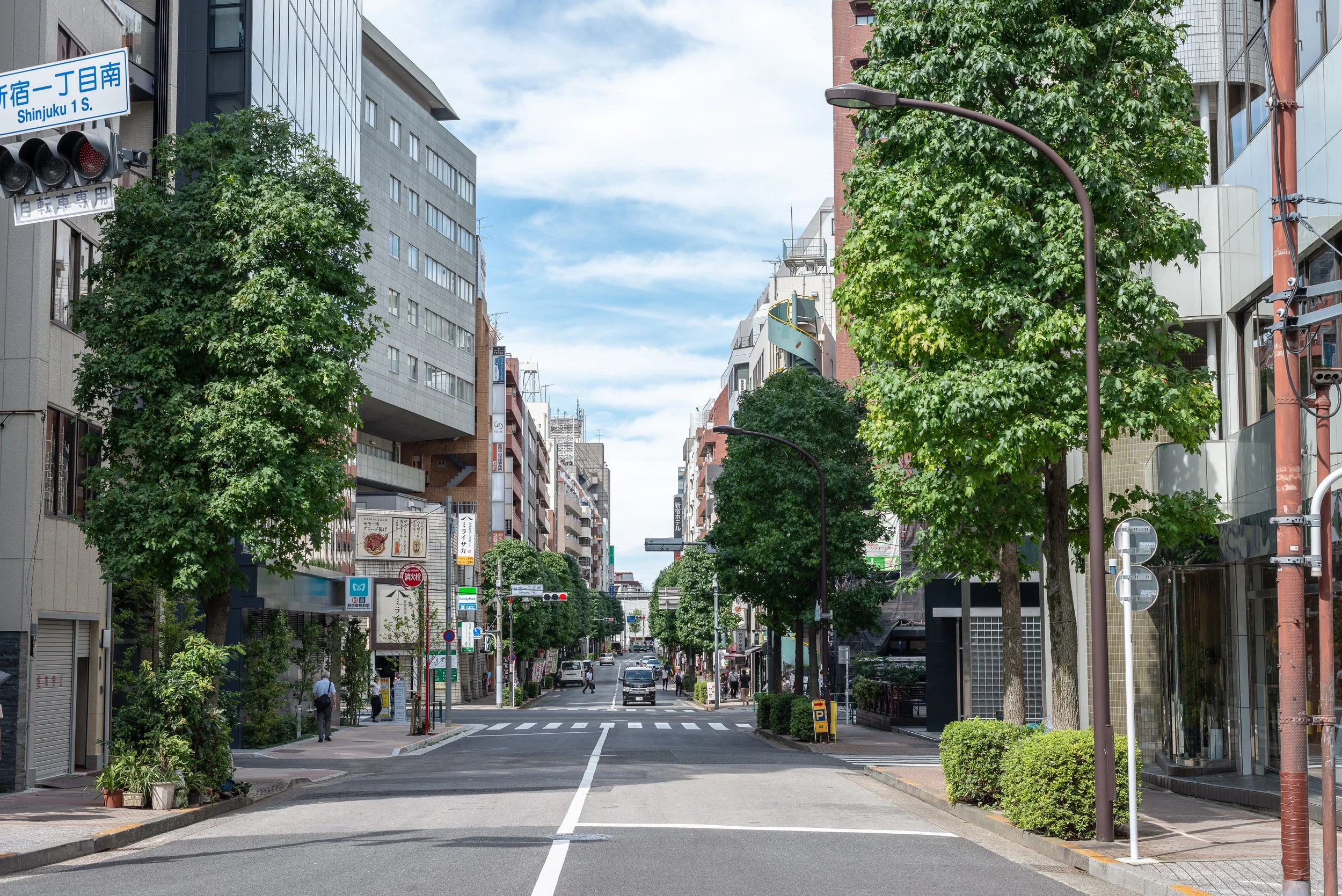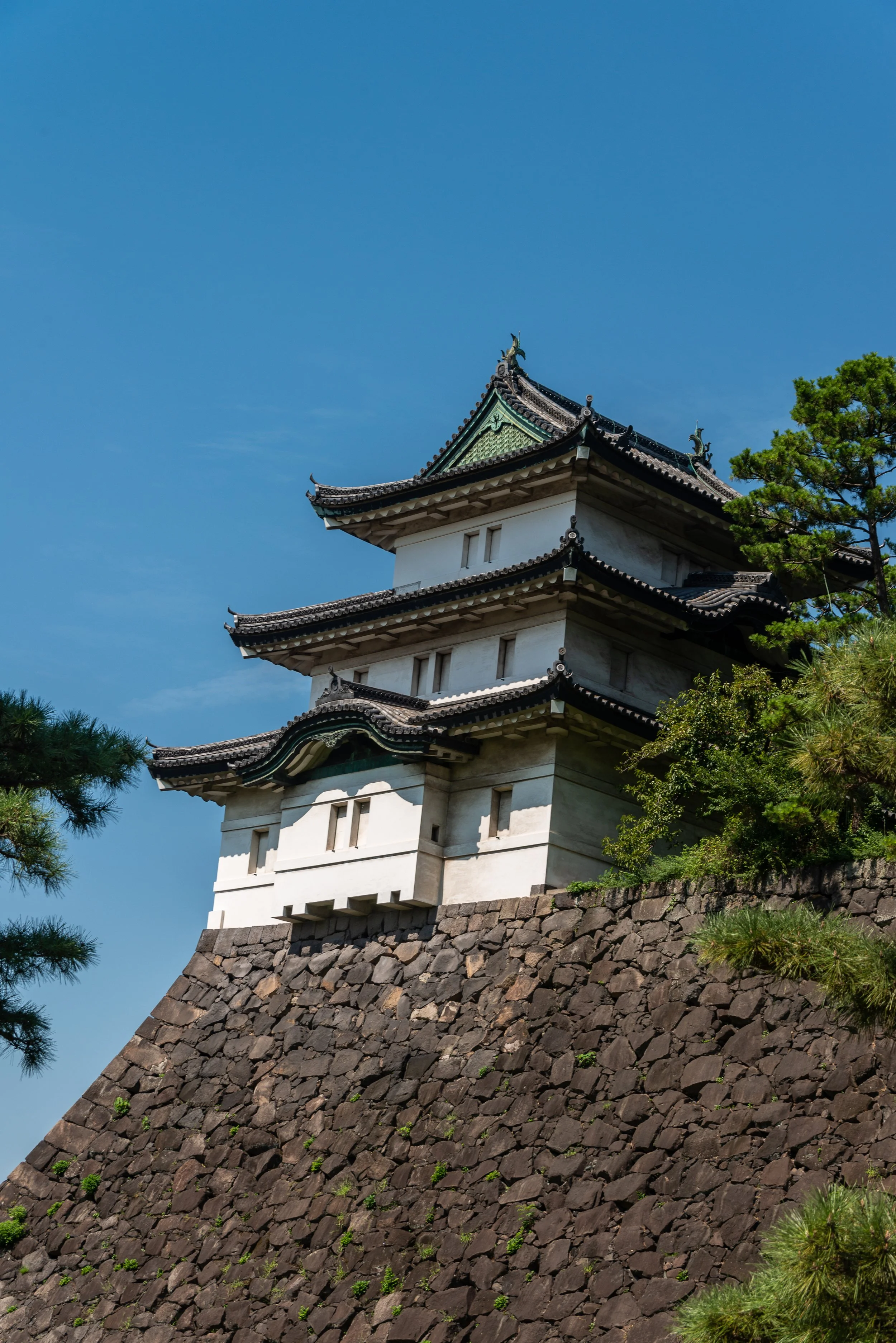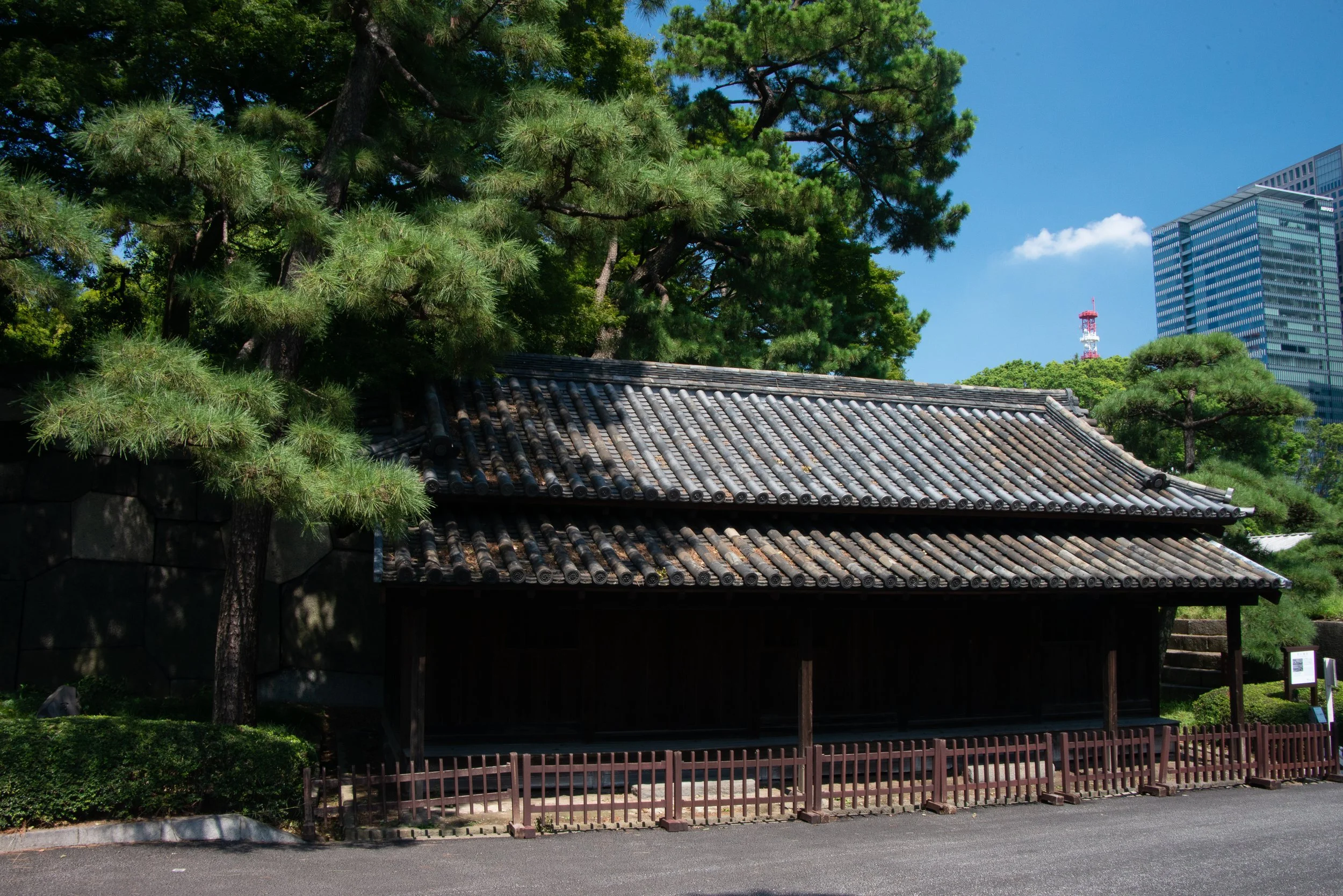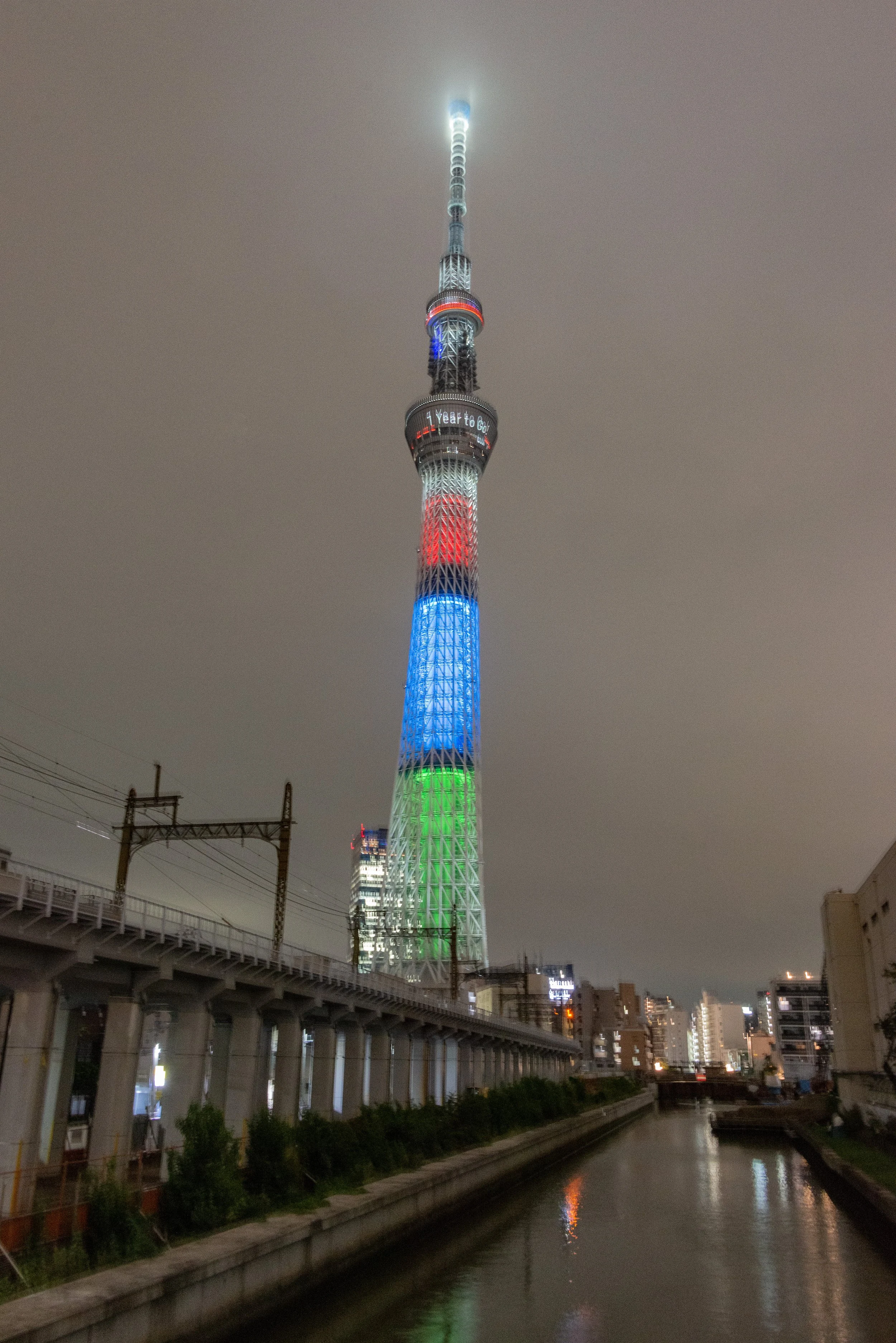My research stay at the Australian National University, Canberra
I am currently doing my PhD at the Technical University Dortmund, majoring in physical chemistry and more precise electron paramagnetic resonance (EPR) spectroscopy in the working group of Prof. Kasanmascheff. In this role, I had the chance to join the German excellence cluster RESOLV as an associated member. RESOLV enabled me to join the Australian National University (ANU) in Canberra as a visiting researcher for three months, from February 2023 to April 2023, to work on a new resonator for our EPR lab in Dortmund.
Planning
For the most part, planning my stay at the ANU Research School of Chemistry was reasonably straightforward as I planned to do my PhD in the working group of A/Prof. Cox at the ANU but failed to enter Australia in 2020 due to Corona. I was already in contact with him and his lab members. The only thing I recommend is to bring time to get through all the paperwork of the ANU if you try to apply.
Rought steps for my RESOLV internship at ANU:
Talk to Prof. Cox about a possible stay
Propose Internship to RESOLV (1-page pdf with three-sentence project description)
After approval: Beginning of ANU paperwork
Application for the research project at ANU
CV, financal statements, academic track (Bachelor & Masters certificate), academic English test results
After acceptance at ANU:
Visa formalities: you need an invitation letter from the University to apply for a Visa.
Booking the trip
Finding accommodation: No registered ANU student = no student accommodation
Booking flights
Sunset over Canberra.
So, the first step to contact the hosting Professor was quick and uneventful for me. A/Prof. Cox was happy to host me, and we were quick to discuss a possible project. I wanted. to work on a new resonator he was building for our lab to get to know the hardware component of EPR better. During normal measurements, it’s rarely the case you have access to or need knowledge about the exact building or mechanics of the machine and resonator. Additionally, I was able to work on a couple of small projects in his lab to see how it’s done in different labs.
Proposing the project as an internship to RESOLV is like the easiest thing ever. As an overseas internship is mandatory for a RESOLV Ph.D. student, the application is quick. You can download a 1-page PDF file, fill out your name, your professor, and hosting professor, as well as a box with your intended project description. The box for the project description is so small that you can fit a maximum of 4-5 sentences in it. So, the most challenging part is breaking down the project into just a few understandable sentences. Initially, I thought it would be a long process with project proposals and so on, but no, it’s easy and quick. The ANU part was the long one.
Being allowed to work in the lab at the ANU was a bit more troublesome. Besides a ton of paperwork required, I needed to write a full project proposal (which one of the members from A/Prof. Cox's group kindly supplied all the information for and helped a lot with writing). The processing time was quite long; it took around 3-4 weeks for the university to process everything and provide me with the necessary paperwork for the visa. For the visa, I needed to submit nearly all the same paperwork as for the ANU and also needed to wait for quite a bit. In the end, I waited, I think, two months.
Room in the Canberra Accommodation Center.
From beginning to talk to Prof. Cox in late February 2022 to receiving my visa at the end of October 2022 and being able to book the trip, it included painstakingly much waiting time. The paperwork and everything for the German side (my university and RESOLV) were done and approved in two days.
The main problem I encountered when booking the trip was my accommodation for the three months I stayed in Canberra. As I was not an ANU student but a visiting researcher (occupational trainee), I had no right to stay in student dorms. The university could only offer me their guest house, which, with 100$ a night, exceeded my RESOLV stipend by a lot. In the end, with the help of some friendly university employees, I found the Canberra accommodation center, which was much more affordable and offered a nice stay. It’s located in an old student dorm (about 20 minutes by foot from the campus) and features single rooms with shared facilities as well as full apartments. The only negative point I must make about it as a short-term visiting person is that the rooms are bare. I needed to go and buy all the bedding essentials as only the mattress and frame were provided.
ANU
Parkway in between ANU buildings in front of the chemistry building.
View over Sullivans Creek from the bridge at Fenner Hall.
I arrived in Canberra the day before starting my studies at ANU. After settling in at the Canberra Accommodation Center (and buying all the necessary stuff to stay there), I figured out how to get to the campus and where exactly I was supposed to be the following day. The Chemistry building is (relatively) central on the campus, close to the primary hub with one of the libraries, restaurants, student dorms, and supermarkets. No long search or complicated ways are required. Something that surprised me compared to the Technical University here in Dortmund was the security in the chemistry building or probably in general on the campus. I could only access the foyer, where, after writing down my contact data at the terminal, a contact person needed to pick me up. Also, many of the internal doors (mainly directed toward the labs) were only opened via electronic swipe cards. Luckily, everything was organized by A/Prof. Cox and the ANU beforehand. I could pick up my swipe card right away at the personal office on campus (only a picture needed to be taken quickly) and could access most areas half an hour later. Another thing I did not expect was the office concept. Besides Professors and high-ranking staff members, students, Ph.D. candidates, post-docs, and other staff sit in large open-concept offices with four-person cubicles and half-high walls. It feels very inclusive, and you can contact everybody quickly without hesitating to knock on a closed door like here in Dortmund. Here, everybody sits in small, fully enclosed offices with 1-4 persons (depending on working group size and position). You can see it as positive or negative. Here in Dortmund, you can listen to music on speaker or talk loudly to your colleagues in the room, while at the ANU, everybody was very silent, trying not to disturb anybody. Saying so, nobody batted an eye when you had a quick chat with somebody; you just always tried to keep it quiet and short.
Green spaces on ANU campus everywhere!
In general, I feel the management of the chemistry faculty is much better at the ANU than at the Technical University in Dortmund. When I arrived, I had an in-depth safety briefing two days later with a tour of the whole faculty, getting to know all the necessary rooms, people, and procedures. After nine years in Dortmund, I still don’t know whom to contact for some problems. Getting to know all relevant persons and places made it so much easier to work on my own later as I knew whom to ask for what. Funny enough, Germany is known for its bureaucracy and a lot of paperwork, but the chemical and work safety paperwork at ANU took me two days to finish. Besides the initial walk through the building and everything, you need to complete an online course tailored to your working field. For me, corrosive chemicals, acids and bases, cryogenic liquids, liquid gases, high magnetic fields, electromagnetic irradiation, and some general chemical safety.
New lecture hall in the physics department of the ANU.
Additionally, there are courses about arranging your work area for best performance and health (sitting at a desk all day is not ideal for your health). One of the best slides that showed the significant difference between Dortmund and Canberra was about work-life balance. While at ANU, general admission to the building is strictly limited to 8 a.m. to 6 p.m. weekdays for employees, which can be extended to 7 a.m. to 9 p.m., including weekends. Here in Germany, I have 24/7 access to the university and lab, which I often use. At ANU, it is emphasized that you concentrate and prioritize your free time as much as possible, not only work. Also, the sentence: “If you don’t feel well, don’t come to work until you feel better.” It is something I can not imagine seeing in Germany, at least not without the necessity to provide a doctor’s note as to why you are missing (more than two days).
There were multiple factors to this; it is much easier to prioritize free time if, during work time, you can always do as you wish. At the EPR group at ANU, we were 2-3 students (including me) for three spectrometers, while in Dortmund, we are ten people with one spectrometer (since a couple of weeks ago). Therefore, it was much easier to measure what, how long, and whenever I wanted at ANU compared to here, where we had to plan measurement time meticulously.
Student dorm on the banks of Sullivan creek. (Yukeembruk)
Overall, the working experience was similar and different with A/Prof. Cox, it was a lot of self-management. While here in Dortmund, our professor wants to be more involved in the research. We have weekly meetings to talk about our research and answer her questions. In Canberra, it was more like you worked on your project, and when you were ready to show results, we arranged a meeting. Nevertheless, A/Prof. Cox was always available for questions, which I had a lot of, especially about the spectrometers. I had multiple problems initially, as the spectrometers are a bit older than ours and have some unique quirks. In EPR, newer spectrometers are not that much better than older ones, as Bruker always manages to incorporate new and more annoying bugs. So it’s more about learning which spectrometer has which bugs.
Planning your workweek in advance was really nice, as at the ANU, I was responsible for measuring my samples and working on the resonator to take back to Dortmund. While here in Dortmund, there is a lot more technical and management/teaching work. Like Helium planning and scheduling, teaching, and group event/meeting management.
Part of the EPR laboratory in the chemistry building.
A significant difference between the TU Dortmund and the ANU in Canberra is the campus life. At the TU Dortmund, we have a central cafeteria (Mensa) With around 5-7 meal options plus a buffet (which is quite expensive as you pay per 100g you take), which are all subsidized by the government and cost around 3 - 8 € for students (guests and employers pay around 2-5 € more). While the food options vary every day, the identical items are on the menu roughly every 6-8 weeks. In my opinion, they are all not particularly good or bad; it’s decent food most of the time. Sometimes, it's a bit too oily. In addition, we have on our campus three additional food options: a cafe for coffee and cake, the so-called food faculty for “freshly” made pizza and pasta, and another small cafeteria where you can get snacks, sandwiches, and around lunchtime burgers, fries, and schnitzel. Besides these options, there are no additional shops or anything on campus (some vending machines excluded), which might be due to the reason that the campus is outside the city in a technology park surrounded by companies and research facilities, like the MPI or the Leibnitz Institute.
The ANU campus, on the other hand, is directly next to the city center and within walking distance of all major shops. As far as I know, the ANU doesn’t offer a cafeteria (outside of some student accommodations). Still, it, therefore, has a large range of different restaurants around the central hub of the campus and in the immediate vicinity of the campus area. From classic cafes to Italian pizza and pasta, burgers, Japanese, Vietnamese, Chinese food, bubble tea, etc. I think everybody would find something fitting for him on campus. Even a wine bar and a pub are directly on campus. The large variety and a well-stocked supermarket directly on campus made my life so much more pleasant compared to Dortmund. In your breaks, you could easily go shopping for dinner later and grab something small to eat from one of the restaurants before relaxing sometime in the sun or shade around the large park areas of the campus, something I miss here in Dortmund. The campus in Dortmund has some green spaces as well, but not nearly so well attended or inviting. It’s mostly some green areas around the pathways between buildings 1-3 m wide.
The major difference and the reason for the different campus life experiences is most probably the fact that at ANU, all major student housing is on campus in between or around the different faculty buildings in this vast area. In Dortmund, the student housing is off-campus; it’s not very far away but around 1-3 km from the main campus. Also, many more students live in rented flats or at home, which is much more uncommon in Australia (especially in Canberra, as the city is quite small). So many students travel quite far to attend university in Australia, while in Germany, it’s often from the same city or neighboring ones. Further, I felt like the ANU has a much larger international student number than the TU Dortmund. At least in chemistry, as till recent years, our bachelor's and Master's programs in chemistry were mostly taught in German. Additionally, I feel a lot of university bureaucracy here is difficult to understand, and German only makes it hard to apply and understand. An advantage all English universities have, I feel, but also Australia has a couple of the best universities in the world, making it a good study destination for many Asian students. So, focusing your free time and life around the campus makes sense at the ANU, while at the TU Dortmund, many students go home after their lectures.
Canberra
Old and new Parlarmaint house.
Canberra is a beautiful city, originally purposely built to be the residence of the government. Nowadays, it’s a busy city (mainly during the week) and home to one of the best universities, the ANU. While many of my Australian friends told me that Canberra is dead on the weekend when all government workers return to either Sydney or Melbourne, I can not confirm this totally. Yes, Canberra feels a lot emptier on the weekend, but it is still a place with a lot of things to do.
As I am not much of a party-goer, I can’t really say anything about the nightlife in the city. But the cultural activities and the nature around Canberra are great!
The botanical garden and Black Mountain are two of my favorite spots. With the many quiet corners, it was the perfect spot to relax and read a book on my free days. The hike up Black Mountain is a bit strenuous but worthwhile for the view and the quiet area below Telstra Tower. The National Botanical Garden offers a much more relaxed atmosphere without needing to hike. Directly behind the ANU, this large park area offers a wide variety of Australian biomes. My favorite is the fern gully and the little waterfall area next to it. The waterfall area is also home to a bunch of water dragons.
Nature bowl and cafe at the top of the National Arboretum.
Walkway along the shore.
Besides this area directly adjacent to the ANU, I spend a lot of time around Lake Burley Griffen, with the parliament district, shopping, hiking/walking tracks, and the National Arboretum, all just a couple of meters from the shore of the lake. Walking about 30 km around the east side of the lake and through the National Arboretum on one of my weekends gave me quite some bloody blisters. If it’s worth it, I don’t know, maybe use better shoes than I did. Nevertheless, the Arboretum, with its cafe on top of the hill and its giant nature bowl, was a nice place to rest and meet some locals. I had a long discussion with a nice woman about the difference between living in Europe and Australia, especially about the perception of distance and public transport. Many Australians (including the majority of my friends) drive 250 km to go out for dinner, which is crazy to think about in Germany as you have probably passed four towns at this distance already. Also, besides major cities, public transport is not big in Australia, besides overland busses like Flixbus in Europe, with Canberra not having a terrible but by far no good public transport. Along one of the main roads, there is a single tram line, and everybody I ask says it’s completely useless as it doesn’t go anywhere useful. Even with a stop in front of my accommodation and one near the city center, it was just more convenient, cheaper, and easier to walk or take a bike into the city. All major shopping, restaurants, and the university are not that close to the tram spots, and walking there directly is faster than taking the tram first.
Fishing on the banks of Lake Burley Griffen.
Besides this rather large circle around the lake with a visit to the Arboretum, I can really recommend the parlament district and the inner city center. Especally in the first 6 months of the year (as I heard) a lot of events and festivals are happening. During my time I came a long the Wine-, the Craft Beer-, Cultural-, and Enlighten Festival of which most are going on for at least a week. Enlighten and the Cultural festival were especially great as they had amazing streetfood and where on in the evenings after work mostly.
View of the city center from Mt. Ainslie.
A favorite evening activity of mine was the walk up to the viewing point of Mount Ainslie. It was close to my accommodation, and I could walk up there to have a great unobstructed view of the city. Especially at sunset and on warm evenings, it is a great place to relax. The first time I actually visited Canberra in 2018 to meet Prof. Cox at the ANU for the first time he showed me this spot after dinner. It seems that everybody should visit it once when they are in Canberra. I’m not convinced about that, as Canberra has many nice spots from which to view the city, but judging from my repeated trips up there, he was not completely wrong. It is never less the best point to see the planned structure of the city with the straight viewing line from the war memorial (under construction during my visit) directly across the lake towards the old and new parliament house.
The serenity of a couple at night. Sitting there, talking and enjoying the view of the city lights.
New Parliament House.
A visit to the new Parliament House in Canberra is something I can recommend to everybody who is slightly interested in the country and its politics. It was planned as the center point on top of a hill in the government district, surrounded by park areas, the high court, the national library, and many government buildings, as well as different embassies. The building was built into the hill itself (or covered by grass and dirt after the build, not sure). One of my coworkers at the ANU told me that when he was a child, you could walk up onto the building and roll down and lay in the grass to symbolize that the citizens were above the government. But nowadays, with all the security risks worldwide, a high steel fence stops you from walking up. You can still access the roof but only from the inside after you pass security, which looks and feels like an airport. On the inside, you can visit the senat as well as parliament chambers and learn some things about the former prime ministers and their politics.
The final thing I want to recommend is the National Museum of Australia, which is on a small peninsula on the lake next to the ANU. Except for the special exhibitions, it is free to visit. In many rooms, it demonstrates the different types of climate and life around Australia, as well as the risks and advantages of such a remote life.
A large section is also dedicated to the Aborigines, the indigenous people of Australia, who lived on the continent for thousands of years before the British came. After a long period of suppression, their culture and knowledge slowly became more recognized around the country, especially their bush tugger food and art, which are amazing legacies to the history of the country. While there is a change in thinking around the country, many of the older Aborigines are still marked by the so called “Stolen generation”, where children were taken from their families to be eductaded and raised by well-fare organisations or the church after western principles.
This research stay was made possible by RESOLV. I acknowledges funding from the Deutsche Forschungsgemeinschaft (DFG, German Research Foundation) under Germany's Excellence Strategy – EXC 2033-390677874-RESOLV.
Snowboarding in Austria.
The views from the slops are magnificent.
Before Corona happened, I spent these days in January and February preparing and packing for a snowboarding trip. Today, there are 3 °C outside and the first snow already fell. I have no time to go snowboarding. Therefore, it’s time to stroll down the memory lane of the last great trips. In school, I always went snowboarding with a youth travel group. When I remember correctly, I was 6 times with the same group (we all booked it as soon as it was available) to the same ski resort. After school, I went with my family and family friends to some smaller, with a bit more family-orientated skiing and activities.
For two years, I have been with a study college of mine; we both started with chemistry/chemical biology in Dortmund. For our studies, we went different ways, but we still managed to keep in touch and started traveling together. He actually learned snowboarding weeks before our first trip to Saalbach. As it was his first trip, we didn´t want to spend too much in case he really didn´t like it. As most people going skiing know, it´s pretty expensive joy. First, we had to find a way to get into Austria fairly cheaply, which wasn´t so successful. We took a night train from the Ruhr area, where we live, directly towards Saalbach. The advantage is that you gain two additional ski days. Most people come by car or train during the day, so the first and last day most of the time are travel days. Sadly, the train is not operating anymore, but good alternatives are the Nightjet trains from the Austrian ÖBB. Nice 8 full ski days, an easy and relaxing journey, but where to stay? We really had to save on that, so we booked a small apartment. The apartment was really more of a room in a pension; we had no own bathroom or so. There was a double bed, a small wardrobe, and a small sink in the room. It actually was too small to put our luggage on the floor and walk at the same time. Somehow, that was great; we didn´t need more as we came for snowboarding.
Best weather, great boards = awesome day.
I brought a new board for that trip, and it was totally worth it. The Bataleon Stallion is pure joy, really stable, and poppy. I´m more of a relaxed rider, I like just to have fun going down the slopes with friends. No need to be the fastest or do a lot of tricks. With jumps and tricks, I had a really bad experience some years ago where I injured my knee and angles badly. Since then, I have never tried any tricks again. One thing I always try out and really like is a bit of powder runs next to the main slope. I dream about one day going on a backcountry snowboarding trip in the US or Canada. In Europe, there are some fantastic off-piste possibilities, but nothing like Baldface Lodge or Heli-skiing. With my friend just starting out with snowboarding, the first couple of days, we stayed mainly at the easy (blue) slopes of Saalbach before adventuring out through the gigantic resort. One advice, don’t try to do the longest easy run in the resort on the first days with a beginner after a 12-hour train ride. It’s easily accessible, but once you start the run, there is no turning back, as there is no lift or gondola on the way. We took the 2a slope, which goes down all the way from Schattberg Ost to the valley. On the first day, it took us around 2-3 hours, later in the week, we did it in 10-20 min. The resort, as visible from the map, is huge, with 270 km of slopes. For beginners who don´t want to take a lift too often, I really can recommend the blue 146 slope directly in Saalbach. It´s a long run with a couple of short, steeper parts, perfect to learn and get used to the terrain.
Picture taken from the Saalbach homepage.
The resort itself is great. You have a lot of choices about what you want to ride and how far you want to adventure out from your hometown, as each valley town has its own great large area. One of the best things in Austria is food. Things like Schnitzel and Kaiserschmarrn (sweet cut-up pancake with raisins: worst translation ever) are must-eat food in Austria. The best places to try them, and the most expensive ones, most probably, are the ski huts next to the slopes. They are really nice and cozy most of the time and serve magnificent food. Some smaller ones are self-served and also offer small bites like sandwiches. As you can see on the map, there are a lot of options all over the resort. Some are only at the valley stations of the lifts, but some are also in the middle of a slope or at the mountain top. Our favorites were the Pulvermacherscherm between Saalbach and Fieberbrum and the Luis Alm, directly at the mentioned 146 slope in Saalbach. I must admit that an 8-day ski pass is really expensive with around 330€ in high season, but I think with the option given, it is somehow reasonable.
There was a lot of snow during the time we visited Saalbach, therefore many option to venture a bit off-piste and enjoy fresh powder.
Even after 13 years of snowboarding, one thing caught me a bit unprepared. As I always traveled over Eastern as I was still in school or parts of my travel group were still in school, most of the time was already quite warm. One year, I broke my arm on the second day of the trip and had to stay at the accommodation for the rest of the trip. That year, I sat in a short-sleeve shirt and shorts next to the slope, as temperatures reached around 15°C during the day and the sun was really warm. In Saalbach, on the other hand, we experienced the opposite. Half of the days had temperatures under -20°C. It was hard to ride in these temperatures; my jacket and scarf were completely frozen on the outside. The zippers were hardly moving, and sitting in the lifts was a pain as cold winds quickly made you freeze when you didn’t move. So remember, always come prepared for all weather conditions. Most of the time, I travel with a heavy, warm jacket for cold days and a flannel shirt with a vest for warmer days.
In 2019, we tried Kitzbühel; the ski resort is only a couple of kilometers smaller than Saalbach. The resort didn’t convince us as much as Saalbach; a lot of the valley runs have long, flat areas at the bottom (except for the famous Streif). For snowboarding, these long, flat areas are a problem, for the reason that as soon as you run out of speed, there is no way to build up new movement. Therefore, you have to walk and carry your board to the next lift. Besides that, the resort is great as well and has some really special and hidden runs. We really fell in love with a couple of longer ski routes, which are slopes that don´t get prepared overnight, like an indicated powder run. We used one nearly every day to get back to our hotel, as we stayed around 5 km outside Kitzbühel and otherwise had to take the ski bus. We used the night train to Kitzbühel again, and this time, we booked a bit more luxury hotel. It included breakfast and dinner, a sauna area, and great rooms. We lowered the average age by at least 5-10 years during our stay. There was only one couple nearly in our age range, so I would say the hotel was more for couples and friends groups in their 40s and 50s. The food was unbelievably good; the 3-course dinner every night was always stunning and delicious, with steaks, whole fish, and appetizers like cappuccino. We wanted accommodation with dinner as we hoped to spend less on the expensive ski huts, as in Saalbach, that was our biggest expense. In Kitzbühel, we realized that with a whole morning of boarding, you are always hungry at noon and have to eat something. For us, small snacks, like energy bars and apples, didn´t really do the thing; therefore, we still spent quite some money on the huts. Therefore, we decided to book a small apartment next time and just eat something great in the huts for lunch and only small bits like crackers or grapes for dinner, as we did in Saalbach.
Best sign in the morning: heavy fresh snowfall.
On the third day, we woke up to heavy snowfall in the morning. For me, it was a great sign; my friend wasn’t too convinced. He stayed at the hotel, used our spacious room, and just relaxed for half a day. I went out to one of the more quiet areas of the resort and had a lot of great powder turns on the slope. Every time you went back up again with the lift, the snowfall covered your tracks. Days when most people are staying home are some of the best (when you can live with a bit of poor visibility). You should at least always try; sometimes, you don´t know what you are missing out on.
In Kitzbühel, we didn´t have a favored slope; all were somehow good, but none was really magnificent. I liked it anyway, my friend, still a kind of a beginner, didn’t really like it for the many flat areas around the resort. Further, as you may realize by now, we are not really party people, so the aprés-ski scene was of no interest to us. Feel free to comment if you have any good spots around Europe to go snowboarding with a bit of everything. I’m always on the hunt for new places to go, especially skiing. This post is kind of a collection of thoughts about these resorts and skiing in Austria. I did not intend to describe these resorts or areas in detail, just a tiny idea of what you can experience there.
Even in the middle of the resort you can find some great shots.
Hamburg - Weekend getaway in times of the Corona Virus
As somebody living in northern Germany most of my life, it is quite strange to never visit Hamburg. This year I had the opportunity to join my sister on a quick trip to Hamburg as she was taking the medical entrance exam for the University of Hamburg. We arrived in Hamburg mid-Saturday and went back home Monday late morning.
Disclaimer: We traveled before Germany officially closed everything and advised it citizens to stay at home.
Hamburg Elbphilamonie seen from the St. Pauli Pier.
Speicherstadt
We were lucky, the weather forecast for the weekend looked sunny but cold. After we found our hotel, I misinterpreted the way a little bit and we walked once around the block. Quite embarrassing as we stayed at the IBIS directly next to the main train station.
As we both never really visited Hamburg before and we stayed close to the Speicherstadt, it was our stop on our walk around town. We started at the end of the Zollstraße at on end of the Speicherstadt and worked our way through it towards the Elbphilamonie and the St. Pauli Piers.
Old warehouses in the Speicherstadt.
Inner Alster
It´s a really nice long walk along the water. Even it times of Covid-19, it was more crowded than expected. We decided to have afternoon tea at the Café Melt. It´s a modern style small café. You can get great coffees, milkshakes, and other drinks, as well as delicious avocado toasts, home-made icecream, and different cakes. A small drawback was the high dike in between the water and the café, therefore the view is not the greatest, but it is still fun to inspect the passing people and imagen what they might be up to. We continued our walk along the waterfront before turning right into St. Pauli. Here you could see the direct effect of Covid-19. All the theaters and red light establishments were closed. Nevertheless, we had a nice afternoon walk, which ended in the middle of Hamburg close to the old city hall and the Inner Alster. This area is nice for a shopping tour through some more high-class shops. In the evening, we had a great dinner at Shiso Burger. A small Burger restaurant in the heart of Hamburg, offering fantastic Asian inspired burger.
The next morning, we had an early start as my sister had her exam in the morning. I accompanied my sister on the way to the university, before returning to the City Centre picking up my camera and do a little photo tour around the city. Before sitting down at the Alex on the shores of the Inner Alster. In the early afternoon, I picked up my sister from the university again. Sadly, the exam took a bit longer than expected, wherefore I had to wait close to 2 hours in front of the building.

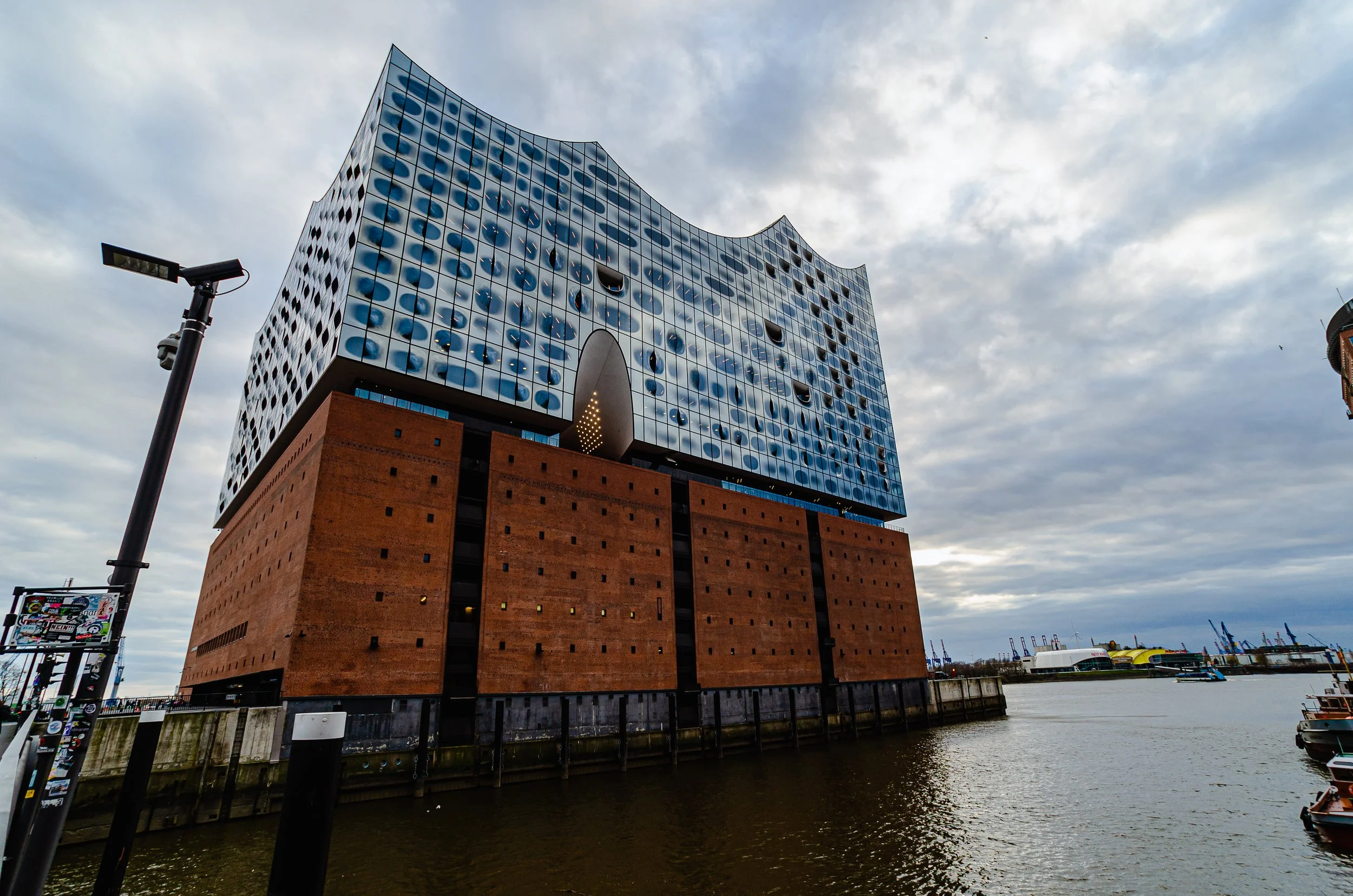





Empire Hotel
To celebrate the finished exam, even she hasn´t her mark yet, we wanted to go drink something. Our mom recommended the Empire Hotel bar. The Hotel is located in St.Pauli close to the waterfront with the bar on the top (20th) floor. I think it´s the highest bar in Hamburg with a nice interior and view. It should have opened at 6 pm, when we arrived a couple of minutes later it was still closed. 15 min later somebody came out and told us that Hamburg just closed all bars and clubs as Covid-19 prevention. There was nothing we could do, we left again and walked back towards the main city center. Our decision for dinner was again something Asian instead of fish or something else typical for the northern/coastal Germany region. We went for ramen. After my trip to Japan, I really developed a love for Japanese and Asian food. Admittingly, the ramen you get in Hamburg is not nearly as good as the ones I had in Tokyo or Kyoto. We went for The Ramen Hamburg, a nice small ramen shop close to the main station. I can recommend the spicy beef ramen and a vegetarian classic ramen version. For the evening, we got ourselves some cookies and drinks and spend the evening in our hotel room, as everything was closed. One of the most stupid things I ever did was to bring brand-new shoes. Already on Saturday my feet really hurt. Therefore, spending Sunday evening in the hotel room wasn´t that bad for me. The blisters I had were larger then the toes they were on, really unpleasant. The only good thing about it, the shoes fit perfectly now.
Our last morning, we spend skyping with Australien friends before going out for a nice breakfast buffet. The boring choice was the ALEX, it’s quite a large chain of restaurants in Germany, which for me are mostly known for breakfast, coffee and small bites rather than large sinner menus (they also have them). The main reason we took the ALEX was, that it is located directly on the pier in St. Pauli. You have a great view of the Elbe with the passing boats, as well as the people walking along with it. Always great to stalk a little and wonder what they are up to.
This concluded our very very small trip to Hamburg. Sadly mostly everything was closed or closed down during our stay. Therefore, we mostly walked around the city, sad down for drinks or small bites in coffees and relaxed. Besides my sister, who had an exam…
Salzburg, a short weekend.
A quite night in Salzburg.
A weekend in Salzbug
Depending on the time of year Salzburg has a lot of different things to do to offer. I joined my sister on a trip to Salzburg last August for her medicine entry exam. As with all of my travels, it was a bit chaotic as the exam was shifted to Salzburg from Wien as of Corona regulations.
From Germany, it is easier for us to travel by train instead of flying to Salzburg, as it is most often cheaper and the time consumption of security checks and everything is just wasted. Admittingly it takes like 8 hours, but in Europe taking the train (high-speed trains) is more comfortable than most think. We stayed in a nice Airbnb close to the old city centre only a short walk to the Salzach. A friend of my sister and I explored the city while my sister had to take the exam.
Sunday morning market along the Salzach.
The historic center below the Hohensalzburg Fortress is worth the visit, I think less for Mozart’s birthplace, but more for the other historic buildings. Salzburg is mainly known for Mozart and the opera festival celebrating classical music and opera. For me, the atmosphere, as well as the surrounding, of the city were of much more interest. The markets along the Salzach on weekends during the summer are one of the best things, you can buy great food and snacks, as well as a lot of great hand-crafted things. There is something for everybody, from handmade traditional clothing over leather bags to metal wind plays (seen on the right). If you can not find something for your taste on the market, which is highly unlikely, Salzburg is a city with great cafes, pastry shops, and restaurants. Mozart Kugeln (marzipan, nougat ball) is so heavy after one of these balls you feel stuffed (and better don´t think about the calories). For everybody who may eat a little too many of these delicacies a walk around the “Kaputzinerberg” or along the cliffs beside the Fortress could help to not collect too much weight when visiting. Besides the exercise the views of the city and the surrounding area are quite impressive .
FORTRESS HOHENSALZBURG
Entrance house when walking up.
From the historic town center, you can either walk up a quite steep hill towards the entrance of the fortress or take the cable car, running from the old town square up to the Fortress. For everybody not to fit or with loose shoes, I would recommend the cable car, as the way is quite steep at many points and made of loose gravel. Nevertheless, we saw some people doing it with flip-flops even that it does not look too agile, as they slid out of them frequently. We walked up as we thought the price of 13€ for the cable car was too much, but we discovered that to enter the fortress you have to pay a 10€ fee, so the ride is actually only 3€ per person, which is much more reasonable. Included in the price is access to some of the fortress areas like a Galerie with old artworks, different museums, or the tower to watch over the whole city (keep in mind that the stairs up inside the tower are quite small with 1.95m I had to duck down at some points). You can get free (as I remember) audio tour equipment to get all the information or participate in a tour (not during Corona as far as we saw). There is also an option for an “all-inclusive” ticket with further included access to the princely chamber and the magic theatre, I haven´t visited both so I have no idea if the extra 3€ is worth it. To see everything you can surly plan half a day to a day at the fortress, for us it was mainly about the views.
For me, the city is not about action-packed days, but much more about strolling through the small streets admiring the historic buildings and enjoying great food. So I have nothing left to say. I recommend the city for everybody looking for a weekend getaway or a short trip. If you travel by car you can connect it to some great hiking in the alps nearby. If you are looking for more inspiration for the region I recommend the website of Tourism Salzburg, it is actually one of the nicer city tourism sites I saw.
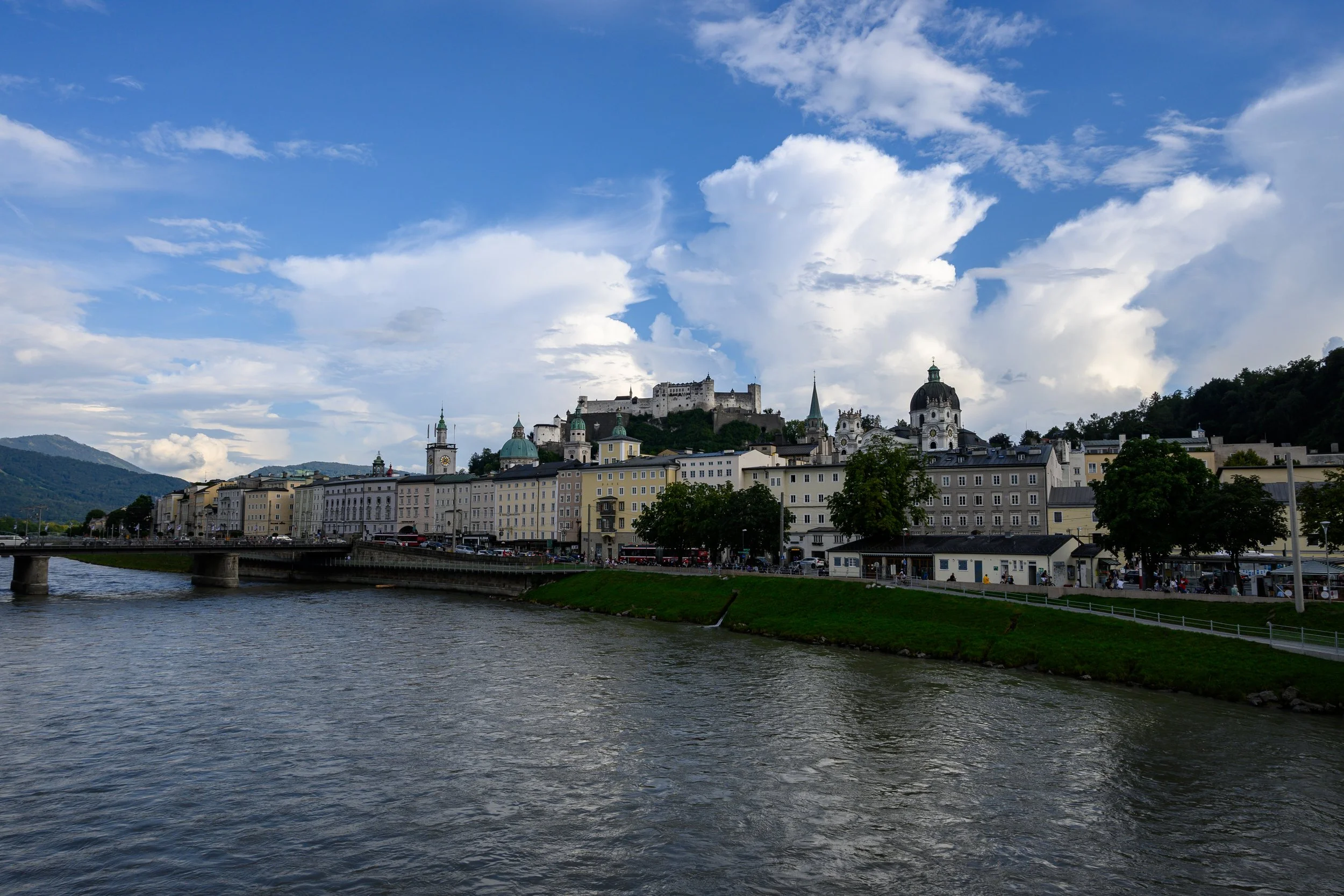


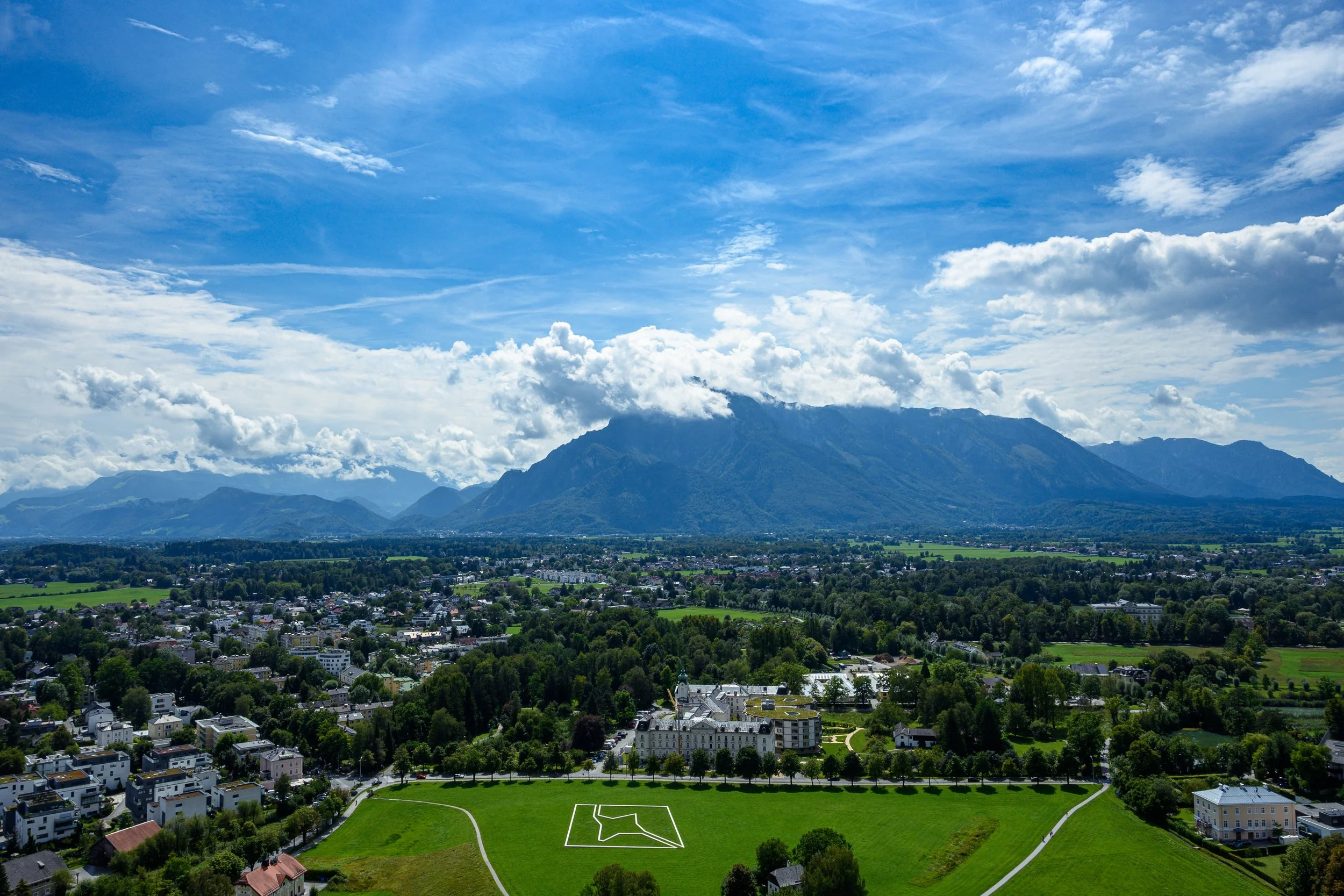
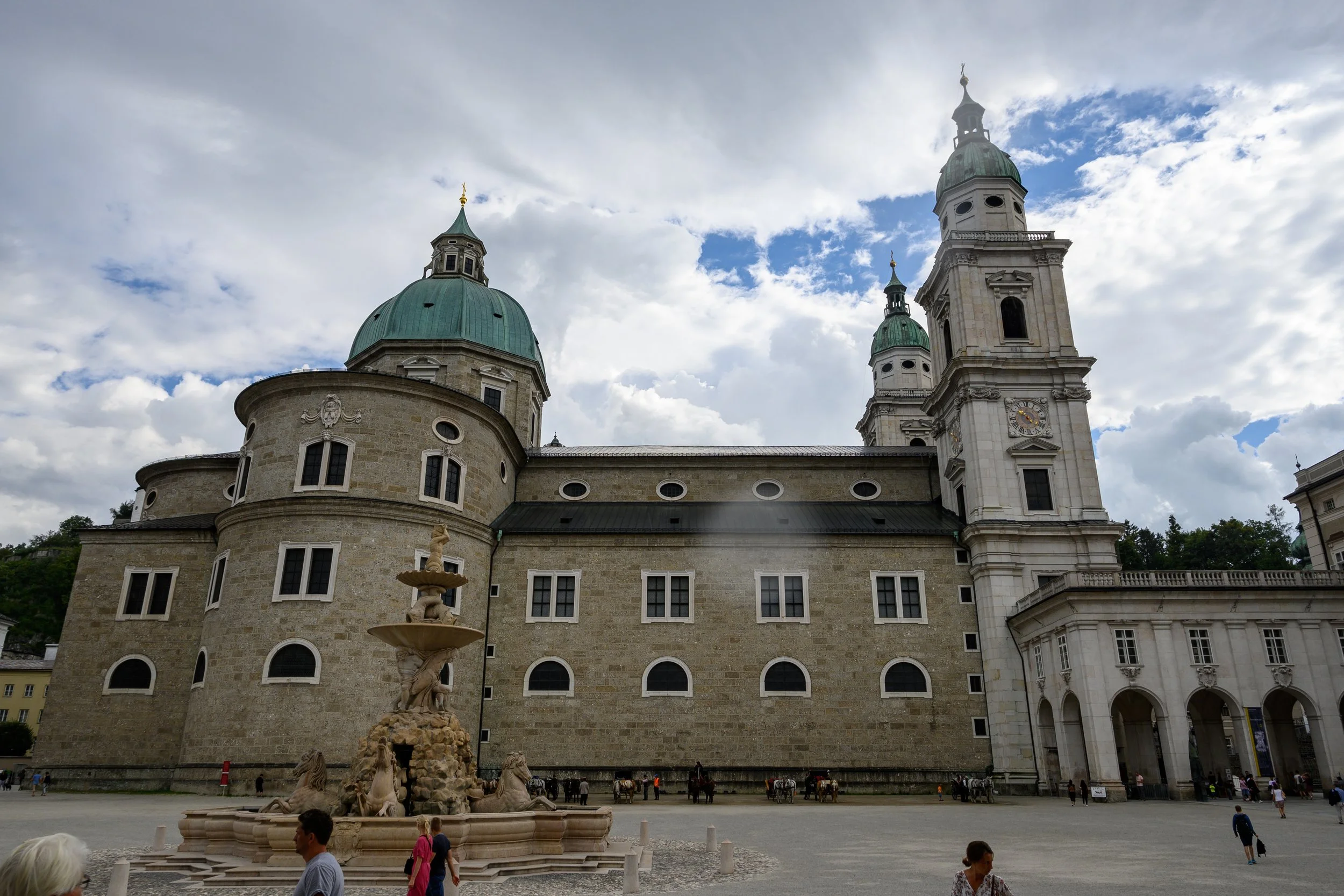
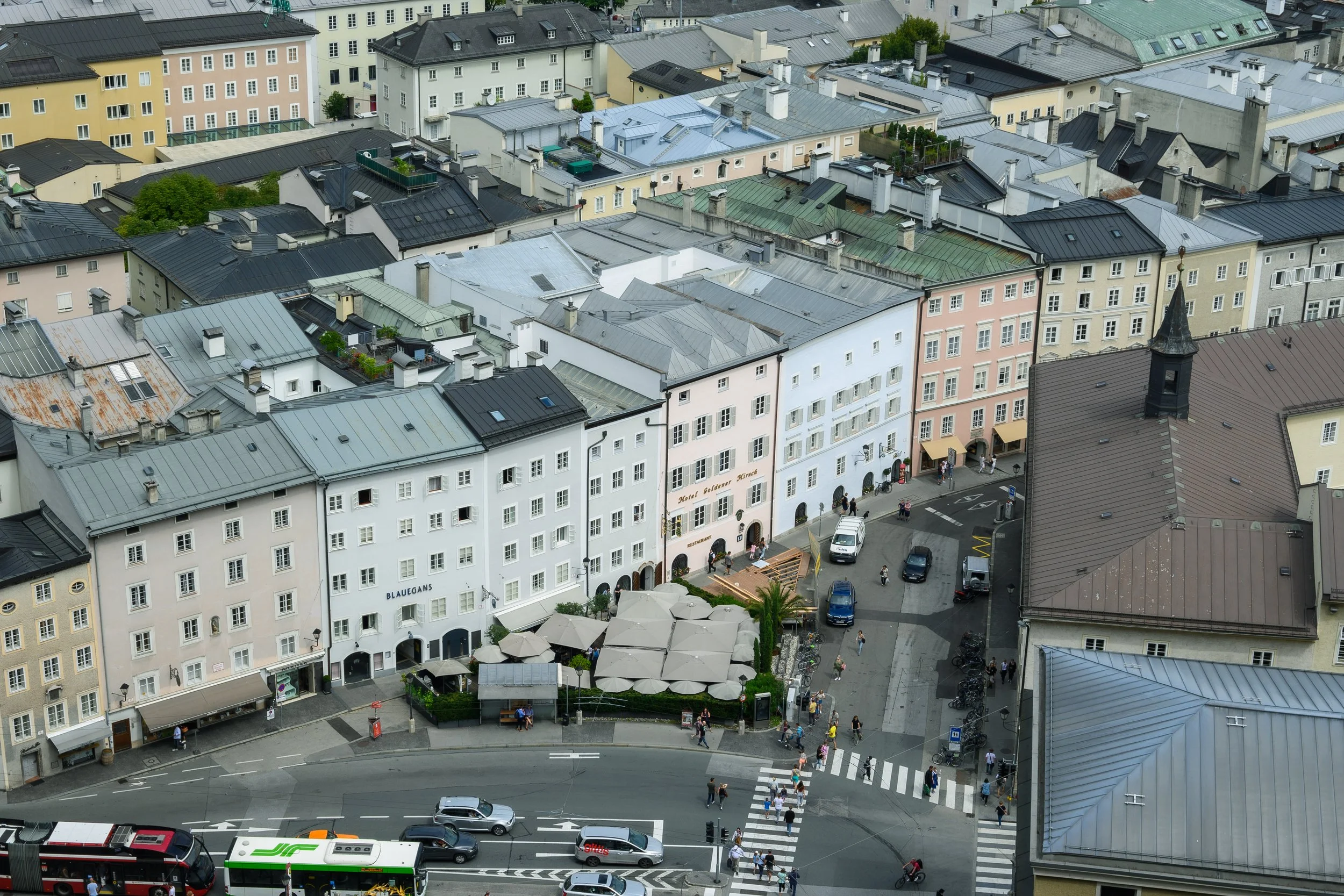

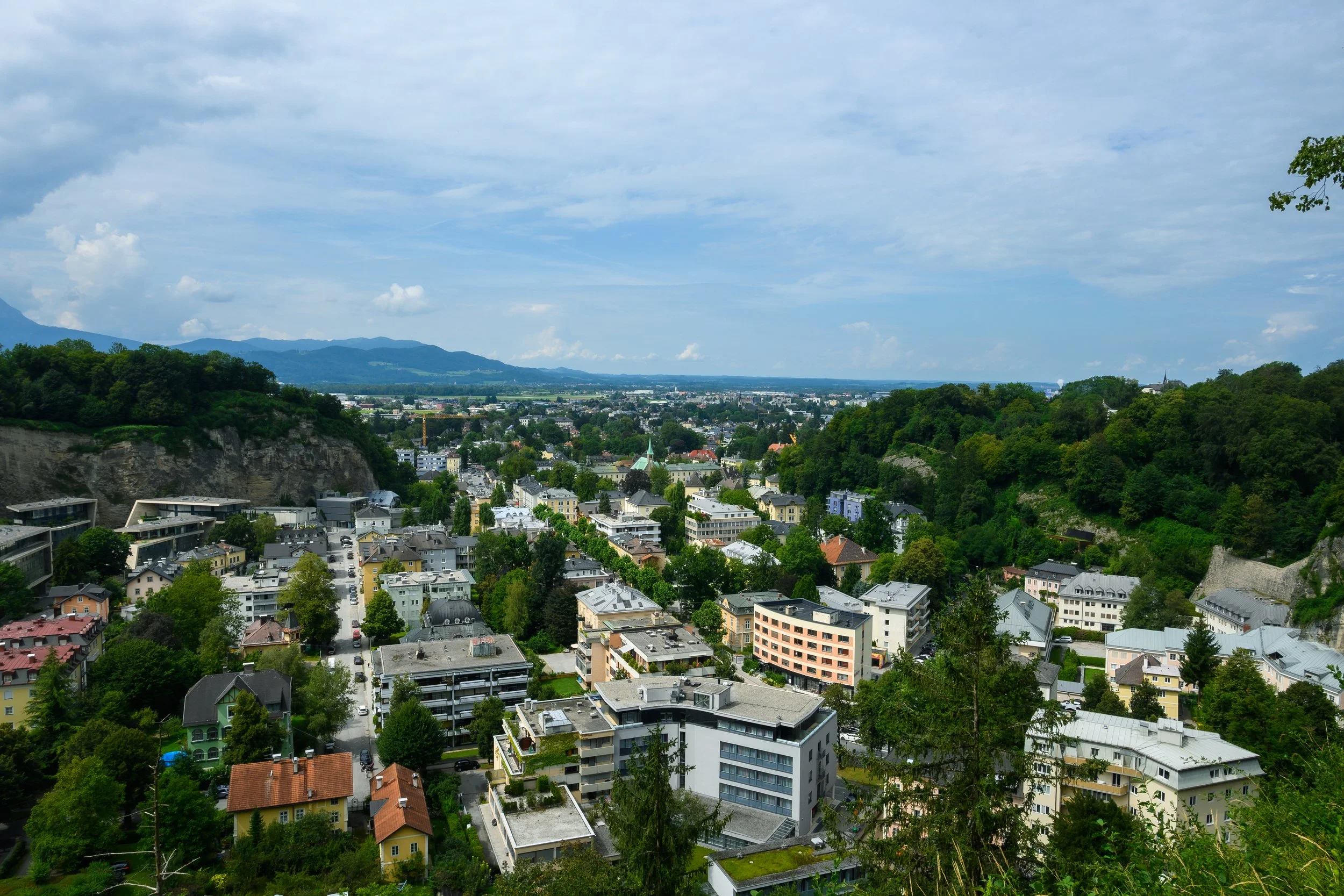

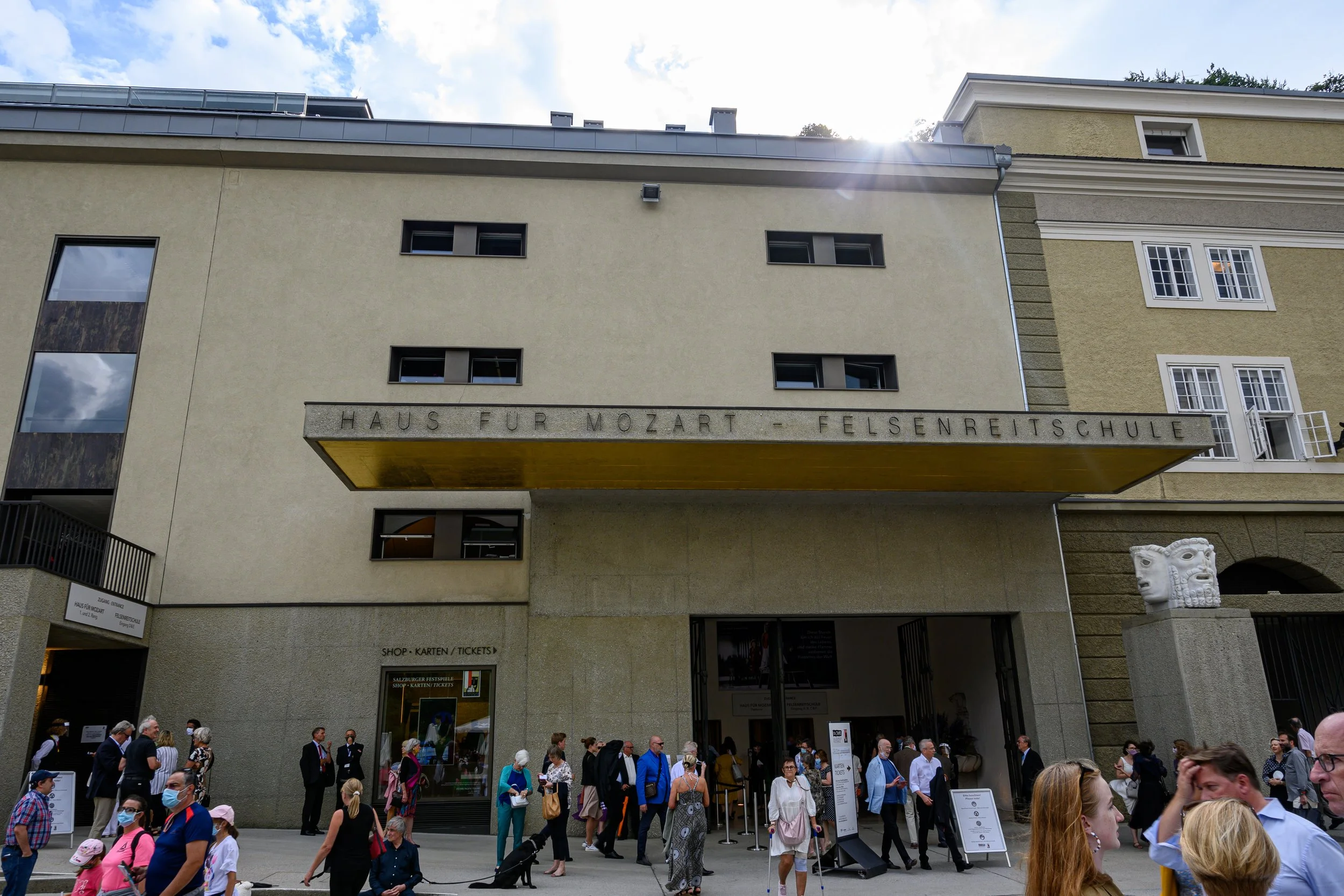
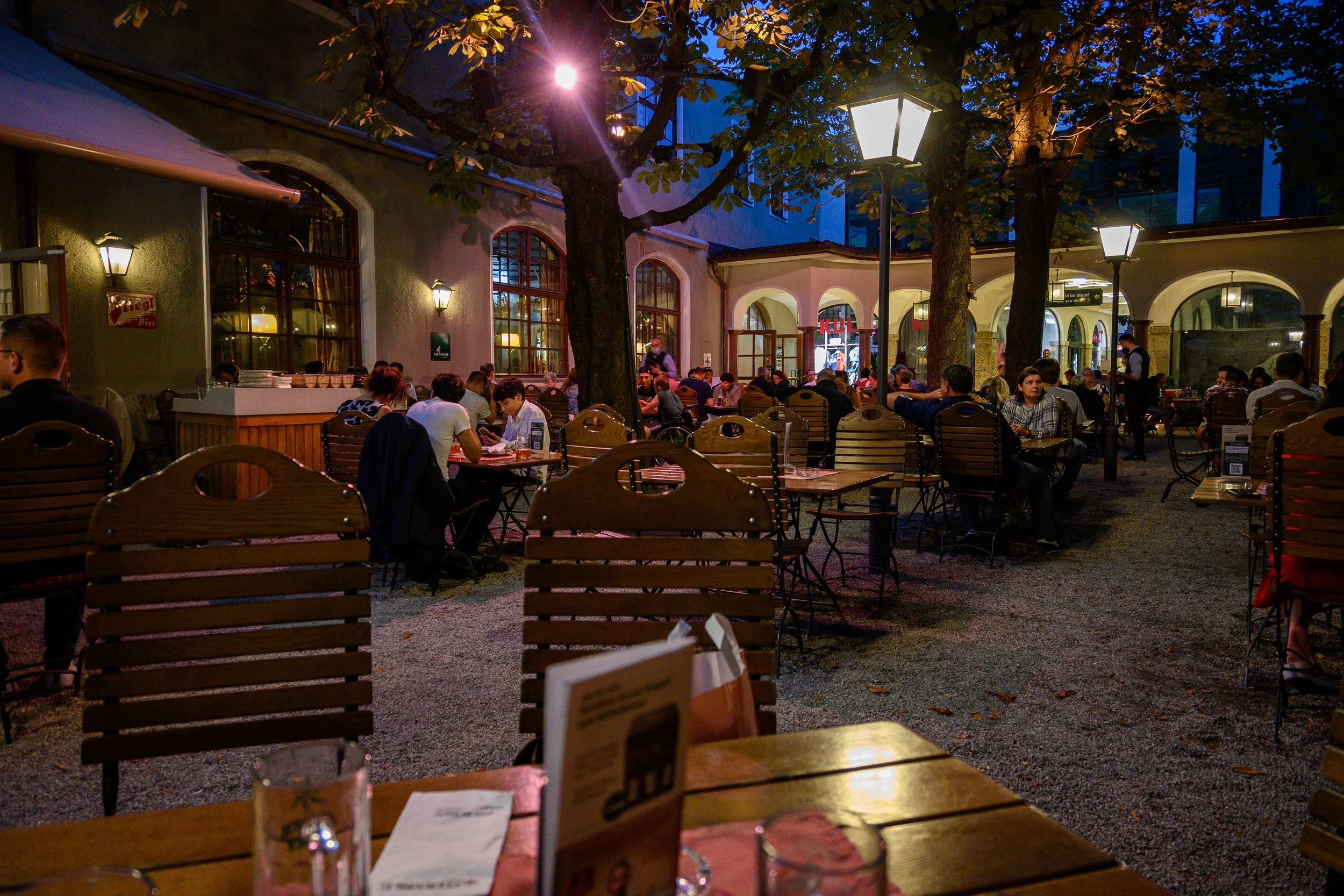




The Ghan - Luxury Journey through the fifths continent.
A train journey through Australia
Darwin to Adelaide on the Gahn (2022 journey). Taken from Journeybeyondrail.
Australia has a wide and diverse landscape. As the country is a continent, it is natural that some cities and regions are located thousands of kilometers apart. You can take a quick fly, book a ticket on one of the long-distance buses, adventure out on one of many epic road trips or as I did take a continent crossing train. There is a couple of great luxury journeys to take in Australia. Journeybeyondrail offers in total four different longer or shorter train journeys. The Overlander is a train frequently traveling between Adelaide and Melbourne, I actually accidentally took this train from Melbourne towards the Grampians as it was the only train in 2013 traveling from Melbourne towards the Grampians. The ticket I got at the Melbourne train stations a couple of hours before the departure. The train itself is a bit more luxurious than the standard carriages normally traveling in Victoria. The one journey, which is still on my Bucket list is the Indian Pacific, a 4-day 4300 km long journey from Sydney to Perth or vise versa.
The most iconic journey is the Gahn, a 3-day trip from Darwin to Adelaide or vise versa through the hearth of the continent. I took this journey end of November 2013, so already along time ago during my Work&Travel year.
Darwin
I flew from Sydney towards Darwin a couple of days prior to the departure of the train. I didn´t only want to arrive in Darwin to directly board the train and leave the city again. That time I really underestimated the wet season. Still, on the plane, I experienced the first major wet season event a large cyclone. That fly is still the worst fly I ever took in my life. First, we sad 2 hours on the runway in Sydney as we didn´t get permission to start, because of the cyclone in Darwin. Then after 2 hours, we had to start as the airport was shutting down, because of a major thunderstorm above Sydney. The flight included a 1-hour bumpy start through a thunderstorm, only a 1 1/2 hour quite nice fly over the outback and another 1 1/2 hour bumpy flight through a cyclone. Normally, I´m not afraid of flying, but during this fly, I actually thought I will never arrive and die. In Darwin, everything was closed because of the cyclone I spend 2-days in the hotel room. The only time I went outside was to go for dinner and one evening to watch a movie. Saying so, I actually haven´t seen much of Darwin in my time there. After the cyclone, I made 2 tours, one to Kakadu National Park and one towards Litchfield National Park with AAT.
KAKADU NATIONAL PARK
Aboriginal rock art in Kakadu National Park.
Kakadu National Park is one of the most famous parks in Australia due to its vast variety of flora and fauna. Even the Unesco declared it natural as well as cultural world heritage. During the one day trip, which is a little bit too commercial for me, you visit Aboriginal cultural sides as well as billabongs.
With the bus tour, you make a stop before the park at a small farm, where you can buy food as well as a large number of souvenirs and stuff like that. Afterward, the tour stops at different nice short walks, where a tour guide shows and explains the rock art and the history of the land. All walks are quite short and very good signposted as the tracks are takeable for all ages, only people with wheelchairs can´t take these walks. Sadly, the bus tour only takes the main highway through the park, therefore a lot of secret little places like waterfalls and some more isolated rock art places. If taking a tour like that, remember that you mostly see the spaces which are crowded with people. Nevertheless, tours like that give people without a car, like the 18-year-old me, the chance to see these magnificent places and learn first hand from the Aboriginal tour guides about their heritage. Interestingly the Aborigines don´t have a written language. Their culture is based on vocally passed down knowledge and rock art. There are legends about the rainbow snake, one of the most important spirits in the “Dreamtime”, living in this area, also Kakadu involves one of the No-go areas of the Aboriginals. The Aboriginals know this area as a toxic, sickening piece of land. When the first white settlers arrived, they didn´t listen to the Aboriginal warning and discovered the largest Uranium deposits in the world. Therefore, one of the biggest mines for Uranium is located inside the park boundaries.
The views over the Kakadu National Park from one of the many lookouts.
Kakadu not only involves rock art and woodlands, but a large part of the park also includes Billabongs (waterholes). One of the most famous and most accessible is Yellow water, it’s close to the visitor center and hotel as well as a large campground. You can take your canoes or kayaks out on the water or take a boat cruise. I would recommend a boat cruise as there a quite a lot of crocodiles, freshies (freshwater crocodiles) and salties (saltwater crocodiles), and I don’t want to encounter them in a canoe. A boat cruise with lunch was included in the tour I booked and we spend a great afternoon out on the water. Besides the already mentioned crocodiles, you can see a lot of different native bird species, some of which only live in Kakadu.


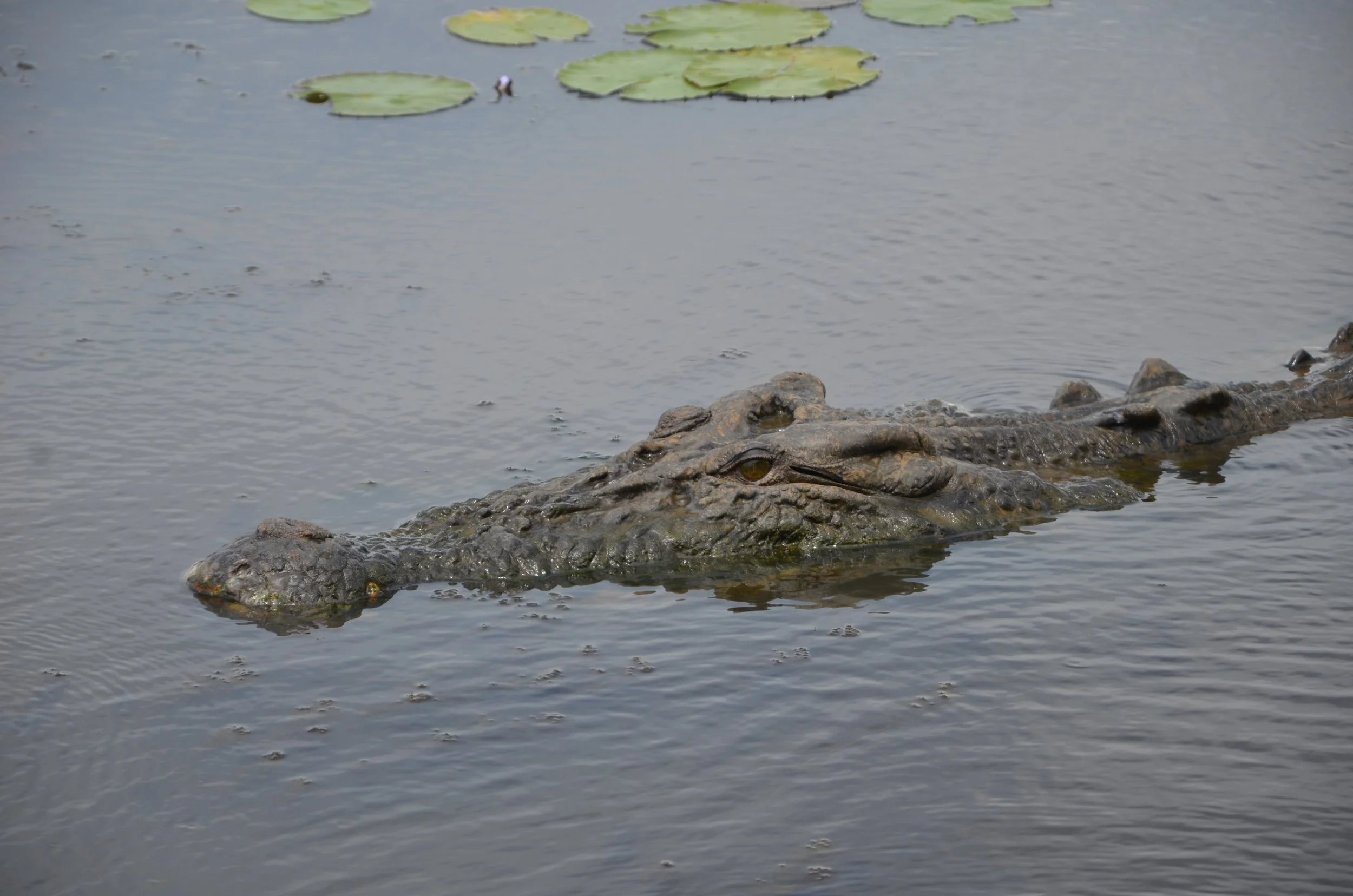
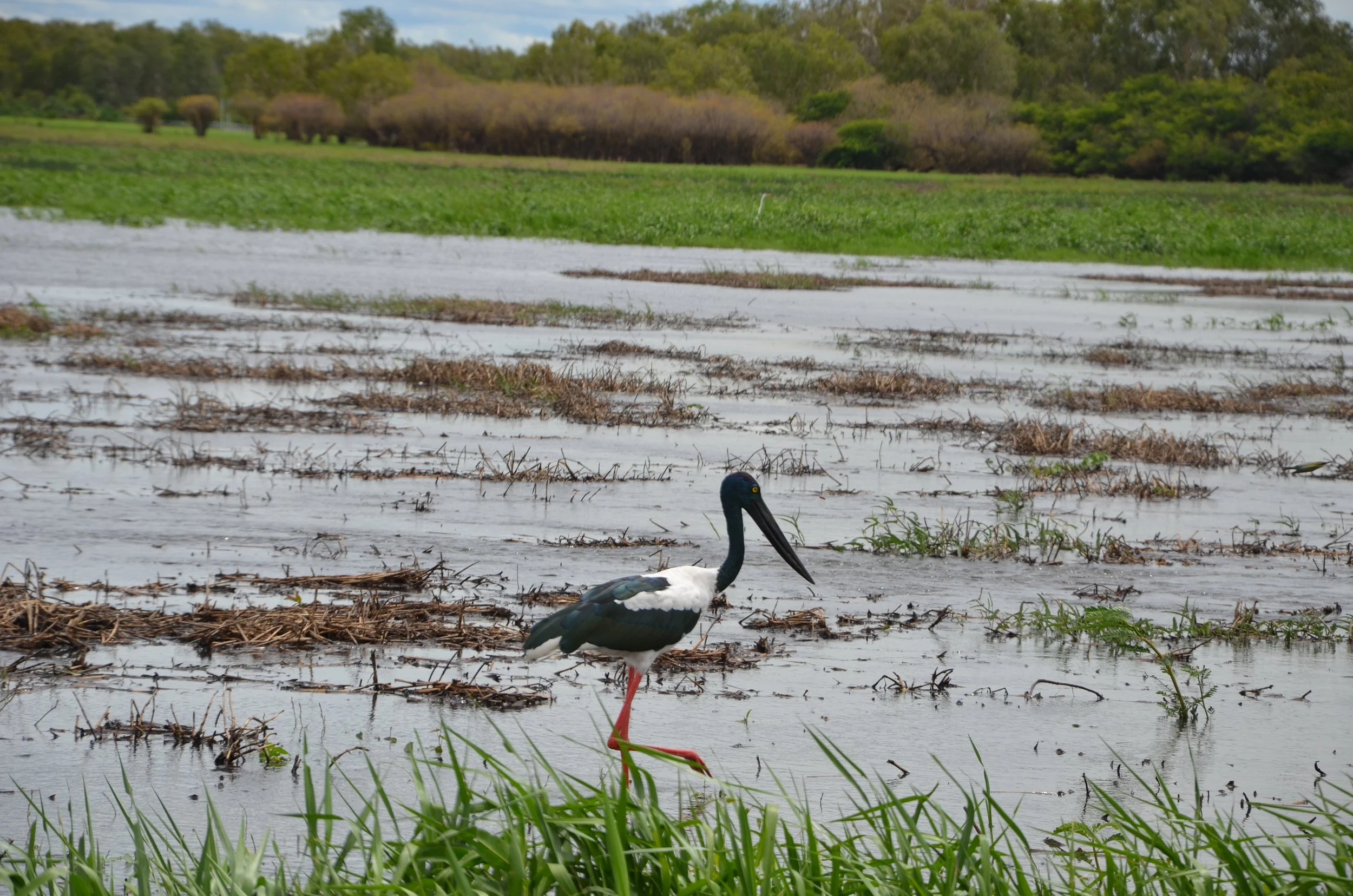



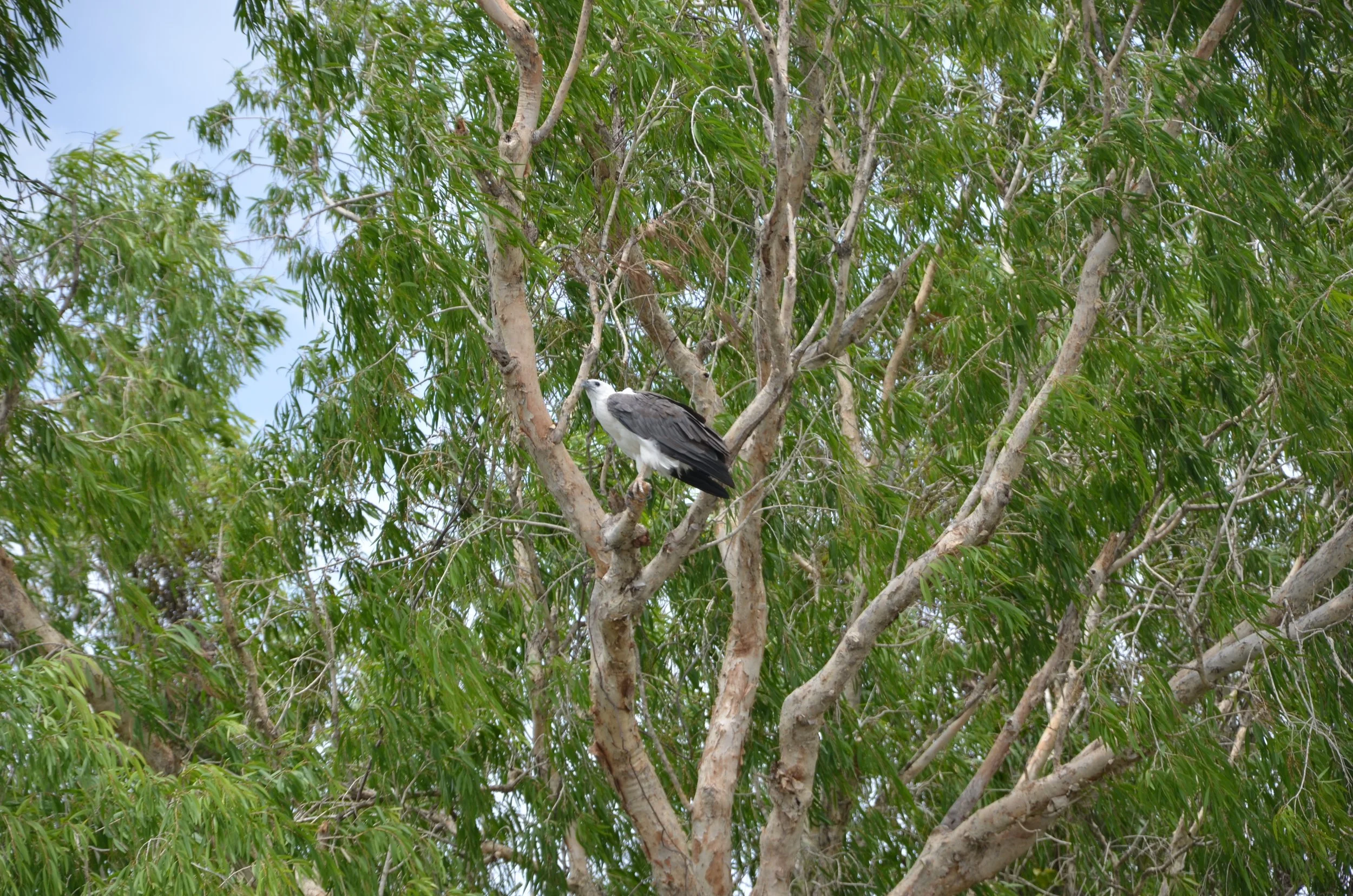

LITCHFIELD NATIONAL PARK
One of the largest termite mounts in Litchfield National Park.
The next day I went to Litchfield on a small tour. We had a small 6 person bus and I forgot my swimming wear. Forgetting swimwear is a major problem in this national park, as most of the attractions involve waterfalls and rivers you can swim in. So for me, swimming in underwear. The tour, therefore, is shortly summarized: swimming, waterfall, lunch, swimming that's it and it is great. One magnificent place, besides the waterfalls, is the termite mounts at the entrance of the park. They are special in size and orientation. They are the only termite mounts in the world which are strictly orientated north to south to shield of the sun
For me, the main attractions are the waterfalls and swimming holes. Each side has something magical and special. Some places involve a little hike down towards the base through the jungle. One encounter I will never forget is a snake attacking and eating a wallaby directly next to the trail.


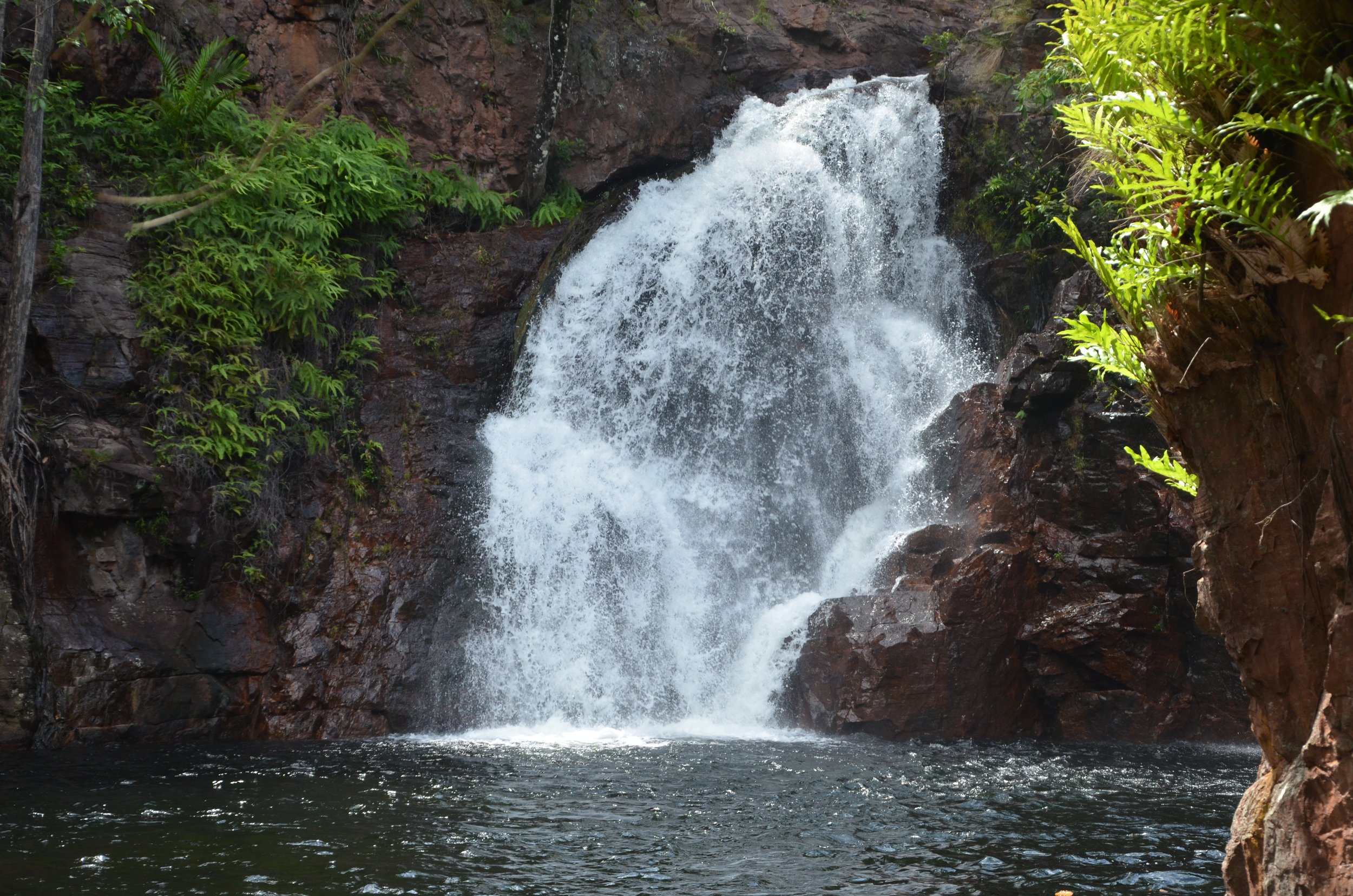
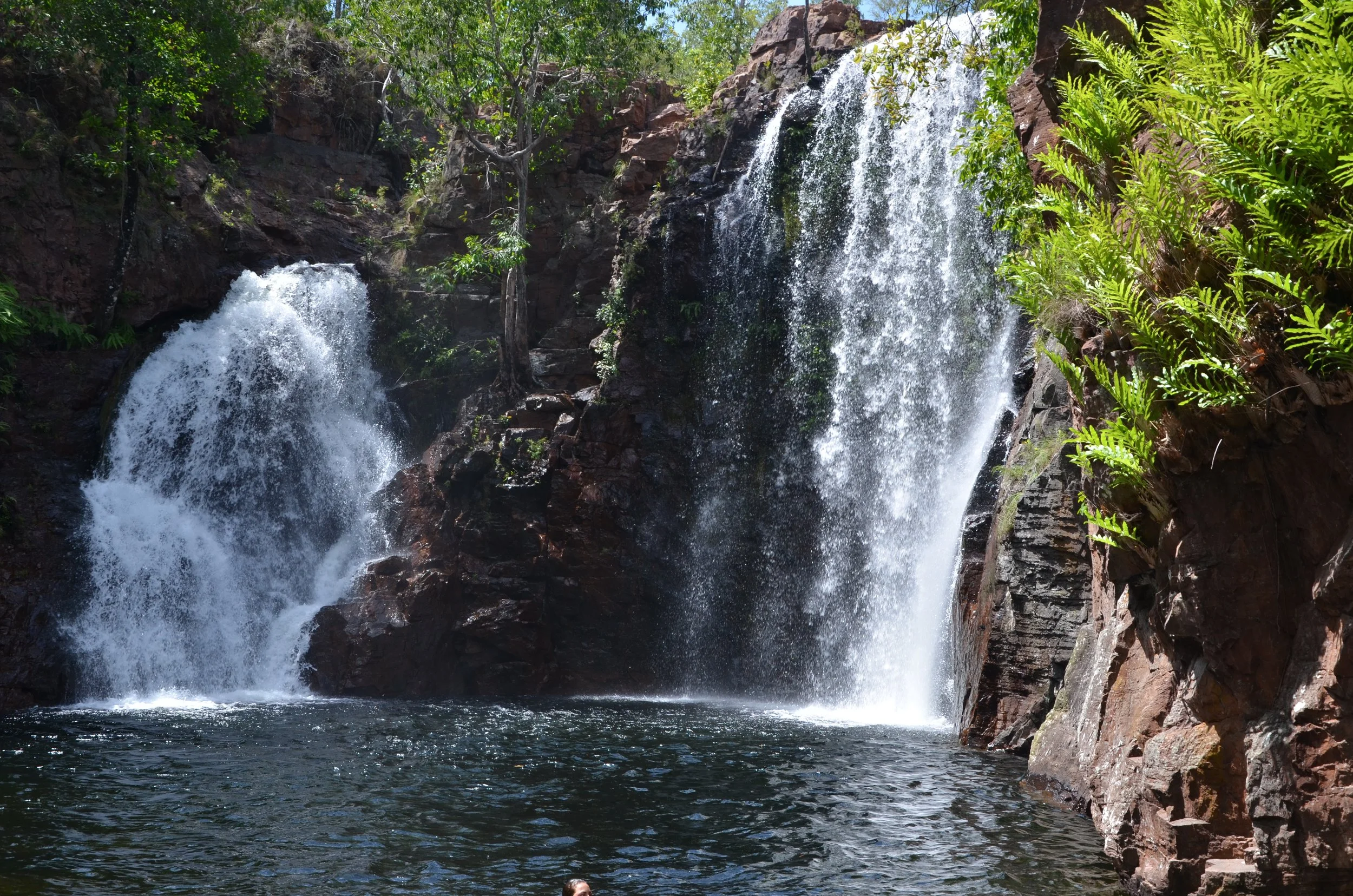
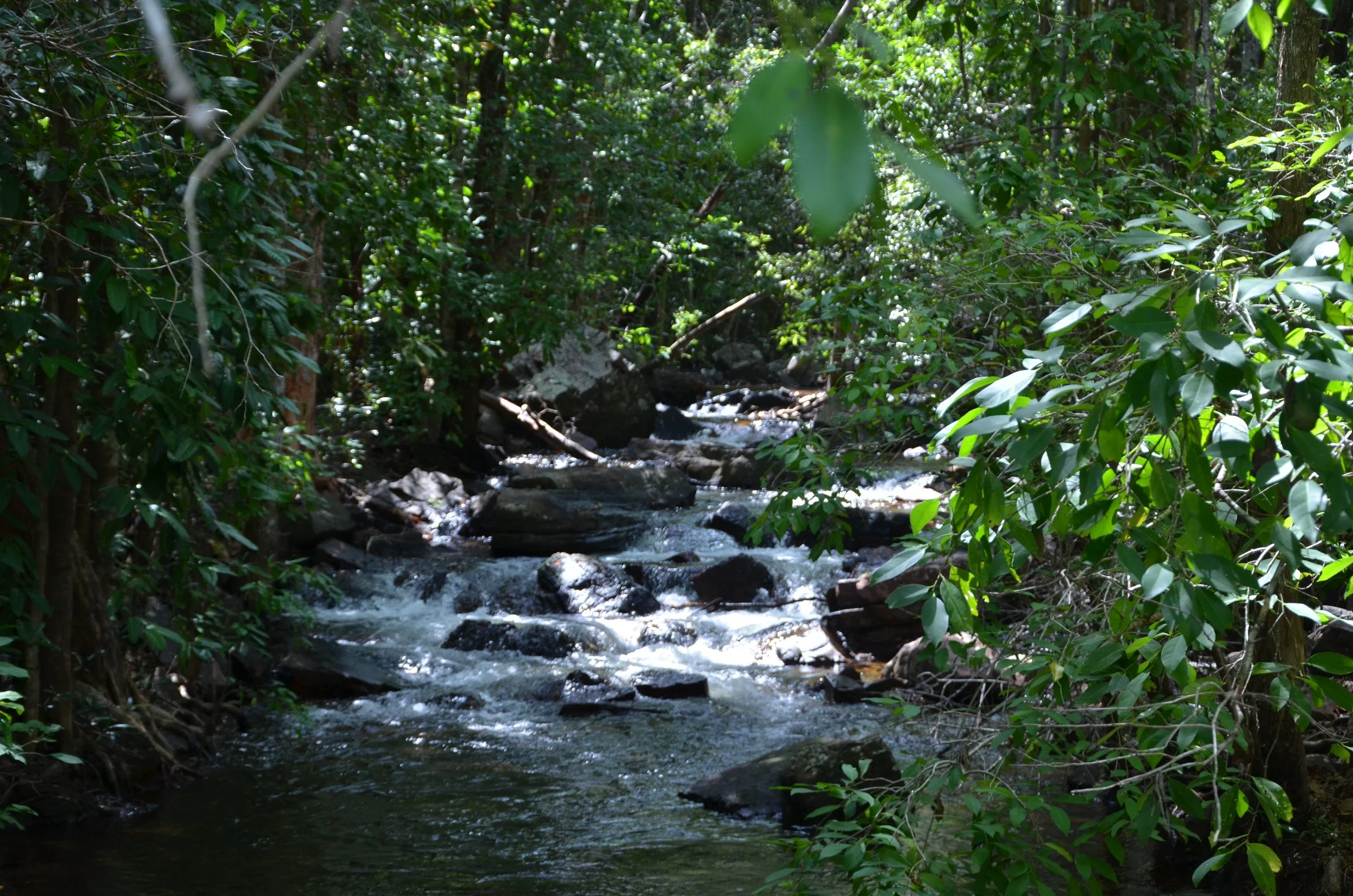



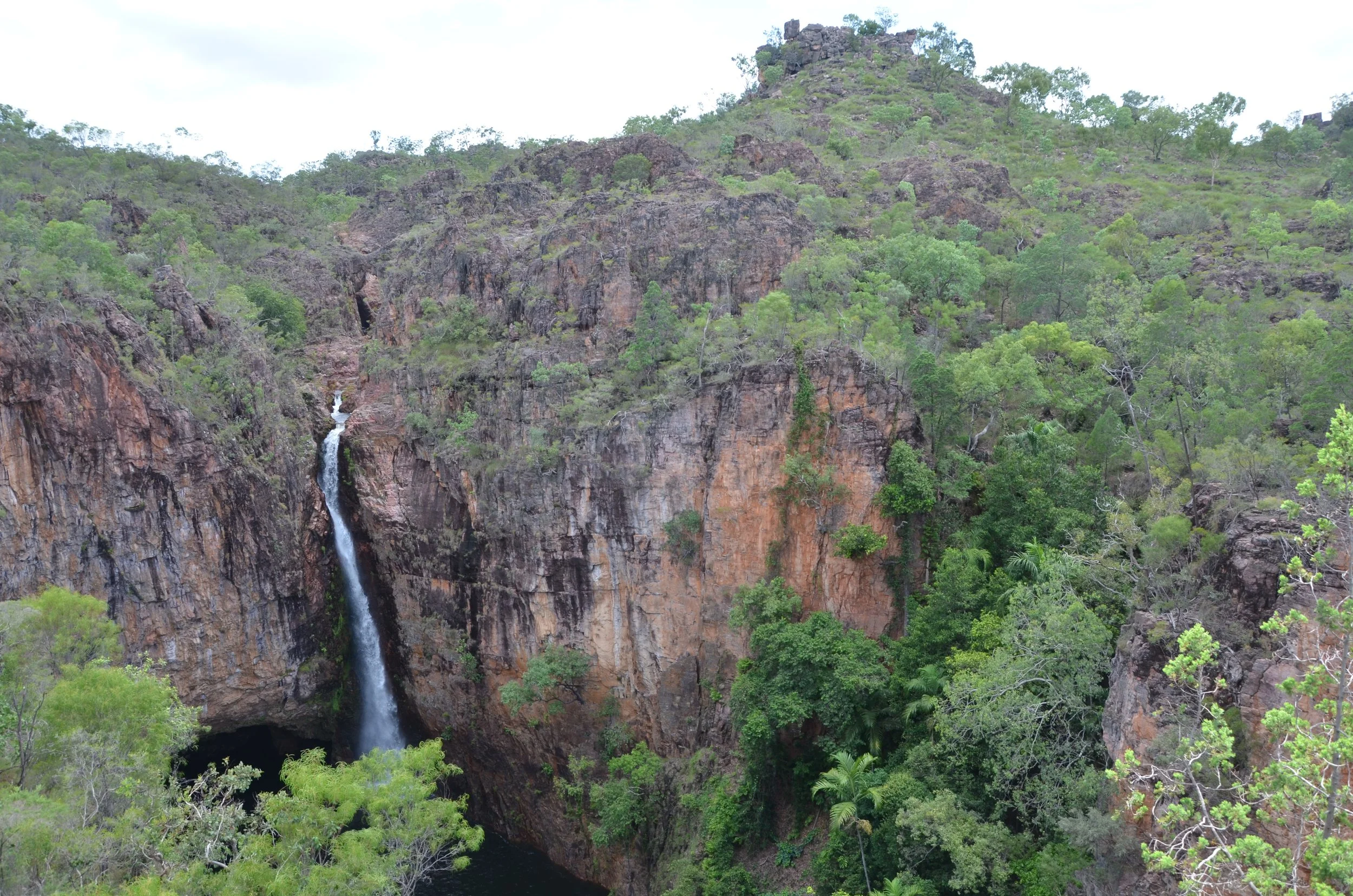
BOARDING THE GAHN
On the starting day of the train journey, you will be picked up at your hotel in Darwin (depending on your travel class) by a bus or car. I booked the Gold class, the business class on the train. I got a single cabin with a nice large chair and a nice ottoman with a small table. Also, the cabin offers a sink and cabinet, as well as a phone to call a staff member if you want to order a drink or so.
Single person gold class cabin on the Gahn. (2013 interior, I think they were updated since then)
When you arrive you will find a lot of informational brochures about the journey and the off-train trips you can take along the journey. For the single person cabins, there are no showers and toilets inside the cabin, instead, they are located at each end of the carriage. If you book a double gold class cabin, you have a toilet as well as a shower inside the cabin. The gold class single cabin includes all drinks and food on the train as well as all off-train excursions. These inclusions where the reason I booked this class. The lower, red class, is only a standard train chair, you need to buy food at the onboard restaurant and no off-train excursions are included. For a 3-day journey not exactly what I wanted. Back to the gold class, every morning you could decide in which group you want to be for breakfast, lunch, and dinner, all meals were served in the restaurant car a la card. The meals I had on the train were by far the best I had in the whole time in Australia. We had things like Kangeroo stake water buffalo or snake. Quite fast a German travel group picked me up and I joined most of the time for lunch and dinner. During the ride, you could either enjoy the views out of your cabin window or sit in the lounge or bar car enjoying the view with nice talks and drinks.
Wet season view.
FIRST STOP: KATHRINE
Already after a couple of hours, the first stop comes into view. Kathrine a small town on the Stuart Highway, the last major town before Alice Springs. When we boarded the train we could decide which trip we wanted to take, we had a choice of an Aboriginal art tour, a boat tour through Kathrine gorge or a canoe adventure. I took the boat tour through the gorge as it offered a bit of all.






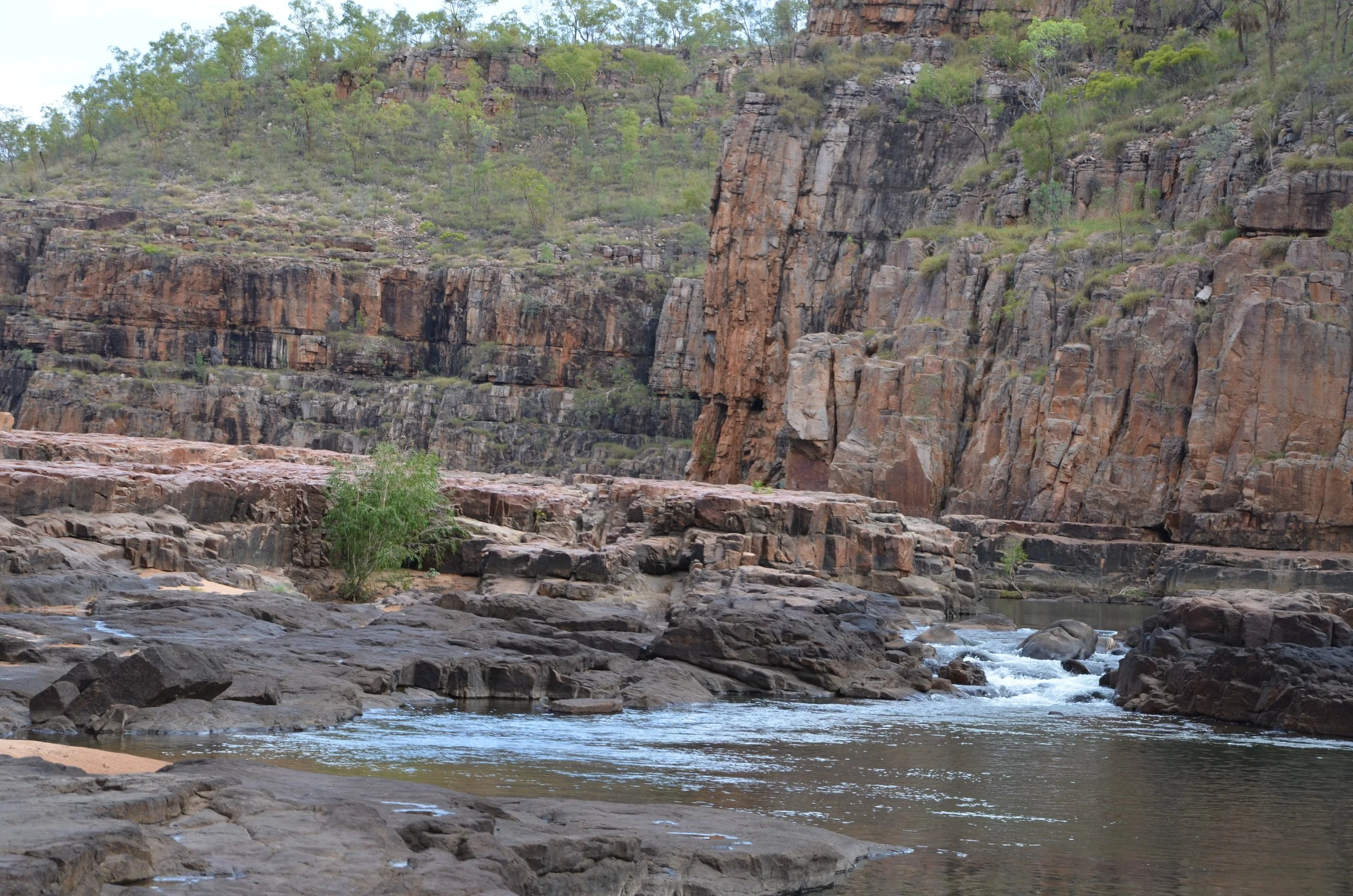

NIGHTS ON THE GAHN
During the trips the crew of the Gahn will prepare the train for dinner. As soon as you come back, you can freshen up, pick a couple of drinks and get ready for dinner. I should say, that there is a bit of dress code in the gold class for dinner, with long trousers and long sleeve shirts. As the train rolls through the Northern Territory landscape you get served a 3-course meal with a great selection of local Australian wines. As you sit back and relax at dinner, the train crew prepares the cabins for night. The seats get converted into beds.
Bed configuration of the single gold cabin.
The evenings I spend with the other people in the lounge car, talking, playing cards and drinking another couple of drinks. You can’t say no to free unlimited drinks. When you return to your cabins, the train will slowly rock you into sleep, while looking at the stars from the large windows directly next to you. You can close the window shades, but I would advise you to leave them open, to witness a stunning sunrise over the central Australian desert.
For breakfast, you have a wide choice. From muesli over bacon and egg all the way to eggs benedict, or all together if you wish. After breakfast, you have a couple of hours on the train. Again you can just enjoy the views or join one of the talks given by Aboriginals or different experts on their fields, like biologists or geologists, before arriving at Alice Springs.
ALICE SPRINGS
We arrived in early afternoon, just after lunch in Alice Springs. Here you have a great choice of different off-train trips. I joined a trip towards the Alice Springs desert park, which was actually my last choice. I was to slow to put in my trip choice and couldn’t land a place on the scenic flight (which is included if you are fast enough) around Uluru or a in depth tour of the flying doctors. Nevertheless, the desert park is still worth a visit. We got a nice tour with a lot of nice explanations. A highlight was an introduction into the wildlife of central Australia. The show included discos, hawks and a lot of interesting birds I have no idea what they are.
ALICE SPRINGS TO ADELAIDE
This was the last leg of the journey for me. Nowadays there is another stop and off-train trip between Alice Springs and Adelaide, if going up from Adelaide towards Darwin. I enjoyed a later brunch on the train before packing up my stuff. As you come closer towards Adelaide the scenery drastically changes from desert to lush green hills. Around Adelaide there are some of the best wine regions in Australia, so always worth visiting.
For me the trip was totally worth it, its a nice trip, I met great people and had fantastic food. Nevertheless, with a price point of 2500 AU$ (1.700€) for the train and all trips (including Kakadu and Litchfield) it’s nothing you can do everyday. For me worth it, but I’m also a fan of long distance train journeys.
More pictures of Australia can be found in my galleries! I have traveled to this diverse country a lot in the last 10 years and have some stories and memories of nearly every state. While Victoria is closest to my heart, with most of my friends living there.
My personal best ones you can find in my portfolio.
East Victoria Road-Trip Part 2
Mornings on empty beaches in the Gippsland region.
ROAD TO MALLACOOTA
Stoney Creek Trestle Bridge.
After spending some days in Buchan and the area around the Snowy River National Park, I wanted to leave the mountains and travel down the Gippsland coast. My goal was to drive from Buchan towards Mallacoota before travelling down towards Wilsons Promontory NP and the Mornington Peninsula.
The 220 km drive from Buchan to Mallacoota is, after reaching the A1 highway after 30 km, a bit boring. Therefore I decided against the quickest road towards the A1 via Nowa Nowa. The route I took is more scenic but much slower, both ways are around 30-40 km, but the Buchan to Orbost Road is much curvier. Nevertheless, I didn´t reach Mallacoota. As I reached Orbost, the signs on the side of the street said that the A1 towards the NSW border was under construction and that the junction to Mallacoota is closed. With this information, I changed my plans and decided to skip the northern coast altogether and make my way straight to Lake Entrance.
On the way, I stopped a couple of times at different locations, as I suddenly had much more time with one less stop on my travel itinerary. The Gippsland Lake district shows to have a lot of interesting small stops along the roads. Shortly after Nowa Nowa, I stopped at the Stoney Creek Trestle Bridge. As it is located a bit further away from the main road, it was a perfect spot for lunch. The bridge is part of the old East Gippsland Rail line and nowadays of the East Gippsland Rail track, a long-distance cycle track.
I must admit it is a nice resting spot, but besides that, it does not offer much. It is interesting how there were ones a train line connecting all the east coast towns, where today there is only the Prince Hwy (A1). I am a big fan of the old train travel style. Might be because I never owned a car and here in Germany I go everywhere by train.
Literal Lake Entrance.
NOTHERN GIPPSLAND REGION
Lakes Entrance
I spend a good day in Lakes Entrance, the town to the time I stayed, was sleepy and not a lot of people or other travellers were around. The Highway / Main Street goes one time along the waterfront before climbing up into the hills behind Lake Entrance. Thereby the waterfront is not directed towards the open sea but at the name-giving lake. Between the lake and the ocean is around 50 m (badly guessed by me) thick sandbank, which can be seen in the above picture. From the main street, a long wooden peer leads onto the sandbank.
You can walk for miles along the beach without meeting a person, at least when you come outside the holiday season. In my case, the beach was empty and the sun was out, even a strong wind was going. Therefore, most people stayed in the city to not get sandblasted. Besides the way along the beach, you can walk through the bushes and trees on the inside and learn something about the area and city through some information boards.
I think during the holiday season the city gets crowded with tourists, kite surfers, and outdoor enthusiasts. Most shops along the main road are surf shops, fishing shops with some nice looking restaurants (they were all closed when I visited). As most things were closed throughout the town, I stocked up my supplies, before leaving and sleeping at a free campsite outside of town.
Raymond Island
A little scratch!
Raymond Island is a small island in the Gippsland lake, where a colony of koalas is domiciled. The island is located around 60 km from Lakes Entrance on the other side of the lake. I would actually not call it a real island. Yes, it is a real island inside the lake, but it is only around 50 m away from the shore directly at Paynesville. They could just build a bridge to connect it to the town, but they decided to install a ferry which takes ridiculously 2 min to the other site. (you have to pay if you want to take a car on the island; it´s free by foot) There is no reason to take a car with you onto the island. There are only a couple of streets, which are all residential. Additionally, there are quite a lot of free parking spots around the marina.
The island is a natural reserve to around 3/4 with some residential streets at the dock of the ferry. From the dock, a couple of signposted walking tours start.
Admittingly, I seem to be blind. When I walked around the island I could not find any koalas, before a couple of residences showed them to me in the trees. In the same trees, I 20 seconds before looked into. Once, you know what to look for, you suddenly see koalas everywhere. I really wondered if I was blind or stupid before. One thing you can not expect is action. Nearly all of the koalas where sleepy chilling on a branch. I found one who was a bit more active, eating and scratching his chin. As you can see in the pictures the weather was not that great. Therefore I was not in the mood for any big hikes or any other major events. After the walk around the “koala trail” on the island, I sat down in a Café in Paynesville and planned my further trip. Before driving 130 km to Paradise Beach to camp along the 90-mile beach.
Always sleeping.
Agnes Fall and Port Albert
The area around Seaspray and Golden Beach along the 90-mile beach have a ton of free camping spots close to the waterfront. Most of them are only separated through a large sand dune from the beach. I just pulled into one and was the only one staying there that night. One thing you have to remember is, that as the camping spots are free, sadly some people just dump their waste anywhere. I found the spots through the app “Wikicamps Australia” and some of the other reviews of this spot also mentioned the dirt and a million sandflies. I must admit I did not have a problem with any sandflies, but in the summer maybe be curious about them.
Agnes Fall.
As I arrived after dark, I just parked in one corner of the area, ate something and went to sleep with the sound of the ocean on the other side of the dune. In the morning I took my breakfast, walked over the dune and sat down in the sand for a relaxing breakfast at the ocean with a slowly rising sun. In both directions, I could not see a single soul, it was just me, my breakfast and the ocean. It could be the reason that I visited during the wintertime again, but most of the reviews of the other campgrounds indicated that you can expect to be alone along the 90-mile beach most of the time.
Around 11 am, I packed my stuff and prepared to leave towards Wilsons Promontory, with a couple of stops along the way. Somehow I managed to drive my van in the pitch-black night (one of the headlights did not work) into this sandy camping spot, but now at daylight, I was unable to find the exit again, soundly there were quite a lot of possible crossings between the narrow tress and I nearly got stuck in the soft sand 2-3 times. It took me longer then I want to admit getting out of the camping site and back on the main road again.
My plan was to drive along the coast towards Wilsons Promontory, visiting Port Albert, an old fishing town, on the way. I tried again to avoid highways and took small country roads to see as much of the countryside as possible. I knew I would miss some of the inland attractions such as the old gold mining town of Walhalla.
Port Albert is a small fishing town, it has the oldest port in Victoria and a long history with fishing and as an old transport hub in the region. Therefore it is not astonishing that it reminded me of a small English seaside town. It’s sleepy and old fashioned in style. There are many cute small shops along the main street and the waterfront. Also, it seems to be a haven for boating enthusiasts, with very quiet waters around the bay, as a result of the many small islands. At the end of the road, perfectly located at the waterfront and dock, are two small restaurants. The ”Wharf fish and chips” and the “Port Albert Hotel” with a small pub and sweet looking rooms. I can warmly recommend the fish and chips restaurant, as it had one of the best and freshest fish around. It is a nice not to long detour from the route towards Wilsons Promontory, Philip island or Melbourne from the upper Gippsland region. Nevertheless, it is not an action-packed location, more the sleepy small town you come to visit to spend some time at the water with family and friends to get away from your busy life.
Along the way from Port Albert towards Wilsons Promontory, I discovered Agnes Fall. The waterfall is settled in a small natural reserve area with only a small sign indicating it at the main road. So it was pure luck for me finding this beautiful space. The reserve is quite small and besides the parking area with toilets some seating area and a small park, there are only 2 walking trails, one along the upper river and one towards the lookout at the waterfall. Therefore, I find it perfect as a small stop during a long drive to relax and eat. The fall itself looks beautiful, somehow the slight brown colour of the water made a bit of the charm of them.
From Agnes Fall it is not that far anymore to the entrance of the Wilsons Promontory National Park.
WILSONS PROMONTORY NATIONAL PARK
The lush green coastline and hills of the Wilsons Promontory National Park.
Getting closer towards Melbourne the number of weekend tourists increases noticeably. Wilsons Promontory is one of the most loved weekend destinations for all the city dwellers in Melbourne. The National Park is huge, from the entrance (9$ per car) close to the beginning of the peninsula to the visitor centre and the major hub of the park, it is still a 30 km drive. On the way, there are already some great walks, like the Millers Landing or Prom Wildlife Walk. The Wildlife Walk was one of my favourites, it is a short completely flat walk through some dense shrubs with a couple of grass plains in between. You can find emus, wombats and small kangaroos during the walk, as well as an abundance of native birds. A dream for any bird or wildlife spotter.

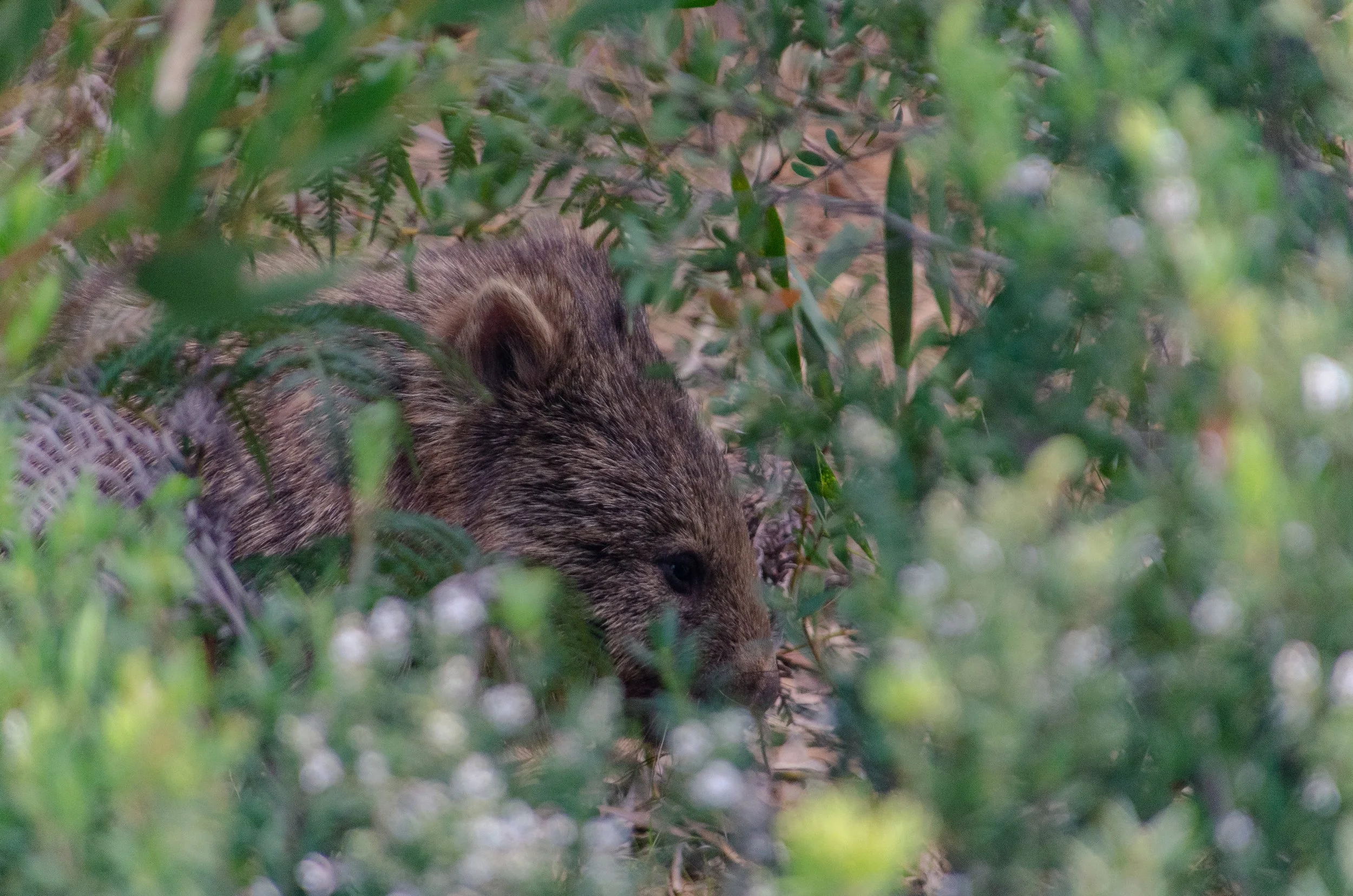

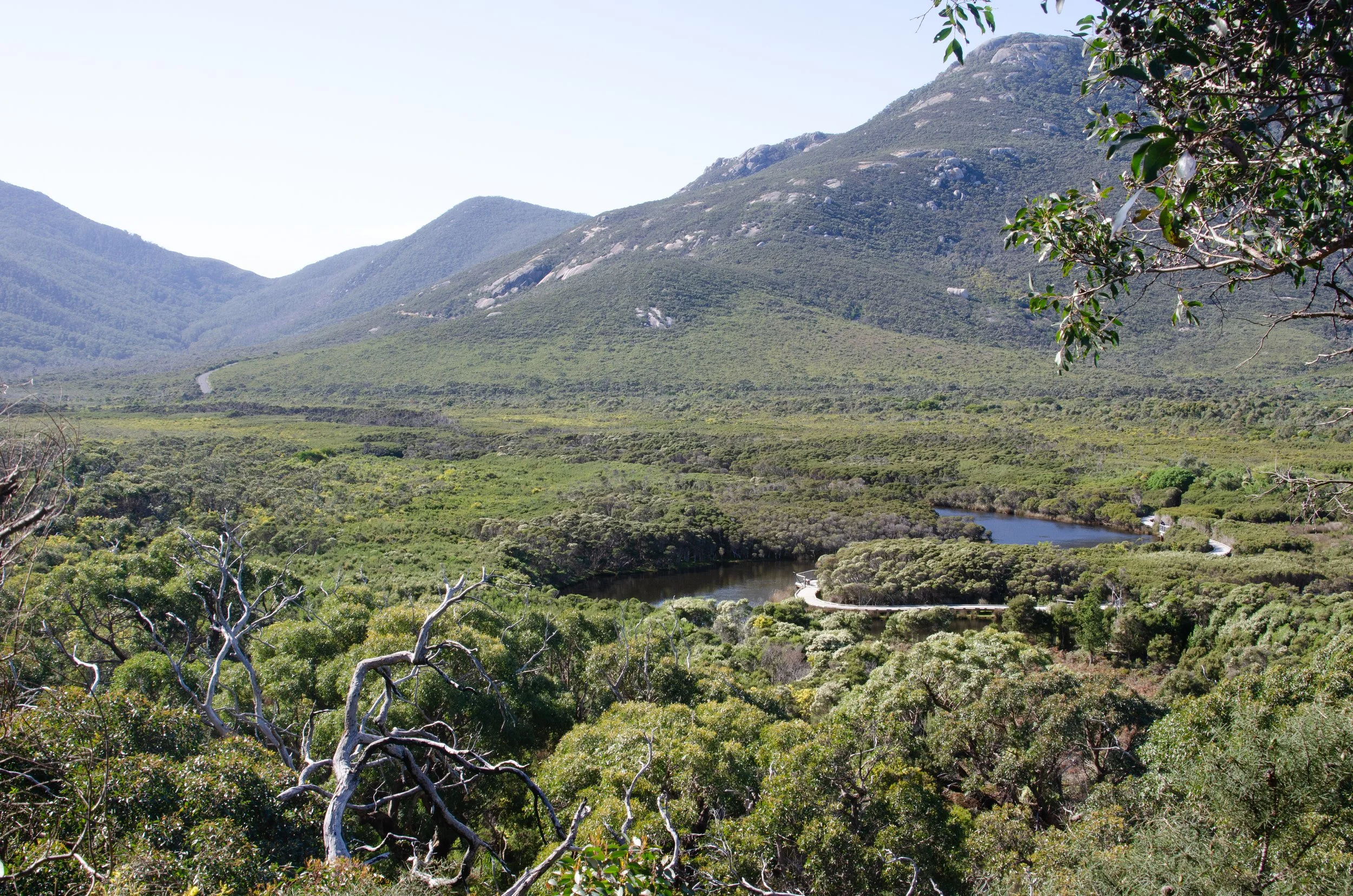
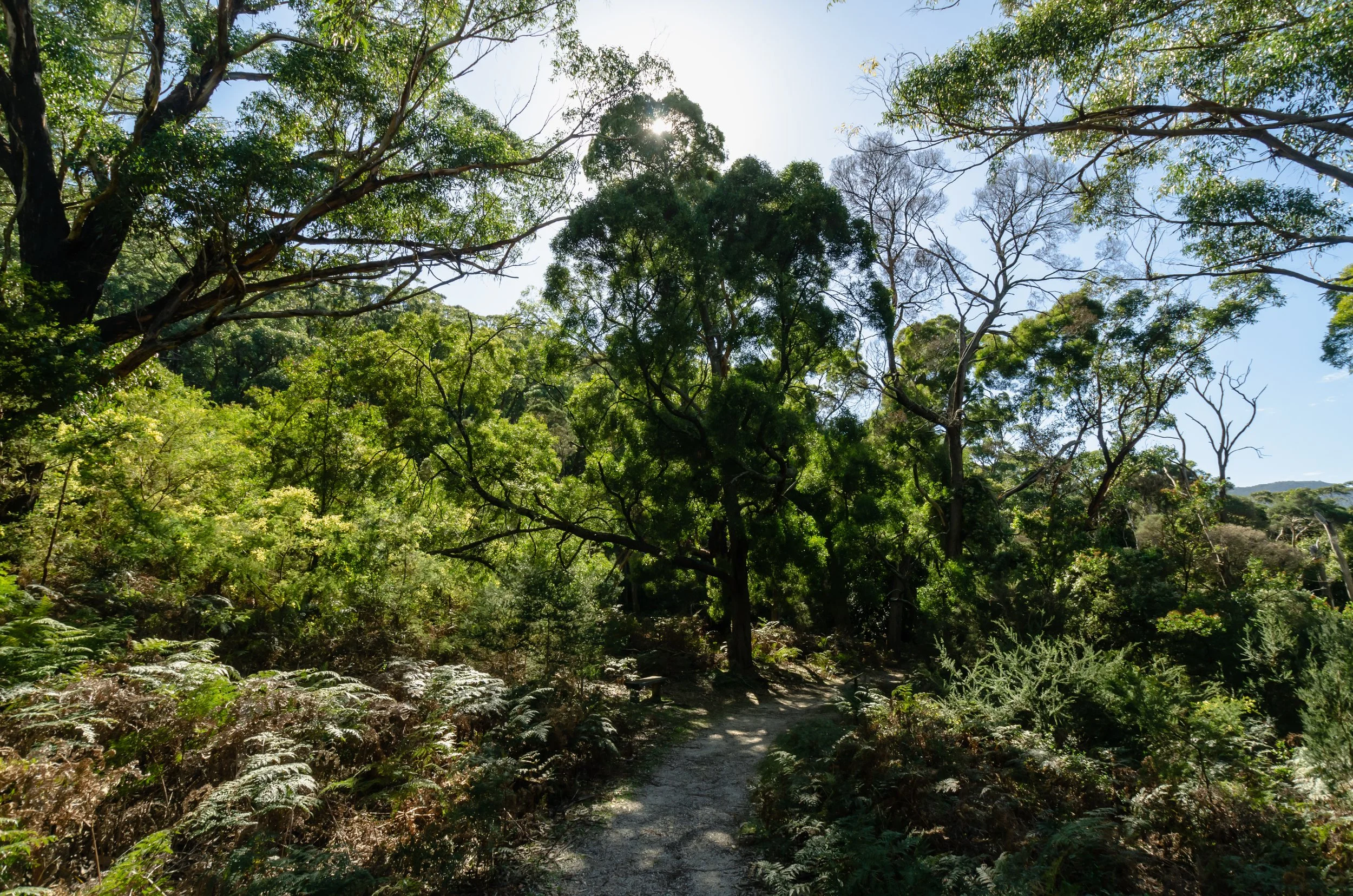
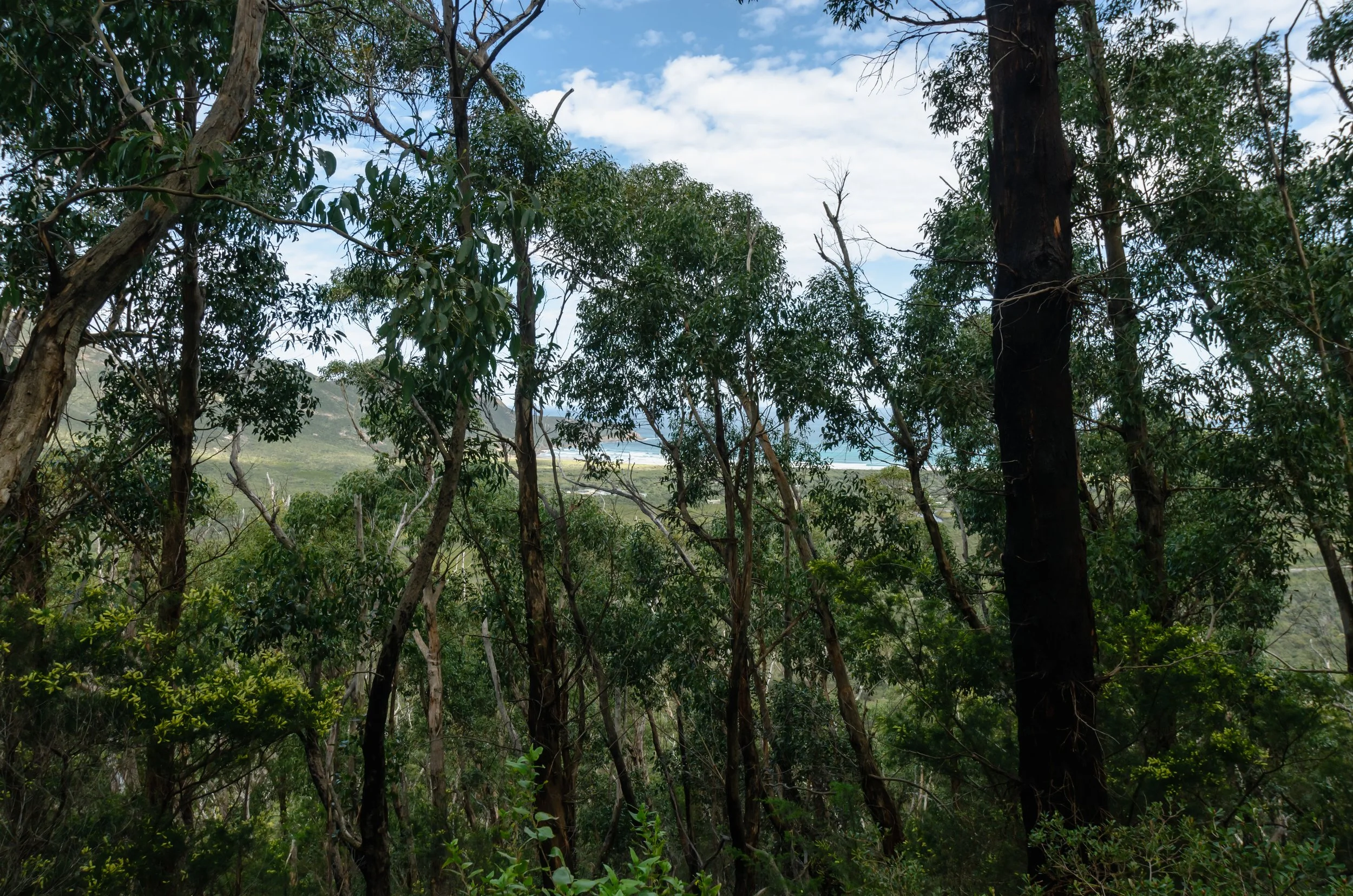

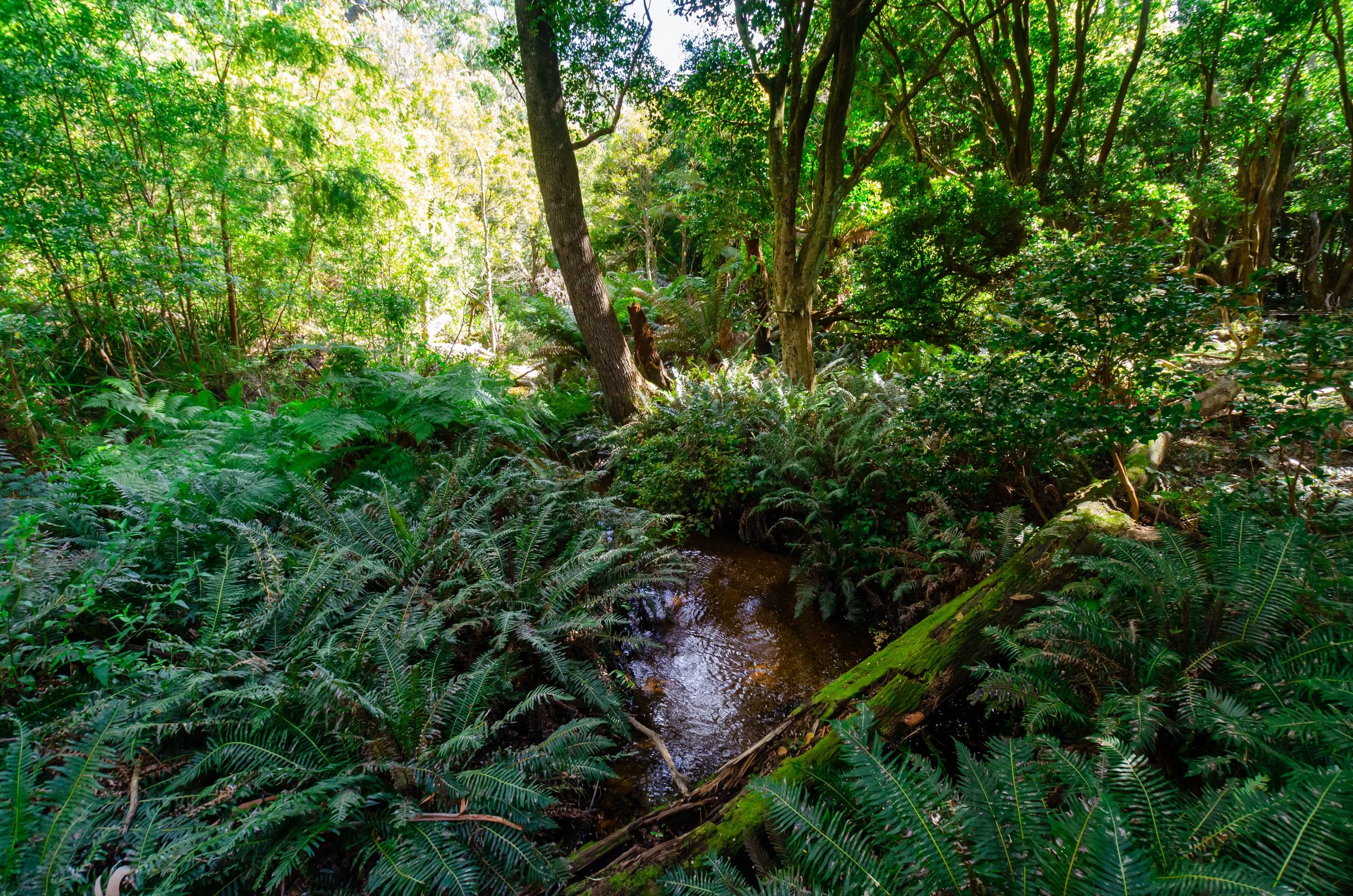
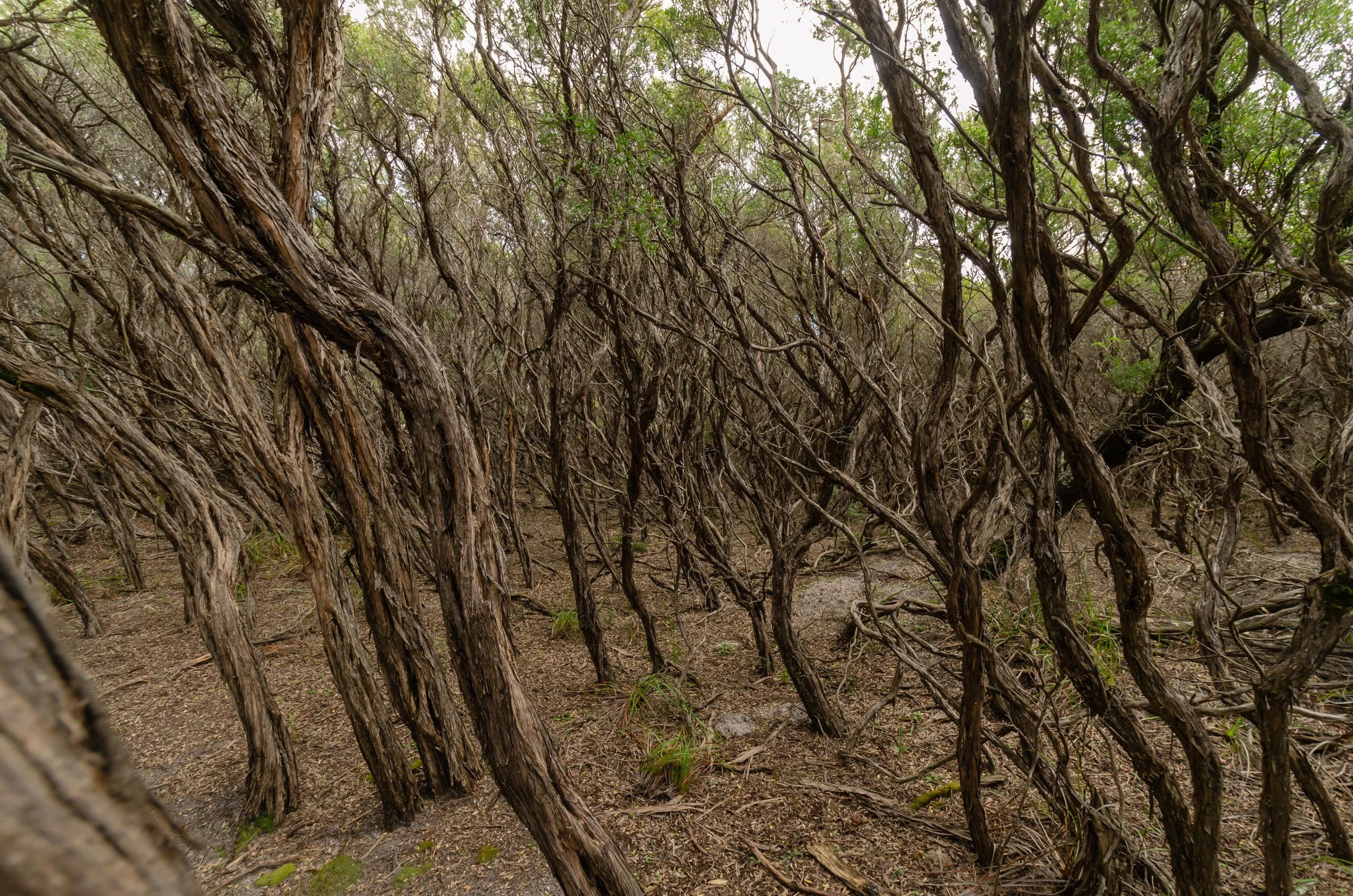
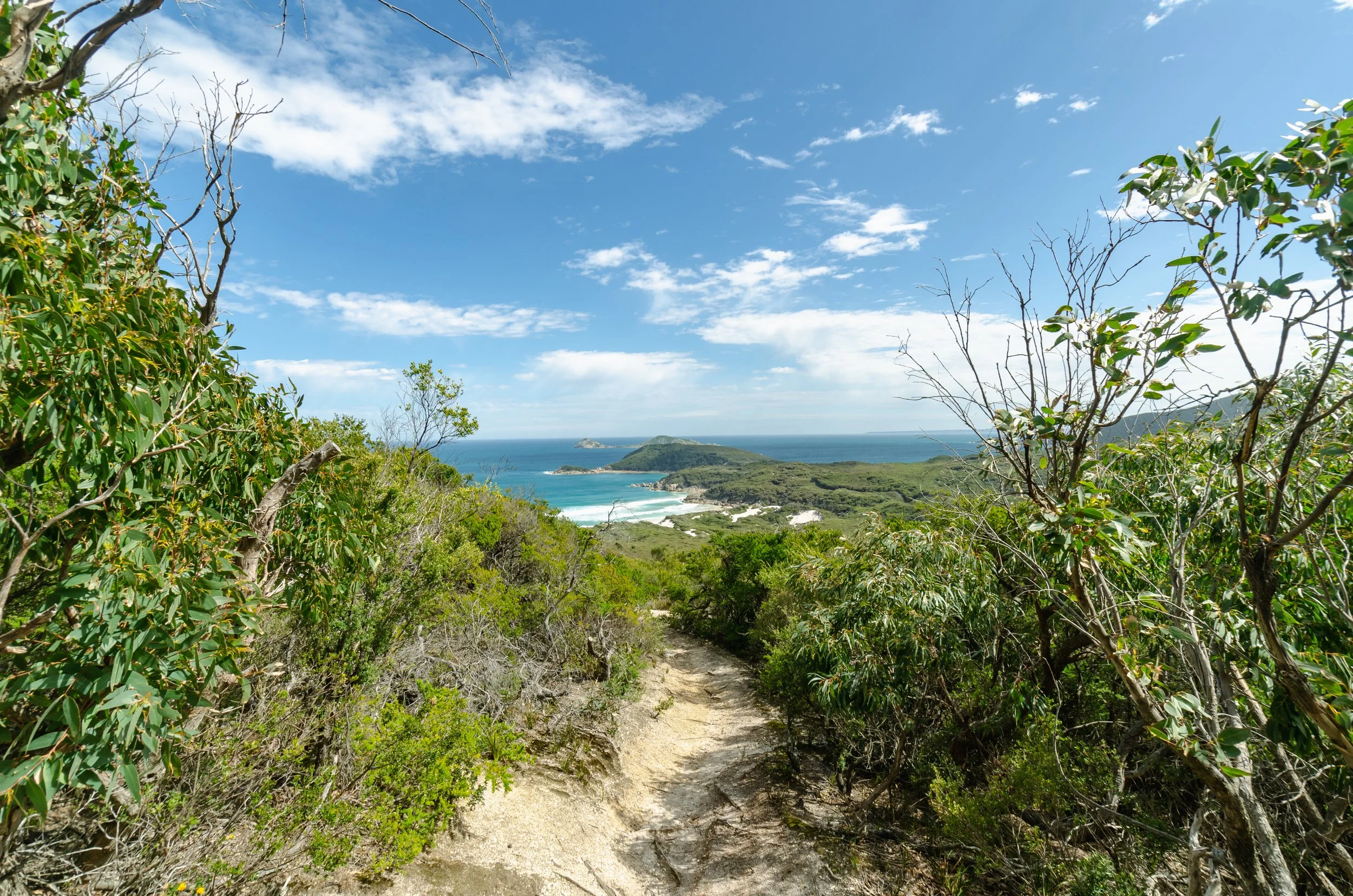
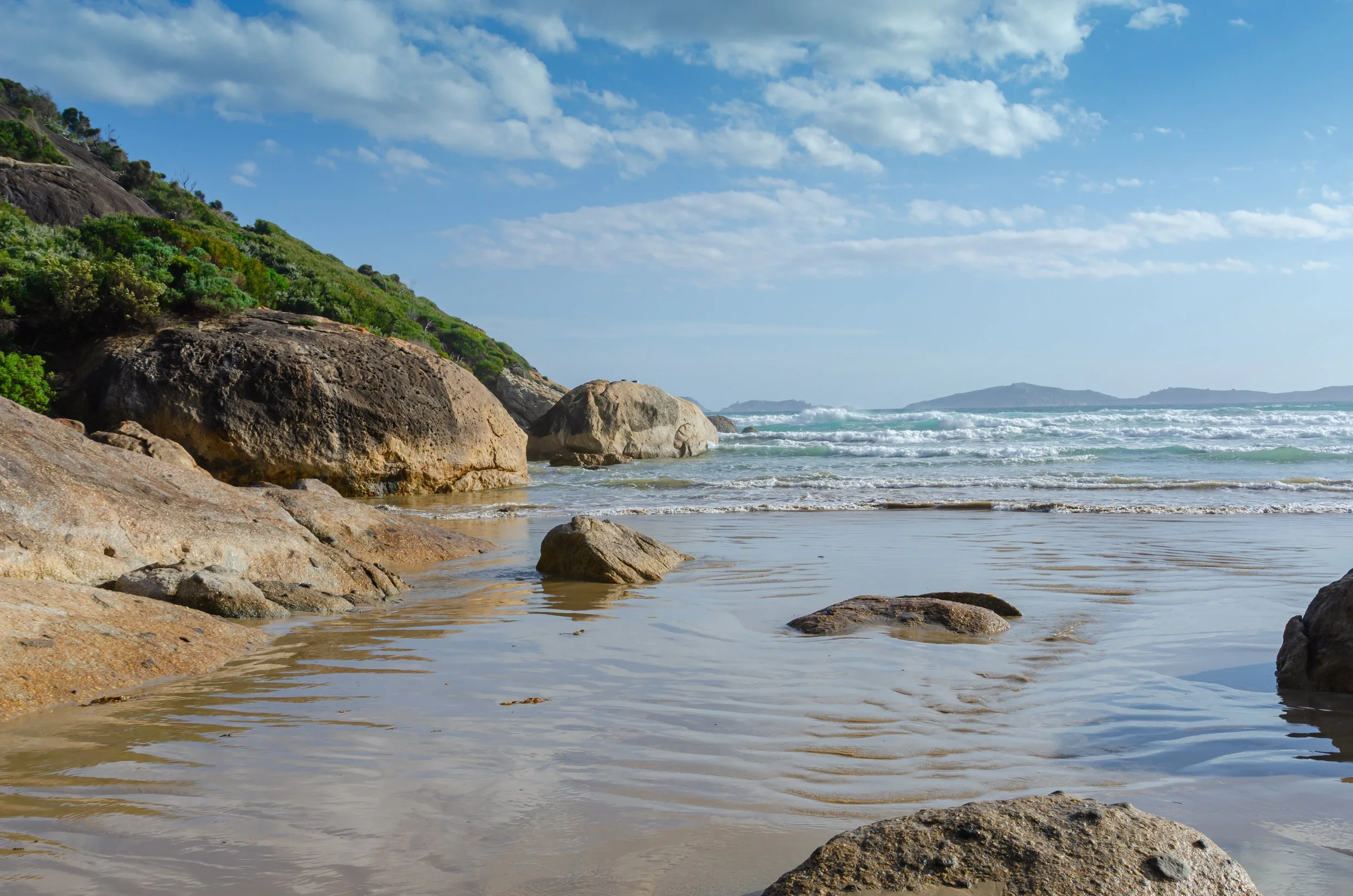
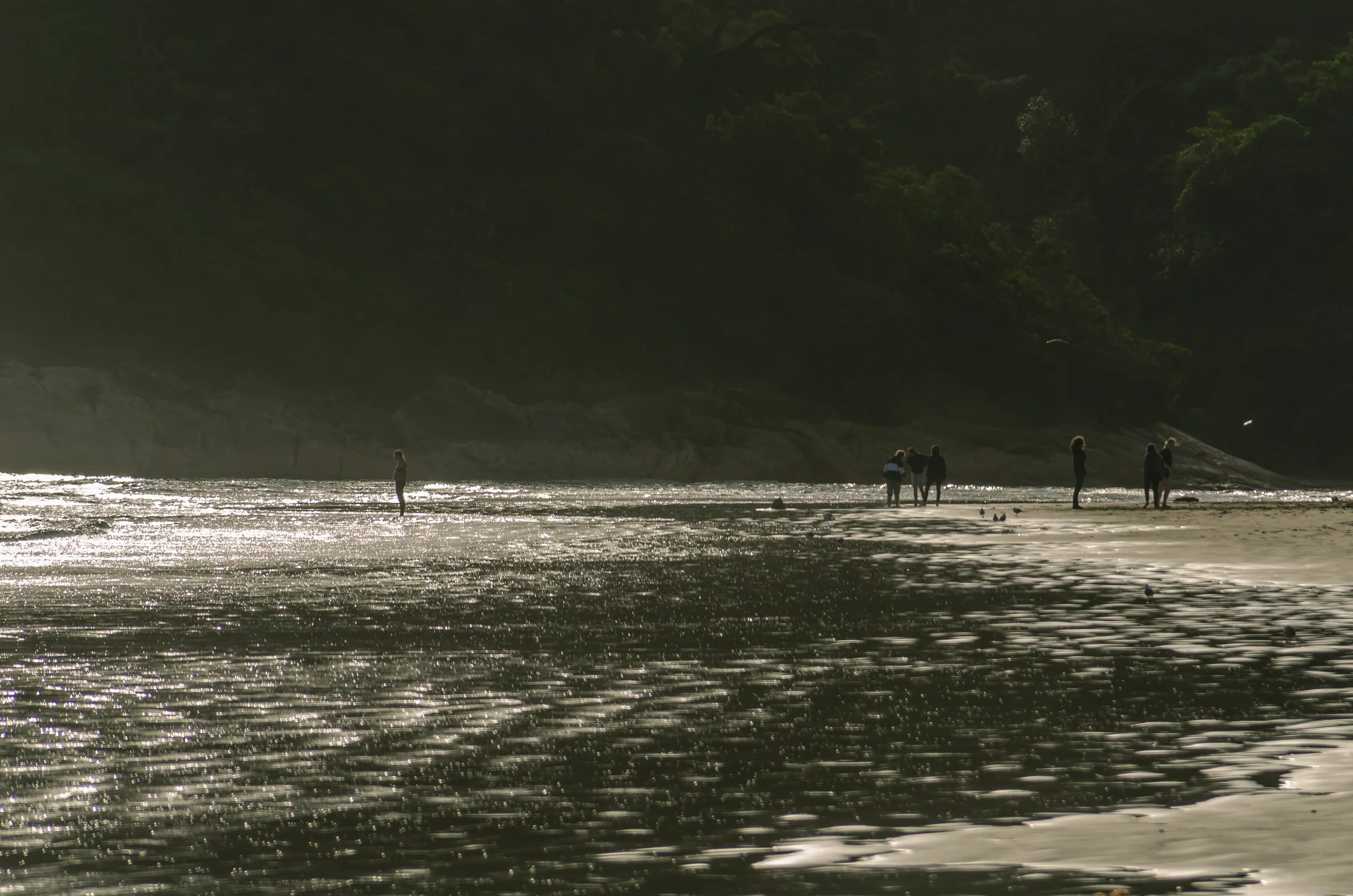
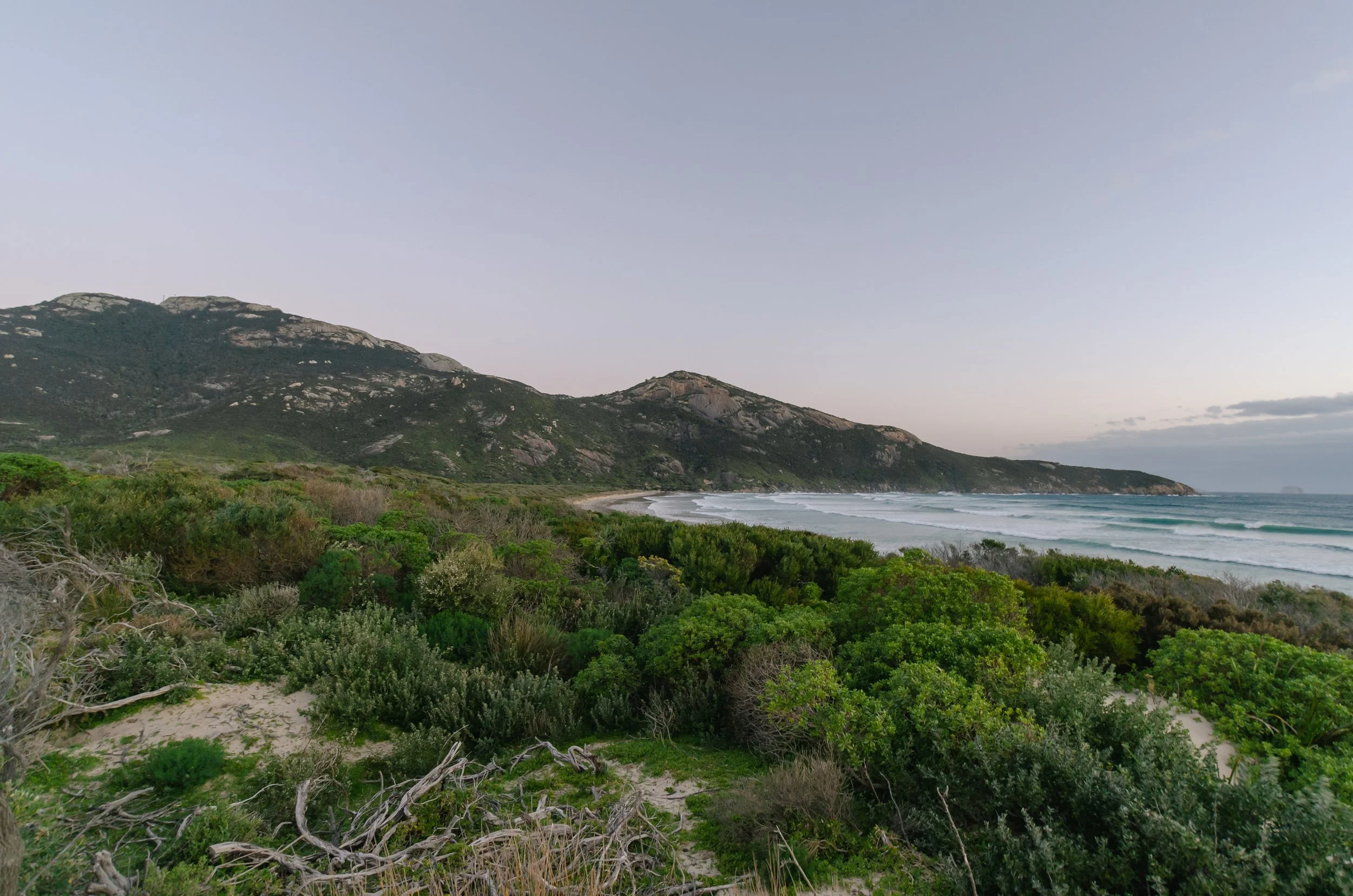

I booked myself a powered campsite for two nights at Tidal River, to have the perfect starting point for his as well as to recharge the batteries of my camera, my phone and laptop. From the three days, I stayed at Tidal River, I only had one day without rain or heavy winds. Nevertheless, the area is beautiful and some walks deeper inland in the forest are actually great with a little bit of rain. At least in my opinion. During my stay, I did the Lilly Pilly Gully, Mt Bishop, Squeaky Beach, Picnic Bay, and Oberon Bay walks. Expect for Oberon Bay all walks have their own parking space, or you can start the hike out of Tidal River, which adds some 1-3 km extra to the walks for the way to the start and back. As the walks are all quite close to the campsite, I can only recommend to leave the car or camper there and explore the park on foot. Naturally, families with small children might drive to the start, as the hike out of Tidal River is on both sites quite steep. The park also offers some multi-day hikes, which on paper all looked great, but as I had no tent with me and am quite inexperienced with multi-day hikes, I found it safer to only try the one-day ones. Which in fact are also all great.
The one-day hikes are all more or less half-day hikes, as I did 2 or three in one day. Like Mt. Bishop and Lilly Pilly Gully, as they share the same start and endpoint. Also, the Beach and Bay walks can be connected to one large way, which is possible in one day, but quite hard. In early spring the weather was okay, with two of three days rain and temperatures around 15 degrees. The rain was a bit annoying, but the temperatures were perfect, not too warm not too cold. The nights were a different thing, with temperatures around 0 degrees and no insulation in the van, I had to use multiple blankets to stay warm.
In general, the campground and Tidal River itself for that matter, are just the Visitor Centre, a couple of bungalows you can rent, a general store, post office, and a restaurant. The campground itself has some BBQ areas and showers.
Beachfront behind the Tidal River Campsite and Visitor centre.
PHILLIP ISLAND AND MORNINGTON PENINSULA
The rough coastline of Phillip Island.
Whitewash wherever you look.
Phillip Island and The Nobbies
From Wilsons Promontory it is around a 2-hour drive towards Phillip Island along the coast. You can stop by in Newhaven just behind the bridge leading onto the island at the visitor centre to get all the latest info what’s going on on the island at the moment. Similar to Wilsons Promontory it is a popular destination for weekend trips from Melbourne. There are a lot of popular activities, such as surfing, wine tours, wildlife cruises to the largest fur seal colony in Australia and the famous penguin parade.
I wanted to visit Phillip Island to see the penguins, sadly during my stay, the area was under renovation or construction in general and therefore closed. As it is a large tourist attraction, you can not really miss it with all the signs, also you know that you arrived when the road suddenly turns into a giant parking lot. Also, they have different tickets starting from around 30$ for the penguin viewing, so be prepared to spend a considerable amount of money. Something I did not know existed before I visited Phillip Island was The Nobbies. The Nobbies is a kind of information/conservation centre as a joint project of the WWF and Phillip Island Nature Parks. It is a permanent eduction centre to educate people about the Southern Ocean and the Antarctic, with nice interactive tours throughout the exhibition. With a ticket price of 16$ for an adult, the price is okay in my opinion. Besides the centre itself, the surrounding area is worth a trip anyway. There are a couple of boardwalks (accessible for wheelchairs as well) along the rough cliffs of the westernmost tip of Phillip Island. Around 1 km offshore the largest fur seal colony of Australia is home on seal rock, sadly you can not see them from the boardwalk with the native eye. Nevertheless, there are beautiful views to admire along the walk, as well as an abundance of nesting sea birds and a large natural blowhole. Just be careful with a bit of a breeze the track around the blowhole gets covered in a fine saltwater mist. I was really drenched after the walk, but the views and nature are totally worth it. Especially the sign of the huge waves crashing into the cliffs. I was wondering why the waves in this region of the coast are so huge when 2-hours away on Wilsons Promontory the waves even during the stormy days never exceeded 1m.
Huge waves and a spectacular blowhole along the broad walk behind The Nobbies centre.
Mornington Peninsula
One of my all time favorite shots, the remains of WWII defense facilities on tip of the Mornington Peninsula.
Travelling further west, I reached the Mornington Peninsula. I was really looking forward to this part of the trip, as I wanted to treat myself to some luxury and booked 2 nights at a beautiful Airbnb accommodation. The host Ross was brilliant, nice and super friendly. I enjoyed the talks with him, as he also travelled a lot during his life. The small bungalow is located in his backyard just a couple of hundred meters from the beach (actually the beach is directly behind the bungalow and a large dune, which you can not cross at the garden), but if you do not to be disturbed he will leave you alone. Great for me, what I did not know before, was that he supplied a small breakfast.
The Mornington Peninsula again has a lot to offer, from wine tasting, over surfing to relaxing spas there is something for everybody. I used my time to visit the Mornington Peninsula National Park, at the tip of the peninsula. (There is somewhat a pattern here, all the NP are located at the tip of a peninsula) The park includes the remains of the WWII defence facilities of Melbourne as well as the quarantine station for new arrivals to Melbourne in the 1850s. The historic quarantine buildings are interesting to tour, especially with the current situation, even that I had no idea that something like this will happen in 2018. But the best part for me was that you could rent electric mountain bikes at the visitor centre with which you could explore the rest of the NP and reach the historic ruins at the other end of the park. I must admit, it is a hell of fun cruising along the dirt tracks. Surprisingly, it is relatively cheap (for Australian standards) with just around 20$ for the whole day. I definitely encourage everybody to explore the park, as the mixture of history and e-bike action really nice.
After half a day cruising through the park, I went to the Peninsula Hot Springs. It´s not a traditional hot spring like the Onsens in Japan, but really nicely made with a lot of different baths and saunas. The baths are all located in a vast park with one actually being on a small hill overlooking the peninsula (naturally it was full and there was a line when I wanted to use it). You have to book a time slot in advanced to enter the hot springs, but there is no time limit how long you can stay. I would recommend coming in the evening when there are a little bit fewer people, as when I arrived around 3 pm it was quite crowded, with most of the people leaving around 6 pm.

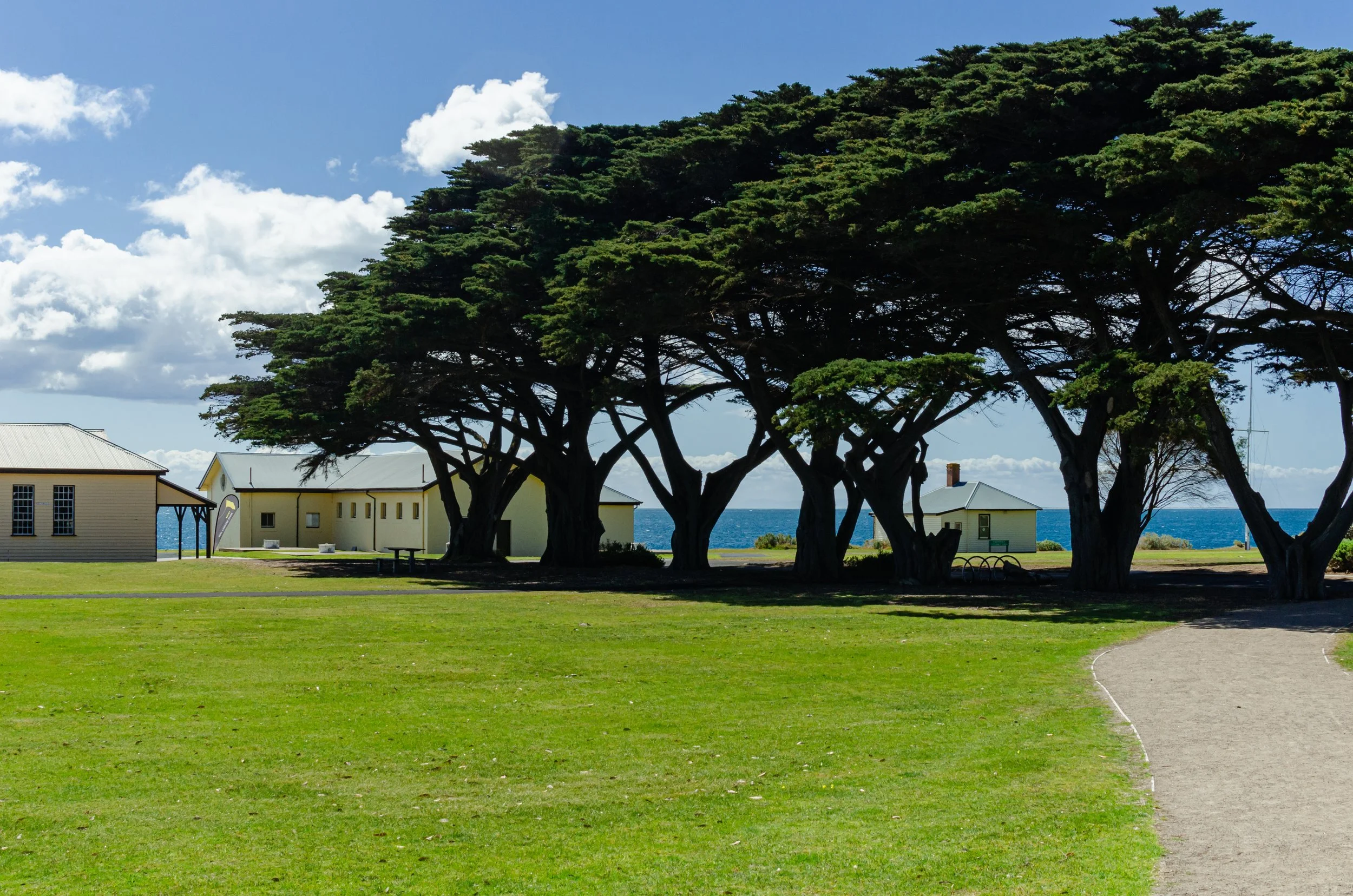
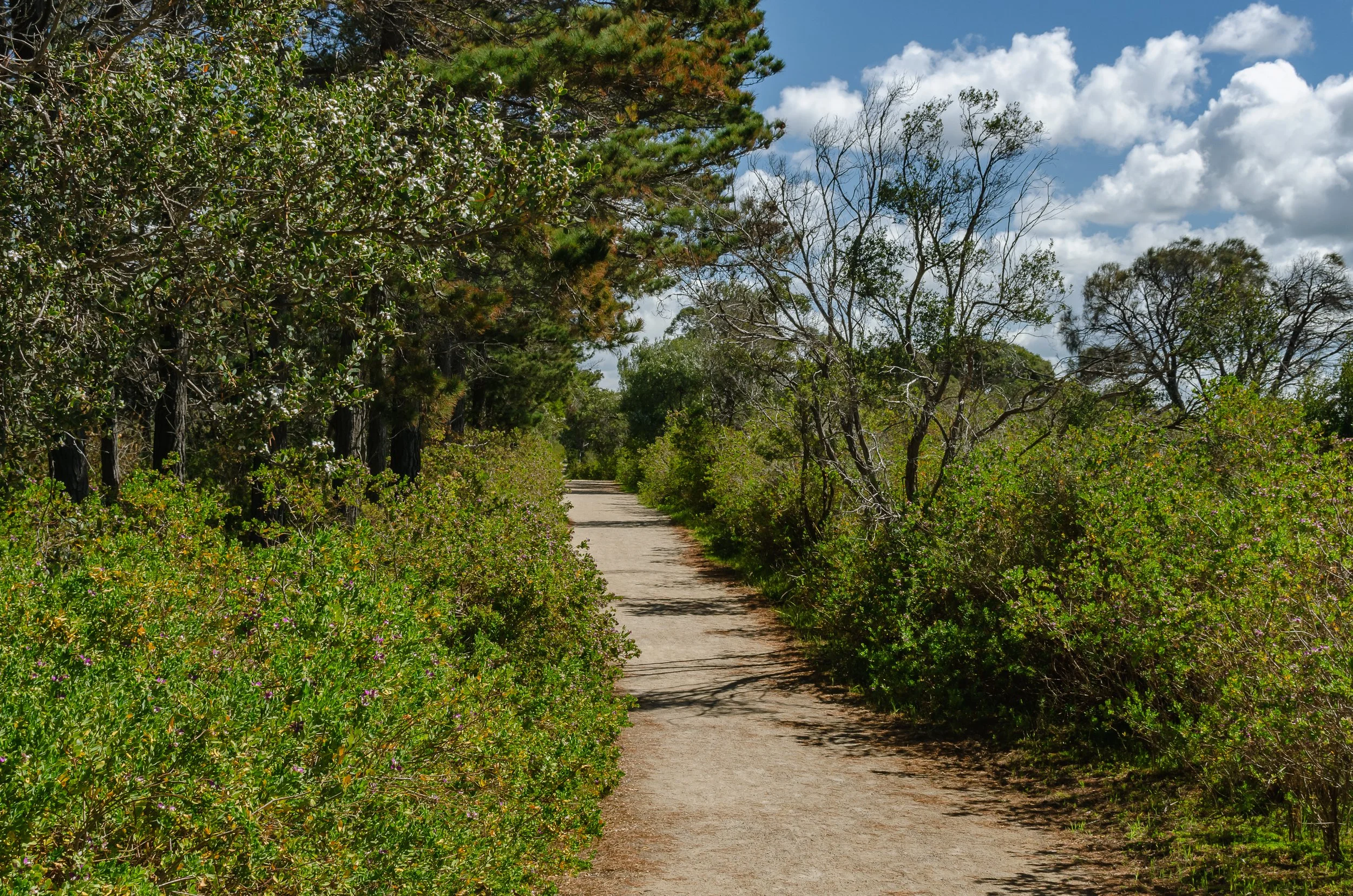



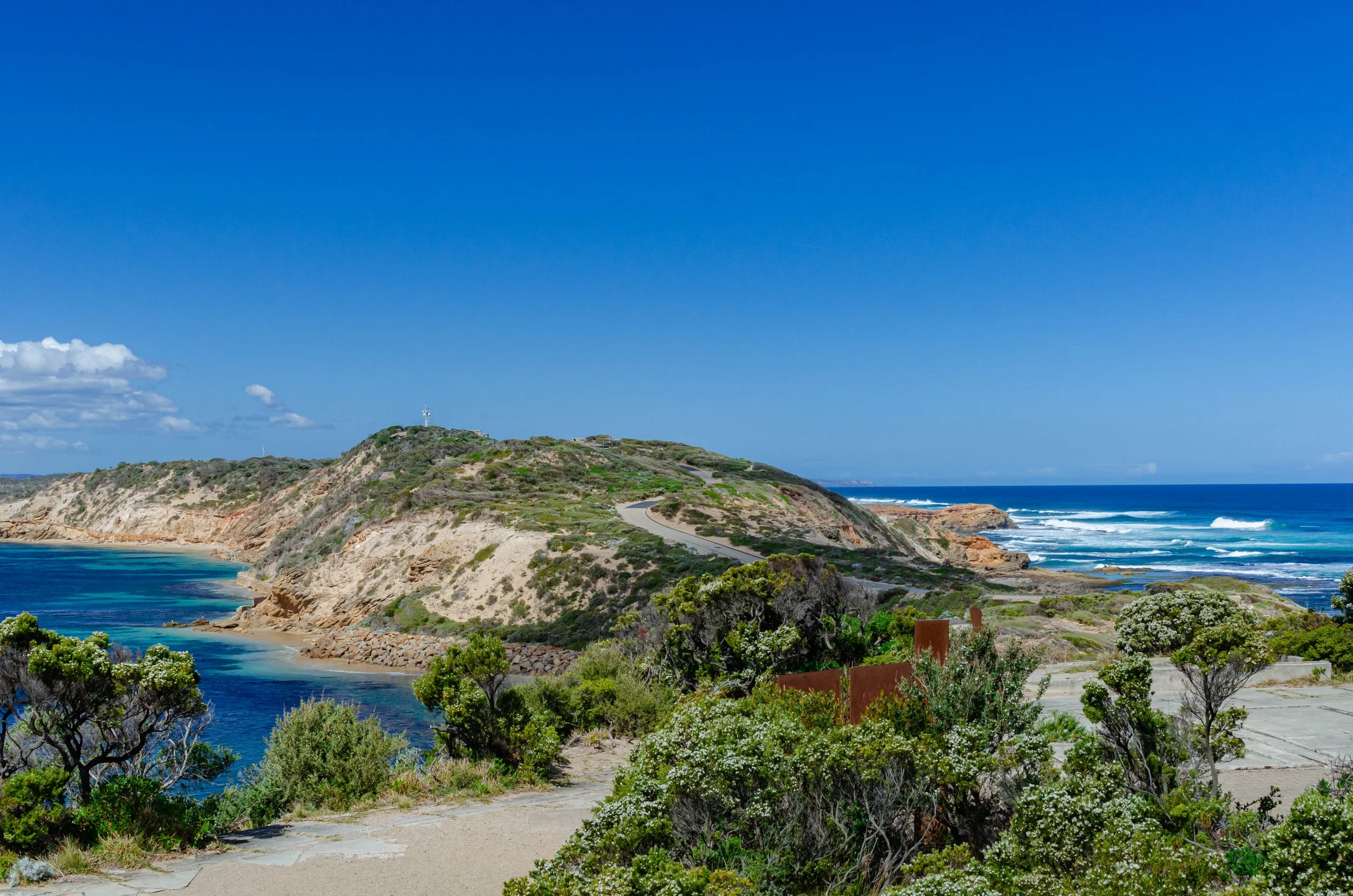

Black Spur Drive.
VICTORIAN HIGH COUNTRY
Black Spur
After my relaxing days at the bungalow on the Mornington Peninsula, I started my drive back to my friends in the Tallangata Valley through the Victorian Highcountry. From Rye on the peninsula, I drove towards Healesville, the start of the Black Spur Drive. The Black Spur is a stretch of road through a dense forest, consisting of large ferns and huge mountain ash trees from the coastal region around Melbourne into the High Country and King Valley. Admittingly there is nothing special about this route, just the combination of the street with the slow turns and the surrounding nature make an absolute gorgeous combination, you just have to enjoy to drive. I think the best time would be around sunrise or sunset when the sun shines through the treetops.
This night I did not reach the camping spot I wanted. Instead, I was lucky to find a “free” camp spot on the side of the road. Actually, it was just a wider part of a forest trail a couple of hundred meters in from the main road (it was declared a camping spot at the Wikicamps app). The spot was by no means something special, but it led to me discovering the Cathedral Range State Park. As always on this trip, I had no plan what exactly awaits me. Most of the time a had a general idea what awaits me in the region, but my actual activities I always decided on the day.
That morning after packing my stuff, I got back on the road and only a couple of km further found this small state park. That morning I was alone in the park and hiked up one of the trails straight up to the ridge from farmyard camping/parking lot. With the camper van, I rented I had troubles getting deeper into the park. The dirt road was quite bumpy and muddy, so the trip should better be done with a 4x4 or on dry days. From all the hikes I did, this one was by far the hardest. I know I am not the fittest person, and by far not sporty, but I thought I can do that easily. No, absolutely not, on the way up I nearly turned back a couple of times, the way is not that well prepared and 90% of the time it just went straight uphill. Then on the way back I realized, I should have had turned back. My knees and my legs went so weak that I could hardly walk. I actually had more trouble getting down in this condition than getting up. By the time I reached the van I had to rest for like 2 hours before I felt able to drive further.
A water reservoir up in the mountains behind Melbourne at sunset. The water for all the city dwellers has to come from somewhere.
My spot for the night on the side of the road.
The view from the Cathedral Range State Park mountain top.
Shores of the dam at Eildon.
My try on freezing water when I have no tripod and and are only 1m from the Snob Falls.
MANSFIELD AND SHEEPYARD FLAT
From the state park, I followed the country roads further up towards Eildon and around the Lake Eildon towards Mansfield, where I wanted to go mountain biking. On the way, I stopped at Snobs Fall, a nice small cascade not far from the main country road. I always stop for waterfalls!
The off-season caught up to me again. All the bike rental shops were already closed for the season. In the main season, Mansfield for sure is the action capital of the region, there are watersport shops, mountain biking, as well as camping and general outdoor gear shops. For the more relaxed people, Mansfield offers a quite nice selection of galleries and restaurants/cafes. As a snowboard addicted I then wanted to reach Mt. Buller and the snowfields. Sadly, there was so much snow at the end of September that I would need snow chains to be allowed on the road to Mt. Buller, which I naturally did not have. Some nice people in a cafe, therefore, recommended driving to the sheepyard flat camping spot and spending some days there.
The campsite is quite a bit off the beaten track, there are some nice 4x4 tracks in the surrounding but besides that, it is just a flat grassy area nestled between two mountain ridges alongside a river.
Night-sky above the Shipyard flat campground.
Sheppard flat camping ground.
Paradise Falls.
KELLY COUNTRY AND KING VALLEY WINE REGION
The last leg of my journey led me through the country of Ned Kelly, the maybe most famous criminal of Australia. He was a bushranger and gang leader in this part of rural Victoria. You can find different films about him which are all quite entertaining but maybe not completely historically accurate. Nevertheless, the lush green forests and plains in the Highcountry are great for wine production. From the Kelly viewpoint (powers Lookout) above Whitfield, you can already see the first vines.
Also in this area, Paradise Falls is a nice small waterfall away from it all, the drive up is a bit sketchy, but that nearly guarantees that there are only a few people with you. However, it is not as impressive as the others I saw on this trip.
A couple of wineries I can recommend from personal extensive testing are Sam Miranda Winery, King River Estate and the Brown Brothers Winery. I spend around 2 days in the region, eating and drinking all the great things. At Sam Miranda, I can recommend the noodles and some of the lighter red wines, while the Brown Brothers Winery offers fresh homemade pizza with a great choice of different wines. At all three locations, you can taste really good wines in quite an abundance, so maybe do not book accommodation too far away.
From here I only made a quick stop in Beechworth, to visit this old gold mining town, which now has quite an active beer and cider brewing scene, before arriving at my friends’ property, where I spend 2 more days.
After returning the van in Melbourne and 3 more days with friends of my family in Melbourne, my 4 week trip to Australia ended.
Australia and especially Victoria, are my all-time favorite travel destinations. I hope I can show and describe a bit of the beauty of this area here in my reports, even that they are a bit older. Please feel free to comment or contact me if you have any insider tips for a second Victoria or Australien road trip. When you have comments into my writing style, please also tell me, as it is one of my first posts, and I´m still trying to figure out the best technique to write.
More pictures of Australia can be found in my galleries! I have traveled to this diverse country a lot in the last 10 years and have some stories and memories of nearly every state. While Victoria is closest to my heart, with most of my friends living there.
My personal best ones you can find in my portfolio.
Volunteer at Snowy River Camp.
After I finished high school (Abitur in Germany) in 2013, I didn’t want to start studying right away. Like most of the people of my generation, at least in Germany, I wanted to travel and see the world. I did one of the most cliche things, I went to Australia. This post will be the first of many about Australia. In the last years since 2012, I travel at least every 2 years to Australia. It definitely is my all-time favorite travel destination and I made a lot of long term friends there.
This post will be about my life long friends, which started as my employers. After a 1-month work stays in Melbourne, where I work in a chemistry lab, I had to leave the city desperately as I totally forgot to book accommodation in advance. I didn’t realize that the Australian football finals and some other major events were coming up in Melbourne.
Admittedly, it was more luck than anything else that I found the volunteer place at the Snowy River Camp. I met some other Germans in Melbourne and they told me about volunteer work. I registered at WWOOF (Willing workers on organic farms) website, from a local office in Melbourne I got a book (seriously a real thick book) with all the available worksites around Australia sorted after states. As some of the people there never answered me and you can find everything you can imagen in there, from private women looking for someone to help her with her garden over gigantic farms in the Northern Territory, to some gardening companies. In the end, I found Merry and Peter via the website. Merry posted that they would need help immediately, as Peter just had an operation and couldn´t fully work yet again.
A cold early morning start.
With one day's notice, I just took a train from Melbourne towards Albury and stayed in Albury for a couple of days, before Merry could pick me up. Snowy River Camp, today known as High Country Camp under new management, lies nestled in the hills of the Tallangatta Valley (Don´t know why there are 2 websites). Merry shocked me from the start, we needed to go shopping for a school group coming to the camp. I think we spend like 2 hours in one shop and then had to go to the next one, where we spend another hour or so. At that moment I already thought about leaving already again, as that was not really the farm work I looked for. Luckily I stayed. After shopping for half a day, we still had to drive around an hour to the camp, which helped to get to know her better. Luckily after that day, Merry never asked me again to come shopping with her again, only for some small parts. Mainly, she just took me into town and went shopping alone. During my first stay, I was the only volunteer at the camp. Mostly volunteer work involves 4-6 hours of work each day for accommodation and food. As I was alone, most of the days I help longer. I must admit, it was not really working when school camps stayed at the camp. My main task was to help with the activities (climbing, flying fox, canoeing) and kitchen help at breakfast, lunch, and dinner. When nobody was staying, I did gardening work, fencing, a bit of cleaning, and animal work. In total, I revisited the camp 3 times and worked there, I also visited Peter and Merry 2018 at their new place after they sold the camp. In my experience, it is not really normal to return to your former chefs that often, maybe it is in volunteer work, but I became really close friends with them and I am always looking forward to the next opportunity seeing them. As I mentioned before, the first time I stayed with them, I worked there for around 1 1/2 month alone before some other volunteers arrived (the main reason is that it is located in a rather cold area of Australia, especially in early spring when I started), which makes the stay even more pleasant. You work less, as there are more of you, can do more activities together and spend the nights drinking and playing billiard… One of my best memories from Australia.
Working with my sister and a further volunteer in the fields, feeding horses.
There are so many different beautiful memories I made there, but I better only share the best and most memorable, as all would just excite just one post.
WORKING AT A SCHOOL CAMP/FARM
Working as a volunteer on a farm like this was really special to me. It gave me the opportunity to experience the people as well as the country. Even I´m studying chemistry and I can´t really imagen being a teacher, I really like to work with people.
I would love to photograph people much more than I do right now, the problem for me is my hesitation to break into somebody's privacy. Especially in Germany, it is a problem to photograph people without there admission as the one inside the picture owns the rights of his own. So photographing somebody in the streets could be a problem, as you officially need this person’s admission to publish the picture. In other country´s like the US, if you are out in public and somebody takes a picture of you, he owns it as it is a public space and he took the picture. (Quite a real easy short explanation of it, I think it’s much more complicated)
I took pictures of groups at the camp, but as I don´t know if they like to see there pictures on the internet and I don´t want to publish pictures of children or teens, which did not give me permission (or their parents), I won´t show that here.
Garden grounds and guest accommodation.
I enjoyed the work with the groups, some were a bit annoying but most of them were nice and liked to talk about where I come from and what I want to do. I still remember standing with Peter up on the flying fox starting platform. My job was to secure the wheels to the rope and help Peter to hook up the children to the wheels. It was hot, no shade, but Peter was always able to make the work pleasant. He was great around children, made fun of and with them, and motivated them to try some new tricks during the flying passage. When I remember all the fun I had with him up on this tower, I always start smiling. In the three stays with them at the camp I experienced everything, from really young school groups to a sailing club from Melbourne, who spend a weekend together with their families at the camp. One of the most contradictory of myself is, I liked the work in the kitchen, especially around breakfast, but at home, I hate the cleaning up part. When there was a BBQ breakfast with bacon, eggs, and hashbrowns (sorry Peter still doesn´t know how to write that) all the kids were lining up at the BBQ and asking you for extras or thanking you. It is one of the times and one of the jobs, in general, I think you see and feel their gratitude, of kids and people the most.
Besides the work with the kids, the general farm work the other side of the work at the farm. I must admit the farm work wasn´t hard or real heavy farm work. I took the three dogs for a walk every morning before the main work started around 7.30 am. The farmwork was more the work of a groundkeeper most of the time, as the garden grounds with the guesthouses were gigantic. I mowed the lawn, with a nice old sit-on mower, weeded and took care of the other animals. Feeding the horses with hay, feeding sheep and lamps, taking care that everyone has water. Clearing leaves, clearing small patches of forest of deadwood to minimize the risks of bush fires. All this work included my favorite toys, a blue pick-up truck, the Uht, and quads. As the grounds are huge, these things were great to move around and transport stuff, mostly us. (At one point you are annoyed to walk 1 km up the hill to the lakeside because you forgot something.) Admittedly, one time I overdid it and hit a large rock in the fields with the quad, driving too fast my had been the reason and cracked 2 of my fingernails completely. Also, I broke the mirror of the pick-up twice I think, both times there was a fence post in my way. I also broke the brake, and the gear of it I think (at least you couldn´t move the truck anymore). During that time the radios really helped, even it took me a couple of days/weeks to get the hang around these cracky noisy things. In the beginning, I always had to guess what the person on the other end tried to tell me. There is so much involved in the work there, I can´t really put everything in words, but somehow it always made me go back there.
CAMPFIRE AT THE LAKESIDE
Grilling with the smartphone light.
The lake is one of my favorite spots around the property. Even when it rained, sitting beneath the large tree was really calming. The lake is not natural, it´s a dam build by Peter and Merry years ago when they purchased the property. All the trees and the buildings were planted by them as well, the property was nearly completely empty when they brought it. That really impressed me.
It´s always impressive how a place can change depending on the circumstances. When I was alone, it was a calm, quiet place. As soon as other volunteers arrived, it was a place of fun, action, and friendship. One of my best memories of the dam is a nice campfire one night with my sister and other volunteers. We just took up the quad and the pickup, with marshmallows and “stick bread”. It took us I think an hour to light the fire, even with a lot of petrol as a starter. So I think I´m a real bad pyromancer. That night was great, a fire, some beer, and wine, music and just some talks around the fire.
In the middle of the lake, there are 2 large concrete pillars, they were placed there to hold a swimming platform, but it was never built. Now it makes a great picture spot and canoeing parkour. Or for me, the target of a morning swim. Some mornings I walked up to the lake and swim a couple of laps between the shore and the pillar.



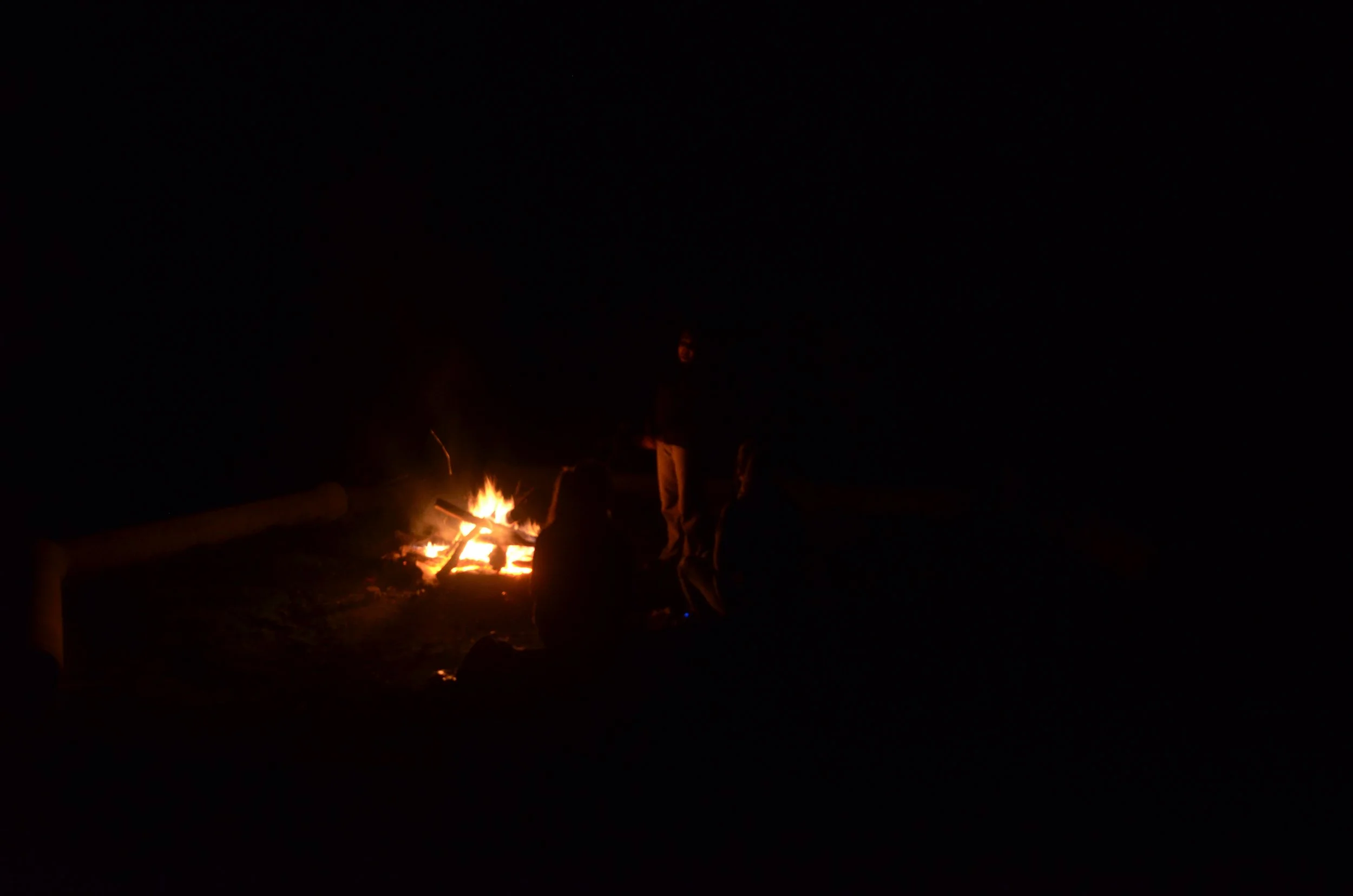


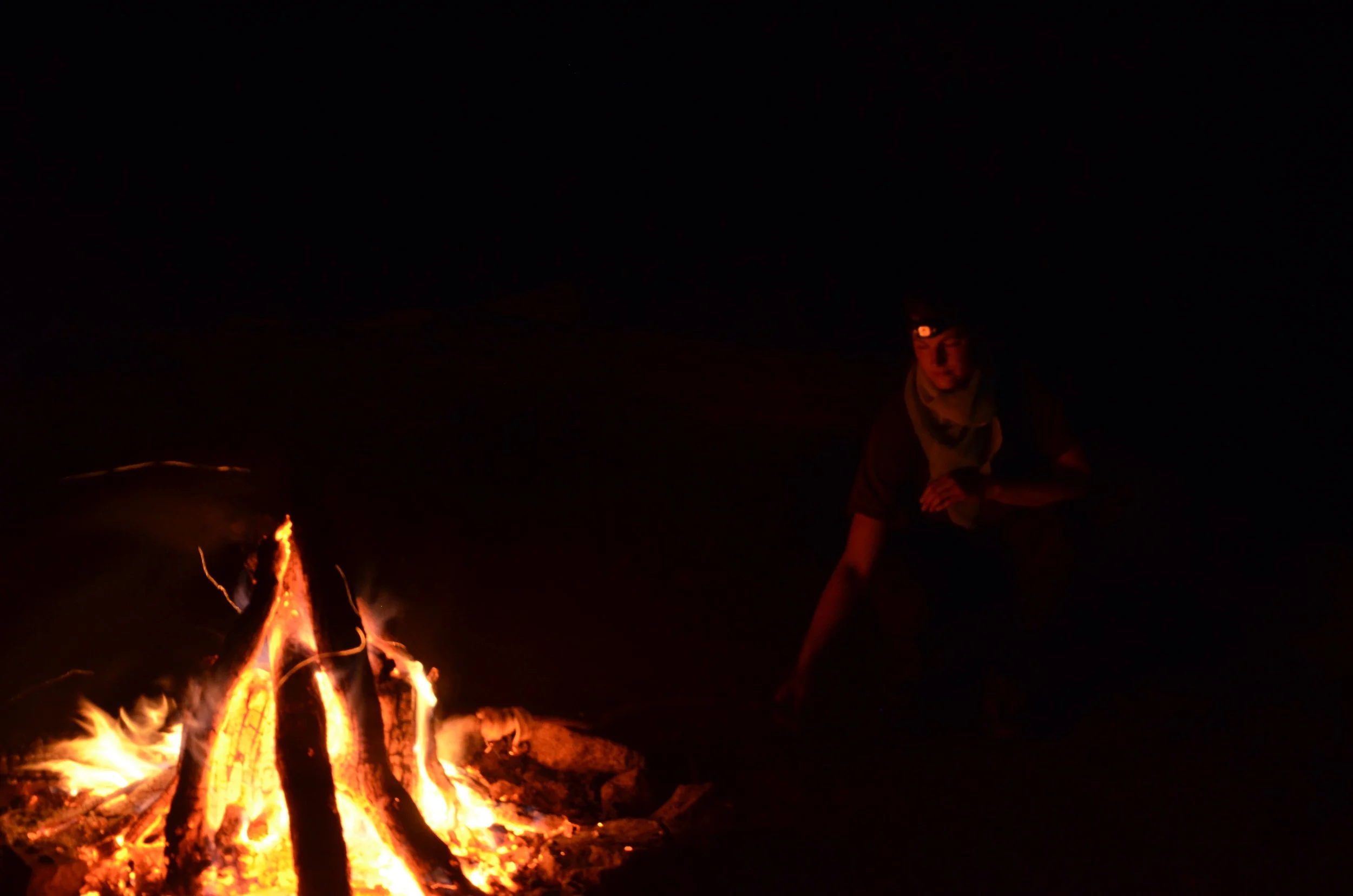
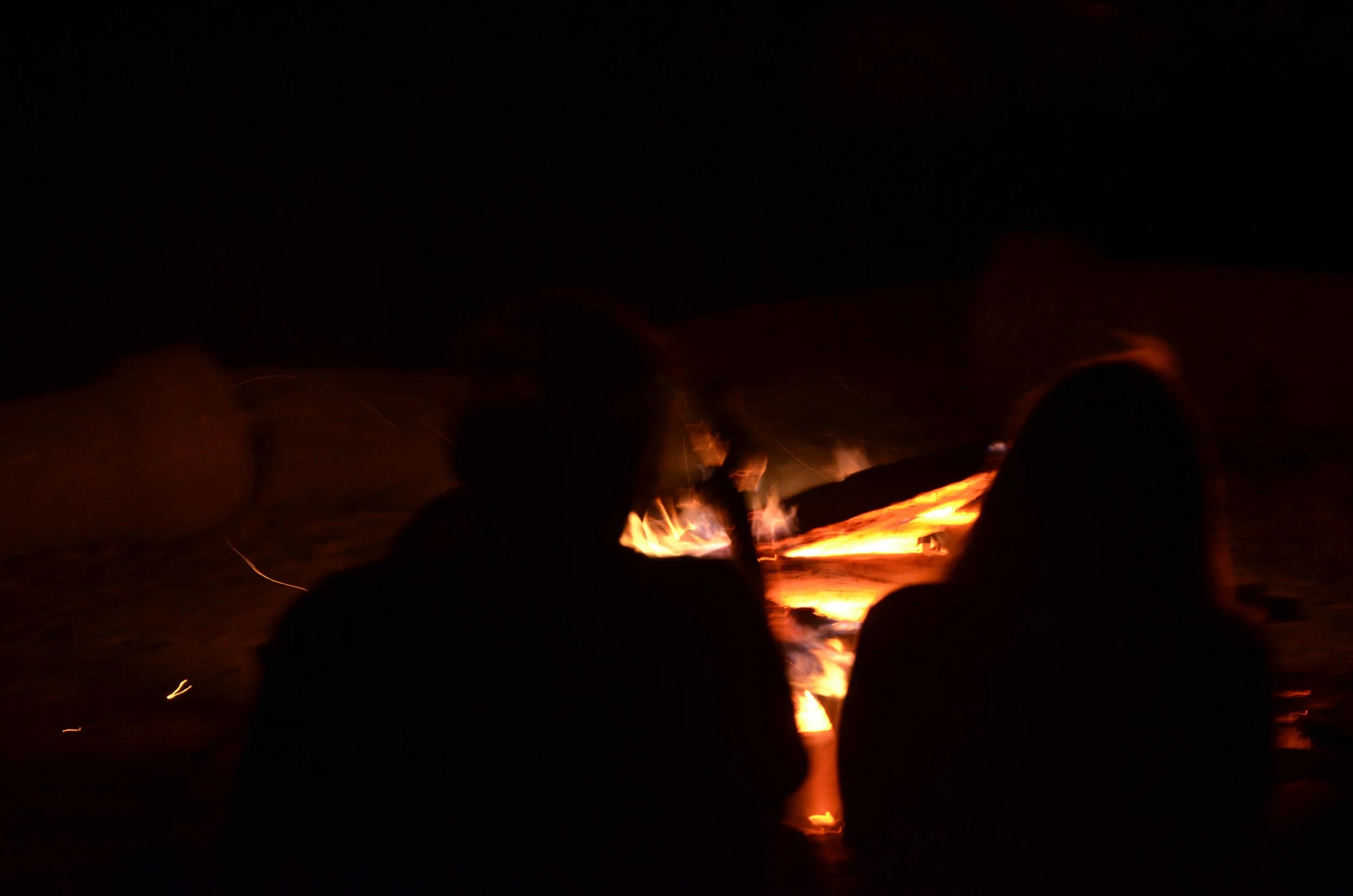
GET TO KNOW THE LOCALS
Working on the room I stayed in the first 3 stays at Snowy River.
Getting to know the local community was one of the most challenging and fun parts at the same time. I really had and still have problems to introduce myself in person to somebody new. The first time I stayed with Peter and Merry, we demolished and rebuild a pool for the kids. As I´m not a professional builder, it doesn’t matter in Australia, some local people helped with tools as well as with knowledge and help. One of them was actually a former Formula one mechanic, which later also helped one of the volunteers repair their car. I found it quite ironic! He is a great guy, and as he spoke German I had a lot of fun with him.
A shocking moment for me was a horse-riding event in the valley. I was the only foreigner in the valley and most probably at the event. At the camp, I was always a worker, but at the event, I was just a normal German guy, with no idea of horses. So the worst event for me actually. I felt like an outsider, but as soon I realized that being an outsider can be something good, I enjoyed the experience to get to know new people. Now after 4 visits I´m not really an outsider anymore. I went to a football (Australian football not soccer) the last time I visited them. Most people remembered me and I had a lot of fun talking to people I got to know years ago still remember me. I never want to miss these experiences and these contacts, the karate group, the sailing group, the different school classes, and the people of the valley.
For me, this post is the start of my Australia reflection. I have so many ideas and memories I will write about. Most importantly this post is a big thank you to Peter and Merry, being great employers always making me feel welcome and useful, and more importantly, being great friends.
Writing this, I realized my pictures got at least a bit better in the last 6 years, still a long way to go to be a really good photographer, but a good start…
More pictures of Australia can be found in my galleries! I have traveled to this diverse country a lot in the last 10 years and have some stories and memories of nearly every state. While Victoria is closest to my heart, with most of my friends living there.
My personal best ones you can find in my portfolio.
East Victoria Road-Trip Part 1
One of these things I dreamed of a long time. Even that I traveled a lot of Australia on my Working Holiday visa 2013, I never had a car or van to explore my own routes. In September 2018, after I finished my Bachelor's degree in chemistry, I had the chance to hire a camper van and travel around a bit. I wanted to spend four weeks in Australia but had limited resources to spend. I planned to spend a week or a little bit more with my friends Peter and Merry and just relax and afterward take a camper for a trip around Victoria.
A great view over Tallangatta Valley, a farming area without any tourist.
FLYING TO AUSTRALIA
Usually, I was always flying from Frankfurt, Germany, via Dubai to Sydney or Melbourne. A significant disadvantage was that it always took half a day to get there. Most of the time, I had to leave my flat, taking a train towards Frankfurt around 6-8 hours before the flight time. Some times the trains were delayed or got canceled, to be safe I had to plan in a lot of extra time. 2018, I was lucky that a friend of mine would drive me towards Düsseldorf airport, which is also much closer to my place than Frankfurt. Luckily Emirates added Düsseldorf to their daily flight path to and from Germany. Therefore, my start to this trip was relaxing. I took the late-night fly towards Dubai and spent the 5-hour stopover at the Lounge @ B before boarding the 15-hour flight towards Melbourne. A significant advantage of these flights is that you arrive at 6 am and have a full extra day. It might be unpleasant if you are suffering from Jet lag as its a long time till you can go to bed in the evening. Most of the time, I took the flight and then the 8 am train from Melbourne central towards Albury to my friends, which generally took another 5-6 hours (trains in Australia are not the fastest).
The Hippie Drift van I took around Victoria.
THE HIPPIE CAMPER VAN
This time I picked up a campervan from Hippie Camper, I had to wait a bit for the office to open. When I arrived at the office to pick up the camper, I wasn´t prepared for negotiations. I booked the cheapest camper, Drift, with the most affordable package. The person making the contract with me was trying to convince me like 30 min to take a higher package, which includes better insurance. I was still a bit tired from the flight, and at this point, I gave in and just unnecessarily spend another 600€ on something I didn´t need as my German insurance would have covered everything which was included in the “better” package. The van itself, I´m not sure what to think about it. For four weeks, 450€ were reasonable; on the other side, it was a bit shabby. The vans are a bit older, but it is expectable as Hippie is the low-cost brand from Appollo camper. The vans are used there, and when they get too old for Appollo, they get rebranded for Hippie as far as they explained it to me. Therefore the gearbox was tricky from time to time, especially 1st and second gear were quite bitchy. This sometimes makes, in combination with the not adjustable seat, long-distance drives uncomfortable. I think you can avoid these things with two drivers to alternate drivers during long trips. Nevertheless, I have to admit driving it, besides the gearbox and sitting position was absolute fun! It´s small and agile with quite good acceleration.
The inventor, on the other hand, was quite good. A little bit run down with scratches and missing paint on some parts, but everything worked fine, and when you didn´t look for details, everything was okay. The main backseat cabin had a large U-shaped bench and a swiveling table which at night goes down to form the bed. The kitchen with cupboards, sink, and the electric cooler, esky, is located in back and only accesible from the back. It is possible to access the esky while sitting inside, but it takes some practice to open probably. The van comes with all cutlery and cooking equipment, as there is no fixed stove, a portable propane gas burner is included. I have mixed experiences with it, sometimes it worked great but like 50% of the time it didn´t. As there is no windshield supplied with it, it is hard to build up outside when its a bit windier. Further, its no use when it rains, and you are not at a location where there are roofed benches.
The camper is not insulated at all, you have the bare metal of the outside walls inside, so in September (winter/end of winter), it gets icy inside, but the person setting up the camper with me nicely supplied me with additional free blankets. These were necessary as in some nights in the Victorian high-country, the temperatures dropped below zero. For the windows, they provide insulated blackout curtains you can click onto the windows. In total, the van is enough for two persons, but as you can´t stand inside, and I with 1.95m couldn´t even sit upright in the back, it could get cramped inside. I would recommend it when you plan on traveling cheaply with two people and want to spend all day and evenings outside, as the only comfortable part of being inside is sleeping. Also, you shouldn´t carry too many bags, as the only storing options are beneath the bench and in the foot room of the back area, which in some sharper corners sent my bag sliding from one side to the other of the floor.
FIRST KILOMETERS
Last meters to Peter and Merry sweet little house on the hill.
The first stretch of my trip was a 380 km drive up towards Albury and further to my friends, where I stayed one and a half weeks on their new property. Two significant problems appeared during the journey. Driving on the left side, surprisingly, was none of them. After like 200 m, I got used to the left-side driving. It might be helpful that I, in Germany, never drive. I would say since I´m 18, I may have driven 10.000 to 15.000 km myself. At least 7.000 km were on the left-hand side in Australia, during my first year there with borrowed cars or on other holiday trips. Therefore, I have no problem at all changing from right to the left side, it always just takes me a couple of 100m to realize and then no problem at all the next 3.500 km of that trip.
The first problem appeared after like 20 min. The navigation system I brought with me from Germany brock, it just stopped working in the middle of the highway and turned itself off. When I stopped and turned it back on, the lower half wouldn´t be touch-sensitive anymore, which is terrible as all the controls where down there. I just decided to go without any navigation, as the way was easy. I just needed to follow the highway until Albury at the New South Wales border, and from there, I knew the way. I drove to and through Albury and Wodonga with Peter and Merry so many times that I quickly found my way without signs and Nav-system. There, the second major problem came into place and destroyed my beautiful plan. The fuel gauge didn´t work, what I didn´t knew. Halfway up to Albury, it showed suddenly that the tank was nearly empty. The area is not mainly known for an abundance of petrol and service stations. I had to turn off at one point following the signs towards a small town in the hope that they have a petrol station. They luckily had, sadly it was Sunday, and it was closed, a nice woman passing by told me in the next town there would be one which is always open. For the record, don´t imagen a European or American large petrol station with a sign, a shop and a lot of petrol pumps. This petrol station was just an ordinary house with a petrol pump on the sidewalk before it. When I quite nervously finally found the second petrol station (next town down the road meant like 30 km), I could top up my petrol tank. It took me 10 min to open the petrol tank as the button to open it, is between the drivers and passenger seats. Ok, I may have looked everywhere besides there.
After refilling I figured out that either the tank is tiny or the petrol gauge must be broken, as only 20 L fitted into the tank. Form there on, I calculated how far I should come with one filling by average consumption (390 km) and tried to refill every 300 km to be on the safe side. A 55 L tank with 14 L consumption on 100 km is really bad for long-distance driving.
The last stretch of the journey than was a bit nerve tearing, as I didn´t want to drive the way back to the highway but also had no navigation. I just followed a street, I assumed, going into the direction of the highway. It never actually reached the highway but I ended up in Albury and found my way back on track. The last kilometers I could enjoy the fullest, the road is easy to drive, following the banks of Lake Hume, before turning into Tallangatta Valley. After selling the school camp, my friends moved a couple of kilometer down the road to a small house on a hill with a brilliant view over the valley and lush gardens (which were at that point not blooming yet).
Sunrise on a cold morning.
THE HOUSE ON THE HILL
The hills around the house are nice to just relax.
For me, visiting Peter and Merry is always like coming home. Their place already became my second home. Even after they sold the camp and now have a new place, after 5 min, I felt back again. Their new house is a lovely small cottage style house on a hill without central heating. They prepared a wonderful guest room for me, and the fireplace nicely warmed the whole house. I enjoy staying with them, as it´s always something completely different than in Germany. I don´t have Wifi with them, and up until 2018, they didn´t have a proper phone reception—the perfect place to get away from your phone and everything.
Single tree are a thing here.
Additionally, helping them around the house or the farm is quite refreshing. Some would say I could just stay a couple of weeks with my grandparents, they don´t have proper internet as well, and I could help them. I don´t know, for me flying to Australia helps me to get even more distance to my normal study life in a big city. 2018, I help around the property to plant trees and clean up the gardens, as the grounds were used for farming by the former owners.
I must admit again, digging holes for tree seedlings is something I never did before. Especially that many, after four days, I had small blisters at my hands. The grounds were tight and stony, but it was fun. Sometimes physical work is excellent, primarily when you usually only work at a computer. Other than work, the area is great just to relax and hike. I quite a lot just sad on the porch reading a magazine or going for hikes around the house. One of the great things about not being a tourist area is that you can go where ever you want as long as you respect other people’s property. The people in the valley all know each other. Therefore you can just walk through there fields and pastures. You only always have to close the gates behind you again and maybe avoid the bulls. It´s funny how many people recognize me in the valley, I visited Tallangate Valley so many times and participated in cultural events that most people already knew me. This time I joined the Valley for a game of Aussie ruled football, it´s I would say, like American football just without protective gear. Or maybe more like ruby, as there are no yard lines you have to cross or line-ups of players as in American football. They just run with a ball across the field and smack each other! Fun to look, but quite bloody from time to time.
CANBERRA
Before really starting the road trip, I made a two day trip to Canberra. I had beforehand asked a senior lecturer at the ANU (Australian National University) for a meeting. I wanted to talk with him about the opportunity to have an internship or a master thesis with him. As I right now doing my Master thesis in Germany, you can imagen that it didn´t work out. When we met, he was amiable, showed me around the faculty, and even invited me to dinner at his private house. I had a great time with him and his family, and he also showed me a viewpoint to overlook Canberra at around 11 pm. Sadly, because of my miss planning and some disagreements with my German professor, the stay never happened. With Covid-19 at the moment, I don´t see a chance to may stay with him for a Ph.D. Also, I didn´t ask for a place with him yet.
Besides the university visit, I had time to visit the parliament and central shopping district. Canberra is a town, only build for the purpose to house the government of Australia. Some say that on weekends and public holidays, the city is nearly empty as all politicians travel home to their families in Melbourne or Sydney. The persons I met assured me that with the students and all the people working for the government, the city is always quite lively. I liked the vast park areas around the parliament building and the large “lake” between university and government district. The parliament house itself you can visit, take tours around it and attend parliament discussions, which are quite entertaining. Everybody is shouting into the talks, and one person tries to get an order in the politicians, which works more or less from time to time. My friends always said it's embarrassing for them to see the politicians act like kindergarten kids sometimes. Portraits of all the prime ministers and essential personalities of Australia are hanging around the parliament. At the time I visited, some art, and relicts of Australian history were also displayed. As the entrance is free, it´s always worth a visit. Just remember, there is a security checkpoint, like at an airport, at the door and, an additional to get into the congress chamber to listen to the debates.
Australian parliament building.
ROAD TO BUCHAN
After my short excursion to Canberra, I went back to my friends for one night. After restocking my camper in Tallangatta, I started my way to the Victorian east coast. From Tallangatta, I took the direct route crossing the Australian alps towards Omeo. It´s one of the best drives I ever did, might be because I rarely drive myself. I followed the Omeo Highway along a small river in the valley bed, before climbing up into the mountains.
Small river flowing quietly through the valley.
It’s a gorgeous drive through lush forests and small villages surrounded by fields and meadows. Most of the way, I was utterly alone on the road, so nobody got annoyed by me driving a bit slower to enjoy the scenery. Nevertheless, the best part starts at Mitta Mitta, a small town at the end of the valley. It only consists of a couple of small cottages and an essential petrol station. In Mitta Mitta, a sign says: “End of street marks.” The road gets narrower, and no white lines or signposts on the side of the road indicate the further street. The street becomes curvy, and scenery changes between thigh forests and steep climbs and small valleys, best and most scary part: with the sign in Mitta Mitta, the allowed speed went from 50 km/h up to a 100 km/h. At some points, it was so steep and curvy that between turns, I couldn´t accelerate higher than 40 or 50 km/h.
The view, shortly before one of the mountain passes.
As the parts between the turns, most of the time were really short, and the speed limit was 100 km/h, I was too afraid to stop on the road to take pictures. On both sides, the road either ended directly in a stony cliff or at a 20 m drop off. Therefore, I felt sorry for myself that I couldn’t just stop and enjoy the area. I tried to stop at every turnout. Most of the time, the turnouts were located on vast flat regions, which weren’t as exciting as the dense forests you mostly drive trough. After crossing the last pass, it´s all downhill through tiny ancient townships. Some only consist of one or two log houses. There are a couple of great free camping spots along the way. Most of them lay directly at the river in the forest with small fire pits to warm you at night. As I mentioned, it could get freezing, at one point the turnoff to Falls Creek was closed because of snow on the road. After 165 km you arrive in Omeo, the biggest township on the way is a great spot to top up your petrol and fill up supplies if you camped in the mountains before. From Omeo, it´s still 145 km to Buchan, most of the way you drive on a highway down to the coast before turning off and following a smaller road up into the mountains again. It´s a pleasant ride along the, to that time, newly paved highway.
Down the other side, close to Omeo.
BUCHAN CAVE RESERVE
Buchan is a small manageable township in the hills of the Victorian high-country between 2 national parks. The main tourist attraction of the town is the cave reserve. It´s a federal reserve with a campground, an outdoor pool fed from a freshwater spring, and the name-giving caves. A couple of km out of the city the Snowy River National Park starts, its a heaven for outdoor enthusiasts with camping hiking and four-wheel drive driving opportunities. Nevertheless, the broad areas of the park are undeveloped.
I stayed for two days at the campground of the cave reserve. One single ranger had to wait for me on the first night. As I booked a powered site, they had to unlock the electricity for me. I spend a little bit to much time on the road in the mountains, and the visitor center was already closed when I arrived. He was charming and even showed me around the main park area before going home. I was the only guest on the campground and had the facilities all for myself. The spot I picked was directly next to a campfire pit so that I could enjoy a warm fire directly in front of the van. Nevertheless, it was freezing the following day; I just stayed under the blankets till the sun hit my van, and everything got a little warmer.
After an excellent bacon and egg breakfast with warm tea, everything was great again. I went to the visitor center and booked a trip through both caves open to the public. First, I was the only one taking the tour, but shortly before the start of the tour, a family from Melbourne arrived and jointed my otherwise private tour. Both tours are worth the money, for people on a strict budget you can just make one of the tours. For people who are a bit taller, the way through the Fairy Cave is a bit higher. The Royal Cave involves some passages where you have to go through low tunnels and narrow gaps. I think both tours took around 40-60 min and cost 35 Au$, so you get about 2 hours for 20€, which isn´t bad. For everybody who is a bit claustrophobic and doesn´t want to crawl through narrow caves, there are short walks around the park and the before mentioned pool. In general, I would recommend visiting the reserve in summer or fall. As the waterfall, as well as the pool, didn´t have any water. One of the best things about camping alone in the park was that the wildlife seems to didn´t even notice me. In the morning, they always were sitting in front of my van. I had my fun sitting in the open door or on the ground with my camera trying to get the perfect picture of them. Which most probably I didn´t achieve. For the two nights, I spend at the campground inside the cave reserve I spend around 60€ on a powered campsite.
Best morning greetings.
SNOWY RIVER NATIONAL PARK
After my second bacon and egg breakfast in a row, I was too lazy to make something else. I made my way up towards the top of Snowy River National Park. I wanted to reach MacKillops Bridge. The problem was that the last 30 kilometers are a windy gravel road, which you are not allowed to drive with the hired Hippie camper. Therefore, I only made a quick stop at the little river falls and the little small river gorge. Sadly, stupid me forgot to charge my camera, but now I have a good reason to revisit the area. The way up to the falls was already a little adventure. A storm in the night before had made an impact on the trees along the streets and walkways. At some points in the journey, I wasn´t sure if I shouldn´t better turn back. The road is remote, and there are only a couple of small “townships” (2-3 houses) along the 50 km until the crossing. Also, the street doesn't lead anywhere; at the intersection, both streets become gravel roads. The main route follows some steep track through the NSW Australian alps, which is not recommended for beginner 4WD drivers. Two times I had to drive off-road to pass some fallen trees on the road. I was never sure if I can do it, or may get stuck in a trench on the side of the road with no help nearby.
So tempting to throw in a stone.
Little River fall is located directly after the park entrance of Snowy River National Park. There is no entrance or camping fee here. During my neatly 2 hour stay at the fall and the recreational area around it, only one other car stopped there. As at the cave reserve, the river had very low water, and the fall wasn’t as impressive as I hope, but at least there was some water. I played a bit with my camera and tried to get some cool “frozen water” shots, but as I don’t own any ND filters, it was quite hard to block enough light to expose the scene properly. Therefore, after a short time, I gave up and just took out my travel guide to read a bit about the area and my potential next stops along the coast of Victoria. As the clouds started coming back and the sky turned dark grey, I quickly started packing up my stuff to leave the area and make my way again towards Buchan. On the way, it started raining heavily, and I wasn´t sure if I could reach my desired campground for the night.
Beautiful morning at Balley Hooley campground at the shores of the Snowy River.
My goal was to reach the Balley Hooley campground inside the Nation Park at the shores of the Snowy River. I still find it a bit amusing that I worked for around 6 months in a school camp called Snowy River Camp, which is actually 400 km away from the actual river and region. Luckily on the way back to Buchan, I noticed that somebody had removed most of the trees and branches which fell onto the street. While avoiding these trees, it took me 2 hours to reach little river falls, the return journey I completed in just over 1 hour. I arrived much earlier in Buchan then I expected. Therefore, I could enjoy a small early dinner at the local pub, before continuing towards the southern border of Snowy River NP. To reach the camp, you have to travel around 6 - 7 km down a gravel road off the main road towards the coast. Along the gravel road, you pass an old wood beam bridge, which you can walk over but not drive anymore. After first climbing up and then declining some steeper parts, you will reach the campground at the end of the road.
The campground has only the necessary facilities, a pit latrine, and fire pits, but it is located in one of the most beautiful areas of Victoria, I think. Lush green hills surround it, and the snowy river is flowing directly beside it. It was the first evening and the only one of three I wasn´t alone at a campground. An older man with a fantastic looking 4WD camper and a family with some children had already set up camp there. The older man actually had a wood-burning stove he put in his tent to heat it. As it was heavily raining, I only had short chats with them and then went to my camper reading a book. The next morning the sun was shining again, and I explored the river valley around the camp a bit. As you see from the pictures here, the river was super calm. The peace of this place was magnificent; you could only hear some birds, and the water slowly flowing along the sandy beaches.
The moss on the shores was soft and green, even with only a couple degree above zero, it was great to walk barefoot on it. It´s the perfect place to forget all stress and modern problems ( maybe because there is no phone reception here). The old man treated me to a nice breakfast with warm tea, fried vegetables, and the omnipresent bacon and egg. From here, I wanted to drive the scenic Tulloch Ard road, which follows the border of the National Park up north. I couldn´t find anything about it on the internet, but the park rangers at the cave reserve recommended it to me even with the camper. Also, there is a short paragraph about it in the Lonely Planet Victoria guide book. As it´s a 40 km gravel road and with the storm the two days before, I decided against it and started my journey towards Mallacoota at the northernmost coast of Victoria. I would never arrive there, but that´s something for part two.
One of the best camping spots in the Snowy River NP.
Australia and especially Victoria, are my all-time favorite travel destinations. I hope I can show and describe a bit of the beauty of this area here in my reports, even that they are a bit older. Please feel free to comment or contact me if you have any insider tips for a second Victoria or Australien road trip. In the future, there will come a long-distance travel itinerary I want to do next year. When you have comments into my writing style, please also tell me, as it is one of my first posts, and I´m still trying to figure out the best technique to write.
More pictures of Australia can be found in my galleries! I have traveled to this diverse country a lot in the last 10 years and have some stories and memories of nearly every state. While Victoria is closest to my heart, with most of my friends living there.
My personal best ones you can find in my portfolio.
Las Vegas to Denver in 5 days.
In June 2019 I joined my dad for a really short road trip from Las Vegas to Denver. He was on a larger US trip and I was in the middle of my second Master semester. As the exams were still quite far away I decided to join him and spend some family time with him. After a 12 hours trip, first from Dortmund to Frankfurt and then further with United Airlines to Las Vegas via San Fransisco. The first 3 hours of the trip nearly killed the trip before it really started. The train I wanted to take to Frankfurt destroyed part of the electricity cables at the train station, resulting in the closure of the station. It took me 3 hours and 4 alternative trains to reach the airport. As I arrived at the check-in they were already closing it, I was really lucky that they still let me check-in. After that, the flights were uncommonly relaxing and comfortable.
South entrance of the Zion NP area.
I arrived close to midnight and went straight to the Hotel and to bed. The next day we started with a nice 260 km drive towards Zion National Park. It was our second tour along parts of this route in the last 5 years. This time we hiked outside the main popular area of Zion, in front of the park entrance. There are miles of dust walking trails through endless scenery and along beautiful cliffs.
View from the plateau above the south entrance street.
The inner parts of Zion are often closed for personal vehicles and can only be accessed by the shuttle bus starting from the visitor center. The shuttle has multiple stops inside the park borders the most famous spots to exit the shuttle and hike are for sure the start of the Angles Landing hiking trail and the last stop where you can enter The Narrows. Next to these walks are many different and really nice walks. For example along both of the Emerald Pool walks (easy and intermediate) walks are especially good for families.
Start of the Angles Landing trail, you can see the end already as well.
I must admit that the unathletic guy I am, the Angles Landing trail was really hard for me. First, the trail winds up along the side of a cliff before entering a canyon which leads to another steep trail winding up to a plateau. For me, the plateau was the end of the trail, not because I was too exhausted to climb further, but for the reason that the trail becomes very very narrow. On the day we did the hike it was already really crowded up there at around half past 9 (am). Starting from the plateau a metal chain is attached along the track to help prevent someone falling down the at least 200m drop on both sites of the trail. So I didn´t want to risk colliding with someone coming down while I climb up, as well as risking falling down on one side. If you feel like me and don´t want to risk your life on the last 100m I can still really recommend the hike, the views from the plateau are already breathtaking.
We spend some time up there before getting back down and taking the shuttle towards The Narrows. From the shuttle bus stop, you can walk along the riverside walk (3.5 km return, Temple of Sinawava) towards the starting point of The Narrows. The Narrows itself is a 15 km return hike inside the Virgin River. As the hike takes an estimated 8 hours, I never really done the whole thing. Additionally, you walk the most time inside the river, at some points the water is up to 90 cm deep (reaching my hips). At the beginning of June, the water was only a couple of degrees, after like 300m I couldn´t feel my feet anymore and had to turn around like most of the other hikers. I saw pictures, which lets me wish to one day walk the whole 15 km of the hike up to Big Spring. As visible in the slideshow, you should be careful with your belongings in the Narrows, sometimes when you cannot see how deep the water is, it is recommended to use a stick or something similar to try how deep it actually is. I nearly dropped my camera into the river as I was a bit too careless.
Fields and cliffs all the way to the horizon.
As we left Zion NP for Bryce Canyon NP we drove through some great countryside flanked by the typical gigantic cliffs. I must admit I really like driving in the US as well as in Australia, for the same reason: there are miles of empty road with magnificent scenery along both sites. Driving is really relaxing and really enjoyable in these areas, for me at least. As you come closer to Bryce you will see a small town in front of the park entrance. This town actually started as a small hotel and is nowadays quite popular. Ruby´s as it´s called was purchased a couple of years ago by Best Western, but most of the shops and activities are still called Ruby´s. As I´m not a big fan of mass tourism in the way of tours, I like this town for its flair and the shops, but never took part in any of the offered activities. The park is easily accessed by private car, you can park at the side of the cliff and walk down into the canyon.
Bryce Canyon from sunrise point.
We parked our car at Sunrise point and started the Queen´s Garden Trail. With this walk, you descend down the cliff, before entering the area between the sandstone pillars in the lower area. The walk itself is just one of many linked trails along the sandstone cliffs. If you don´t feel fit enough to walk down and up the cliffs again, you can walk along the rim with the Rim walk. An available shuttle bus could, for example, bring you to Bryce point where the Rim trail starts (closed in winter) and you can walk along the rim the around 6 km back to the visitor center or the campground. Besides the area directly at the beginning of the park (visible in the above picture) with the Queen´s garden trail, the end of the road in Bryce: Rainbow Point is really popular.
Vibrant yellow and orange colors, always breathtaking.
After Bryce Canyon, we had a long drive towards Capitol Reefs, on the way the scenery changes drastically multiple times. From lush green meadows to vast empty sandstone fields.
Empty roads, blue skies, best road trip ingredients!
Before you reach Capitol Reef, you have to descend another sandstone cliff, which from above looks surreal. As soon as you spot a car on the tiny road below, you realize how vast this area is and how far away the horizon is.
Next stop: the horizon.
At the horizon, you can already see Capitol Reef (I think so at least, could be totally wrong). We stayed at a quite rustical motel in Torey. I know I sound a bit disappointed, but no, the motel with the rustical interior and outside had a great flair and snug feeling to it. Even when the rooms where, typically for this area in the US, far too big for 2 persons. A small downside was, that in the town only 2 restaurants were open at the time we were there. One at our hotel with waiting times of 1-3 hours and one (which we, in the end, drove to) completely empty. The food nevertheless, was delicious. I must admit from time to time I really like this large unhealthy meals you mostly get on the road in the US.
Driving from Torey to Hanksville, our next stop, you enter and leave Capitol Reef quite quick. The park is quite narrow but stretches a long way along the cliff sides. The most popular stops on the short drive trough are Chimney Rock and Panorama point, actually quite close to each other, as well as the short walk around the visitor center.
Chimney Rock (the left sandstone structure).
The walk up to Chimney Rock and around the plateau is great to soak up the atmosphere of the surrounding, but remember to take enough water. There is no shade and the sun is merciless.
Where the planet cracked.
After we left Capitol Reef, we visited a friend of my dad in Hanksville. The town itself is tiny and is positioned at the intersection of the roads towards Lake Powell and the Interstate towards Denver or Salt Lake City. I still don´t know how people can live there, nothing other than desert around. Some people seem to like living in the middle of nowhere. The town itself has 2 gas stations (one built into a cliffside), a church and an interesting art installation.
A real Hanksville resident.
On the last, and larges stretch of the trip from Hanksville to Denver, we made a quick stop at the Goblin State Park. It lays in the middle of nowhere and the attraction is really manageable.
Goblin State Park.
After that, we just made an overnight stop in Grand Junction, nothing much there. The best thing there was the Red Lobster, yes I´m actually a fan of that brand, even it´s really weird to eat seafood in the mountains. After Grand Junction, we drove with one stop in the snow at the pass near Vail towards Denver. For a European, you always have to go shopping in at one of the outlet malls in the US. I don´t know how, but there is always a sale on and the prices are unbelievable.
So the end was real quick now, but in 4 days with 3 national parks and visiting friends, the time was really limited for the last part of the trip. A last note: For all the National Parks you need entry fees, for one vehicle the fee is 35€ for a 7-day entry. As I had business class lounge access through my dad at Denver airport and a nonstop flight to Frankfurt the trip back was really enjoyable.
12 days in Japan
What to do when you have 4 weeks too spare for a holiday? You plan a big trip, change plans 3 times, trow every plan out of the window and book a flight to Japan for 12 days with no plan what to do there. and a couple more stops around Asia, but that’s something for another day)
We booked a flight with Alitalia from Düsseldorf, Germany, via Rome to Tokyo. We found the flight on a German flight price comparison website for 970€ (2 persons, 2 pieces of luggage per person). For the time in Japan, we looked for a nice cheap way to travel around and visit as many places as we possibly could. As it´s a great and overall cheap way to travel for foreigners we brought the Japan Rail pass for 7 days. There are different time options: 7, 14, and 21 days, as well as first and second class versions. For the 7-day second class version, we paid 247€, which is still less then we had to pay for all individual tickets. The Japan Rail pass is a great way to travel around Japan. Nevertheless, there are 2 important things to remember about it. It can only be brought by foreigners without a Japanese passport and you have to buy it outside of Japan. Once you arrive you cannot buy it anymore. We brought our ticket from jrailpass.com, but there are a couple of different sites where you can buy them, like japanrailpass.net.
World famous train: the Shinkansen
When you order a pass, a voucher is sent to your home or a hotel in Japan. As mentioned before you can not buy it in Japan, but when you forgot to get one, it is possible to order one on the day of your trip or at the departing airport on the internet. For us, it took around 4 days to arrive, therefore if you stay a couple of days in a major city in Japan it can be delivered to your hotel.
The first part of our journey you can already read here. We stayed 3 days in Tokyo to get a feeling for the people and had zero plan what we were doing, but read it for yourself. We stayed in the Lightning Hotel Asakusa in a private room. For 4 nights we paid 300€ so around 38€ per person per night.
A small traditional home in Gero.
Afterward, we did a trip to the Onsen town (hot spring town) Gero, where we spend a night in a traditional Ryokan. These are traditional Japanese guesthouses with an onsen inside the hotel. Further, these hotels often over dinner and breakfast included in the room rate, with special and traditional Japanese food. We paid 170€ for a traditional tatami room, with breakfast and dinner. We must admit that sleeping on the floor on a futon is not the most comfortable thing, but as an experience, it was really nice.
Next stop, Kyoto. It was by far our favorite town and experience in Japan. We stayed in a really nice hotel in the center of Kyoto close to Gion and one of the largest shopping streets in Kyoto. The Sotetsu Fresa Inn Kyoto-Shijokarasuma was better than we wanted, we just looked for a central located more or less cheap hotel and found this gem. Its located on the upper floors of a building and is brand new, the entrance located a bid hidden in a side lane, but it is really modern and new on the inside. The rooms are really big for Japanese standards. We paid for 3 nights 30€ a night per night. We figured out that starting with 2 people some smaller hotels are actually as cheap or only a couple of euros more expensive than capsule hotels or hostels.
Masuyacho: a small area with traditional Japanese houses, which actually house really expensive brands and shops.
In Kyoto, we first went for a small stroll along the shopping street and the Kamogawa-river. The next days we explored Kyoto and the must-sees. We actually had a plan there which 3 places we want to visit (Golden Tempel, Bamboo forest and the Torri-gate shrine, and found a couple more nice spots on the way. The best part of Kyoto was the cooler temperature than the days before in Tokyo. About the days in Kyoto, a separate post will follow in the upcoming weeks.
The days after Kyoto we had a little bit of a hectic program, we took the Shinkansen to Hiroshima and visited Miyajima and the atomic bomb site, as we arrived midday and left the next morning again the afternoon was a quite fast pace trip. I also will write an additional post about these traveling Japan Rail pass days. As I could write a lot here but want to keep it shorter to just give an overview of our trip. The apartment we booked via booking.com I cannot recommend with 40€ per person and night it was quite expensive and absolutely not worth that money.
We should never forget what mankind is sadly capable of. As a future scientist, the atomic bomb is fascinating and frightening at the same time.
We had to leave Hiroshima quite early the next day as our goal for the day was Yamanakako 730 km away. After the Shinkansen we took a bus from Mishima, it is not included in the Rail pass. We directly realized it was off-season in the five lakes area around Mt. Fuji where Yamanakako is located. The town felt a bit dead and on the waterfront, everything was closed and abandoned. We found 2 open restaurants but decided on having instant noodles from 7Eleven. The hotel we stayed in was a bit up a mountain away from the lake. As we were the only guest the owner said we can use everything to our own desire. Exactly that is what we did, the hotel had it’s own little “Onsen” area I would call it and as we were the only guest we could just spend an evening there relaxing and chatting. Even in the off-season, it was not really cheap, but as it was still the cheapest hotel in the area (there are 2/3 five star hotels on the other side of the lake) we booked it. I still really want to recommend Hatago Sakuray, as the owner is really helpful and friendly. He actually drove us to the next bus stop the next morning. We just made a small location change to the next town in the five lake area Fujikawaguchiko (don´t ask me how to pronounce that). I would say it is the “capital” of this area, as it houses the train station of the area and the Fuji-Q Highland amusement park. We actually stayed in another Onsen resort, which was the most expensive single night we paid (350€). Sadly on the day, we visited it was raining all day. The Maruei resort was our luxury prison for that day, as the room had a great view over the lake we made ourselves comfortable and enjoyed the views. We enjoyed some nice sake, a 15-course dinner, some wine, and the 4 different onsen baths.
The view from the roof of the Marie resort on Mt. Fuji.
As the high-speed train back to Tokyo was more expensive than the bus, our Japan Rail pass expired the day before, we took the hilarious “Thomas & Friends” designed bus back to Tokyo, which was a 2 1/2 hour drive. A little side notice from me, our night in Ginza was a bit stressful, not because of the hotel or anything, but for the reason that we had not booked the flight to Taipei for the next day. Nevertheless, we enjoyed our Yakiniku dinner, which we treated ourselves to after that shock.
Japan impressed me on this trip much more than I expected. Before, I wasn´t sure if everything works out. Afterward, Japan jumped on place 2 of my all-time favorite travel destinations, right behind Australia. I really want to travel around Japan much more in the future. In the coming weeks and months, there will be 2 more blogs about Kyoto and a detailed post about Hiroshima and Mt.Fuji. For the day to day expenses like food and activities, we spend around 400€ (withdrawn in Yen) each, we only had to withdraw money ones. As I´m not a big fan of souvenirs and co, I could pay everything cash (some train and bus tickets not covered in the Rail pass) on the trip and never had to use a credit card (besides the hotels). After 12 days, I actually still had around 50€ left. If you don´t go for fancy dinners you can easily travel to Japan 14 days with around 400€ in cash.
Japan by Rail
JAPAN RAIL PASS
Shinkansen approaching the Tokyo main station.
To travel through Japan by rail is one of the most relaxing things I did in a long time. With the Japan Rail Pass, we were able to travel carelessly around Japan. We booked it from Germany and got some vouchers we had to exchange after we arrived in Japan. When we arrived in Tokyo, we first spend 3 days touring the city before turning in the vouchers and picking up the tickets. Theoretically, you can take a couple of metro lines in Tokyo with the Pass as well, but we wanted to save the 7-day pass we booked for the long-distance travel instead of the metro. For the trains, you can either just go to the train station and take a train (expect 2 or 3 high-speed shinkansen), or as we did it most of the time, go to a ticket office and get a seat reservation. The reservations are for free with the Rail Pass and we preferred to have a save spot on the train. Nevertheless, the cars for people without reservation were mostly half empty and when you are in a hurry you can just jump on the train and go.
From Tokyo, we took a Shinkansen towards Kyoto, before Kyoto we spend one night in a traditional Japanese Ryokan in Gero. We left the Shinkansen in Nagoya and took a small regional train towards Gero. A nice touch of the regional trains is that they have large panoramic windows (at least some of them) instead of the really small airplane like windows in the Shinkansen. Gero was a really nice small town, it´s located in a quite narrow valley with a river through the middle of the town. It´s famous for its Onsens, which are the reason we also wanted to visit it. In September when we visited it felt like we were the only visitors. The streets were nearly empty and the city was pleasant quite. After Tokyo, that was exactly what we needed. There are a couple of impressive Onsens and Ryokans in Gero, like Yunoshimakan, but we tried to make it cheap and took one of the more affordable ones. We decided on a traditional Japanese style room at Bosenkan. It´s a nice relatively cheap hotel, but I must admit not our best choice on the trip. The view from our room nevertheless was really nice.
A room with quite a view.
GERO
The highlight of the Ryokan was the Onsen (hot bath), we spent around 3 hours in the evening and another hour in the morning before we left. It was a little bit run down, but we were the only ones both times visiting the bath, so more than enough space. Additionally, most Ryokans offer complimentary dinner and breakfast. Both are quite special, the dinner is in a Kaiseki style. You get a lot of small dishes, which are all nicely presented and absolutely delicious. I must admit, it involves a lot of seafood and I´m not the biggest fan of it. Nevertheless, it is worth the experience and even I ate most of the fish, the second time we had this style of dinner, later on, the trip we liked even more. Admittedly, the second time costs quite a bit more. You could decide if you want to eat in your room or in the official restaurant, we ate at the restaurant as we didn´t really understand how we could order it to our room. The room itself was a classical tatami room with futon beds and 2 sitting areas.
Kaiseki style dinner.
KYOTO
View from the ferry terminal on Miyajima.
After one night in Gero, we took the regional train back to Nagoya and then the Shinkansen towards Kyoto. On the couple of days, we spend in Kyoto, I already published a separate post. From Kyoto, we took a Shinkansen towards Hiroshima. Our plan was to just spend one night in Hiroshima and visit the important (more like famous) places. We arrived at around 10 am at the main station. What we didn´t expect was that on that day there was a major baseball game and the city and train station were packed with people. It took us around 2 hours to store our luggage somewhere and we had to pay like 20€ for half a day per bag. Afterward, we took the train towards Miyajima, a small temple island of the coast of Hiroshima. It actually took around an hour to reach the ferry terminal from the main station. The ferry ride takes just a couple of minutes, but the views are quite nice. Typically Japan, everybody exits the ferry, before the security allows the new passengers to board, in a needly organized row. The ferry is also included in the Rail Pass. I can´t say if its always the case, but the sea was absolutely calm and was for sure takeable for people who normally get seasick. When you arrive at the ferry terminal on Miyajima, you are actually a little bit outside of the main “town” on the island. Leaving to the left, you can walk along the shore, but as far as I know in that direction, only a couple of hotels are located. Towards the right, the main attractions are located. Like the giant tory gate in the water, the overwater temple, and an aquarium. Considering that the island is quite small, there are actually a lot of different ways you can walk around it and all give a nice view or lead to interesting places. For example towards the large tory gate, you can either walk along the waterfront from the ferry terminal or walk through the “main” street, which offers a lot of food stalls, antique shops, souvenir shops, and other quite interesting looking things, where I don´t know if it was a restaurant, shop or gallery. Along the shoreline and around the temples you will actually find quite a lot of wild roaming deer, which are quite trusting (because they want the best from you: your food). They can get quite pushy to get your food, so be careful walking around them. Our plan was actually to walk along the shore towards the temples and then up one of the mountains on the island. We didn´t enter any of the temples, but I think you have to pay to enter and I had the feeling that they look much more impressive from the outside in the landscape than from the inside. As we walked along the shore and through the area around the temples, we figured out that you can actually take 2 gondolas up to one of the highest peaks on the island. From the temple area, you either can take a free bus up to the gondola station, or what I would recommend you can walk along a small creek through a park up to the station. The bus takes around 5-10 min and you can easily walk it in 10-15 min as you walk the direct line and the bus takes a longer route around the park.
MIYAJIMA
The view from the first gondola towards Hiroshima.
When you arrive at the gondola station you can choose two options: go halfway or go all the way to the top. I must say when we left the first gondola, there were only 2 paths, one to the next gondola and the other down the mountain again. I think taking the second gondola all the way up is really worth it. From the second one, you have a really nice view of the surrounding bay and the ocean. At the top station, you have many different walking trail options. You can walk around the top, towards some temples or even higher to the highest peak. We walked a little bit on the top and then took the walking track down back to the harbor. You can take the gondola back down, but we only brought one-way tickets. I would always recommend taking the gondola up and walking down, some of the areas are quite steep and have a couple of really high steps (even with my 1.95m I sometimes had to jump down as my legs couldn´t reach the next step). Therefore, walking up is quite demanding. The forest you walk through is dark and thick, quite a bit mystical and a lot colder than in the sun at the shore and in the sun. It was quite late when we arrived at the bottom again, the walk down took us around 2 hours (with one 10 min pause), so you can imagen how long it will take to walk it up.
From the foot of the mountain, we walked through the shopping streets back towards the ferry terminal, as we had to pick up our luggage from the train station and check-in into our Airbnb (which we actually booked via booking.com). The flat itself was really tiny (what we expected in the first place from Japan), we shared a small foldable sofa bed with two people and had an additional small couch. The second couch was so small, that I only could sit alone on it. As it was already quite late and we spend far too much on luggage storage, we decided to walk around the peace memorial park and then pick up some instant noodles and stuff from a 7Eleven and eat at home.
View from the across the bay and Hiroshima.
Walk down the mountain on Miyajima.
HIROSHIMA MEMORIAL PARK
We lived quite near the city center, so we could walk in around 15 min into the park. It was already around 8 pm, therefore every attraction was already closed and we were nearly alone. The memorial grounds itself are different then I expected. I can’t really explain it, but around these ruins and inside the park with the atomic bomb clock and the peace memorial it felt so unreal that 70.000 people died in an instead there. I think it is something everybody has to experience it in his own way, and I’m not really qualified to tell anything about war and death.
Atomic Bomb Dome Hiroshima.
YAMANAKAKO
The next morning, we got up early and took the Shinkansen towards Tokyo again. We got out at a quite small town called Mishima and from their a bus towards Yamanakako. The bus is actually not included in the Rail Pass, which we didn´t really expect when we planned the trip. Always check before you start, as it was a JR bus line, which is normally included in the Pass. This specific one as well as the direct train from Tokyo to Kawagushiko, the main town in the five lakes/Mt. Fuji region are not included in the Pass.
Yamanakako, was our first stop in the five lakes region, as it was the best accessible from Hiroshima. When we arrived we realized, it is the best accessible from the south, but it was let’s say dead. We were the only ones leaving the bus at this station and most of the restaurants were closed. When we arrived at the hotel, we were the only guest and were first unsure if we actually could stay there. The owner was really really nice and we had the biggest room with a small upstairs part, where normally children could sleep. A special part of the hotel was that the rooms had toilets, but no showers or baths. There was a large community bath on the ground floor and as we were the only guest we had it completely for ourselves. Also, we were able to use some bikes for free to go back to the town main area and get something to eat. The streets were empty and we just got some instant noodles and snacks from the 7Eleven again. The shoreline along the lake was really sad looking, as the main tourist season was already over, everything was stored away for winter, at least it looked like it.
Shoreline in Yamanakako. It looks quite depressing with the bad weather.
KAWAGUSHIKO
The next day, we already left again. We made our way towards Kawagushiko, to stay at the most expensive hotel on our tour. Kawagushiko is the main hub of the area I would say. Most people will arrive there as all trains and buses from Tokyo end there. One station before Kawagushiko the Fuji High Q amusement park is located, it´s a large theme park with a lot of different rides. We thought about going there, but it rained the whole day, so we stayed at Kawagushiko. Therefore, we didn´t do any other of the touristy stuff as well. You can really nice walk around the small town and the lakeside. One thing we wanted to do is to take a gondola up one of the mountains to have a better view of Mt. Fuji. Sadly as I said it was heavy rain the whole day, we went straight to the hotel and as we couldn´t check in we spend a couple of hours walking in the rain and in a small cafe (more time in the cafe than walking). We again stayed at a traditional Ryokan, Maruei, with its own private Onsen. Actually, they had 2 inside and 2 outside Onsen, one inside and one outside were each time reserved for one gender and they flip the Onsens ones a day so that everyone could visit all onsens at least ones in their stay. This Ryokan was in a much better state than the first one in Gero. We again had a traditional Japanese tatami room. This time the view was even more magnificent, the hotel is located a bit outside of Kawagushiko directly on the lakeshore and our room was overlooking the lake.
View from our room.
The view of Mt. Fuji from the roof of our hotel.
We spend most of the afternoon relaxing in the Onsens and in our lounge chairs at the large windows in our room. One thing we actually figured out quite late on the trip was that the “soft drinks” we always had actually had 9% alcohol in them. We always thought it was like 9% fruit juice or so because nowhere it said alcohol and it didn´t taste like it. At one point we realized that they had alcohol as we got quite fast drunk from the 0.5L cans. Still, one of the best drinks we had, together with the plum wine and the sake we had that night in our room together with another huge Kaiseki dinner. I really have to recommend this Ryokan experience to everybody traveling to Japan, for us it was really one of the best things. The food, the Onsens, the rooms all great, just sleeping on the ground is something you need to get used to. Saying that the second one was a lot more comfortable than the first one. I think the futons were a little bit thicker than the first ones, making it more comfortable
Quickly our last day in Japan came, we spend the morning inside the Onsen again. After check-out, we took the 4-hour bus trip back to Tokyo. We needed to repack some of our bags and just strolled around Ginza in the evening. That night, we went for another quite special dinner, an open table bbq, where you can just order meat and grill it yourself as long as you want. A nice trick, it is a great experience for the customer and the restaurant doesn´t need a chef, as you make your meal yourself. The menu mostly consists of a lot (i mean a lot) of different meats and cuts. We had mostly beef and we accidentally ordered some heart and some other quite special meat parts. They all were delicious and I wouldn´t know what it was when they didn´t put little notes on the plate. There where only a couple of small side dishes like rice or noodles, so nothing for vegetarians.
That was our Japan adventure, I hope everybody who reads this post had fun while reading them and maybe learned something about Japan. I really recommend everybody to travel to Japan, its an absolute culture shock, but totally worth it and really rewarding. One last thing, always check when your fly is going out, we accidentally booked a fly a month too early and on our last day, we were sitting in the hotel room realizing we didn´t have a flight ticket for the next day. We had to book quite expensive last minute tickets to get to our next destination: Taipeh.
A weekend in Kyoto
Kyoto, one of my favorite experiences in Japan. We really enjoyed the atmosphere, the city, and the weather in Kyoto. It was finally less humid and a bit cooler than in Tokyo. But let´s start at the beginning:
Kyoto from above, seen from the Arashiyama Monkey Park.
Arriving in Kyoto
The night before, we stayed at an Onsen in the mountain town of Gero and took the quite relaxing and slow train in the morning towards Gifu and then further towards Kyoto. With the Japan-Rail pass that was quite easy as you could take any train you want, which really helps if you have no plan when you will start in the morning. About that, you will read some more in a different post coming up soon.
We arrived around midday to early afternoon, luckily we could use our PASMO card from Tokyo also in Kyoto, so we took the subway north from the station to our hotel. Which was as expected not ready for check-in yet. We stayed at the Sotetsu Fresa Inn, it´s quite nicely located in the middle of Kyoto close to one of the best shopping streets, Shijo-dori Street, and Giro, a traditional type district with nice traditional-style houses and cool small shops and restaurants.
Sotetsu Fresa Inn
We booked a large double room for 3 nights. The room was really spacious, in comparison with the tiny room in Tokyo. The hotel itself looked freshly renovated, as the lobby is on the first floor you have to enter the building through a side door and take one of the elevators up. For all the more sporty people, there is no staircase up from the main entrance to the lobby, as far as we saw. You could book an additional breakfast, which we decided not to do, as we always went for an early lunch around 12 am and a nice dinner. Therefore, most of the time skipped breakfast.
One of the great things was, that the hotel supplied you with a new water bottle per guest every day, as well as the opportunity to refill your own bottle at the lobby for free.
The provided pajamas are more for the smaller type of people, I´m 1.95 m (6.4 feet) and got the larges version of it. It looked ridiculous, far to small even that it said extra large.
Besides the large room one of the main reasons why we took this hotel, was that it offered a coin laundry (which is quite was quite hard to find besides in hostels or large expensive hotels in Japan).
For the 3 nights we paid 200€, a bit expensive, but divided by two and for 3 nights we found it fair.
Paper lanterns in front a temple in Kyoto.
As we couldn’t check-in yet, we just roamed around the city. I left my camera behind to just enjoy the city and the people. We made our way along some side roads towards the Kamogawa River. On the way we found an interesting western style looking coffee roastery, it smelled incredible, but I actually only like the smell not the taste of the coffee. On the west side of the river, you can walk along a small road with a lot of cafes and restaurants next to a second smaller stream. We wanted to eat there, but with a short look on the menu, it was clear: all restaurants were far out of our price range. I think it’s a great spot to have dinner or lunch, as it overlooks the river, but be prepared and bring a bit more money. The river itself also has some nice walking ways along with it and as the river is a couple of meters lower than the surrounding area, you get away from the busy streets and can enjoy some quiet strolls along the water.
Evenings at the Kamogawa River.
I can really recommend going explore without any idea where you go, there are for sure some spots you definitely have to visit in Kyoto (some we didn´t visit as well as we only stayed 2 full days). We wandered around Gion, outside the main tourist areas, though some living areas with interesting private houses. In the end, we found the main spots around the Kennin-Ji temple and the Yasaka Shrine. As well as the “shopping mall” at Shijo-Dori Street, with the small shops and interesting arcades (it is ridiculously loud inside). Where my friend actually found a new pair of shoes for a good (cheaper than German) prize.
Great dinner place, if you have the money.
Day 1: Arashiyama and Gion
We got up around half past 7, sounds early but for us, it´s no problem. We are both not the guys for long sleep-ins, most of the time, so it always depends on each one. Especially, how committed you are in visiting the sides first without anyone. We straight headed out towards the main station and then towards Arashiyama with the train. On the way, we got some drinks from the nice vending machines and a small snack from a bakery. If you think at 8 am you are alone on the train towards Arashyama? WRONG!! The train was packed, completely full. Want to be alone at the tourist hot spots? You have to be there around sunrise, which in summer is around 5.30 am. For us, it wasn´t worth it, but we thought it would still be a bit emptier around 8 am.
One of the must-sees, the Arashiyama Bamboo forest.
Arashiyama is one of the main tourist spots. There are the really famous bamboo forest (left), the Monkey forest and the riverside of the Katsuragawa River.
From the Saga-Arashiyama station (the station most trains stop) you can either take another train for one station towards Arashiyama-Torokko, which is directly next to the bamboo forest. We just walked the 400m along the tracks towards the beginning of the forest. On the way, there are a couple of small cafes and some bike and kimono rentals.
The forest itself is much smaller than I expected, you can walk through it in like 10 min, there are some crossings which extend the walking time. Nevertheless, the main part, where all the nice pictures come from (including mine) are from a like 100m stretch. You can also hire a ricksha and let yourself driven through the area, including the forest with a special (really really short) Tarth only for rickshas. One of the thinks really raising the picture opportunities a lot, are the people walking around in kimonos. Actually quite a lot of Japanese people do it as well, which makes a great scene.
After we passed through the forest we walked through the nearby park towards the river banks. The bank really invites you to stay and relax. On the side of the park, there is a small shaded walk along the river and some cafes along the way, as well as a museum. For everybody with a bit more money, there are also a couple of really expensive and absolute luxury looking hotels like the Suiran.
We relaxed a bit in the shadow of one of the bigger trees next to the river and watched all the tourists in the small paddle boats on the river. I must say, every couple seems to want to do that and take pictures, which results in a slightly crowded river, also most of them look quite helpless
We went up the mountain towards the monkey forest to see some Japanese monkeys. After the zoo in Tokyo, we were not sure what to expect. You have to pay around 4.5€ to get in. After you walk/climb put the quite steep slope, you reach a small open area from where you can overlook the city. We were quite surprised when we realized that the monkeys roam free and the people are the ones “locked away”. There are a lot of guards walking around guarding the monkeys. You are not allowed closer than 2 m to the monkey and that rule gets enforced real strict, which I find really nice.
“Cute” baby monkey.
We can really recommend this spot, it’s a bit touristy but ok, as most people don’t want to move put the steep hill. Nevertheless, prepare for a possible longer stay then wanted. At one point we moved into an area which was a dead end, on the way back we were stopped and had to wait until a monkey moved away. It was sitting on the way and as they are the kings of the hill we had to wait until he decided to move and let us past.
They are everywhere.
We went to a small Ramen shop on the river banks for lunch. As we tried to learn a bit of Japanese, the Lonely Planet guidebook helps a lot there with the basic phrases. We tried “Thanks for the delicious meal” which is: oy-shi-kat-ta. The elderly woman serving us was visible, not prepared for that. She bowed so deep, we were worried she never comes up again.
Afterward, we went to a small temple at the end of the river walkway. It´s a nice short walk along the river in the shade of the mountain along with some interesting places. There is a small riverside “snack shop” cooling their drinks with the water coming from a nearby waterfall.
The temple itself is next to a second luxury resort, which looked fantastic as it is located alone at the end of the walkway directly on the river. As expected the temple was way up on a hill again, so up we go again.
The temple itself is located in a lush green forest. Where the nature captured large parts of it back, in the way that everything is overgrown with moos as seen in the slides above. The temple has a small pavilion overlooking the trees and the valley of the river. Inside the pavilion, different papers are laying all over the floor and tables. You can sit down and read some of the older Buddhist stories, rules, and living guidelines. No worries nobody checks on you, we just shortly locked at a couple and enjoyed the views. The rest of the temple is just a small beautiful garden. I think one single monk lives in the shed next to the pavilion. The temple is small, but also very little frequented. Therefore, you can be lucky and enjoy the view alone.
After we got back down we went back to the main tourist area of Arashiyama, we crossed the river and went towards Tenryu-Ji temple, which is part of a larger temple area directly next to the Arashiyama bamboo forest. It is possible to enter the temple for an admission fee or to enter the garden for a slightly lower fee. We were more interested in the landscape and gardens, as most of the time, we could not read any Japanese.
Japanese stone garden inside the Tenryu-Ji temple in Arashiyama
The fascination of stone gardens somehow didn’t get me. They look nice, but I´m not the type of person looking at it for hours and thinking about life or so. What I find remarkable is how much work and time these people put into it. Inside the garden, a lot of people were walking in kimonos making a great opportunity for pictures with a “traditional” background. Further, even that it was still summer many of the trees around the main pond looked like it was autumn already.
At night, we went back towards Gion and enjoyed the busy night streets of this traditional-style district. First, we visited the Yasaka shrine, which has a lot of illuminated paper lanterns and looks real dreamy or anime style like at night. That, everybody has to experience themselves.
Between the Yasaka shrine and the Kennin-Ji temple is a small area of traditional-styled houses. There are quite some expensive shops and restaurants in them, like the steak house in the below picture or a Leica shop with a small gallery ( I always wanted to own a Leica even that they are far too expensive and a bit inefficient to use).
In Gion, a lot of shops have small red paper lanterns infant of their stores.
Day 2: The plan with the Golden Temple and the Torii Gates
Waiting for its breakfast.
Early start today, to be one of the first at the Golden temple, Kinkaku temple, and avoid the masses. When we arrived, we walked 3 km from one of the next metro stations, we realized that it opens at 9 am. So no plan actually failed us again. We wanted to avoid the crowds and actually avoided the workers as well. So we walked another 2 km towards the Ryoan-Ji temple. The temple is famous for its stone garden. As I said, I´m not really convinced about the fascination of these gardens, but my uncle really recommended it. So we went there and were a bit disappointed, for us, it looked quite similar to the one from yesterday. When I remember correctly it was advertised with one of the oldest still groomed stone gardens in Japan. The rest of the grounds with the pond and the gardens convinced us much more. There, one of my favorite pictures of the trip was taken. The One of the grey heroine stalking its prey in the pond, from a branch of the old tree.
If you are looking for an empty garden to stroll around and enjoy nature, this temple is an absolute recommendation of mine.
Afterward, we had to walk the 2 km back to the golden temple. We arrived 5 min after 9 am, but the temple grounds already were flooded with tourists. You have a million people walking on the 2 tracks along the pond shore and trying to take the best picture. As 9 am is not really morning anymore in summer, the light was already not as perfect for pictures as it is in the early mornings.
Anyway, we tried to take some nice pictures, as it is hard for us to come back on a better day. Sometimes you have to work with the facts you find at the location. We spend like 1 hour walking around the grounds enjoying the view and taking a couple of pictures. I also forgot to charge my camera batteries and we were not planning on going back to the hotel during the day. Therefore, I had to be very careful to not run out of battery, as we wanted to see and photograph a couple of more spots around Kyoto.
On the day we visited, the main building of the complex, not the golden one, was closed. So we only could walk around the grounds. They have a more or less a set route you follow from the entrance to a dedicated exit. The exit has some souvenir shops and a cafe for snacks. I actually wanted to take part in a traditional tea ceremony, but like most places where I saw them, were either full or bloody expensive I still have that on my list for my next Japan tour.
Shine in the sun.
As we were too stupid to find the right bus without the internet, we walked all the way back to the train station to catch the train towards Fushimi Inari Taisha Shrine, the Torii gate shrine. It took us around 1.5 hours to get to the station. The good part was, it’s all downhill and a lot of vending machines are available.
Around lunch, it was nearly impossible to put your feet on the ground at the shrine, and even more impossible to take pictures. After just 20 min fighting our way through the crowds, we decided to turn back and try some street food from the stalls next to the entrance.
Some grilled lobster meat, as a lunch snack.
I tried some grilled chicken sticks, which didn´t really convince me (the reason might be, that part of the chicken was still raw) and some fried noodles with seafood and cabbage. My friend tried the grilled lobster meat and loved it.
Crossing at Inari station.
We left the crowded temple grounds behind and decided to visit the crowded streets of Gion again. When you leave the Yasaka shrine to the south you find narrow laneways with classic style houses and shops. Along these laneways, you can find some pagodas and more temples.
The area is great for an afternoon stroll, there are antic shops, tea houses and traditional manufacturies of porcelain and woodwork. A Starbucks in a weird traditional style house also can be found there, for all the people who don´t like tea or sake.
My friend found and brought some, quite expensive, handmade chopsticks as a souvenir. He uses them at home as well and they look and feel great, but I´m not a big fan of chopsticks. The main reason: I´m a total idiot with them. IN the 12 days we spent in Japan, I think there was only one time where I successfully eat my food without an accident.
The shops really invite you for an afternoon stroll through them, especially when you can try in most of them the things they make, like tea, sake, cake and so on. As the sun slowly sets, the crowds get smaller and the laneways get flooded in beautiful golden light.
Day 3: Leaving Kyoto and the morning killer Journey
Departure day, today we leave for Hiroshima. Nevertheless, we still wanted to see the Fushimi Inari Taisha shrine. We got up at 5.30 am took our bags and headed towards the main train station. There we locked our main bags and took a train towards the shrine. The lockers are really expensive in Japan, we paid around 7€ per locker to store our luggage.
The best part was, that my friend didn´t bring a backpack but a small carry on luggage, as it was too big to fit inside the locker with his main luggage and 7€ per locker was too expensive to pay a second one, he has to carry it all the way. Worst part: most of the temple is accessible by stairs.
He managed it much better then I expected, but I think on the next tour he will bring a backpack.
Best part: At around 6-6.30 am there is no one besides you on most of the ways. So if you can get yourself up at sunrise, it is totally worth it.
You can walk up from the lower area up the hill through thousands of torii gates. At one point, maybe a quarter of the way up, you will find a small graveyard/shrines (I´m not completely sure what it is), with a lot of cute kittens. At drawn the forest is still dark, which makes for a moody and really relaxing atmosphere, perfect after 2 days of crowds at the tourist spots in Kyoto.
For me, Kyoto was an absolute highlight on the Japan trip, but I wish we stayed longer to see a couple more places like the imperial palace. I will definitely return in the not so distant future. Maybe in the winter next time, to combine it with some snowboarding.
Three days in Tokyo
First destination of the days. The imperial palace Tokyo, in the heart of the city.
During a four weeks trip around Asia, a friend and I spend 12 days in Japan. The itinerary I will show in another post, with some general information on travel planning and budget.
Day 0
We arrived around midday at Tokyo Narita airport. It was easier than we thought, Narita is one of the best-signposted airports I ever visited. Most of the employees speak good English, which is a rarity as we realized later. Surprisingly it was really empty and we were through immigration in no time and had our bags already waiting for us.
The first small shock for us in modern Japan was that we could not pay for train tickets with our credit cards. We had to search for an ATM (Everybody we asked pointed us to the same one), with the only one we could find was the one in the 7Eleven. Besides that everything was easy to find, especially with Apple Maps showing all train connections and prizes. Even with the express train, it takes around an hour to reach central Tokyo. We stayed at a hostel in a private room at Asakusa, one of the first stops in inner Tokyo.
As we entered the hostel the first Japanese tradition showed up. We had to take off our shoes before reaching the reception. They provided lockers for the shoes and some slippers. The slippers were one size and as a European, with shoe size 46 (US 12.5) they were far too small. We were lucky as a young English speaking western guy was working at the reception. In the next days, there always were only Japanese guys and girls working, which did not really speak English. Nevertheless, they were really really nice and helpful, you just had to get used to communicating through gestures and your smartphone.
First dinner in Tokyo. Some Ramen with oil. The oil part was a real problem, I never eat with chopsticks before and with the oil I ruined my shirt in 30 seconds.
As we just arrived after a 14 hour travel day from Germany via Rome to Tokyo, we relaxed a bit and wandered around the neighborhood on the sure for some drinks and something good to eat. Luckily Asakusa is a quite popular spot for tourist and they are restaurants and street food stalls everywhere. As we came more or less unprepared the above 40 °C temperatures and real high humidity hit us like a sledgehammer and we had to rescue ourselves into our room until the evening. Before we could actually look around the temple area of Asakusa and go out for a quick ramen dinner.
The small side roads in Asakusa were fantastic. All this lights and small details.
Day 1
First full day in Japan, lets start. We had a lonely planet Japan guide and relly good internet at the hostel. That´s why we decided to ignore both and just go for it and look where we end. First things we had to figure out: how to get around Tokyo? On that, we actually read some blogs and recommendations. There are a lot of options, the best in my opinion, at least when you spend a couple of days in Tokyo or Japan, are the rechargeable e-money cards. The biggest ones are the Suica card and Pasmo card. The Suica card is supplied by JR East, the official Japan rail company (for the east side of Japan). As far as I know, the card is mainly valid in the JR East area but can be used in some other JR areas, but not all. We took the Pasmo card, which was more luck than intention, the other ticket machine for the Suica card was occupied. It´s a similar system, you tap the card on the entrance and exit gate and automatically pay the fee. Additionally, you can pay with the cards at many shops and vending machines (they are everywhere, except when you need them). A problem we experienced is that at one point we lost track of how much we spend with it and how much is left on the cards. So to keep a better overview of our financial situation we only paid train fairs with it. Further, we could use the Pasmo card in Kyoto, Hiroshima and the Mt. Fuji area as well. (Got a little bit distracted with my story here)
One of the random streets we walked along on our way to Shibuya.
As we only wake up at around 10-11 am half of the day was already gone. We read in the news that a strong typhoon had hit Tokyo in the night and early morning. It was not really noticeable around noon, the humidity was still far too high for us, but the tree in front of the hostel was gone. The crazy part was, it was totally cleaned up and the patch of dirt was needly raked. We took the metro to the main station and walked to the imperial garden, which was closed on Mondays. So we took a train in the direction of Shinjuku but left the train a couple of stations early to wander around the neighborhood. Most public places (parks and stuff like that) were closed because it was Monday, which is a bit weird for European people.
As Shinjuku is most interesting at night we just had a quick stroll around and decided to walk in the direction of Shibuya crossing. We wanted to come back at night but never did. One reason to come back for sure… On the way to Shibuya, we found a great park, which actually had a temple in the middle. It is well known, but as we didn´t prepare we had no idea where we were.
The park around Meiji-temple is a lush green forest, as soon as you enter it you completely forget that your are in the middle of the city.
In the end, we figured out that it was Meiji-temple. Our first clash with Japanese temple traditions. It took some time to figure out everything, as most of the signs are only in Japanese again. As photographing was forbidden in the inner temple grounds, I cannot show any pictures here. But everybody who wants to experience the first glimpse of temple life, the Meiji-temple is great. they offer some great workshops and tours even some in English (we actually missed it).
Before every temple entrance there are places to wash yourself. (hand, arms and face only)
I really liked all the temples we visited in Japan. Their traditional wooden building style is just beautiful.
After we made like another 100 stops at every vending machine to buy new drinks, we finally reached Shibuya and Shibuya crossing. The crossing is as impressive as I imagined it. Nevertheless, I cannot really believe these 3000 people move over the crossing at each green light (in rush hour). But as I´m more used to empty landscapes, my pictures of the crossing and the surrounding areas with millions of people are a bit weird… We really enjoyed the weird and crowded lanes. The shops are a special thing for themself. It’s always a great idea to enter the craziest looking one and look at what happens inside.
As the day slowly came to an end we searched our way back to Asakusa to enjoy another dinner of great ramen. I took my camera and we explored the dark lanes around the Senso-Ji temple a bit further. The Japanese people have a great culture of meeting friends in the evening going out for some drinks and a small bite. And on a warm summer night, it´s just relaxing and calming in the streets of Tokyo.
Day 2
We started with a plan. We saw the day before that there are free tours around the imperial palace. They are on the principle of first come first serve, one tour started at 11.30 am and one at 1.30 pm. We took the 11.30 am, as you only tour the open grounds and don´t enter any buildings come prepared. The high temperatures and burning midday sun nearly killed us. Afterward, we drank like 3 l of water to come back to life. The tour itself is quite nice. You get to see some impressive buildings and get a lot of information about the imperial family and the history of the grounds.
Inside the imperial grounds.
A big advantage is that the tour is offered in many languages, the day we visited, there were Japanese, English, Spanish, Arabic as well as Thai (when I interpreted that right). To enter the imperial grounds you have to remember to bring your passport, otherwise, you are not allowed to enter. In the following, I will show some pictures of the imperial palace and the city seen from it. The highlight for sure is the massive palace itself with this interesting “pine cone” monument in front of it. I cannot remember how it was really called, but it is seen as a sign of peace and to remember the fallen for it. In total the tour takes around 2 hours, you get a small historic introduction and general information at a kind of visitor center before joining a tour group. The tour itself is around 2.2 km long. Additionally, to the length the walk has some steeper areas, all ways are paved, but at least in high summer the short steep sections are not to taken lightly. Our English group got separated a couple of times because of some people having trouble coming up.
It´s impressive how everything was absolutely clean and tidy. They need an army of gardeners to keep the giant grounds clean. Some people were cleaning the square in front of the palace itself, they all smiled and waved at the group and one of the gardeners hold his water hose in the air to produce a cooling water mist for us. He really saved the day for most of us in the burning sun.
As during our visit, the palace was preparing for the crowning of the new emperor part of the inner and outer grounds were closed off. Nevertheless, are the outer grounds (public park) nice to visit. You can sit in the shadow of a bamboo forest and eat some bento or next to a traditional styled pond and tea house.
Traditional tea house in the outer grounds of the imperial palace.
As a friend of mine, I was traveling with is judo fighter, we had to visit the Nihon Budokan (giant fighting arena) and the Kodokan (oldest and best known Judo school). They both are impressive to look at, but I had no sentimental value with them. I´m sorry my friend. On the other side, I really liked the lunch menu at the Tokyo Dome MLB Diner. I know not really Japanese, but a large burger with fries, drinks, and a salad for under 10€, you can´t say no to that.
In the late afternoon, we visited the Tokyo zoo, for the reason that we were already in the area and some people told us it is worth to see. I must admit that the zoo itself is nice, but with the temperatures, I felt really bad for animals normally living in a colder climate, like polar bears and penguins in the outside enclosures.
Still don’t know what it is, as the signs were all Japanese, but for sure scary. The bird was around 1.60m.
Staying in Asakusa the Tokyo Sky tree, one of many observatory decks in Tokyo, was within walking distance to us. Besides the Sky tree, Tokyo Tower and the Tokyo Metropolitan Government Building in Shinjuku (which is free, but we didn´t realize it before we went for the Sky tree) are the most popular ones to visit. From the buzzing streets of Asakusa, walking over the river you quite fast finde yourself in a dark quiet neighboorhood. A lot of small townhouses are standing side by side and suddenly it is completely quite. No sound telling you, you are in the multi-million citizen city.
The Sky tree in fog. A little bit blurry, I need to improve my night shot skills.
Underneath the Sky tree is a shopping mall. A fantastic place to look through the delicates of Japan. There is one floor (at least half of it) occupied by food stalls only selling sweets. Another half a floor is reserved for the more “hearty” food. You cannot try everything, therefore it´s just too much, but you can smell and see everything Japan has to offer.
For the way up, multiple ticket options are offered. We took a pass enabling us to visit both floors (25€). Looking back on it, we should have taken just a ticket for the lower deck. The upper deck, Tembo Gallery, is an art gallery. At the time we visited it showed an exhibition on “Snoppy in Space”, which did not really match our taste. The view on the other side is magnificent. Lights till the horizon, up there we realized how gigantic Tokyo really is. On a clear day, it should be possible to see Mt. Fuji. If you come in the evening, as we did, you most certainly don´t have to wait in line for the tickets or the elevator. The latter has a glass roof and door, which makes it a bit crazy to look out during climb and descent.
The views from the Sky tree at night towards Tokyo center.
Day 3
Starting early on our last full day in Tokyo, at least for us, we headed out around 7.30 am. We wanted to visit the famous Tokyo fish market with its tuna auction. When we arrived everything was already finished (8.30 am), nevertheless the area is worth a visit. Around the main fish market, the small streets are filled with fish stalls. I saw fish I saw never before in my life, and fish I wish I had never seen. Sometimes the animals and the deep oceans of this planet can produce really scary things. As both of us did not really like fish for breakfast (which we couldn´t avoid on the upcoming travel through Japan) for breakfast, we only did a quick tour around all the stalls and left a bit disappointed again for Ginza and Akihabara.
A calm space in the outer imperial gardens to relax after a hard day walking around the city.
In Ginza we saw shops with prizes in their windows, we most certainly never can afford. Looking around you can find all the top brands from around the world plus many other Japanese high-class brands I never heard about before (ok I’m a guy, I haven’t heard about most brands). One of the jewelers had a necklace in the window for a small amount of around 3 mio€. How much do you have to earn that you can afford a small necklace for that price?
Akihabara on the other side is a buzzing, crowed, totally weird shopping area. I think there is nothing in this world you can not find there. Shops with millions of electronic parts, cameras (a dream for me), mangas and anime. The colorful crazy mixture of all of that makes this place so fascinating. There are maid cafes and theme cafes of different big manga or gaming franchises. Everybody will find something here for his or her taste.
As we spend most of the day inside these crazy shops, debating on what some of these things are (and enjoying the air condition) our last full day in Tokyo was more or less a chill and shopping day. I’m sorry I don’t show any pictures of Ginza or Akihabara here, but for me, I feel uncomfortable if I take pictures in shops when I do not want to buy anything. So I leave the content of the shops to your imagination or your talent for googling.
In the upcoming weeks, I will publish some more stories from our days in Kyoto and the day trips with the Japan Rail pass to Hiroshima, Mt. Fuji and the Onsen town of Gero.


